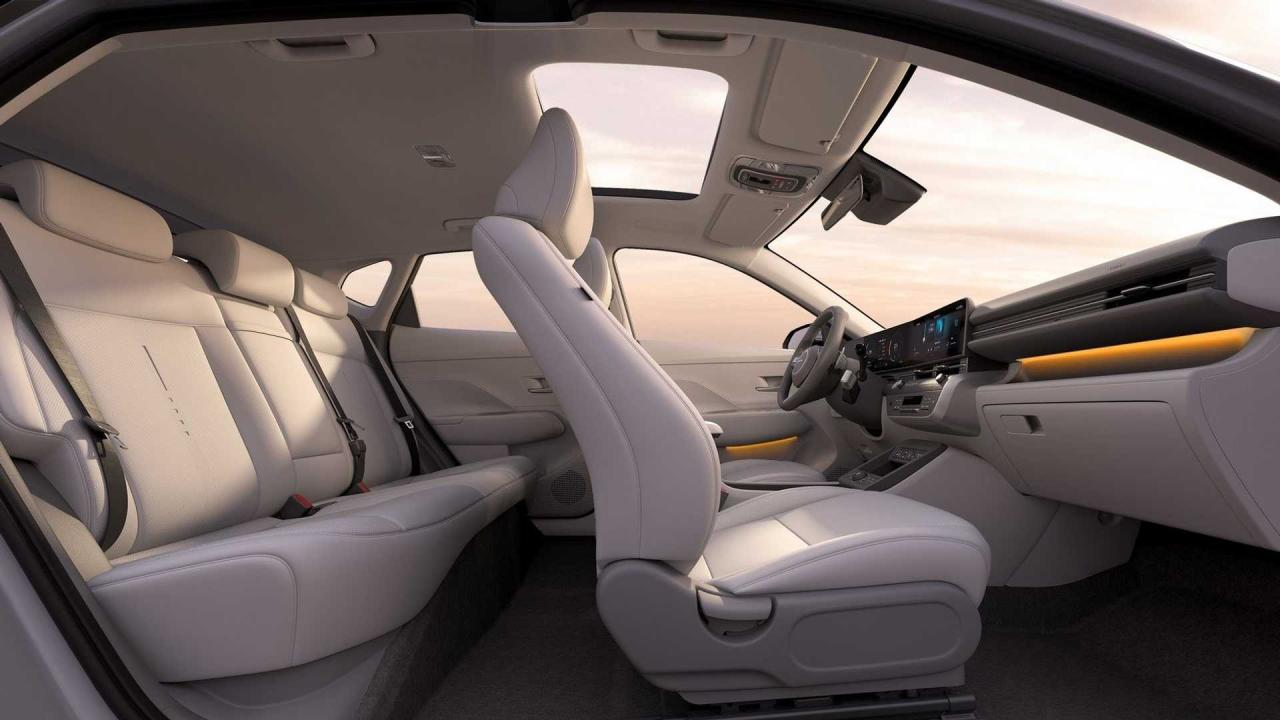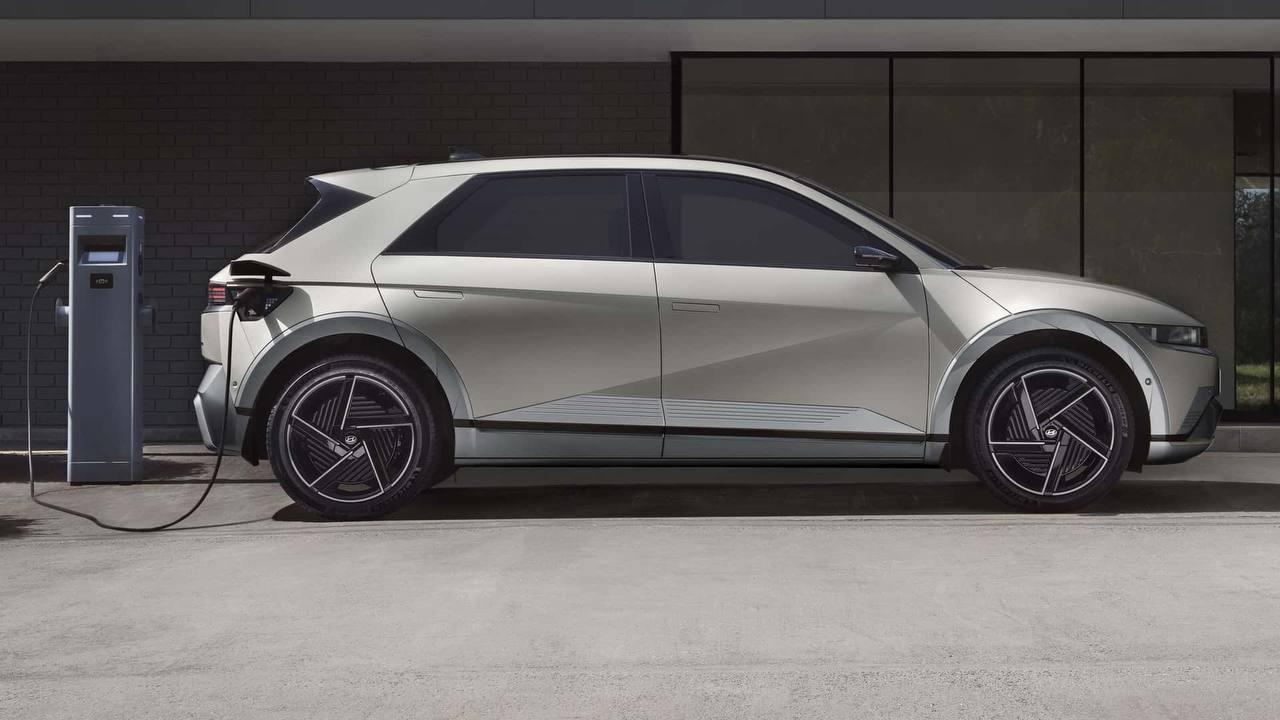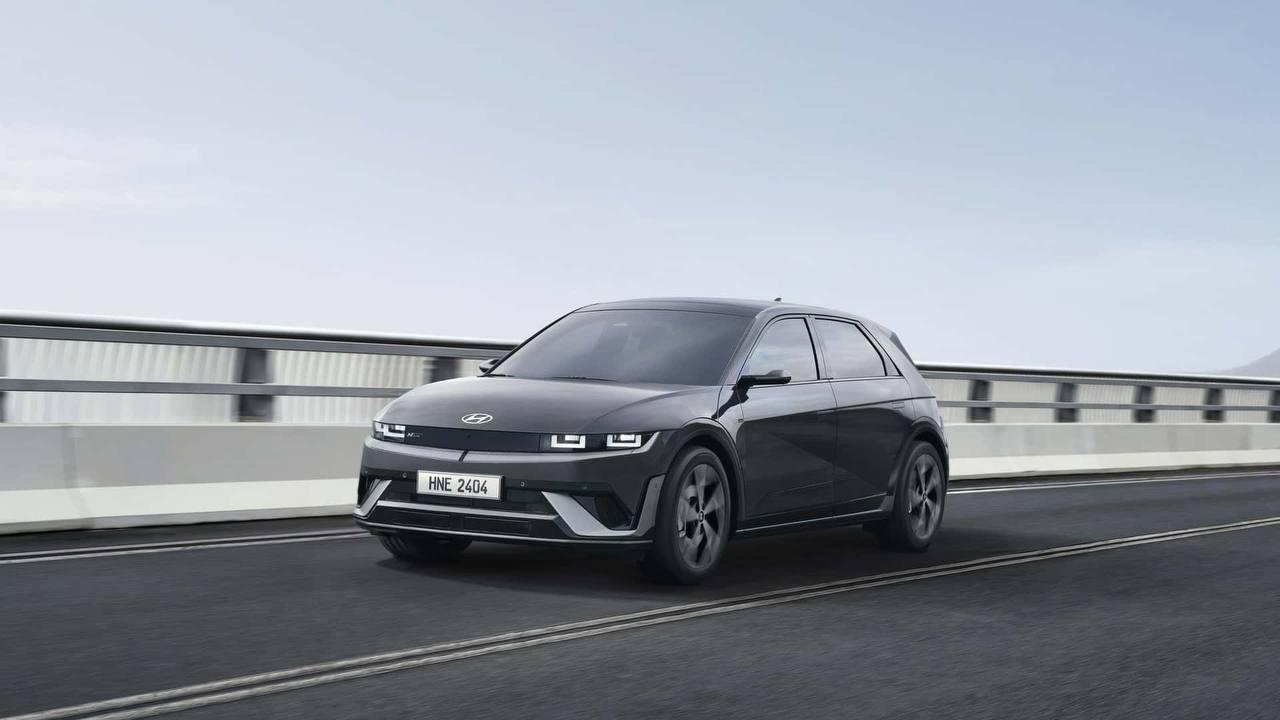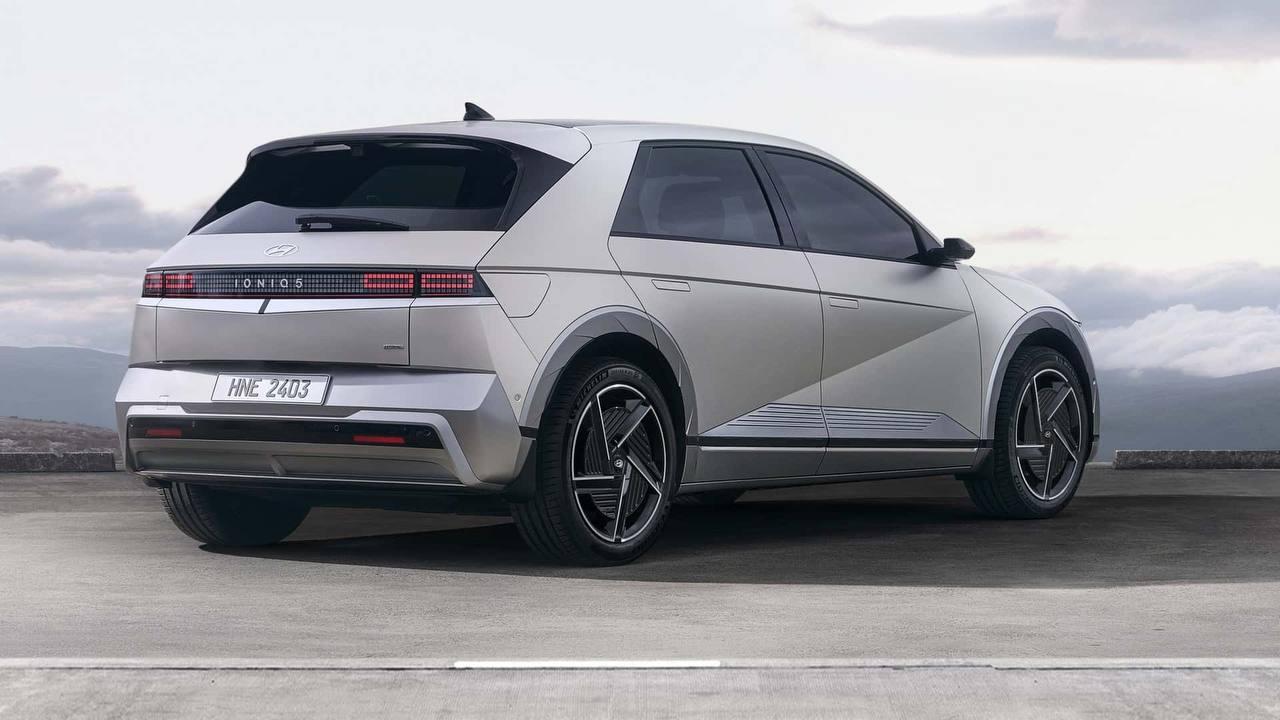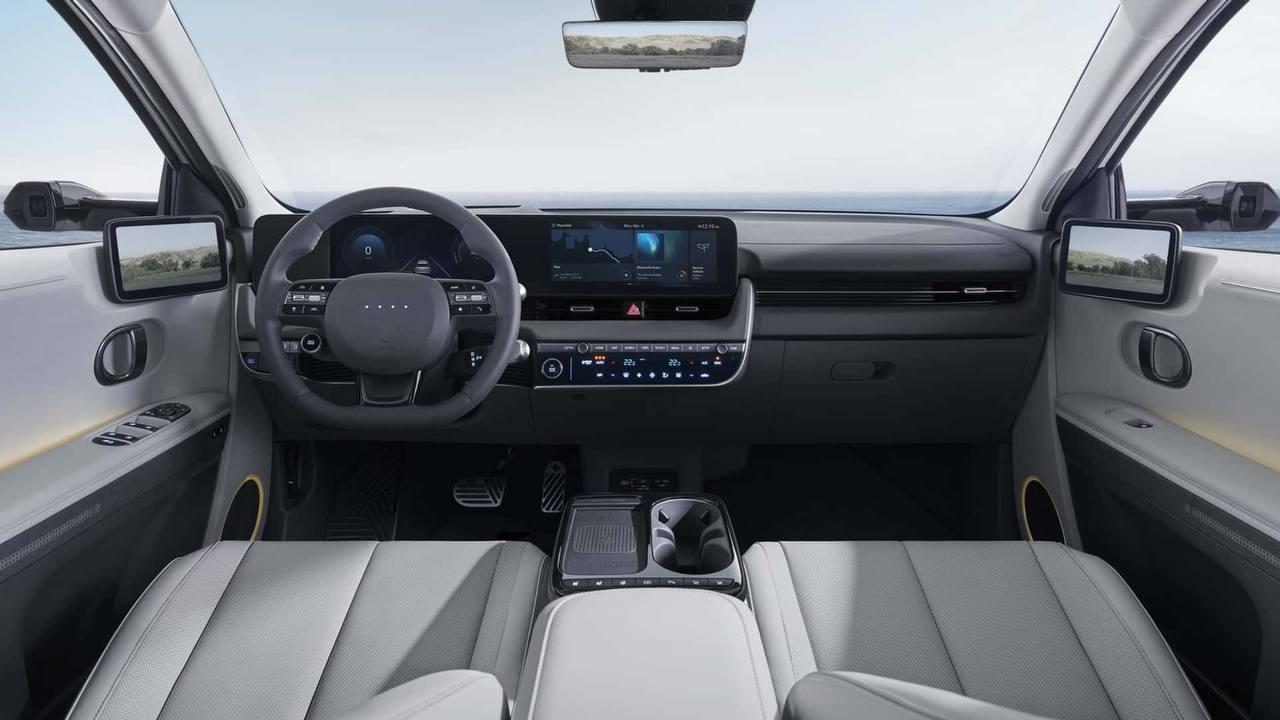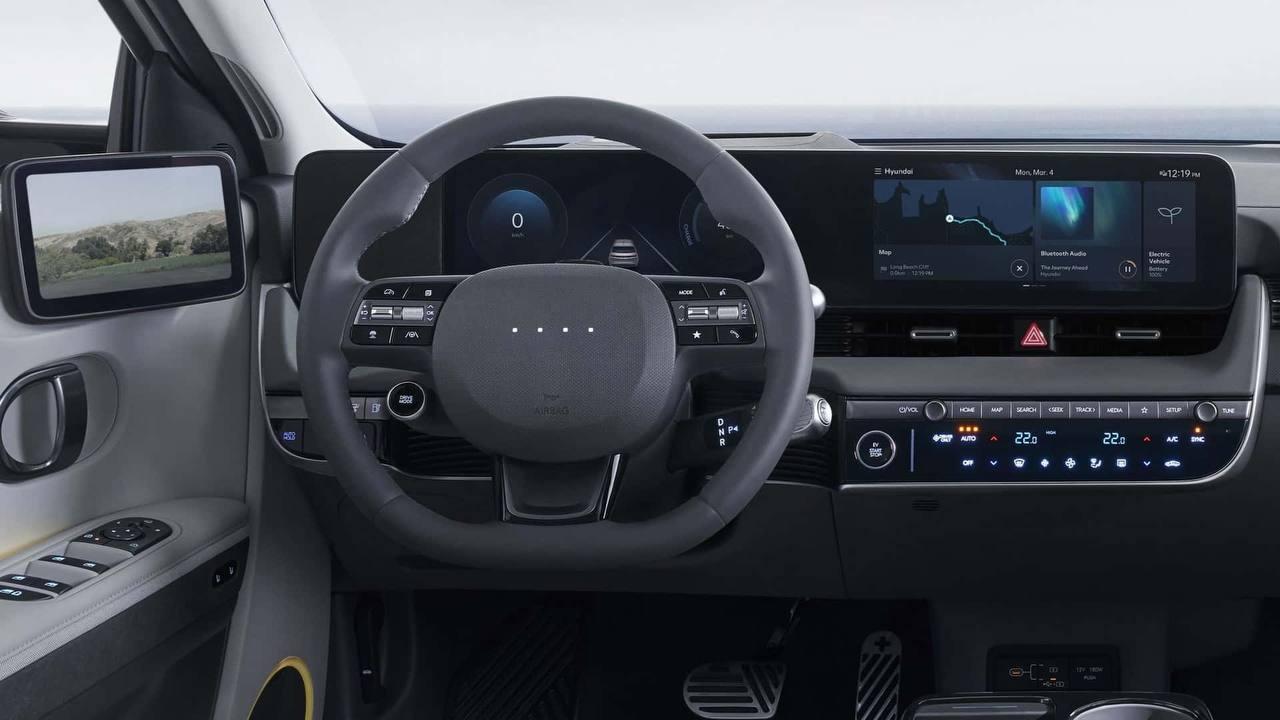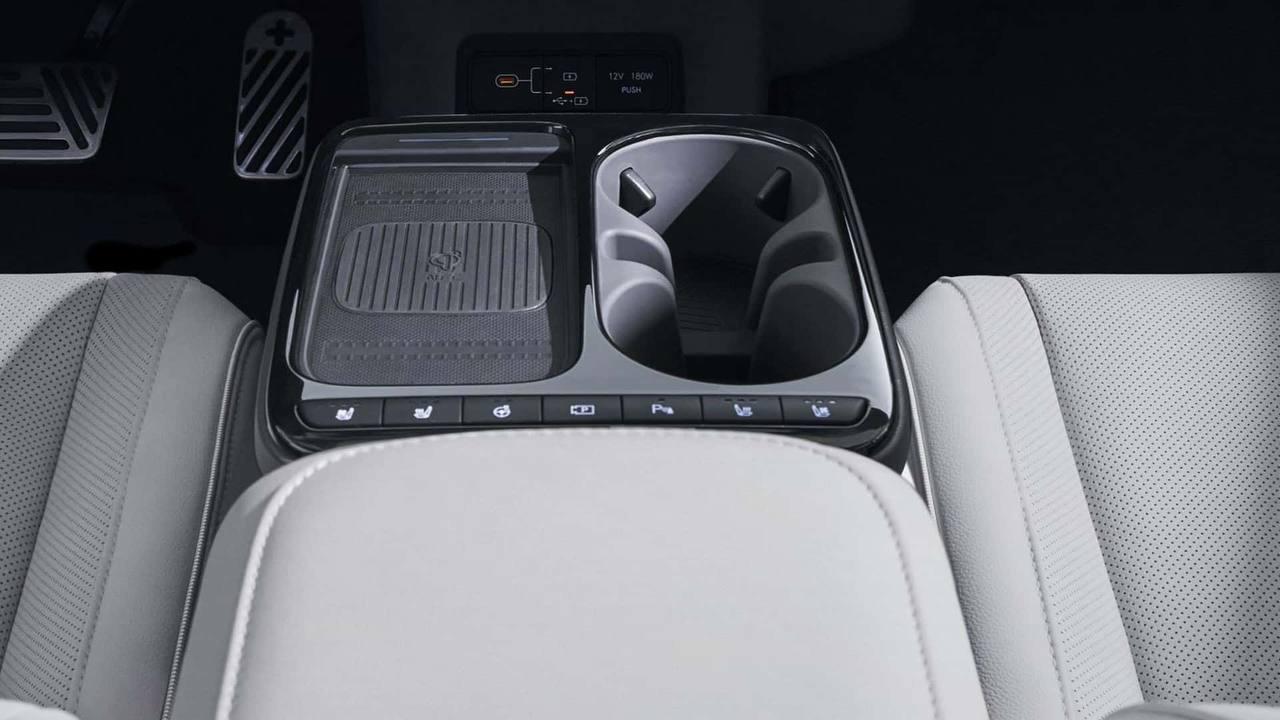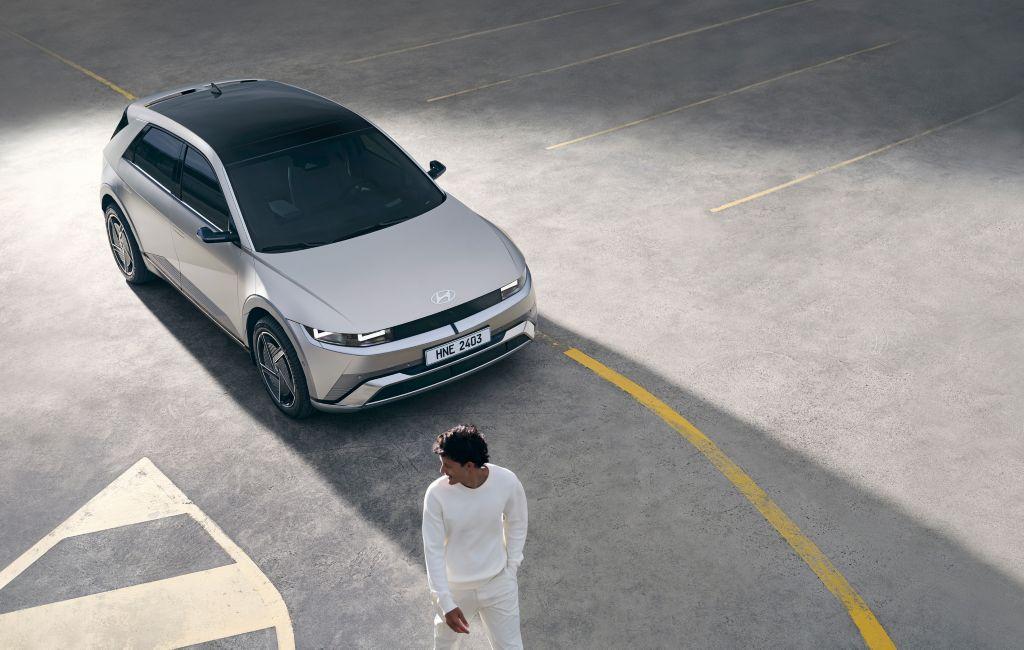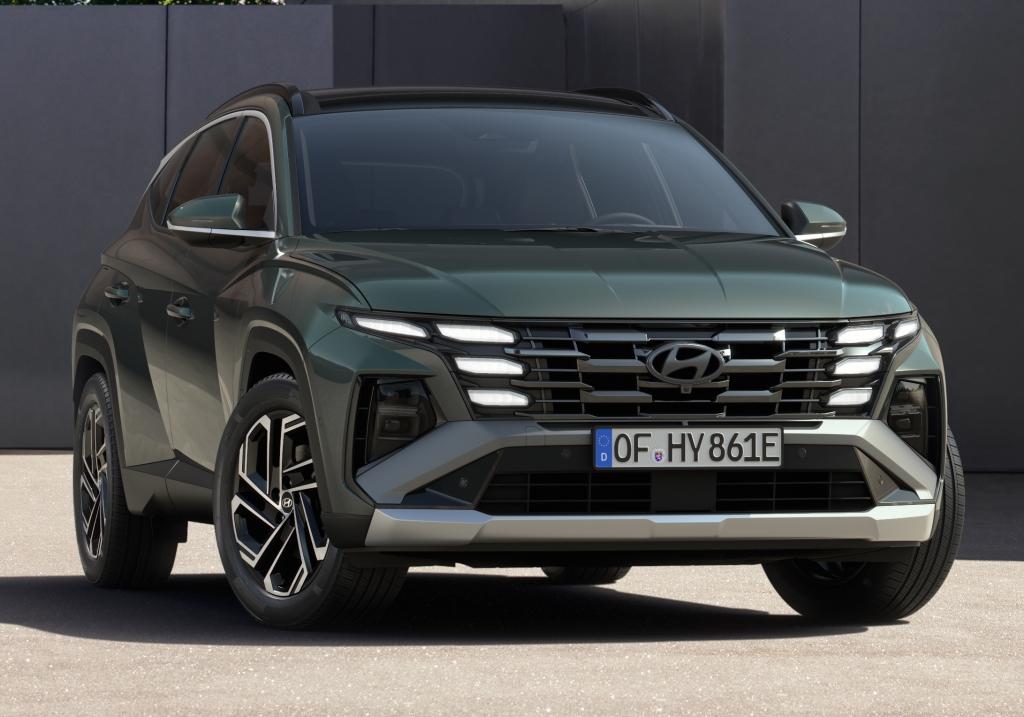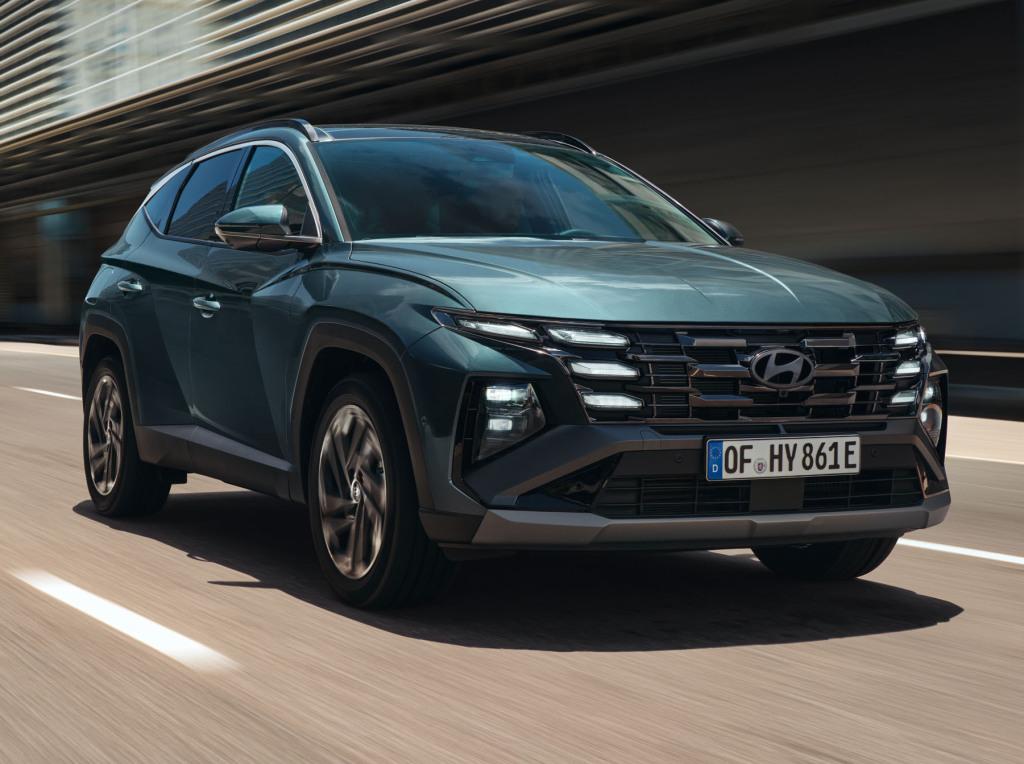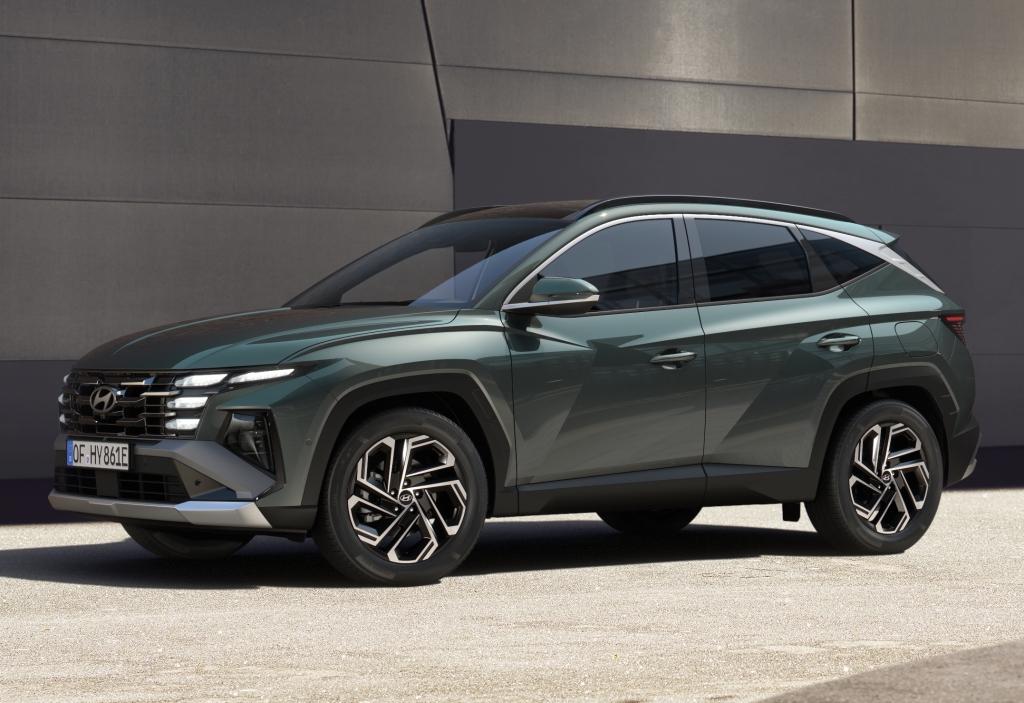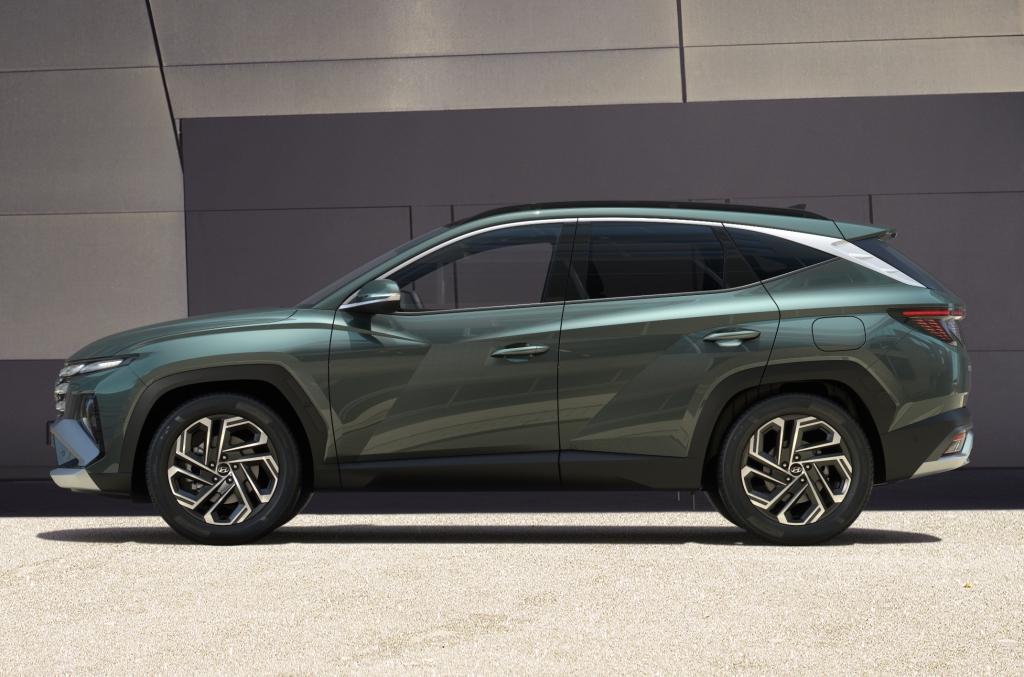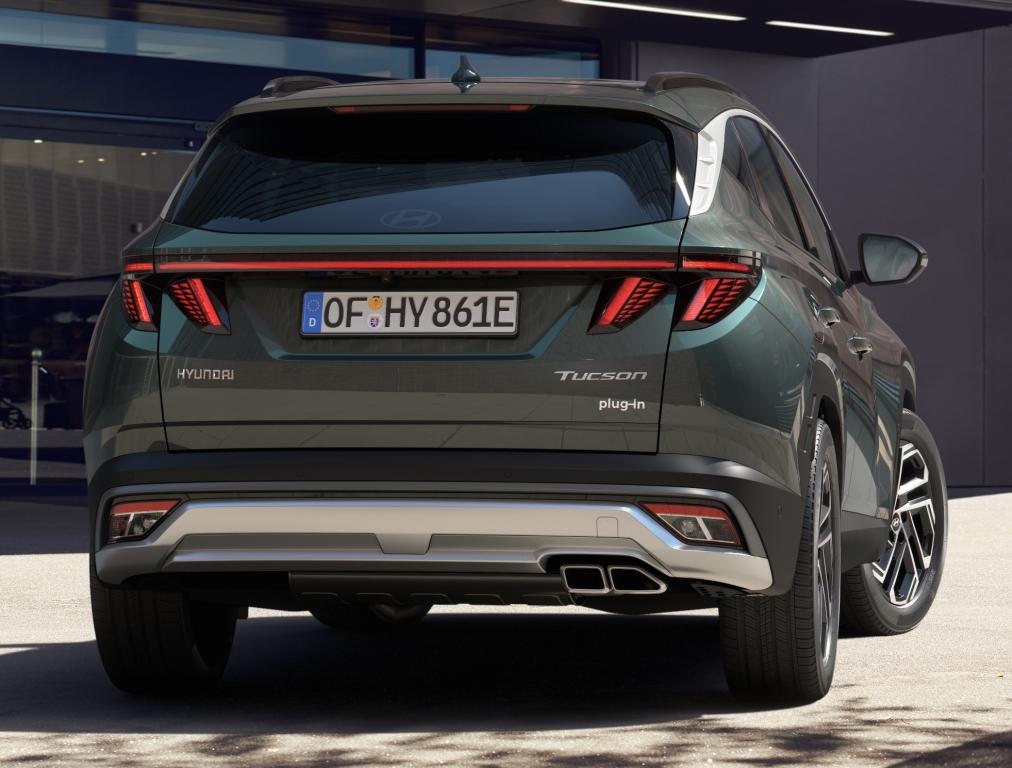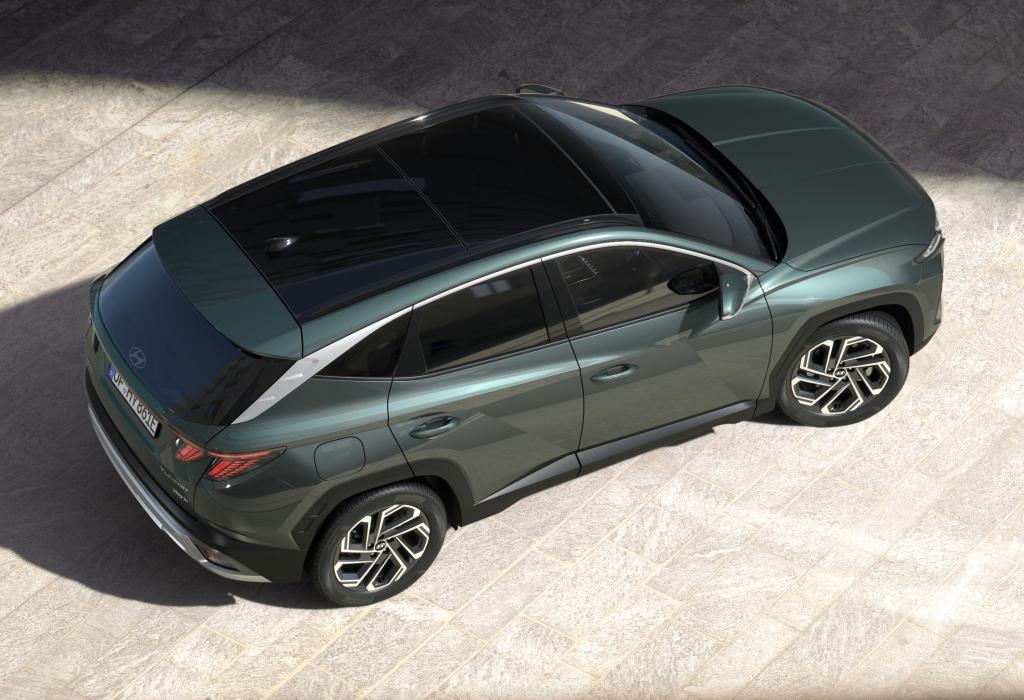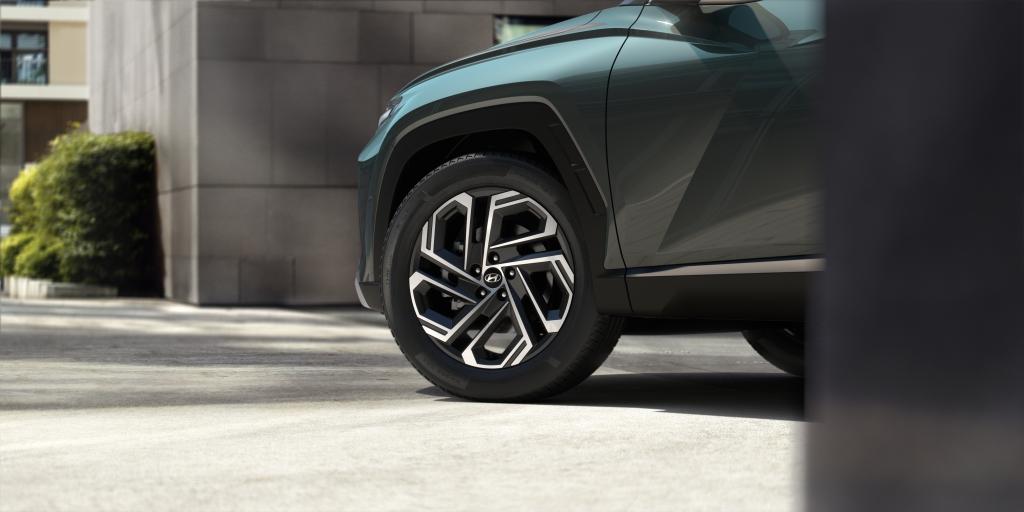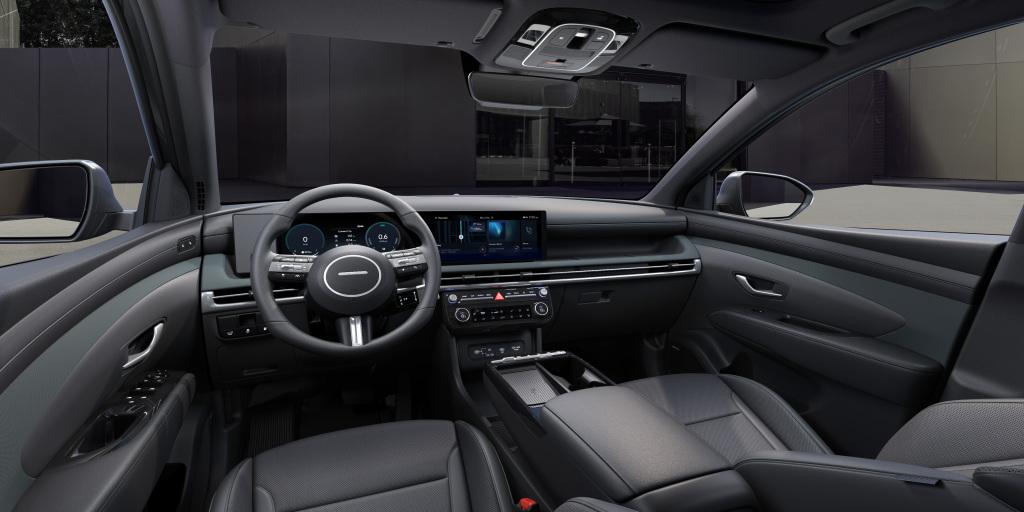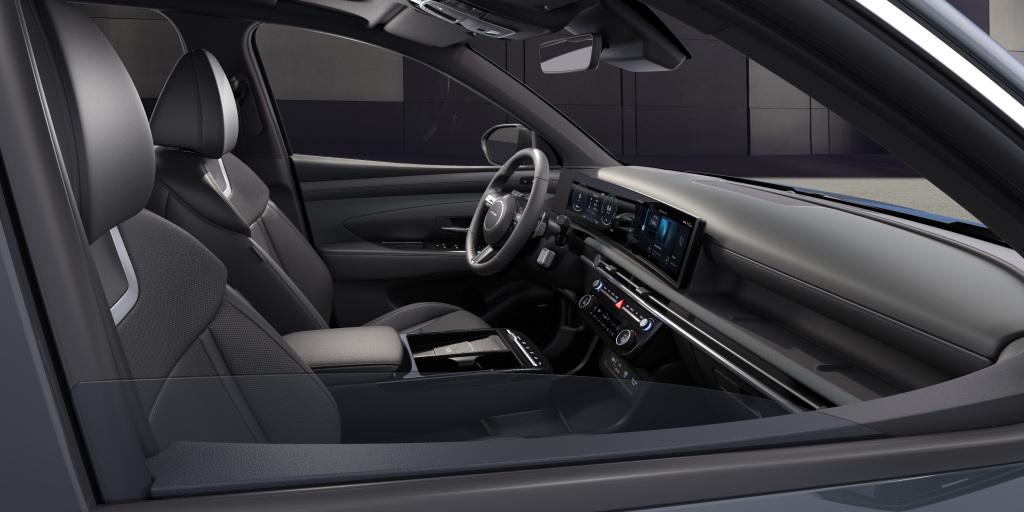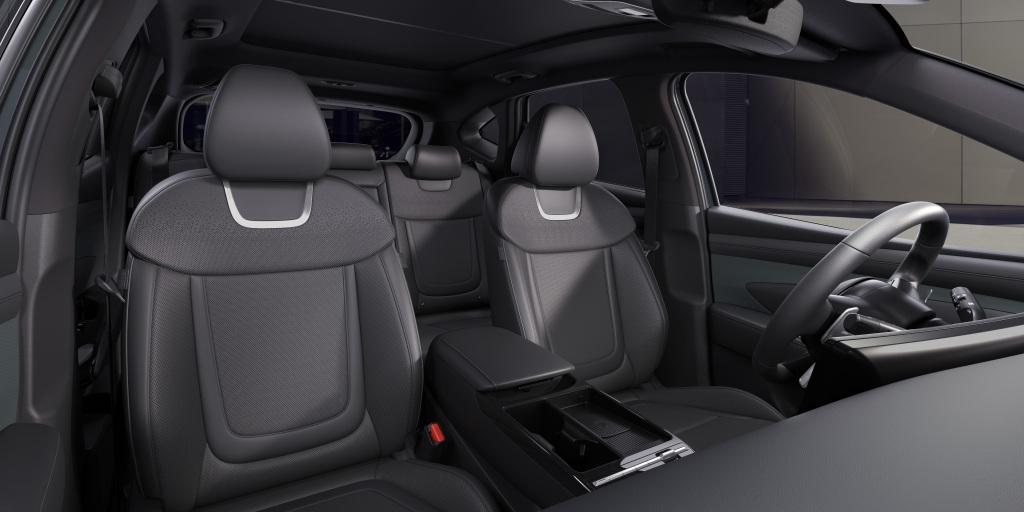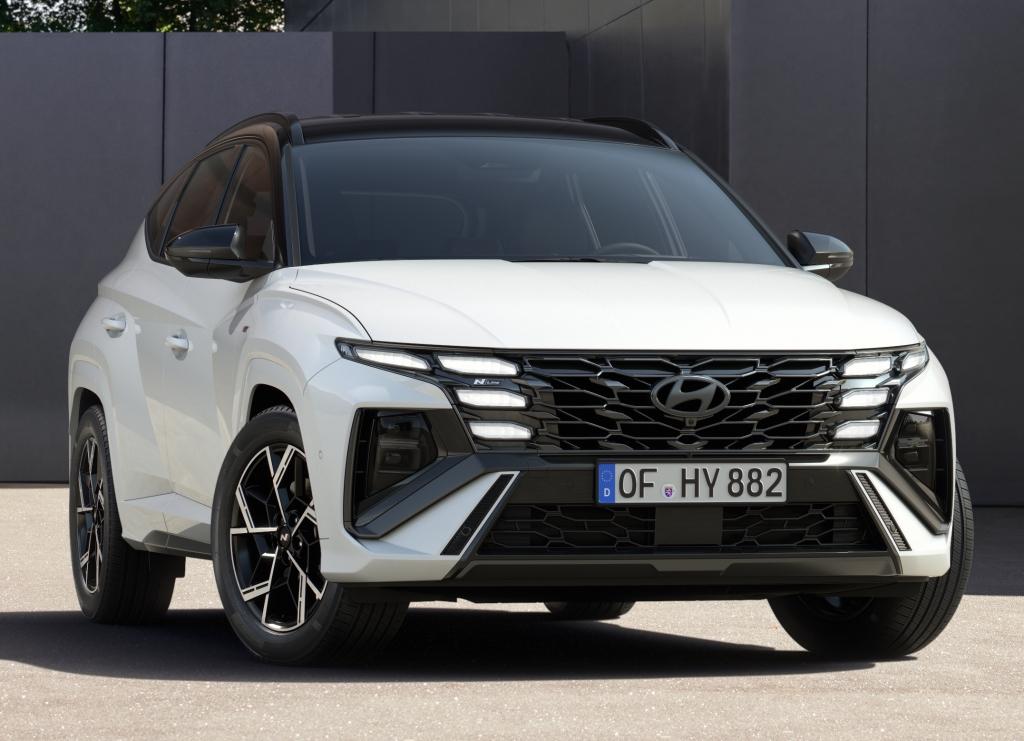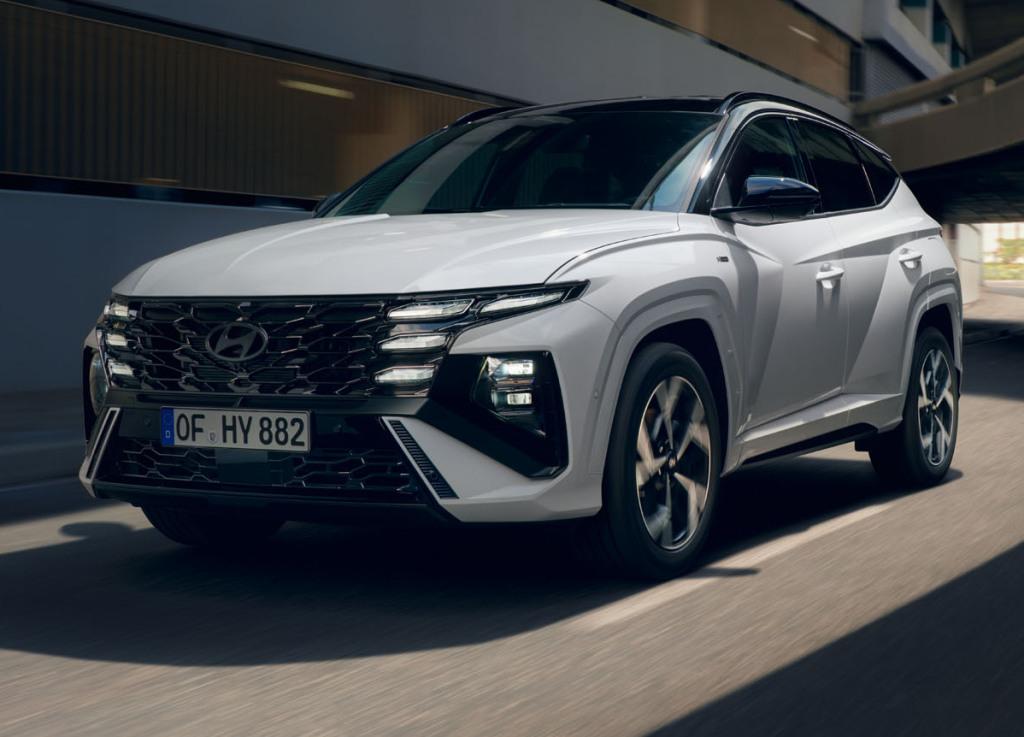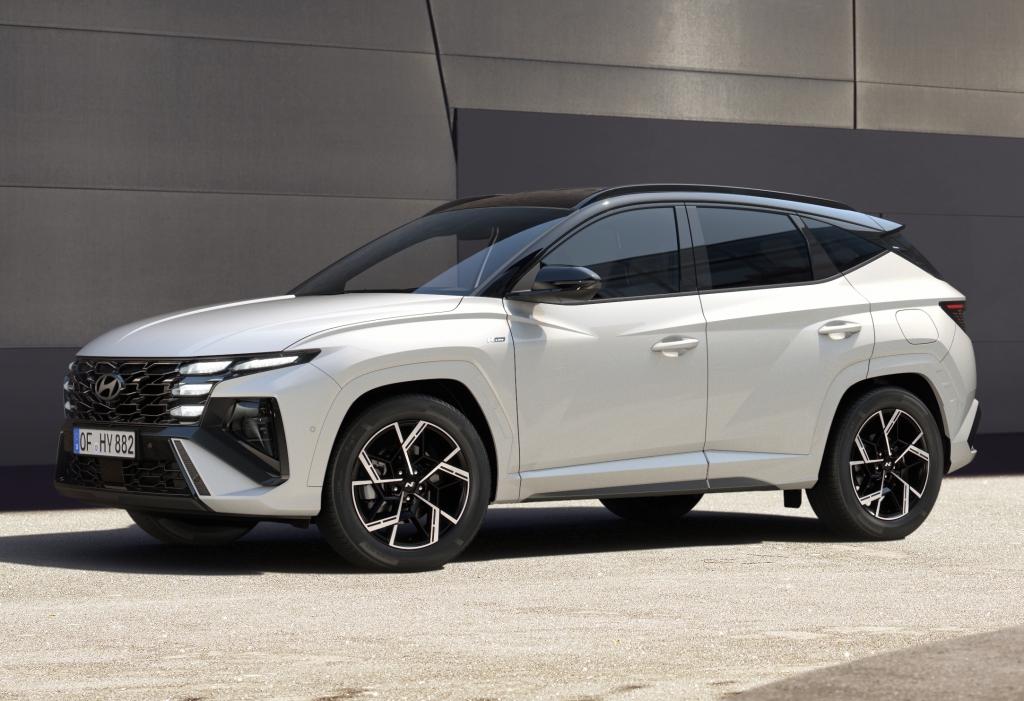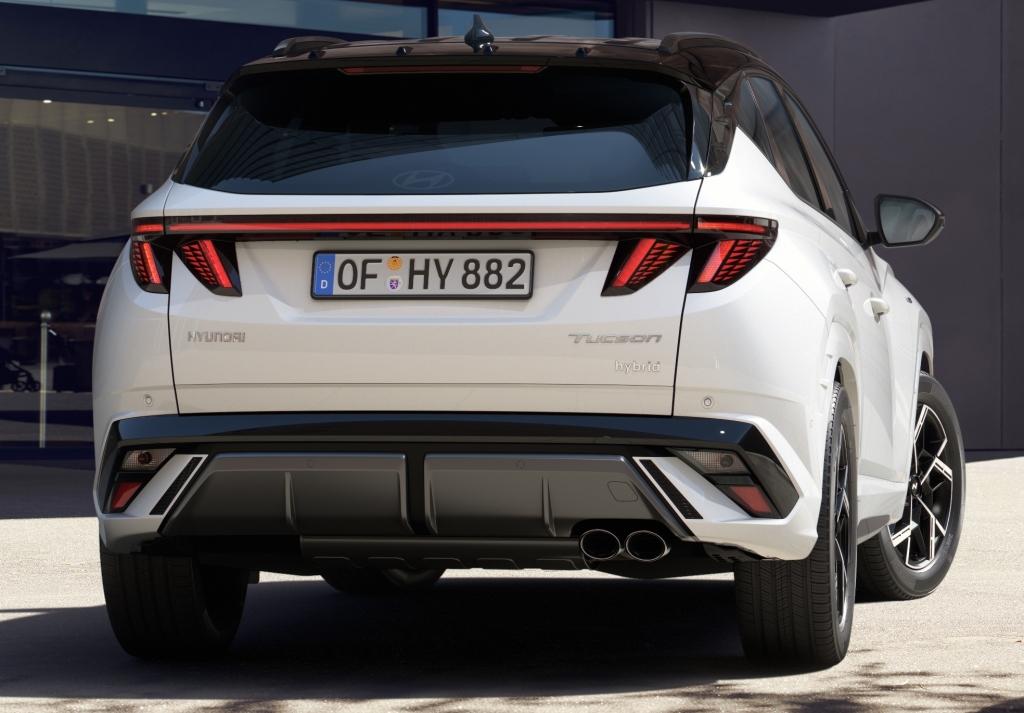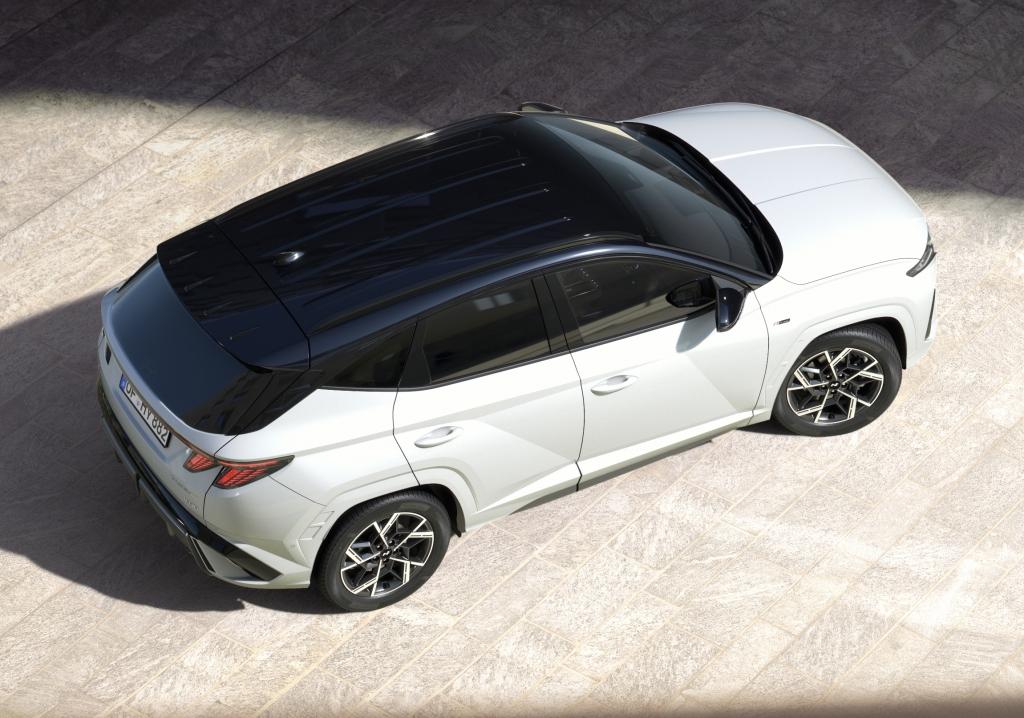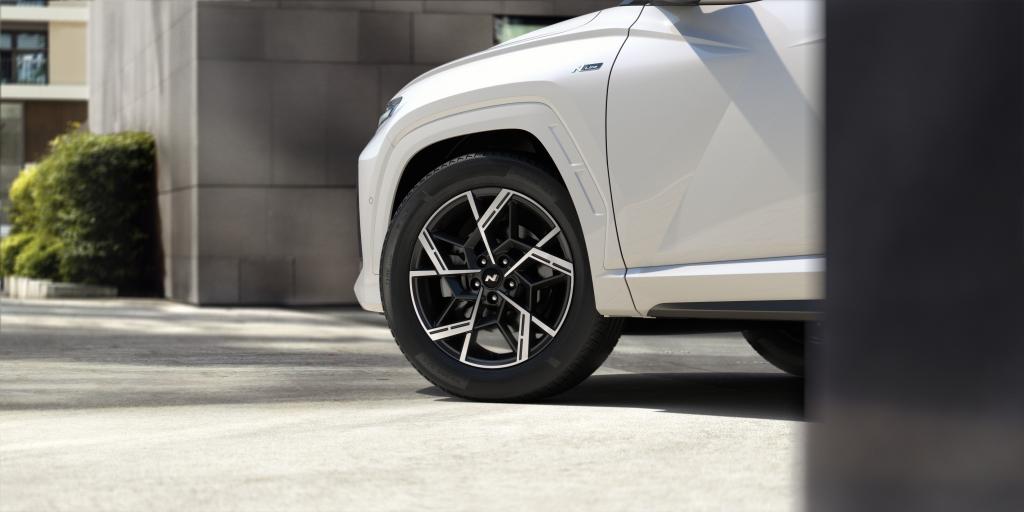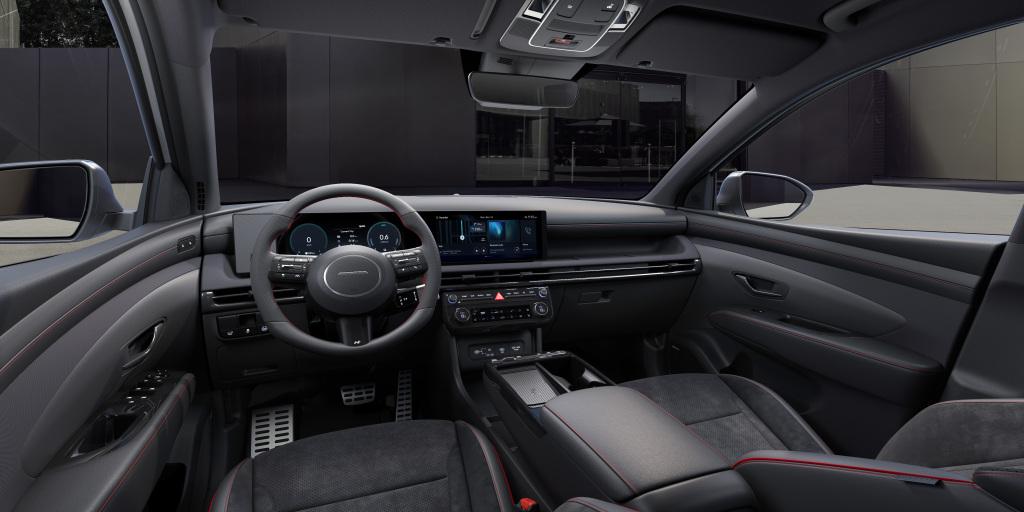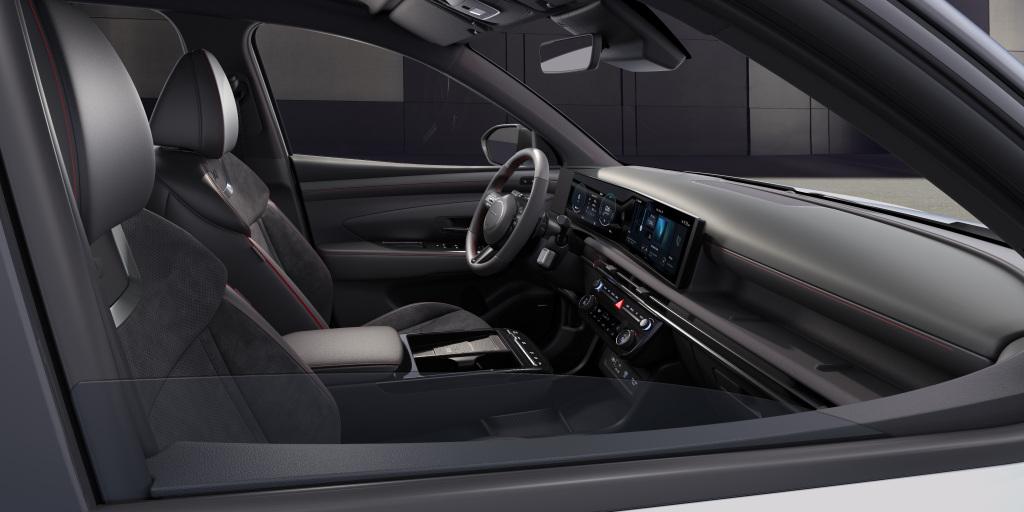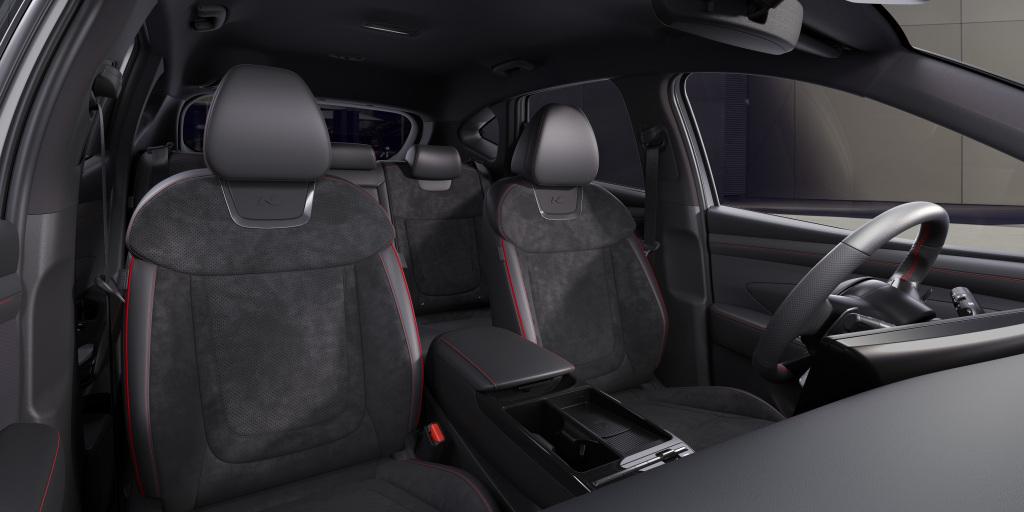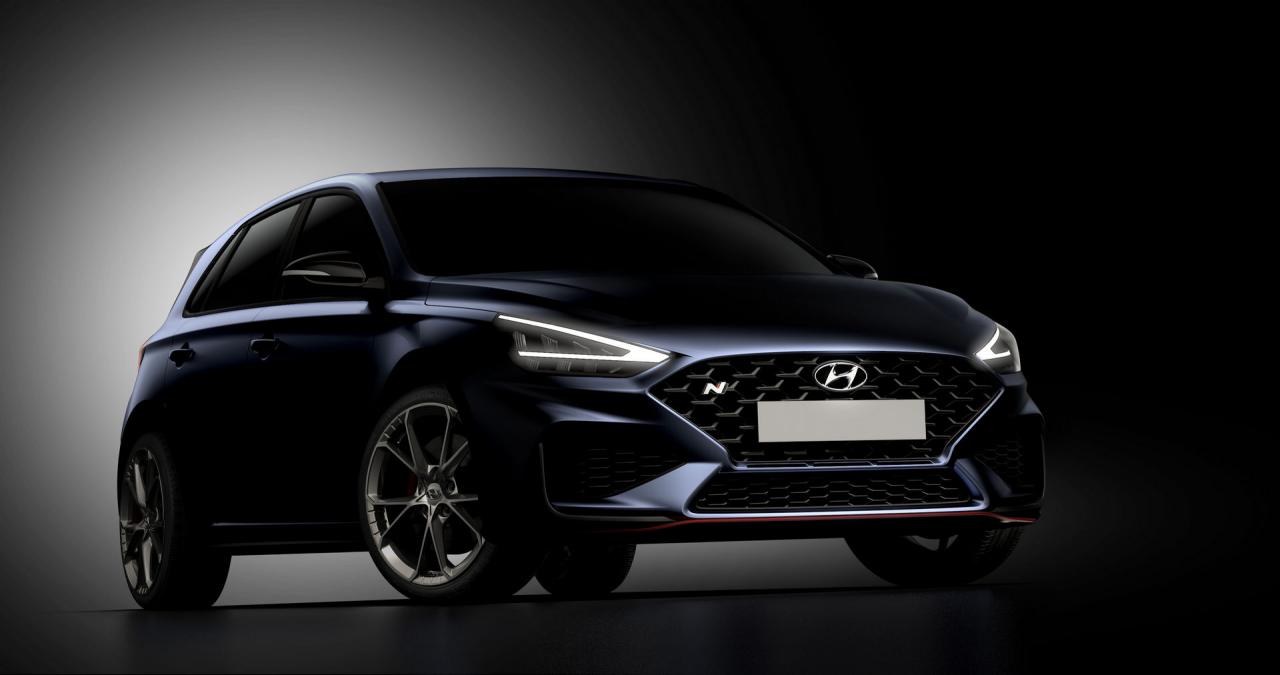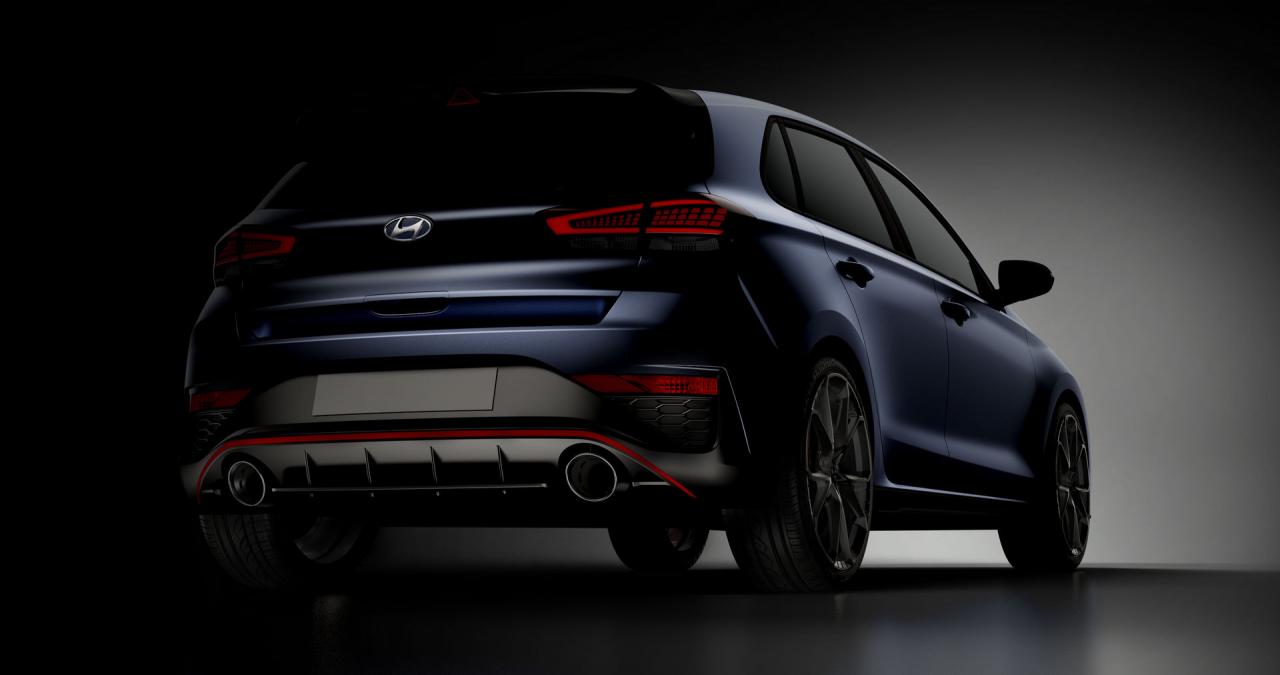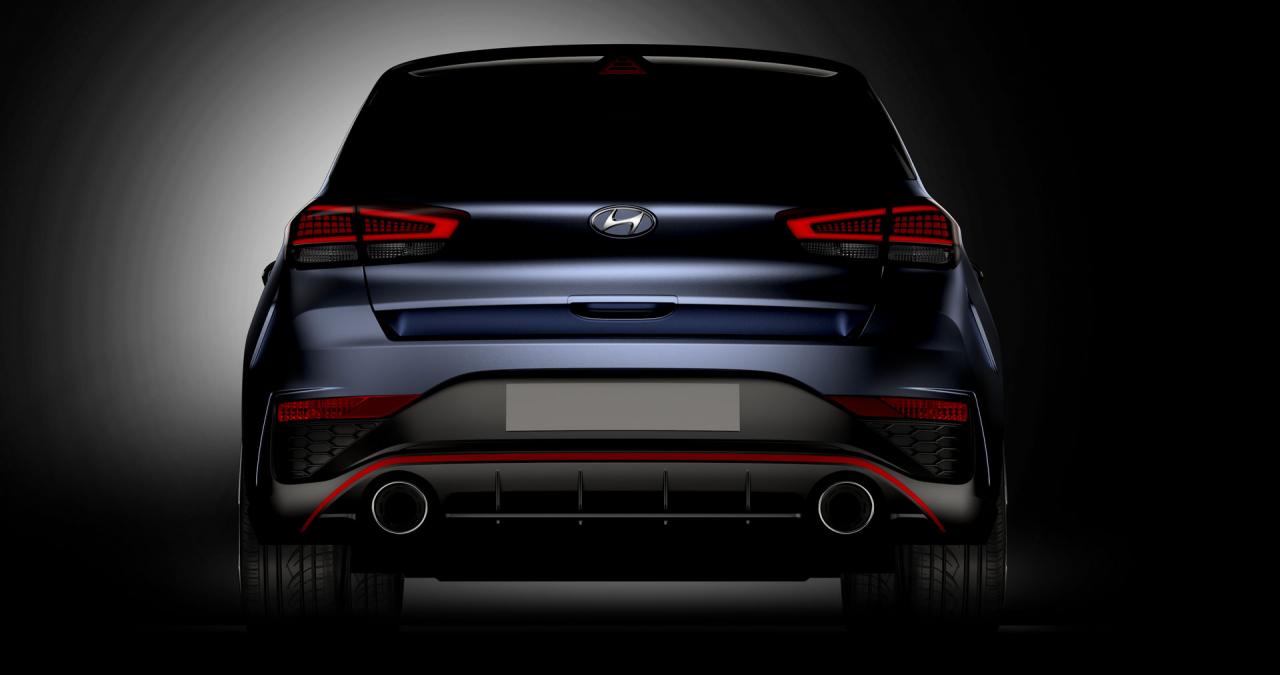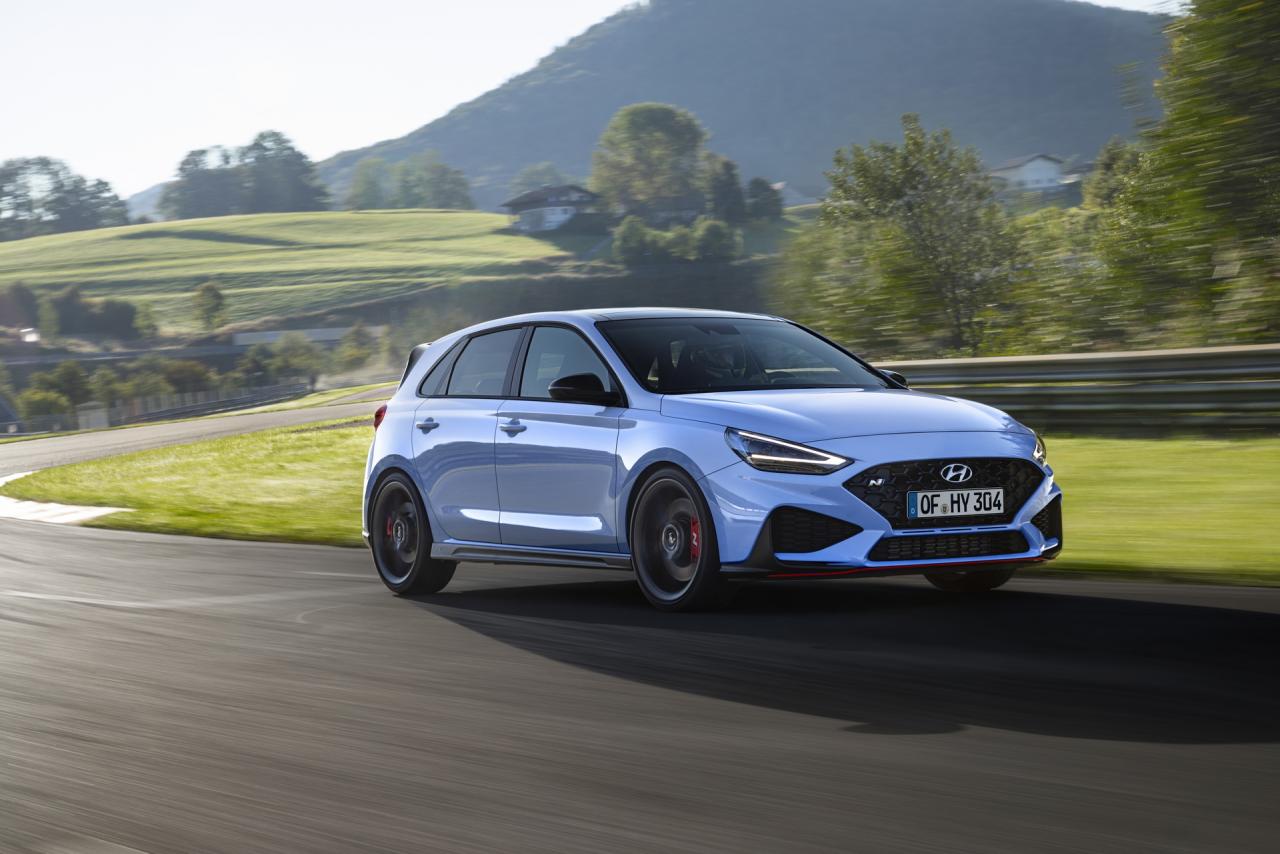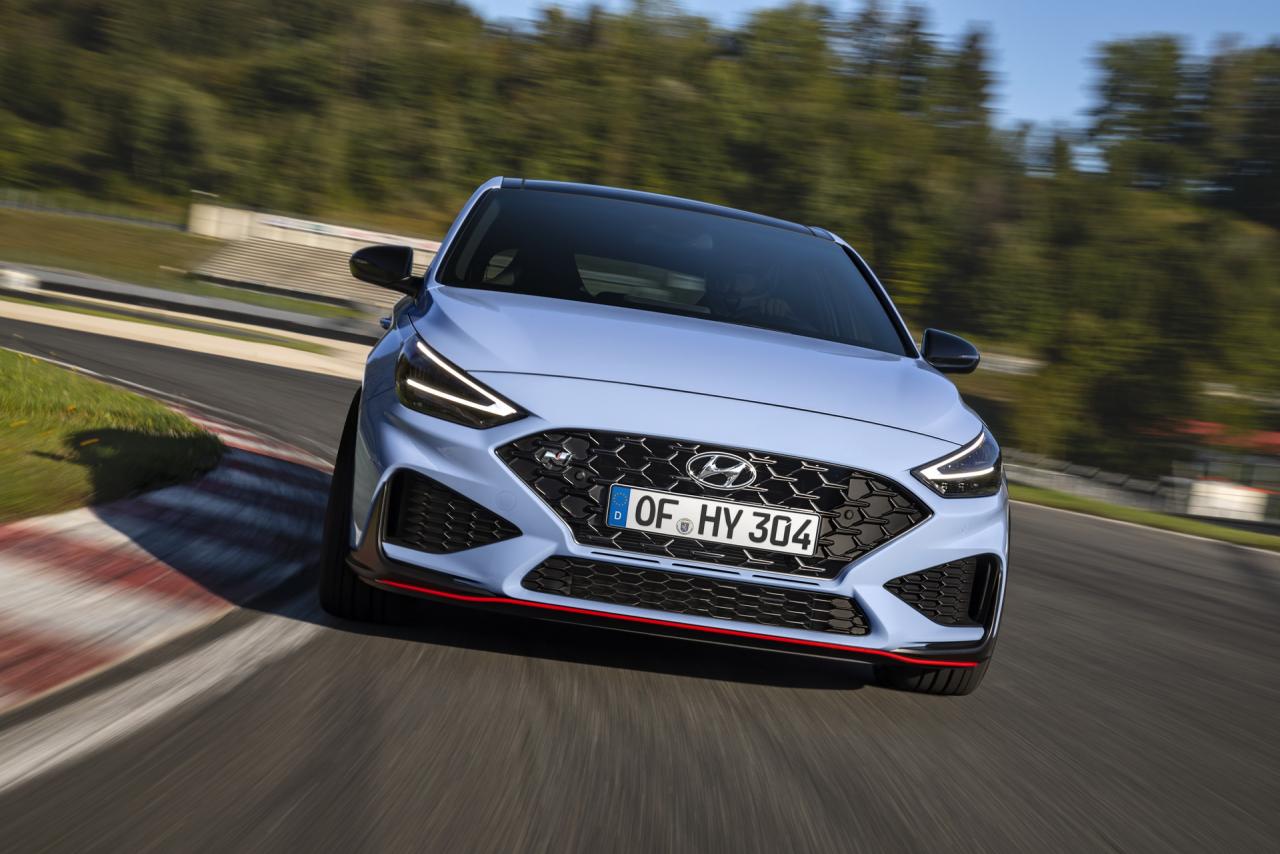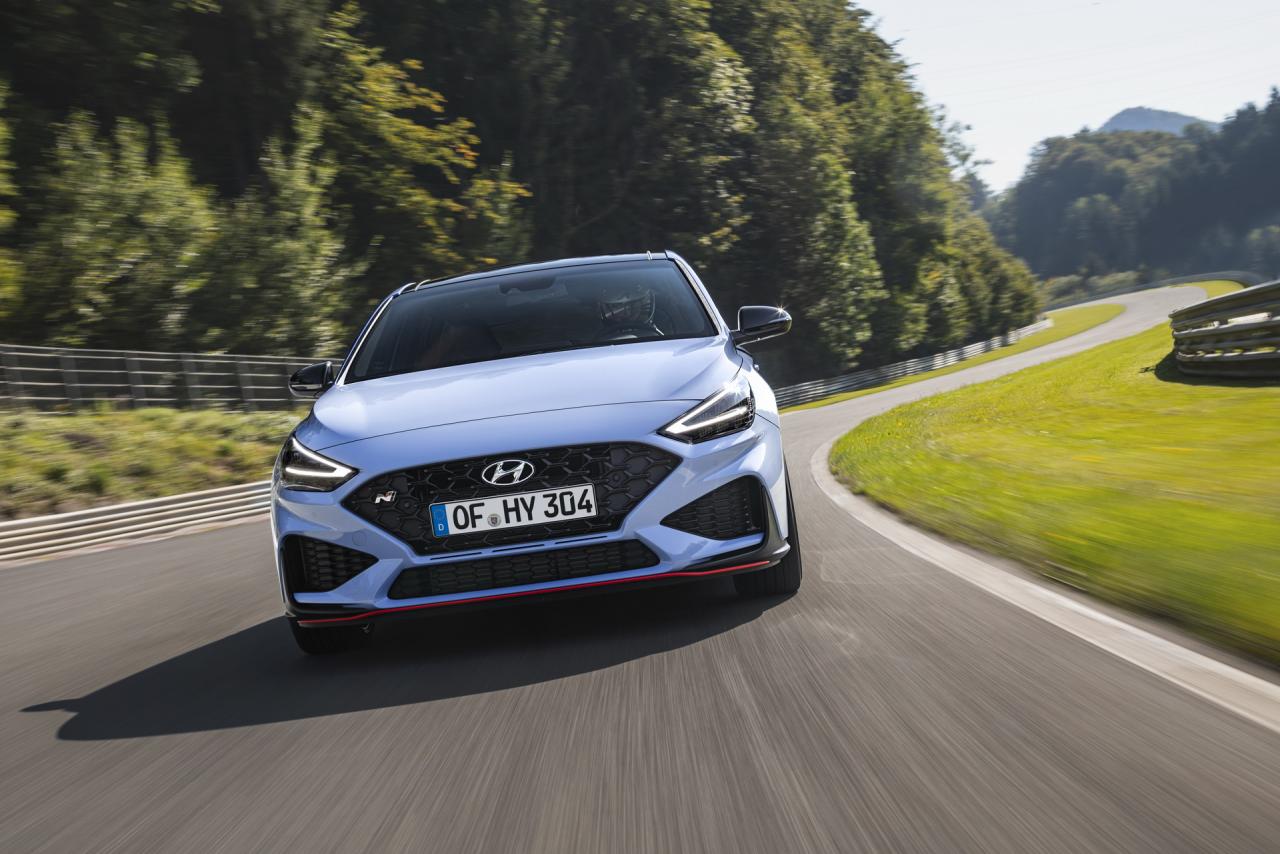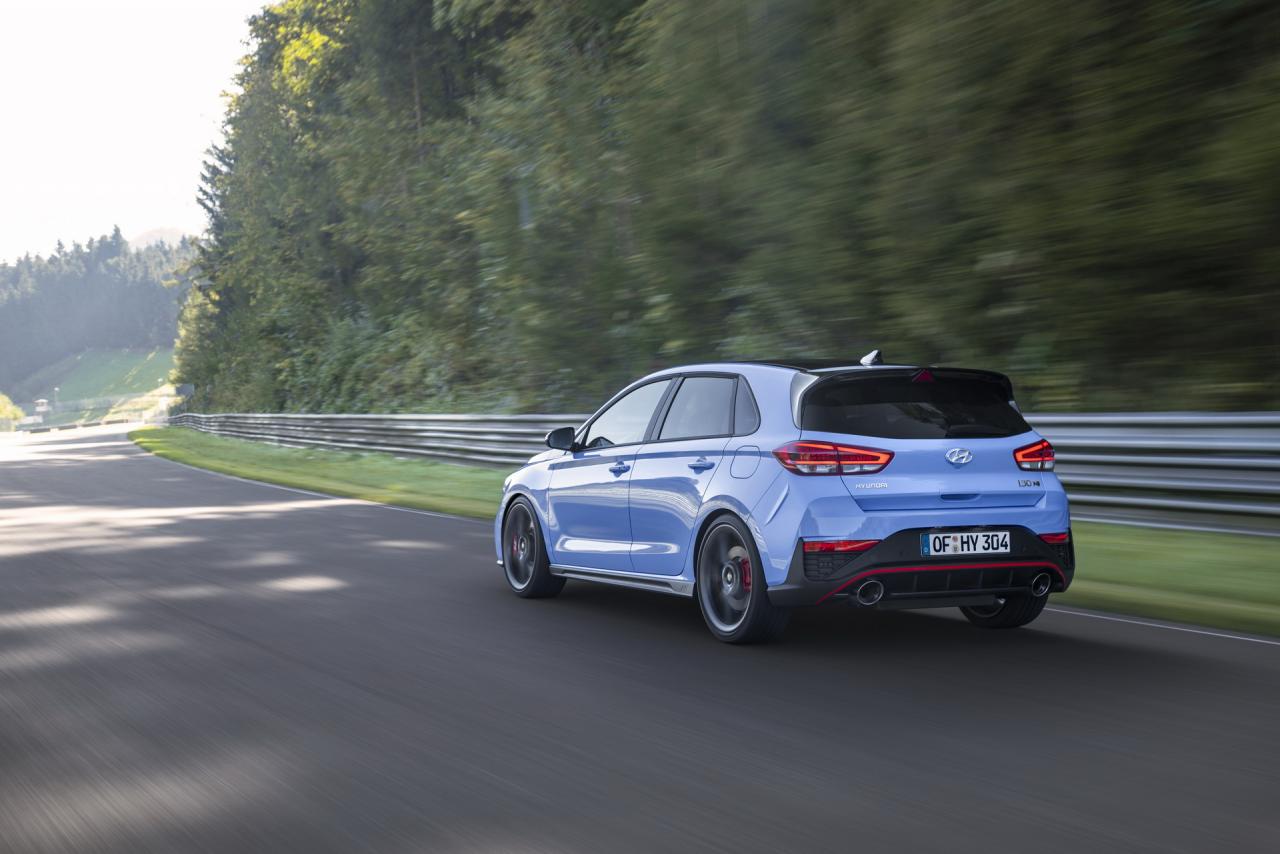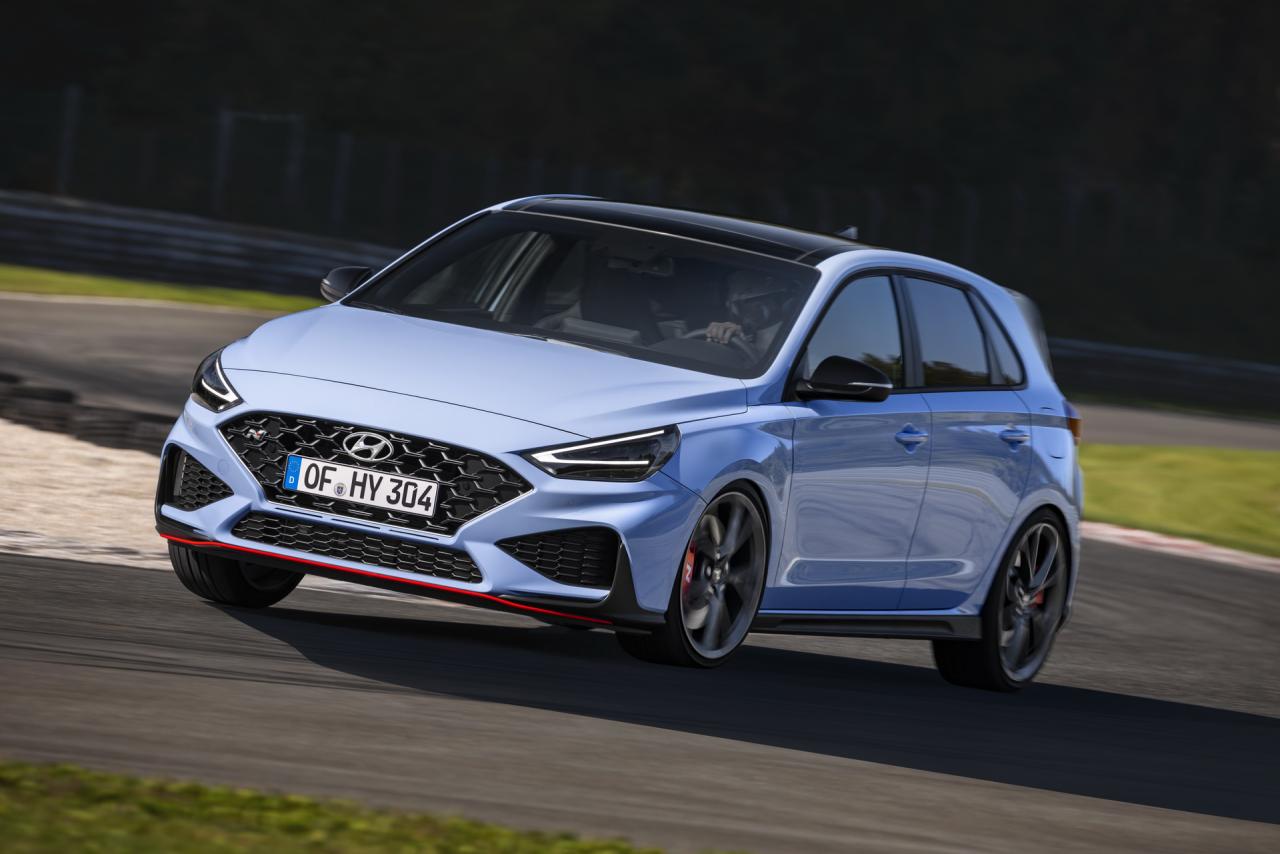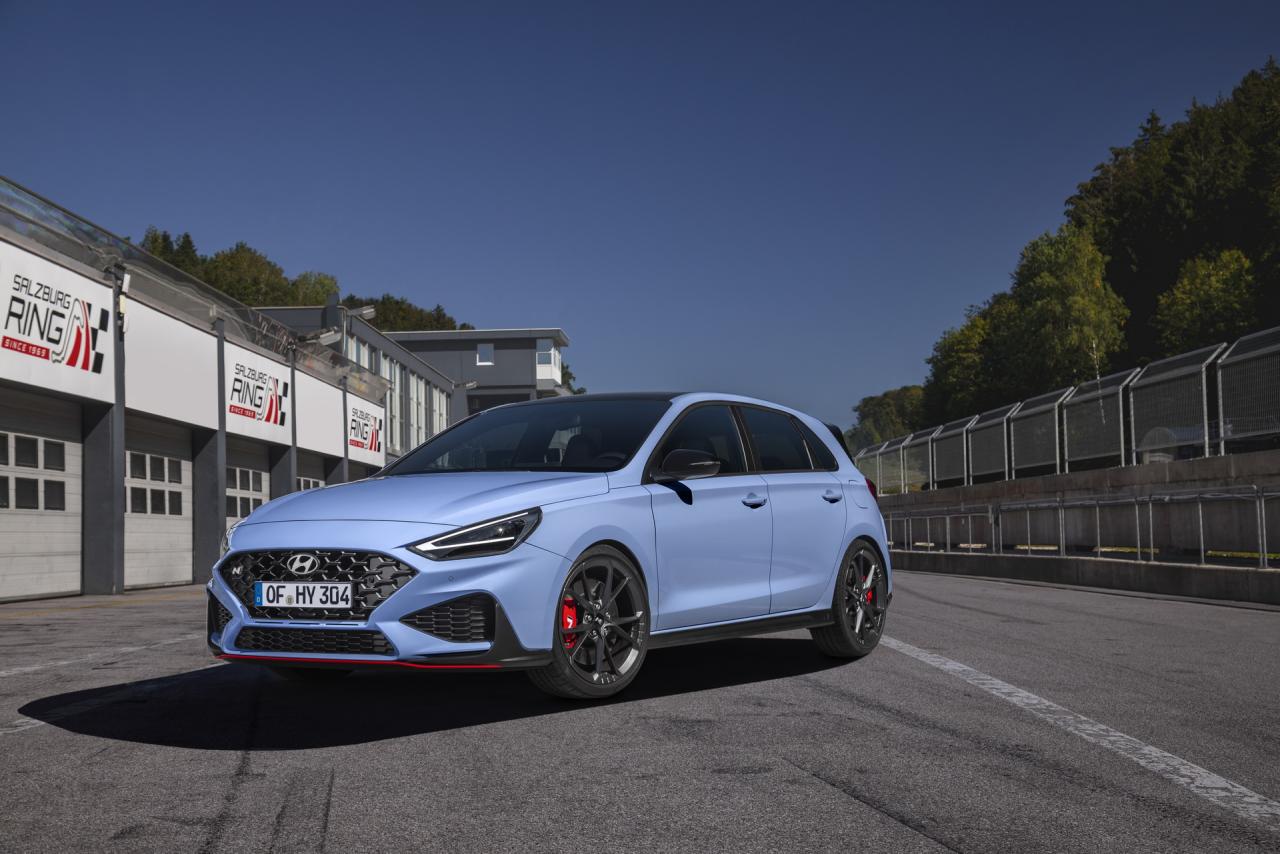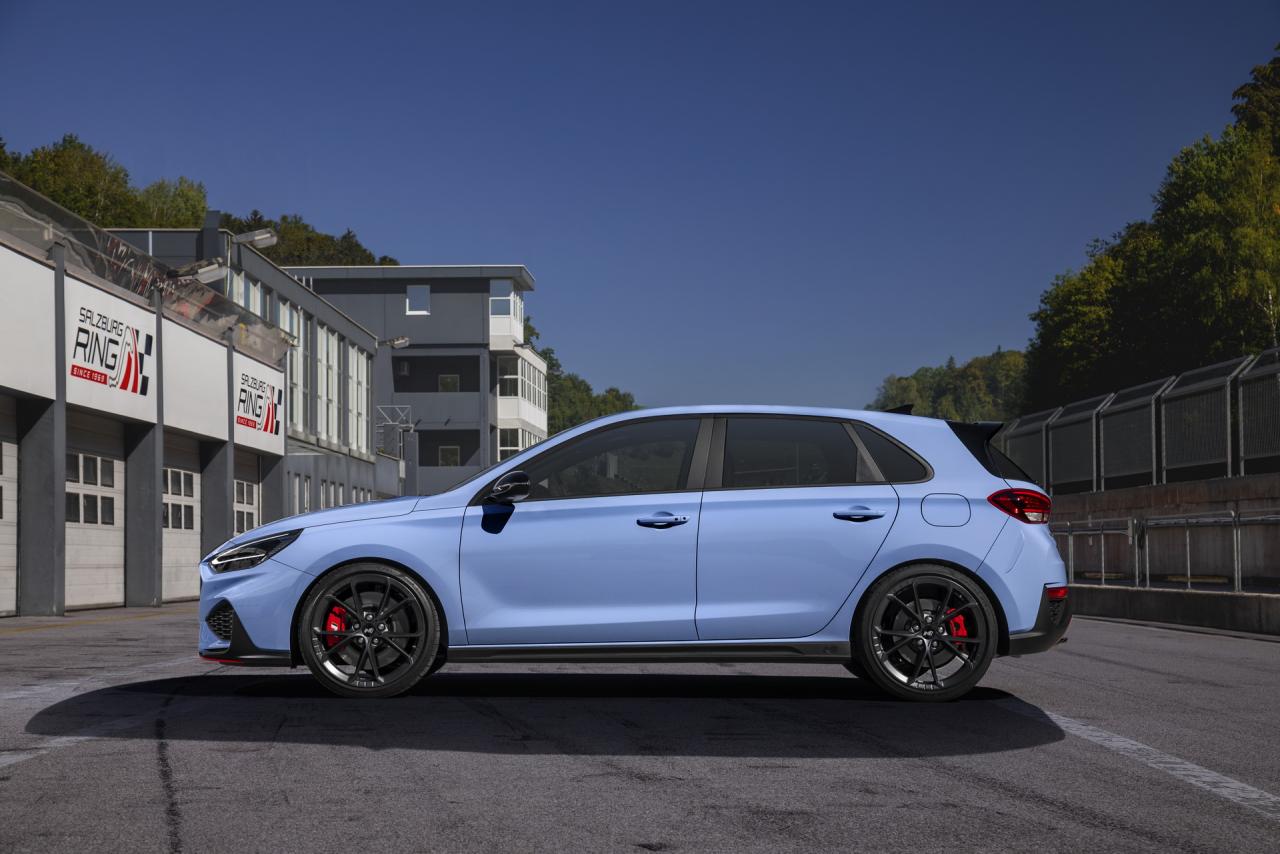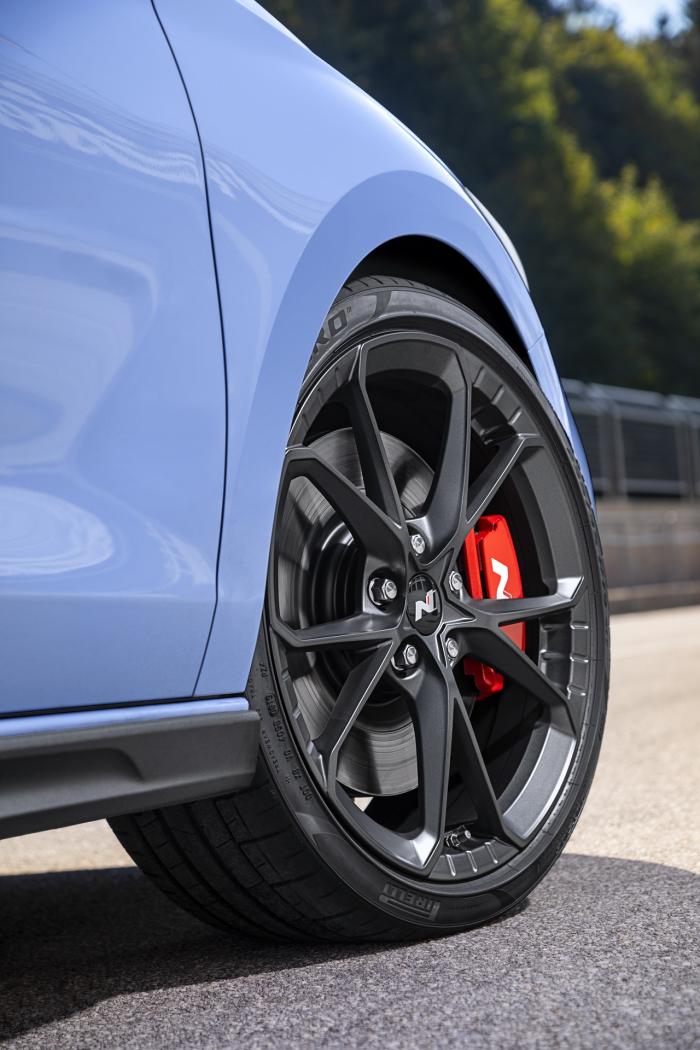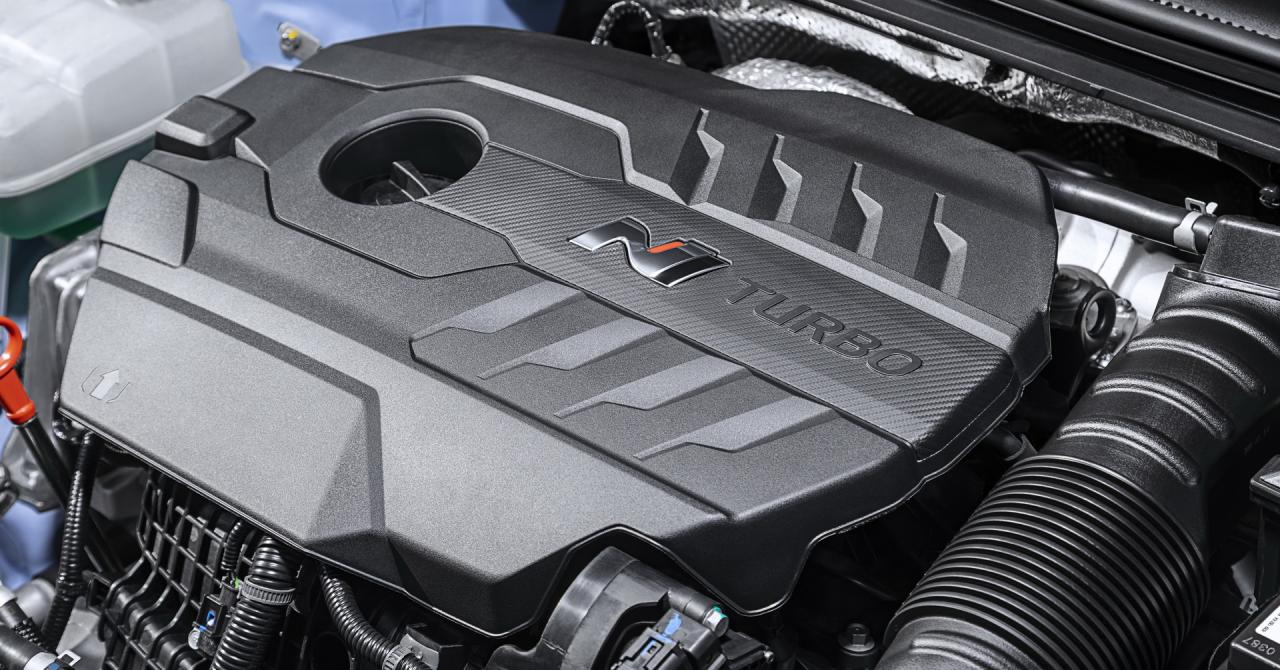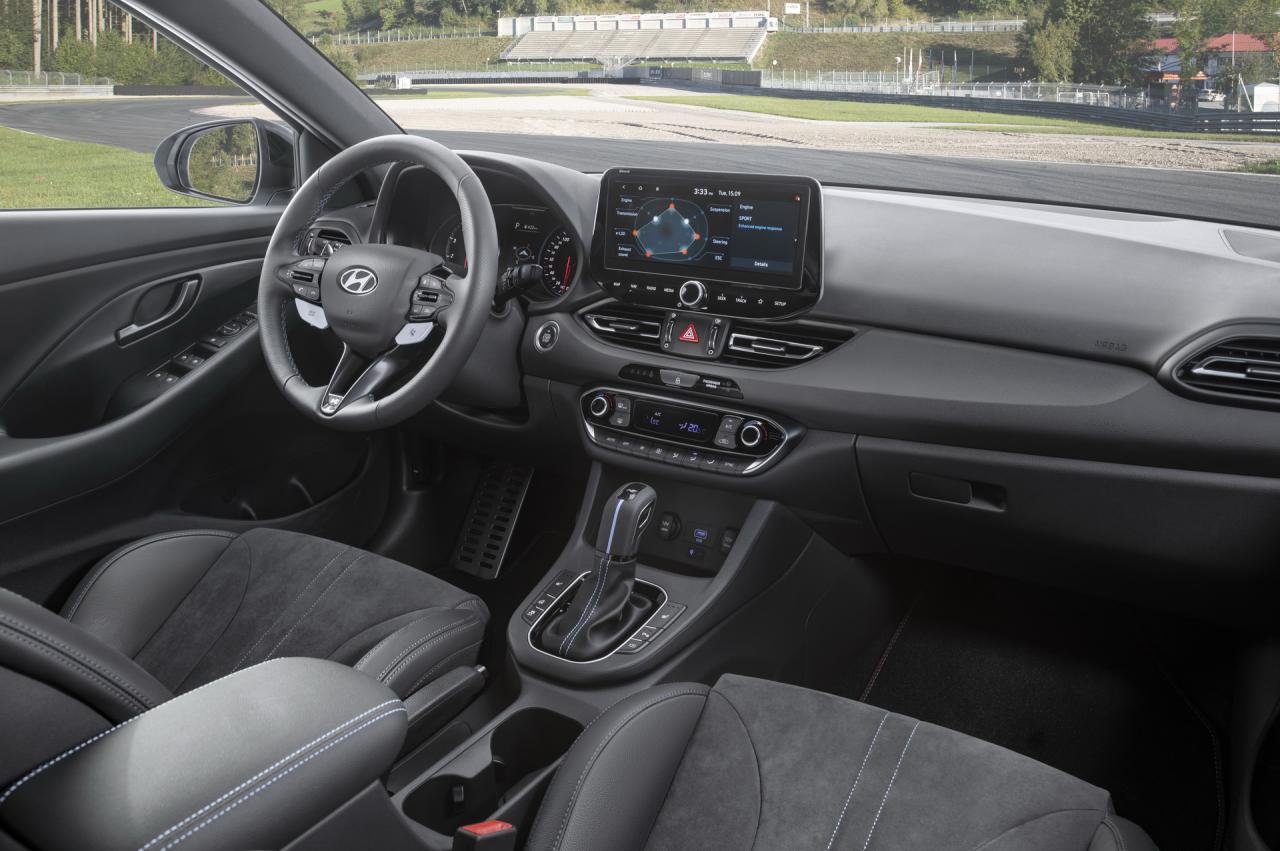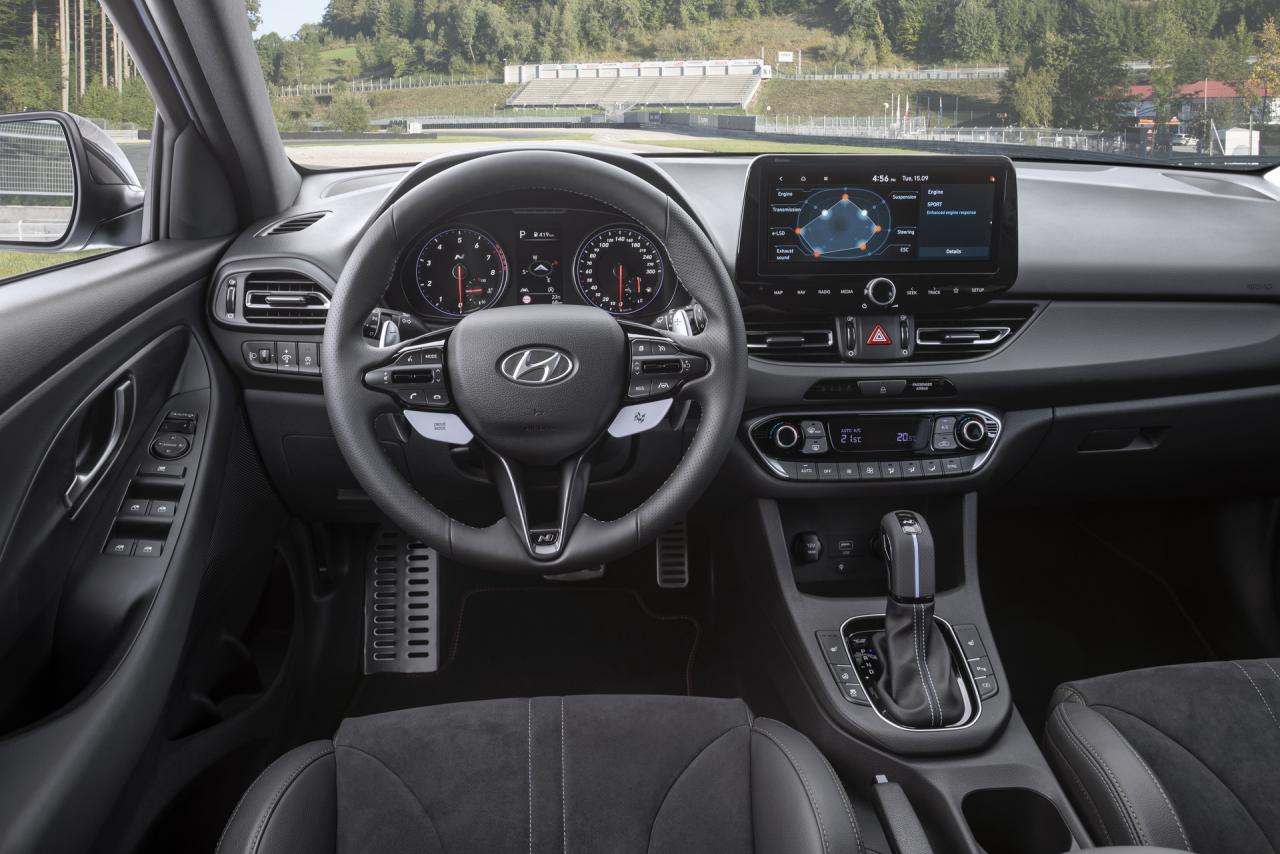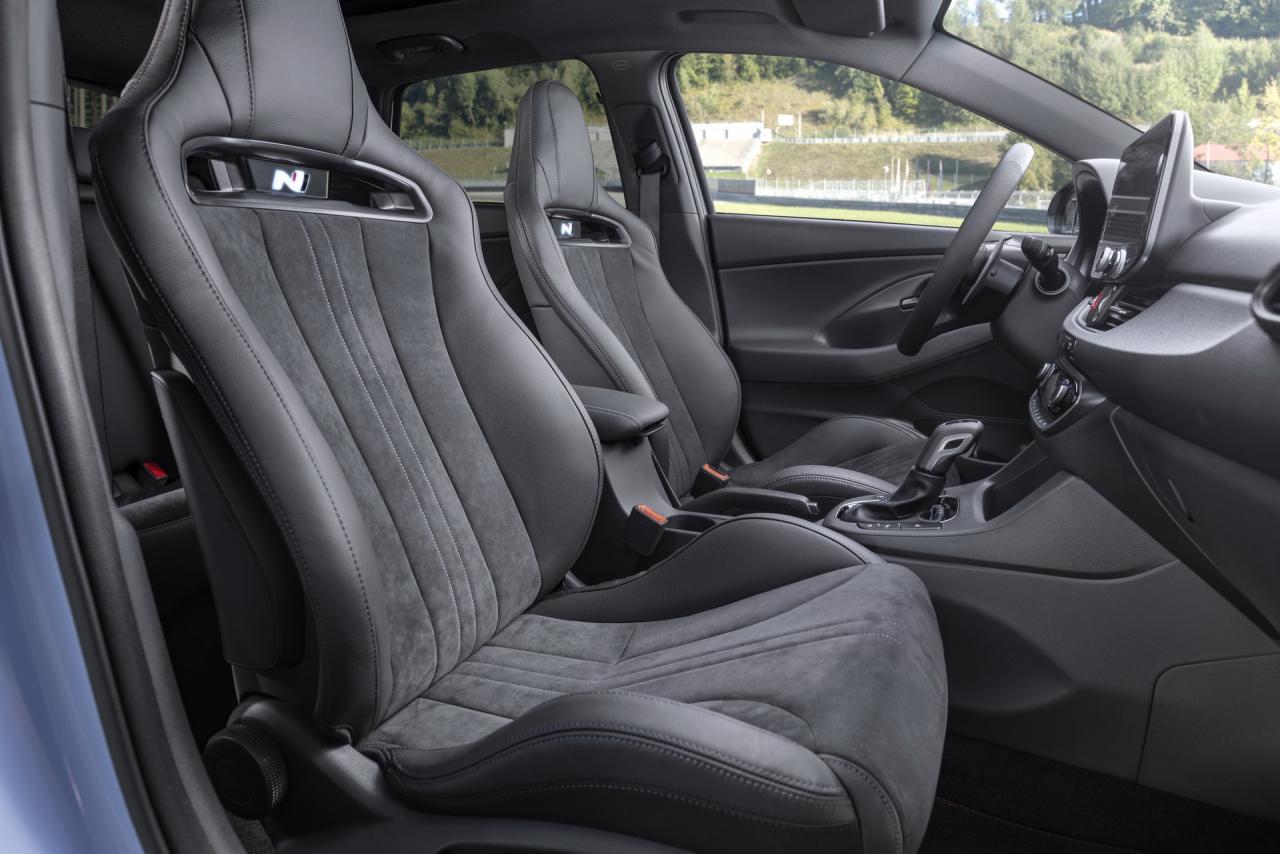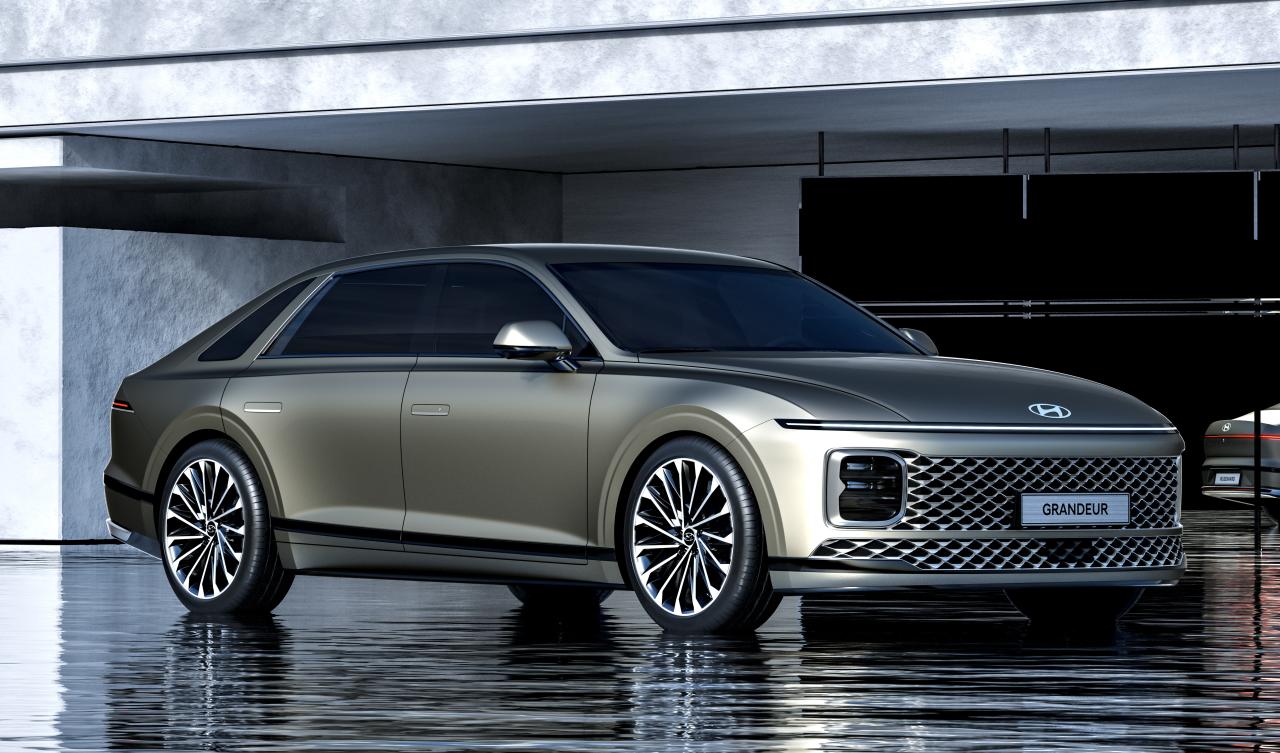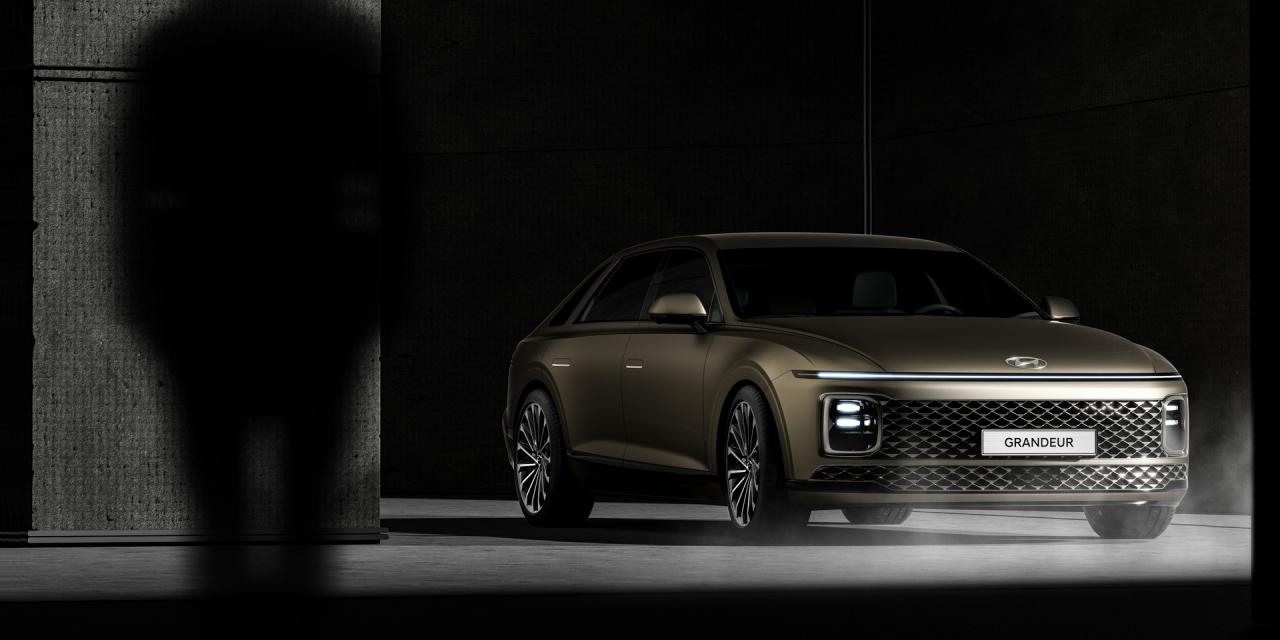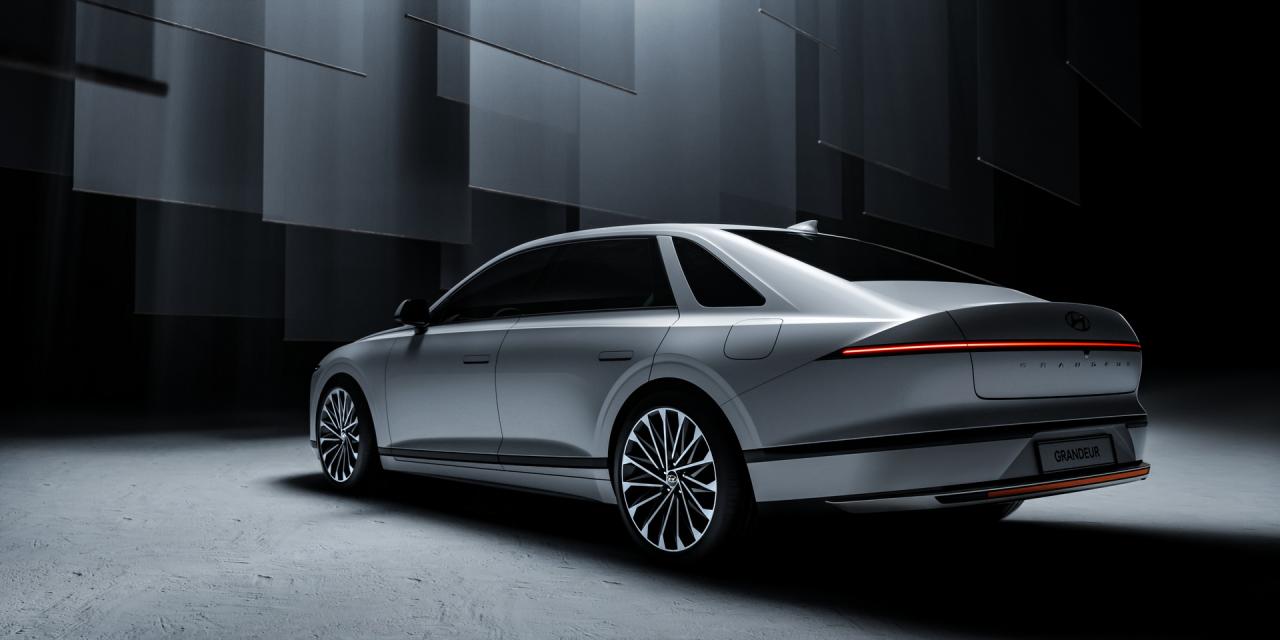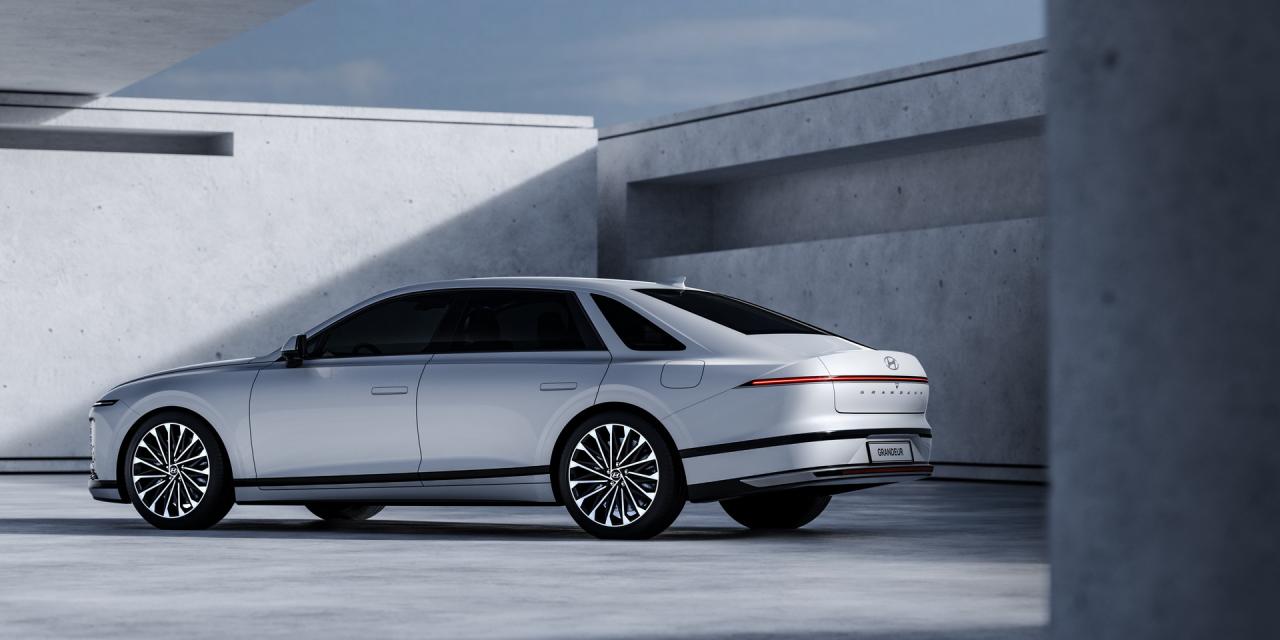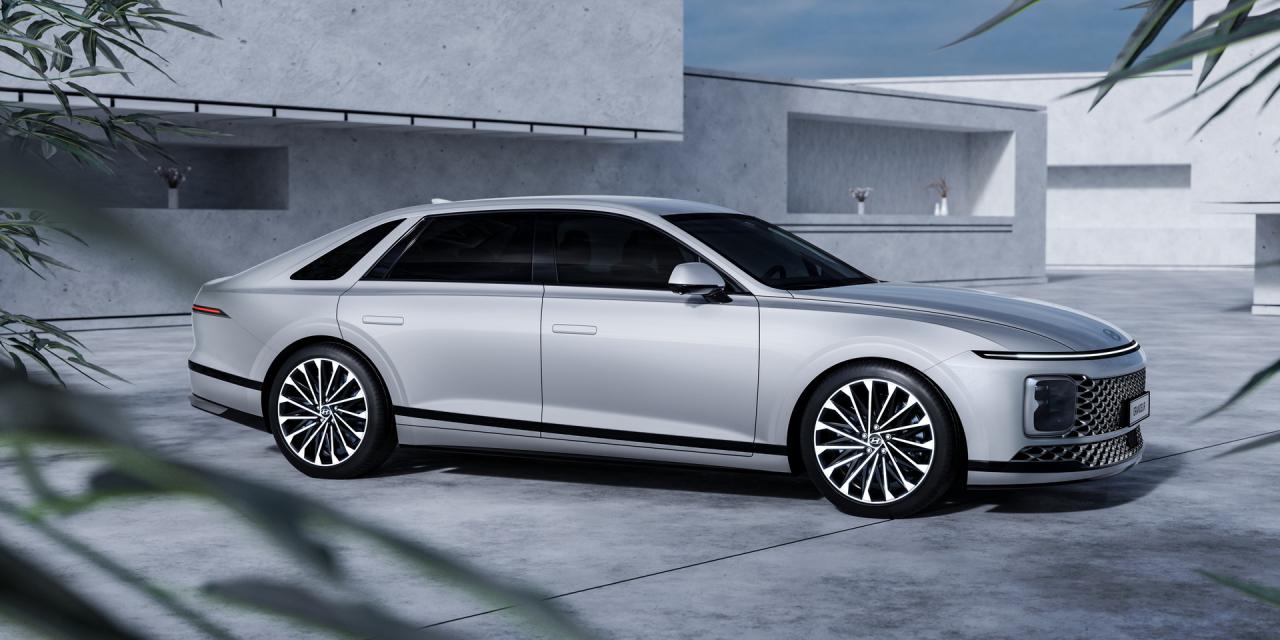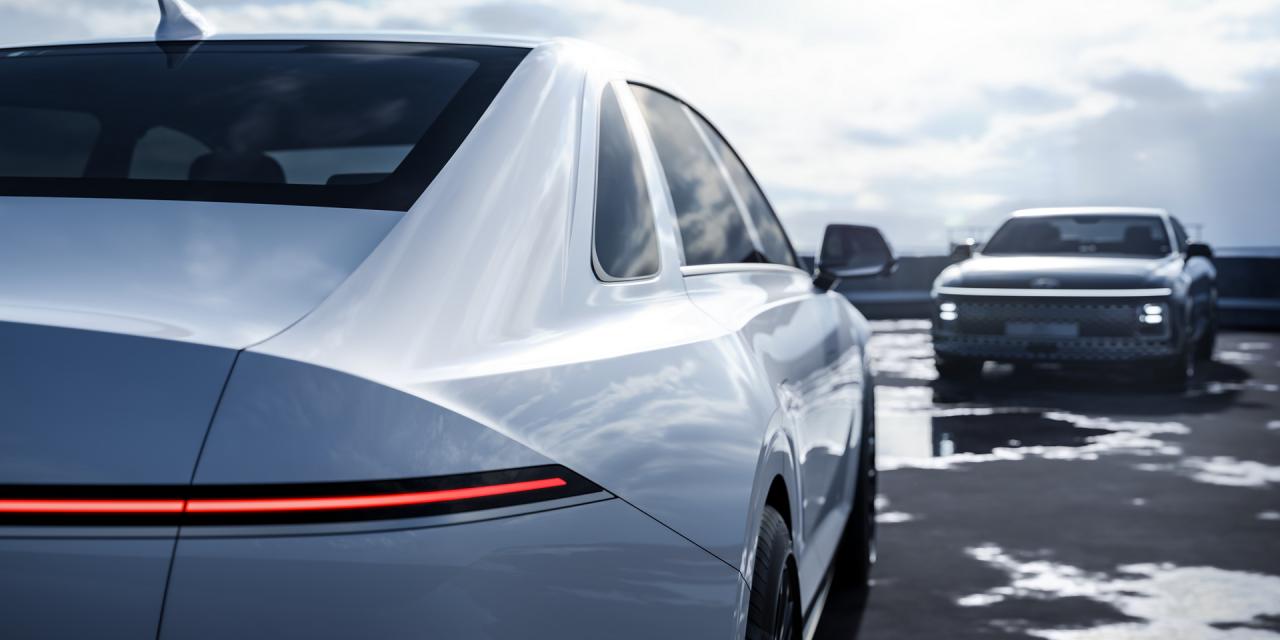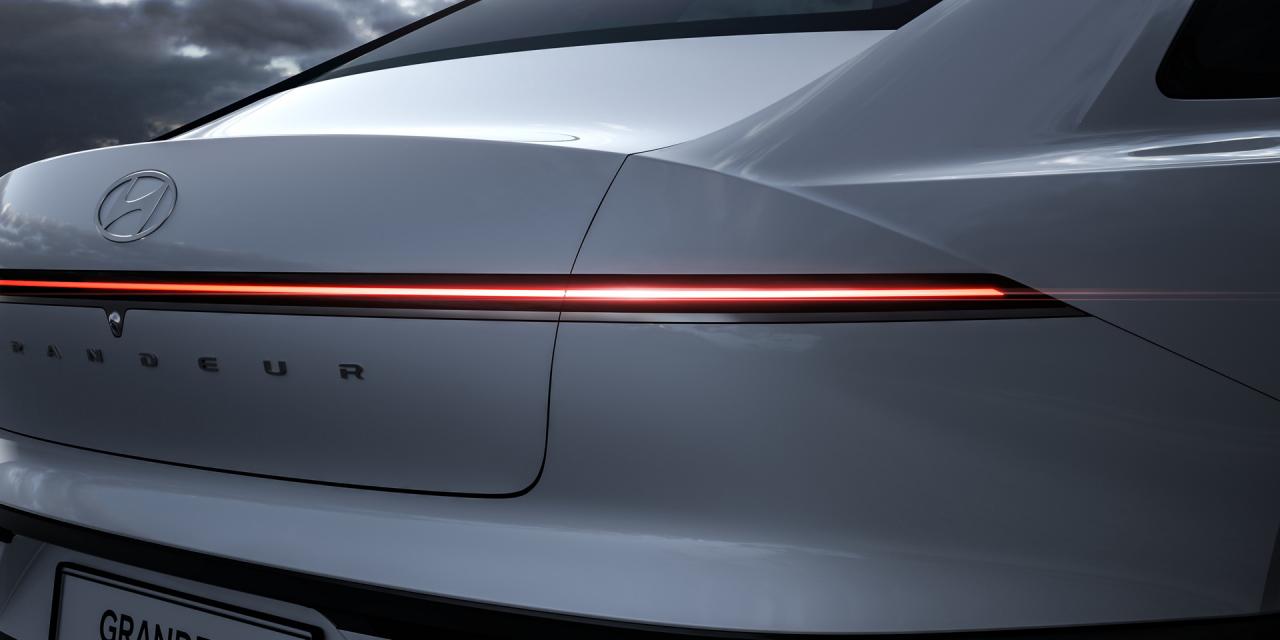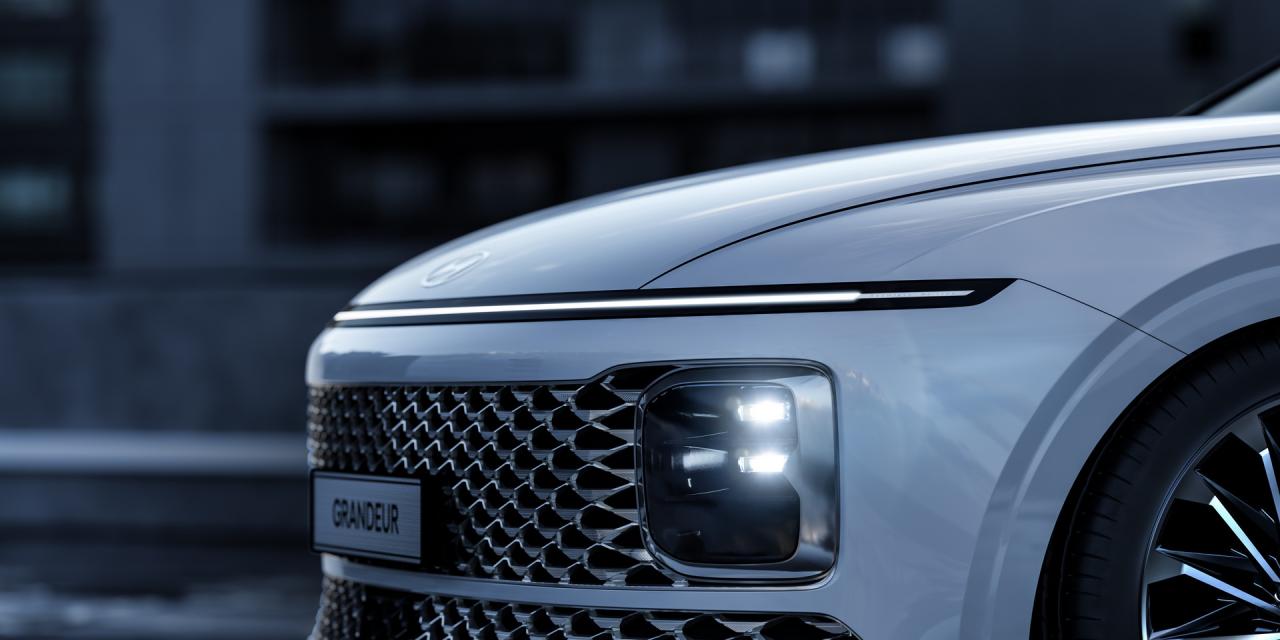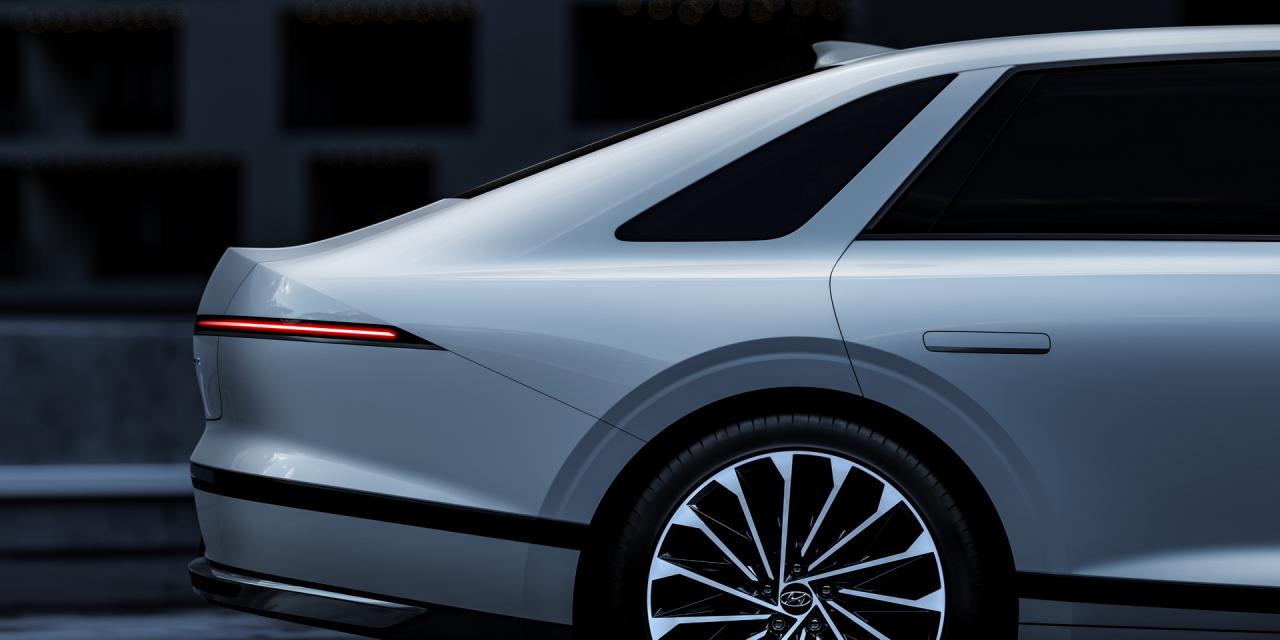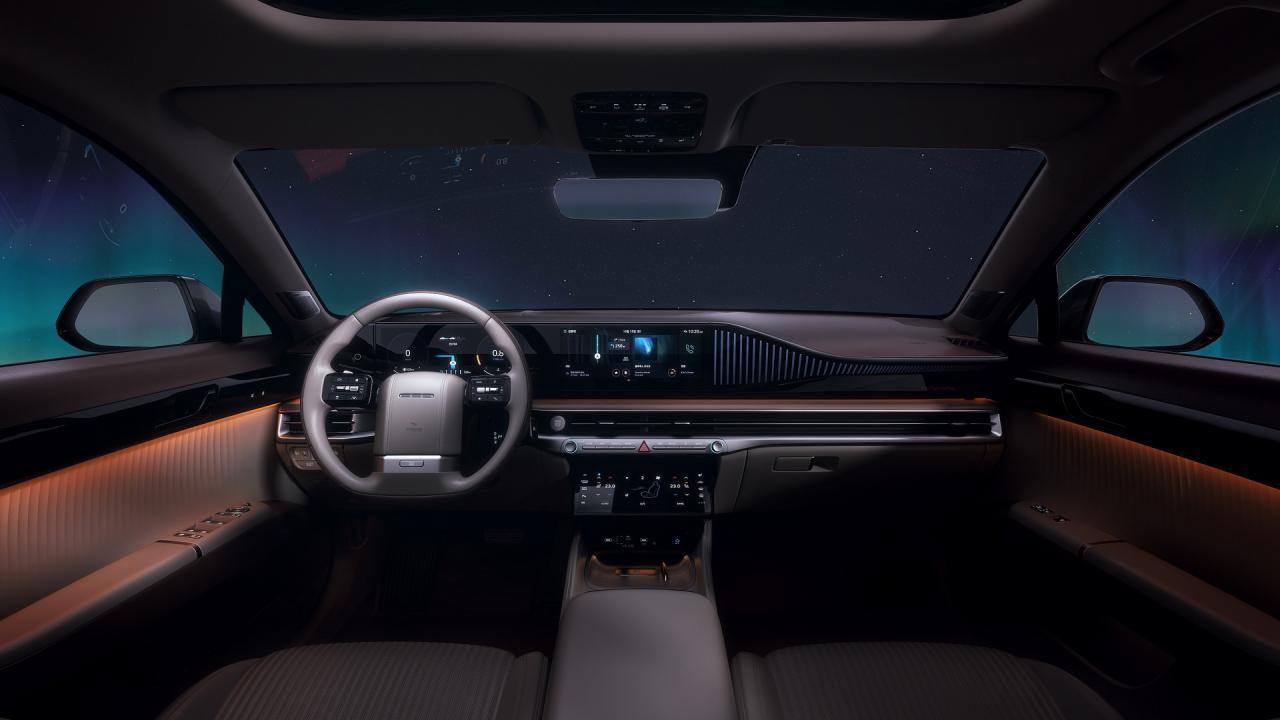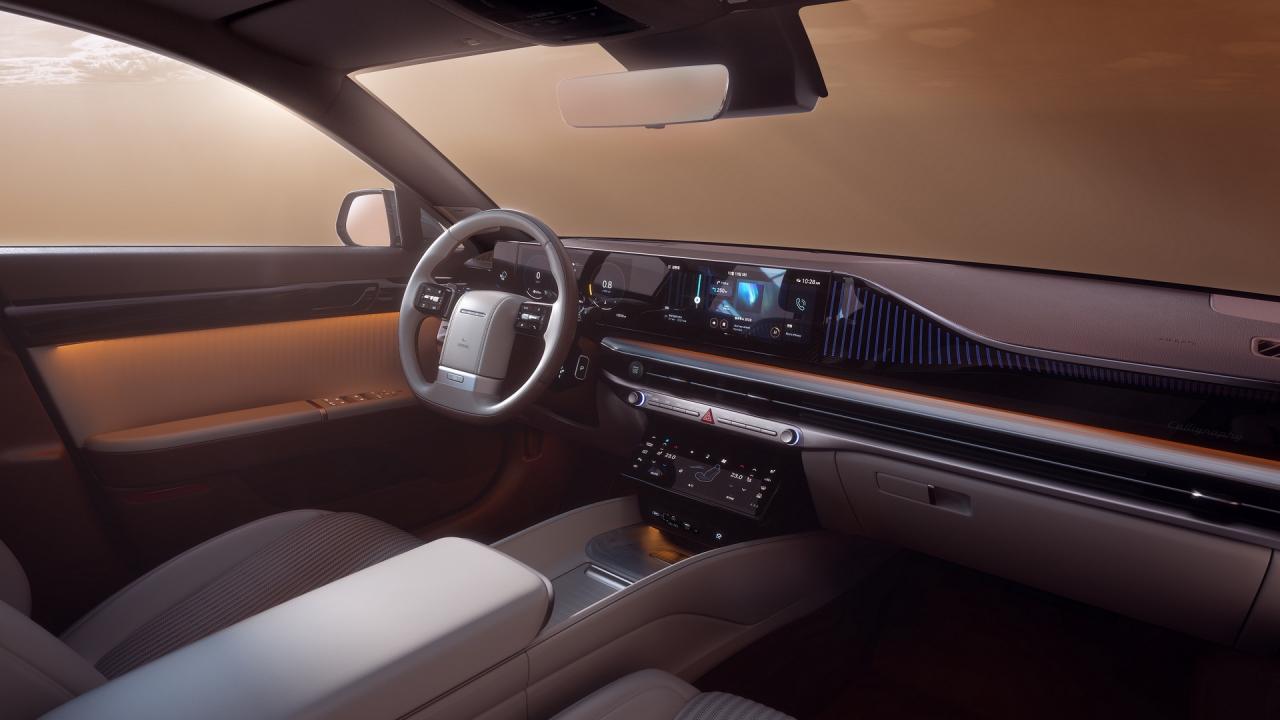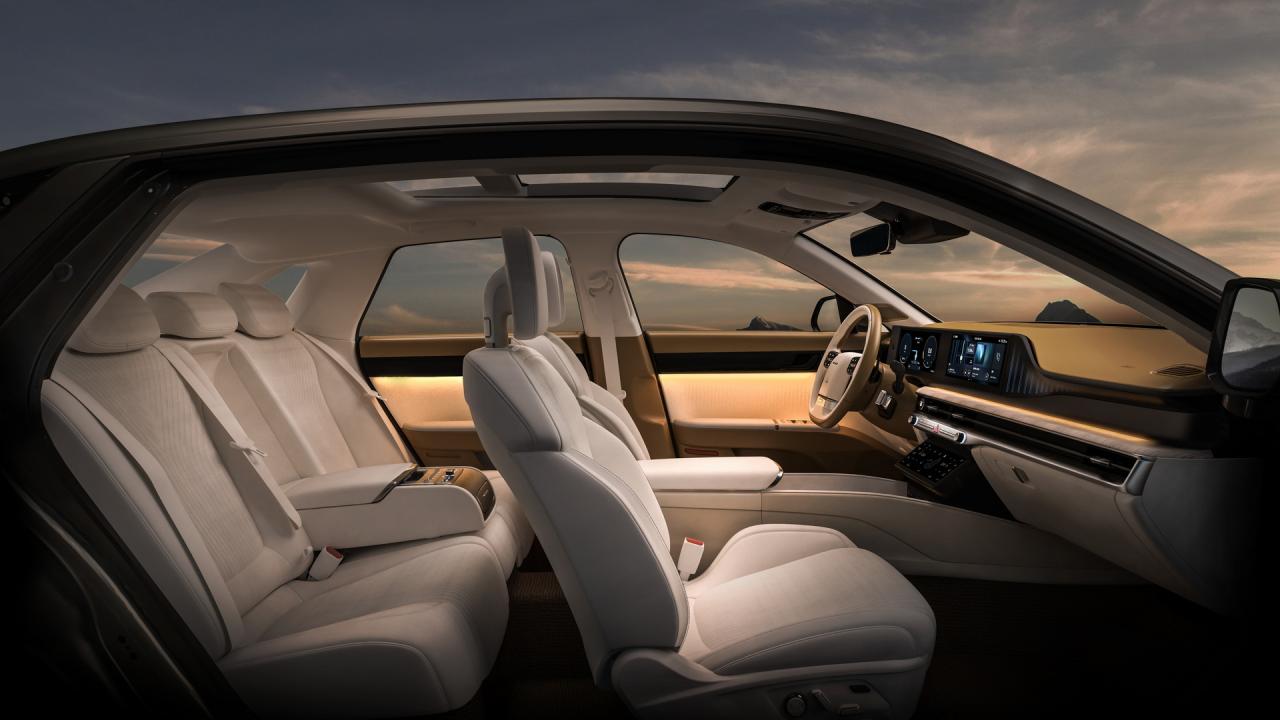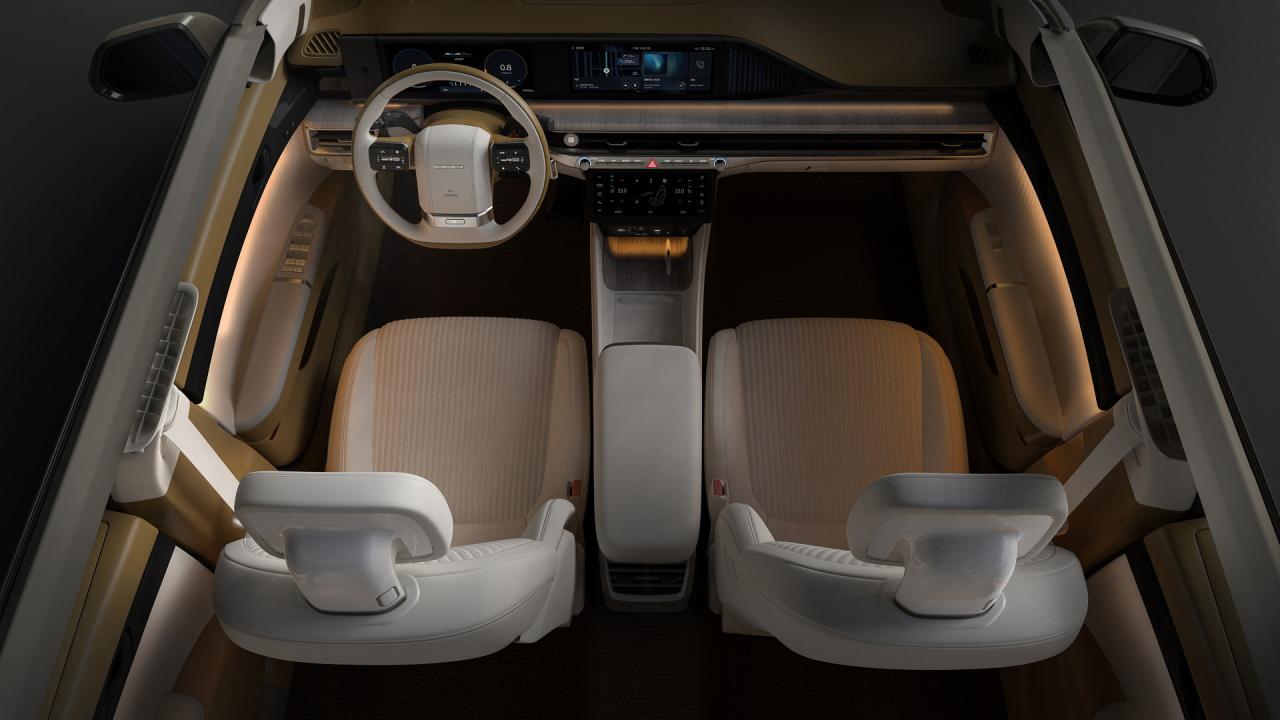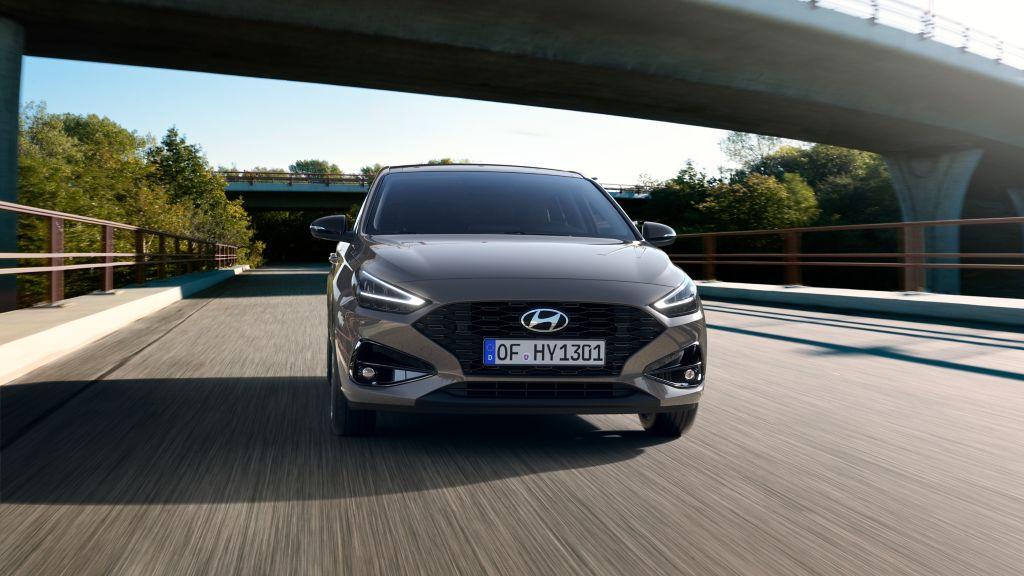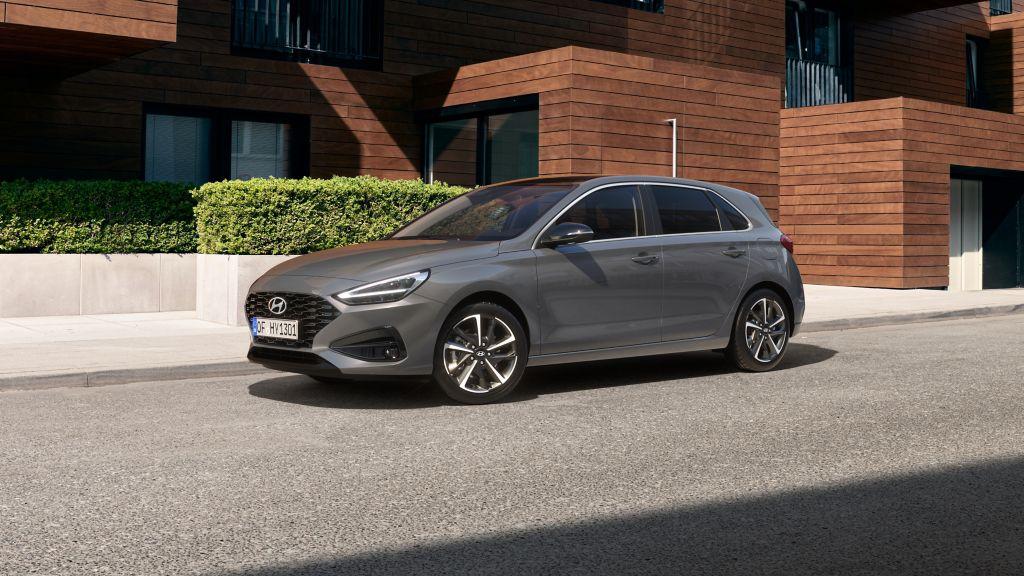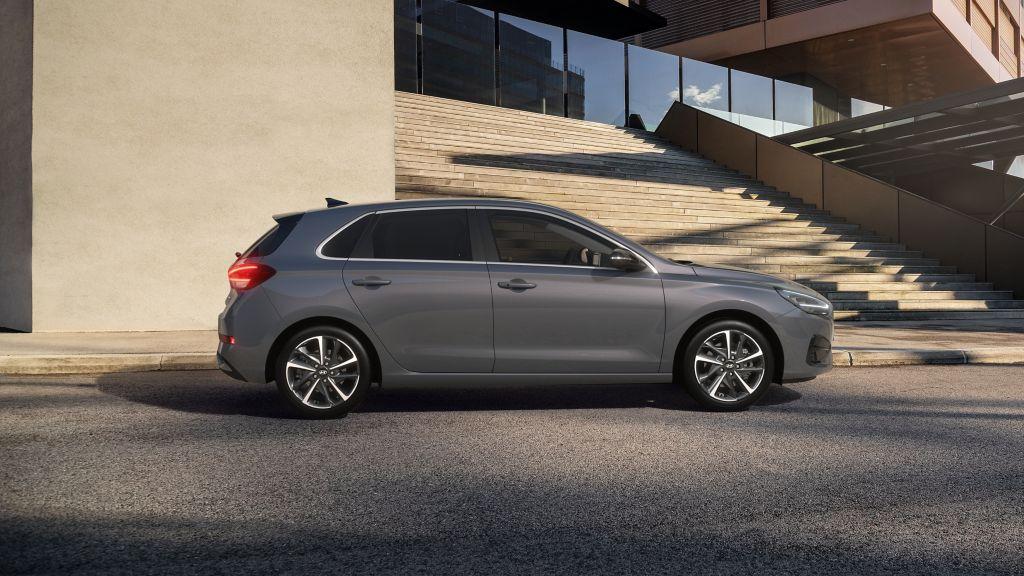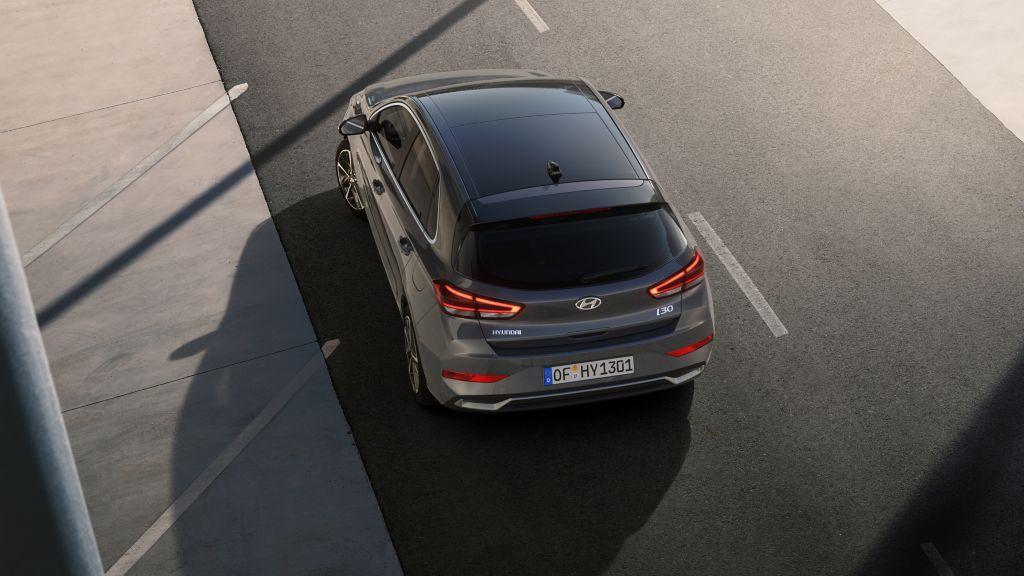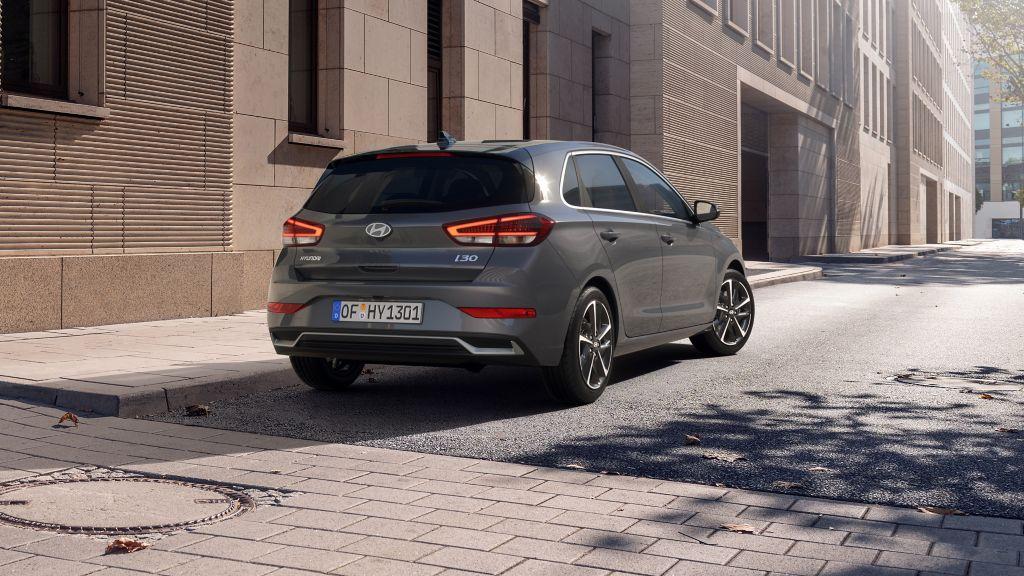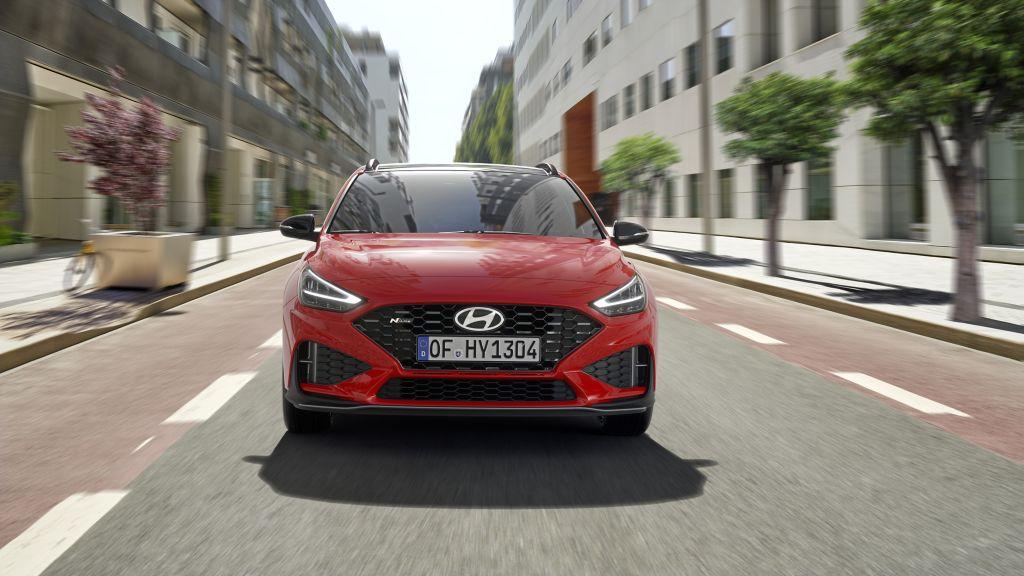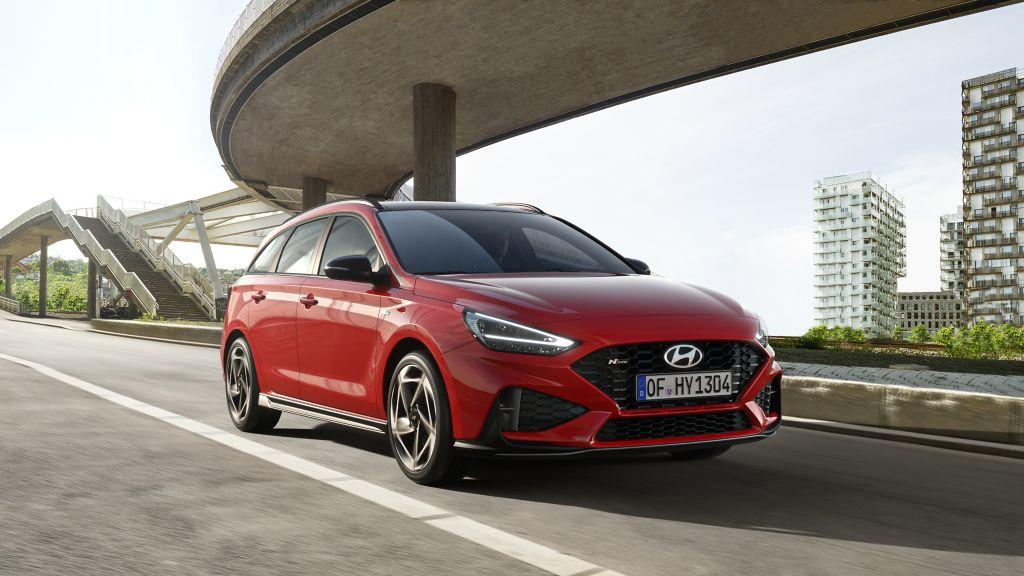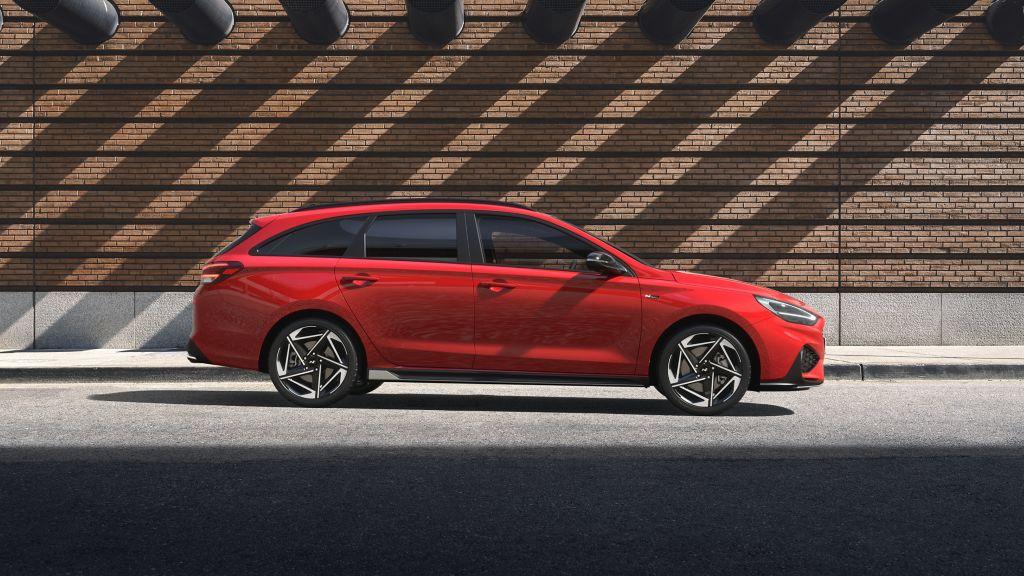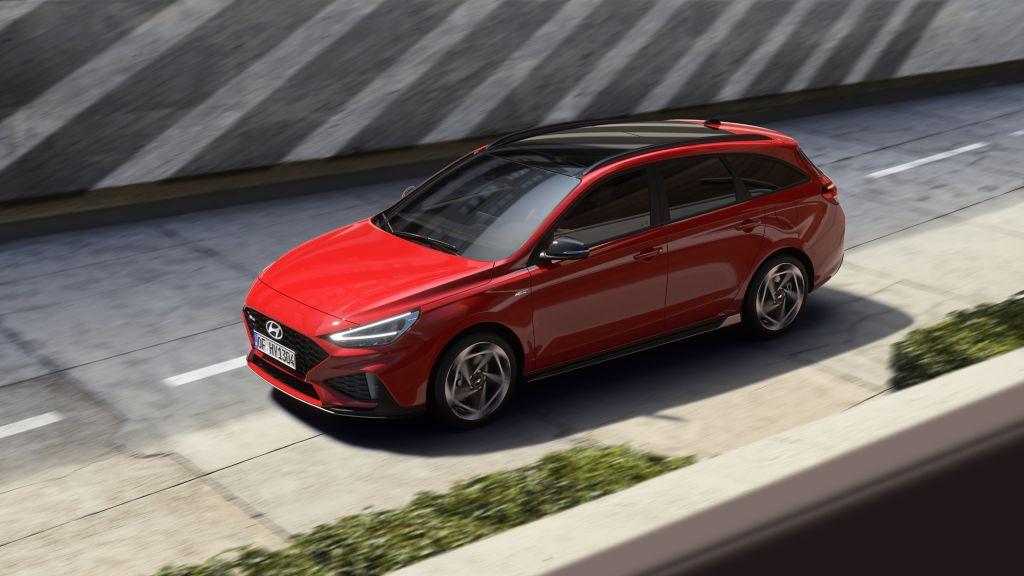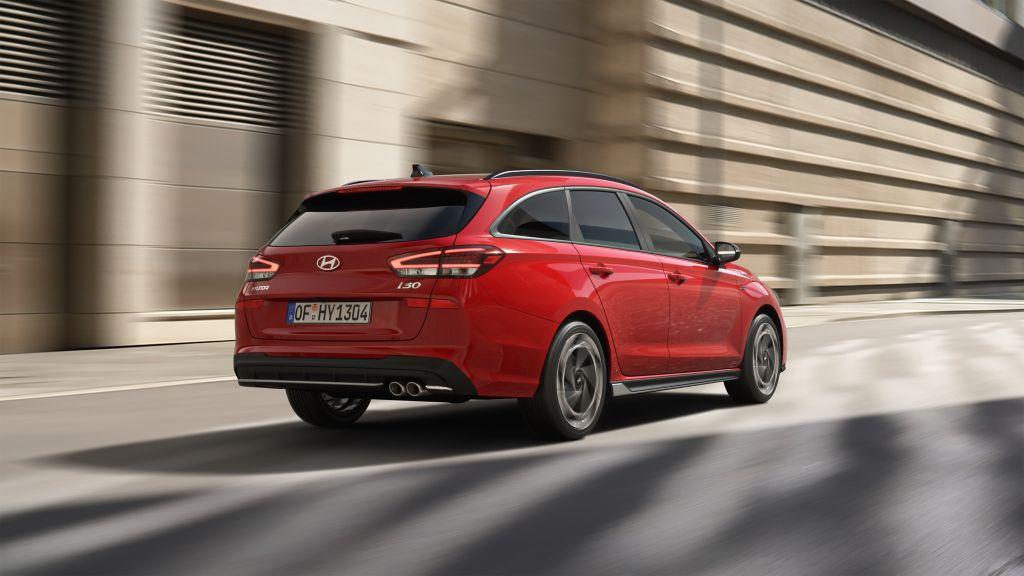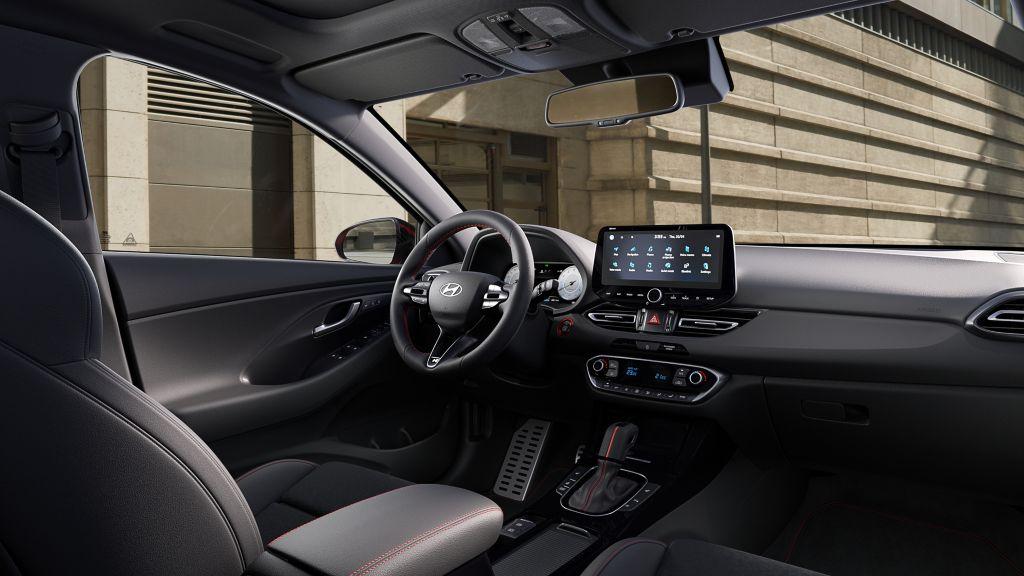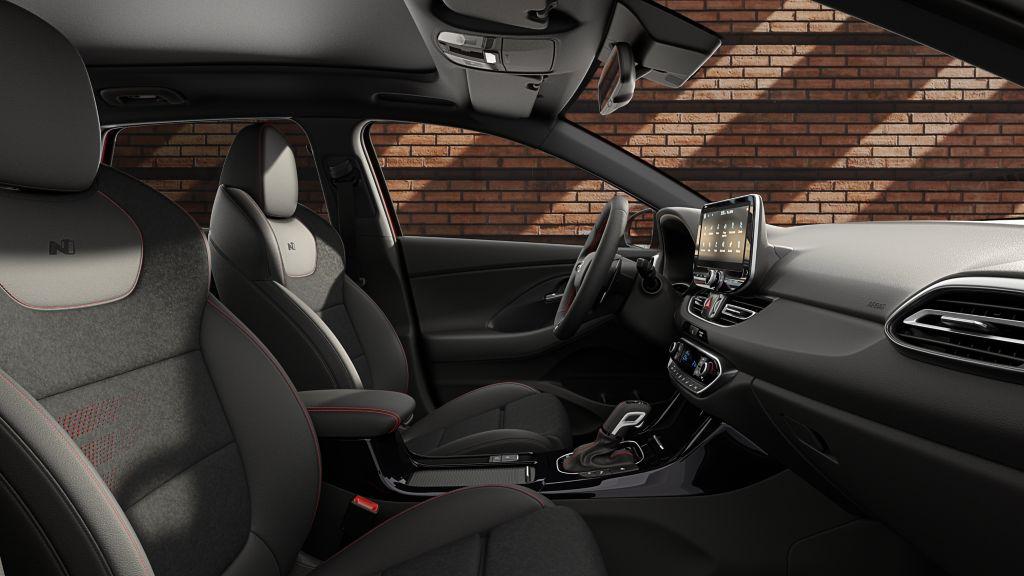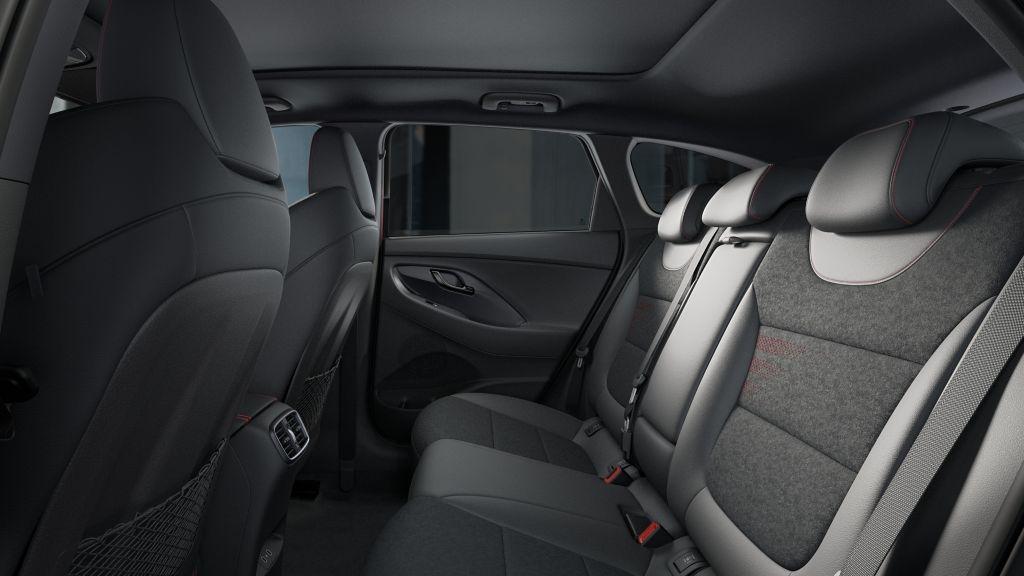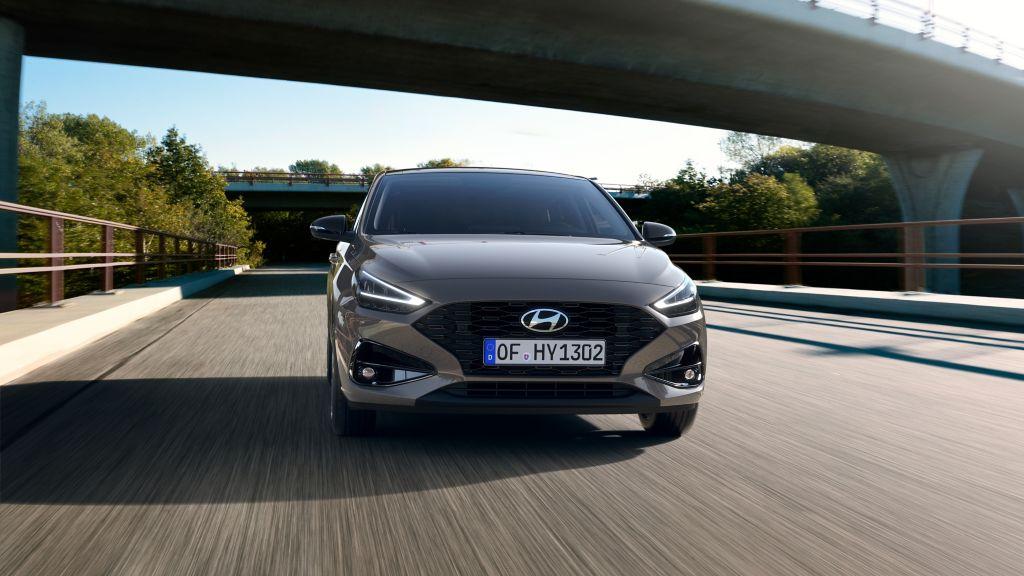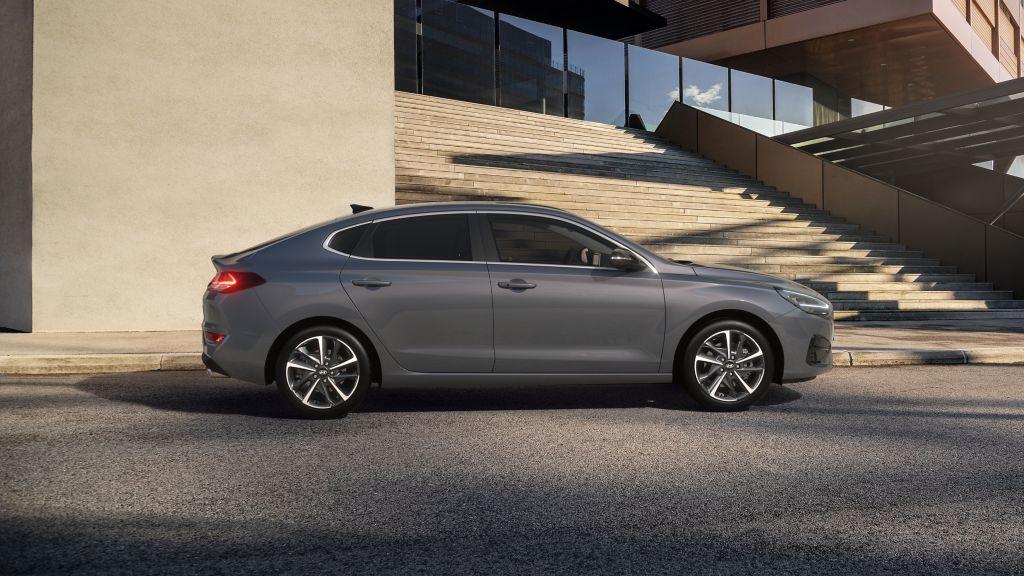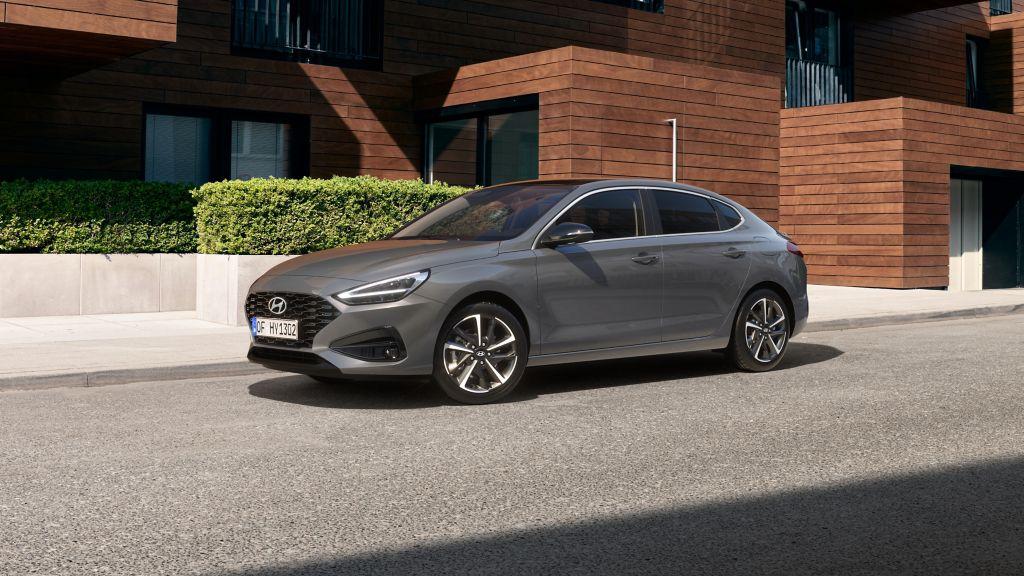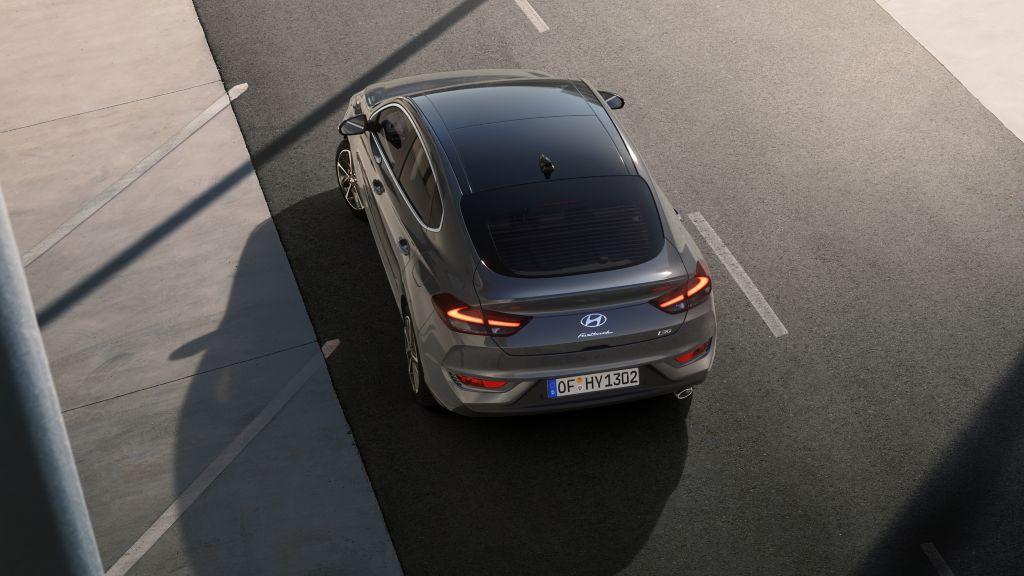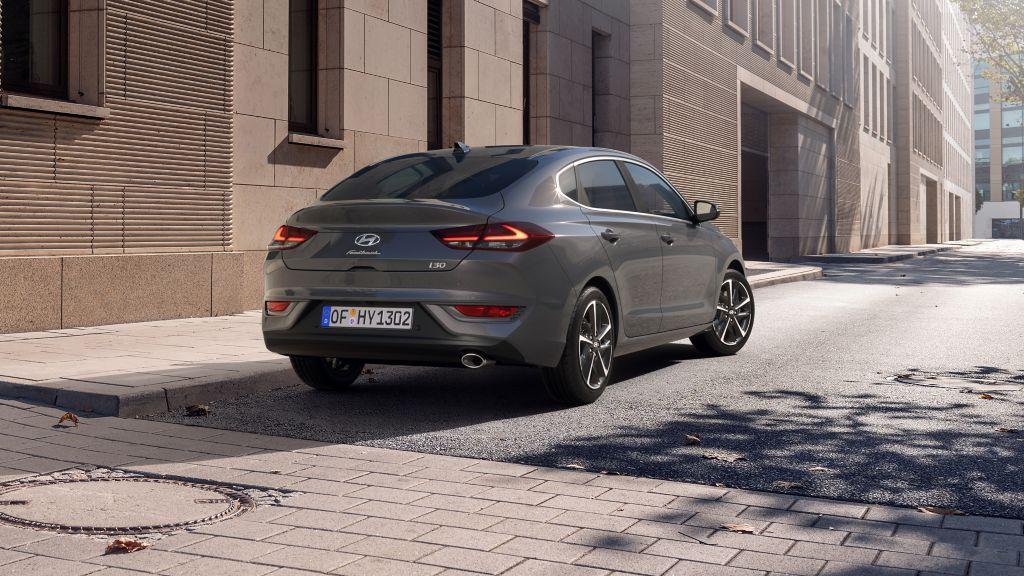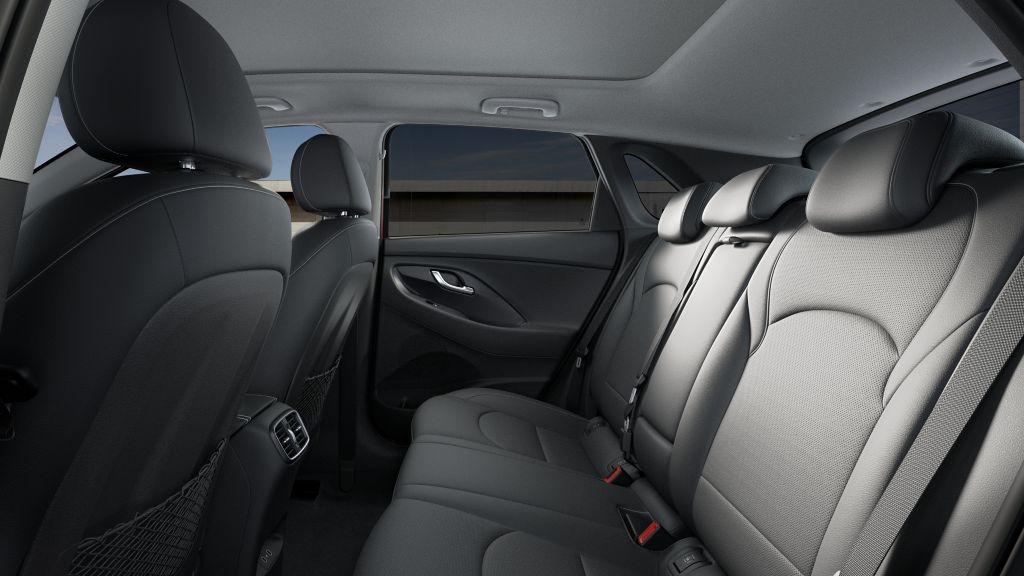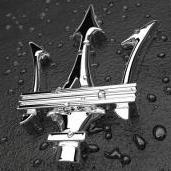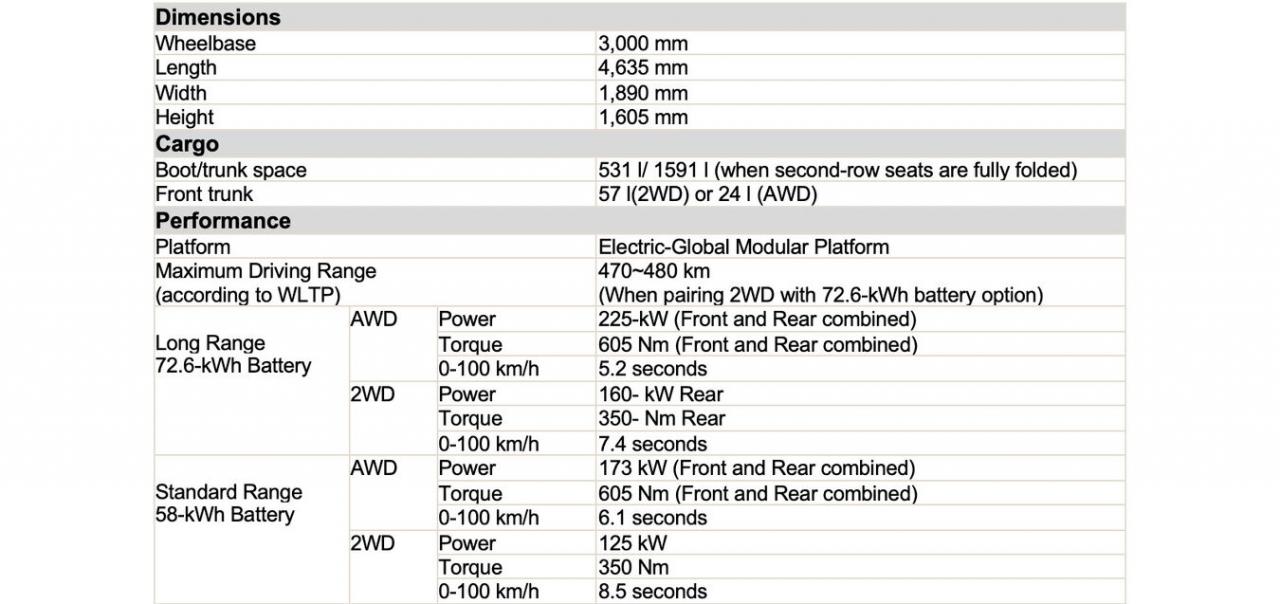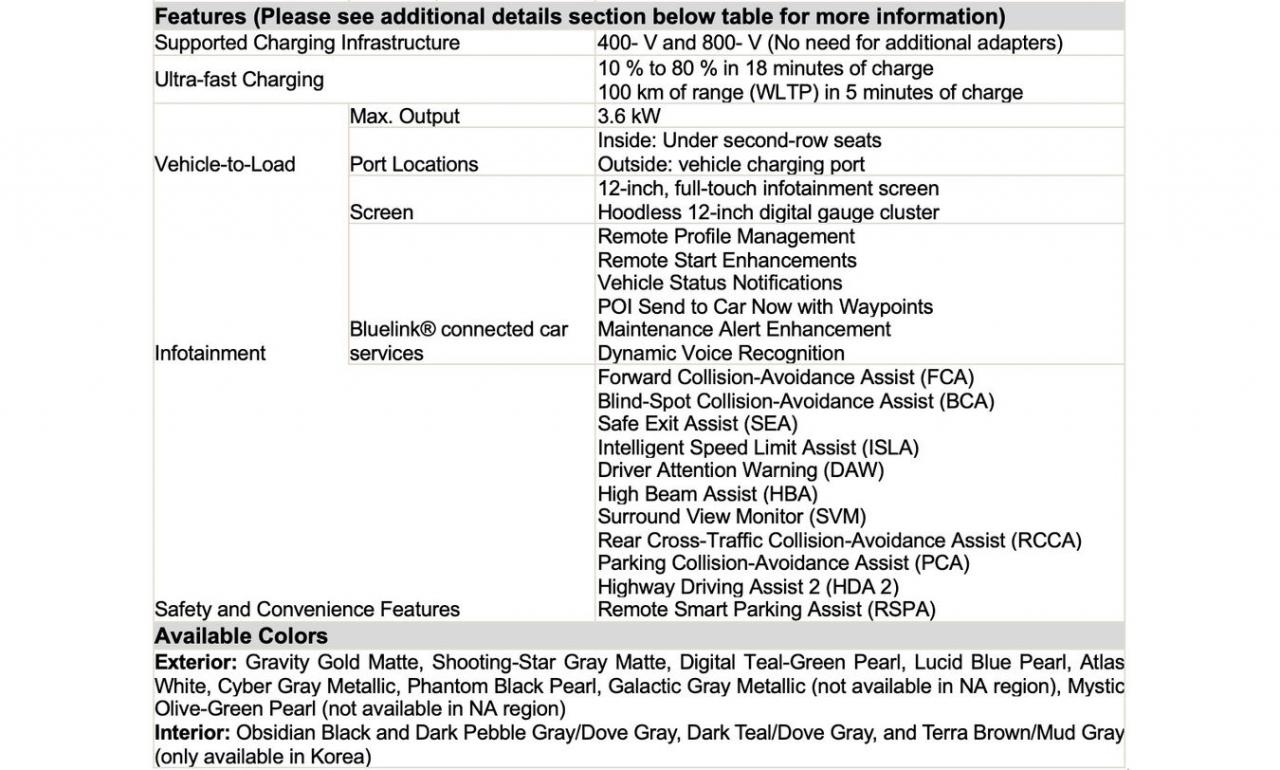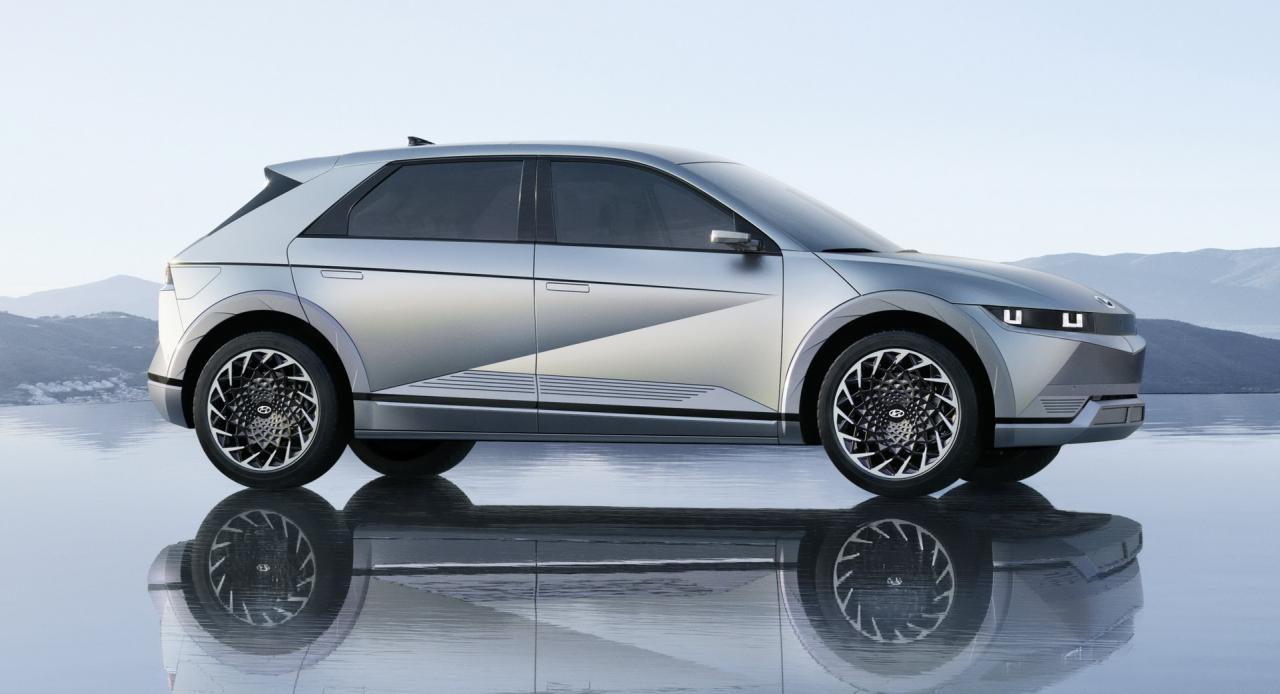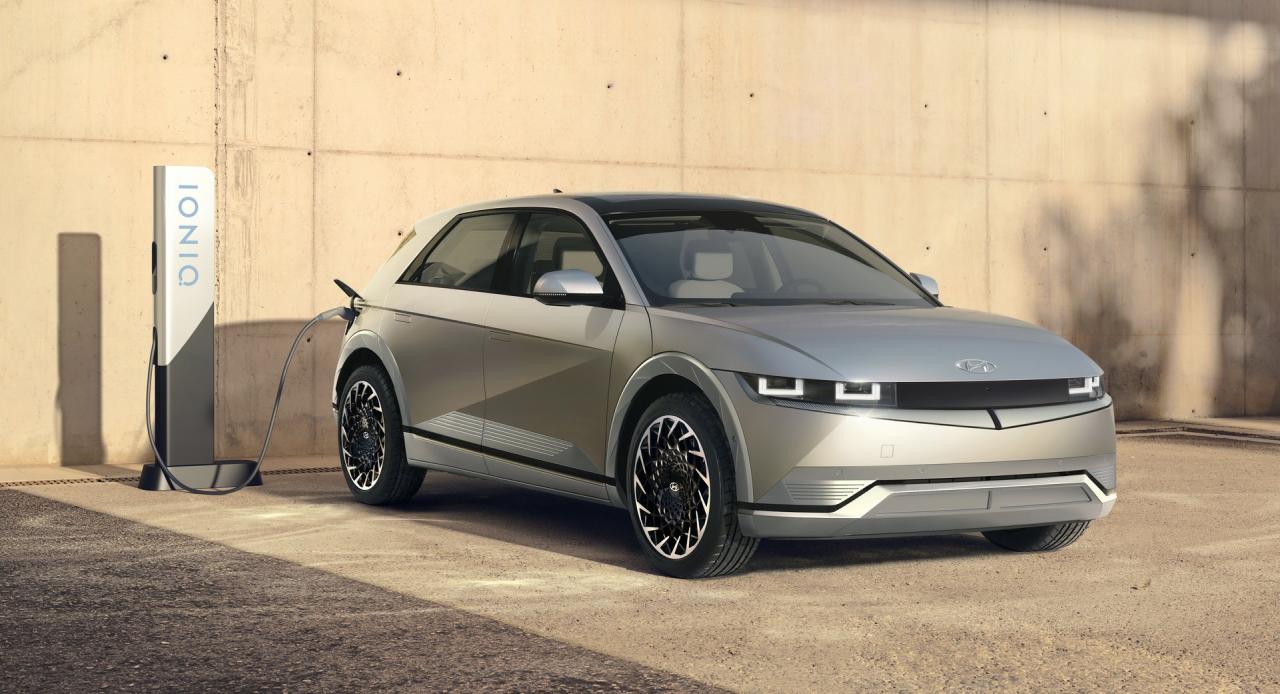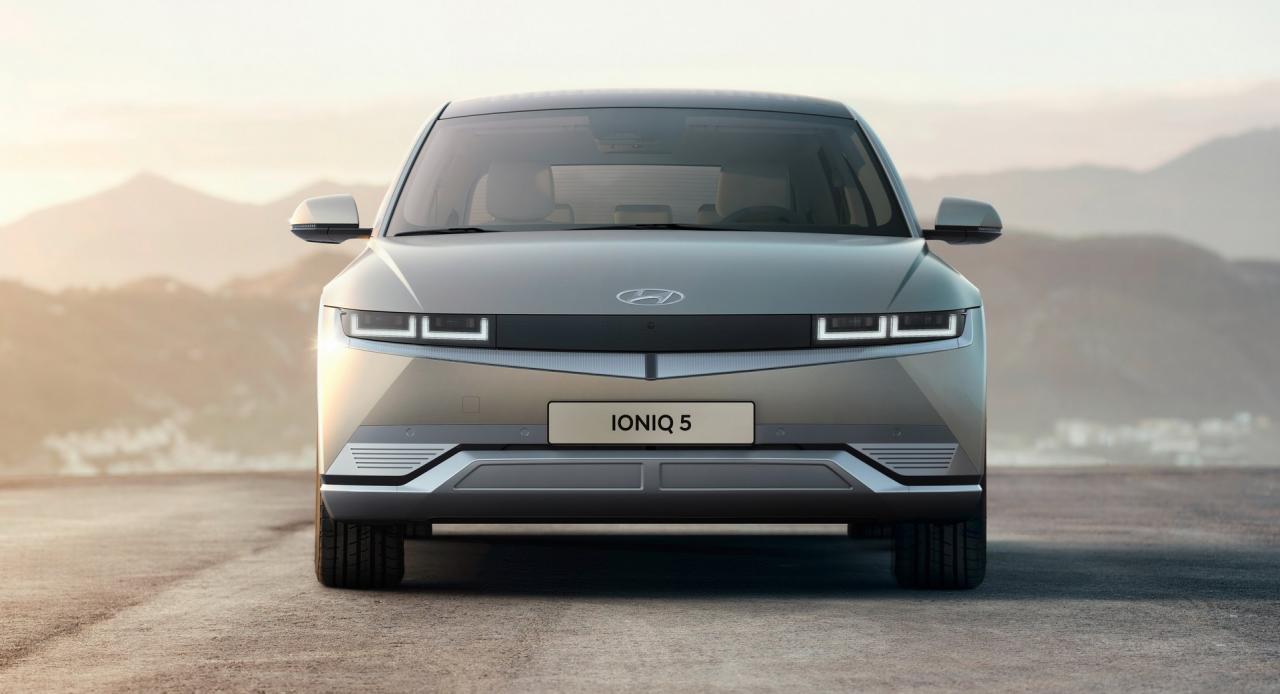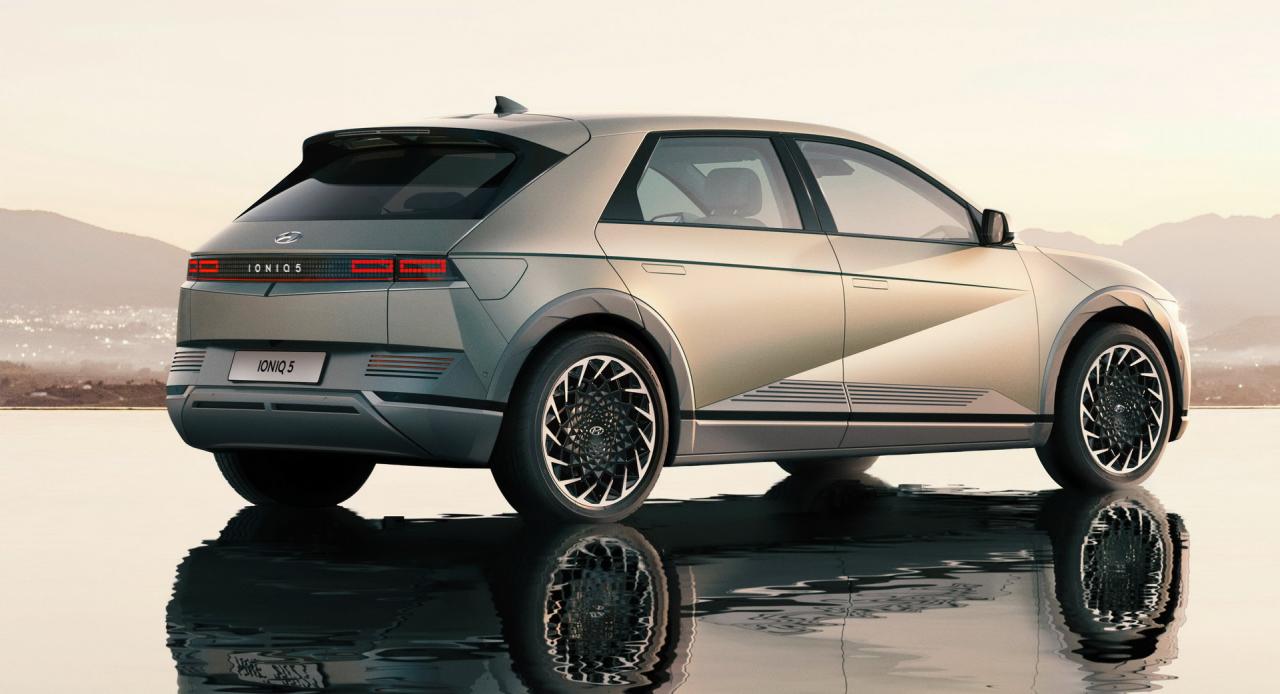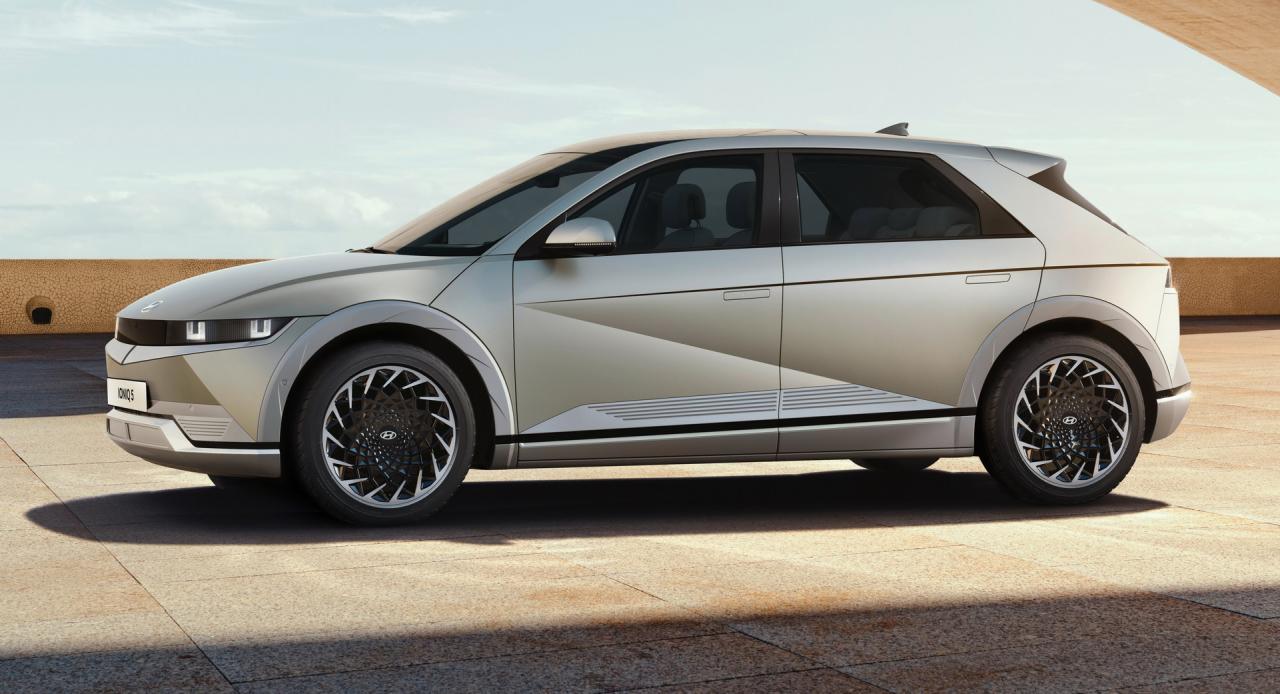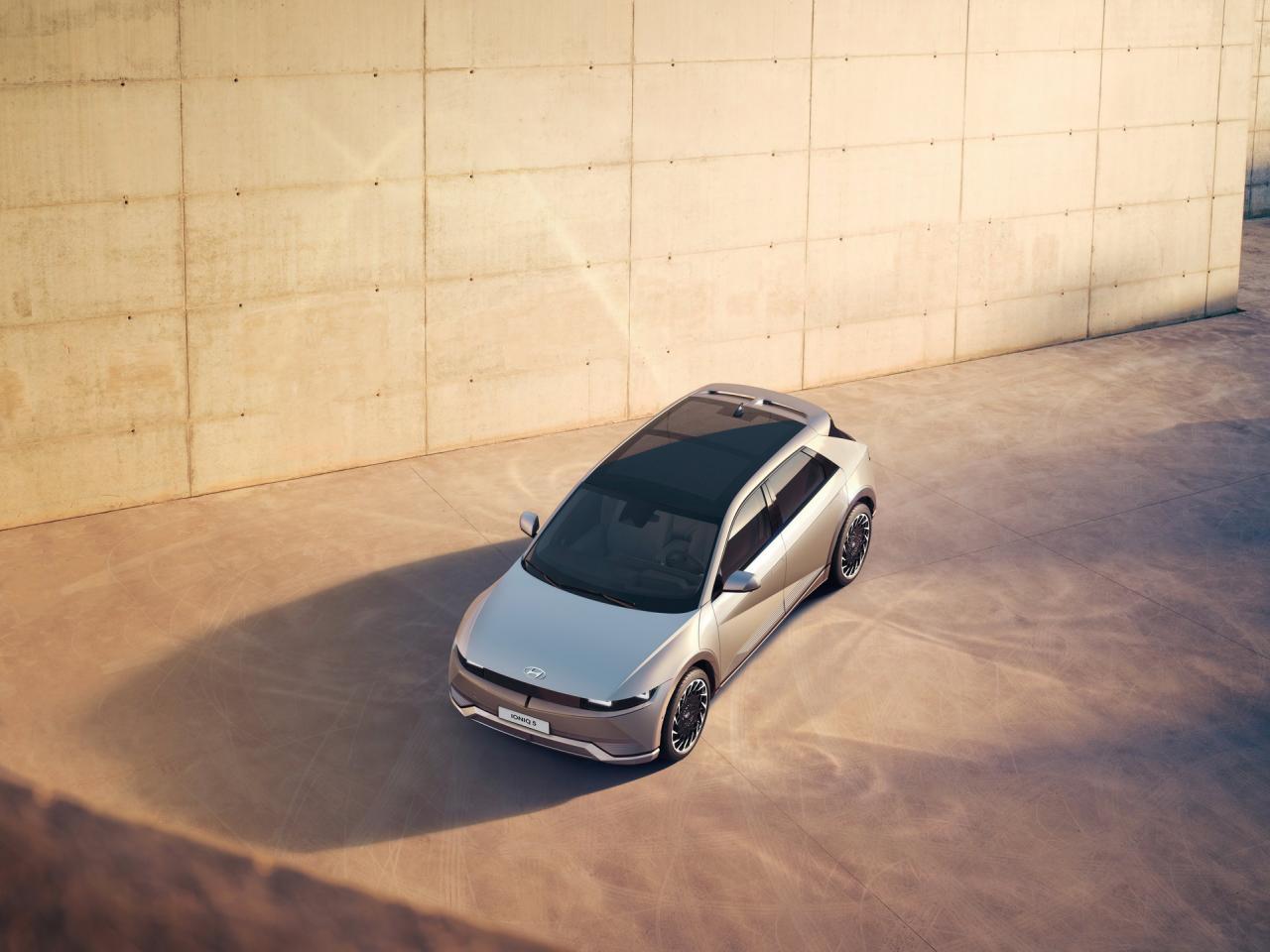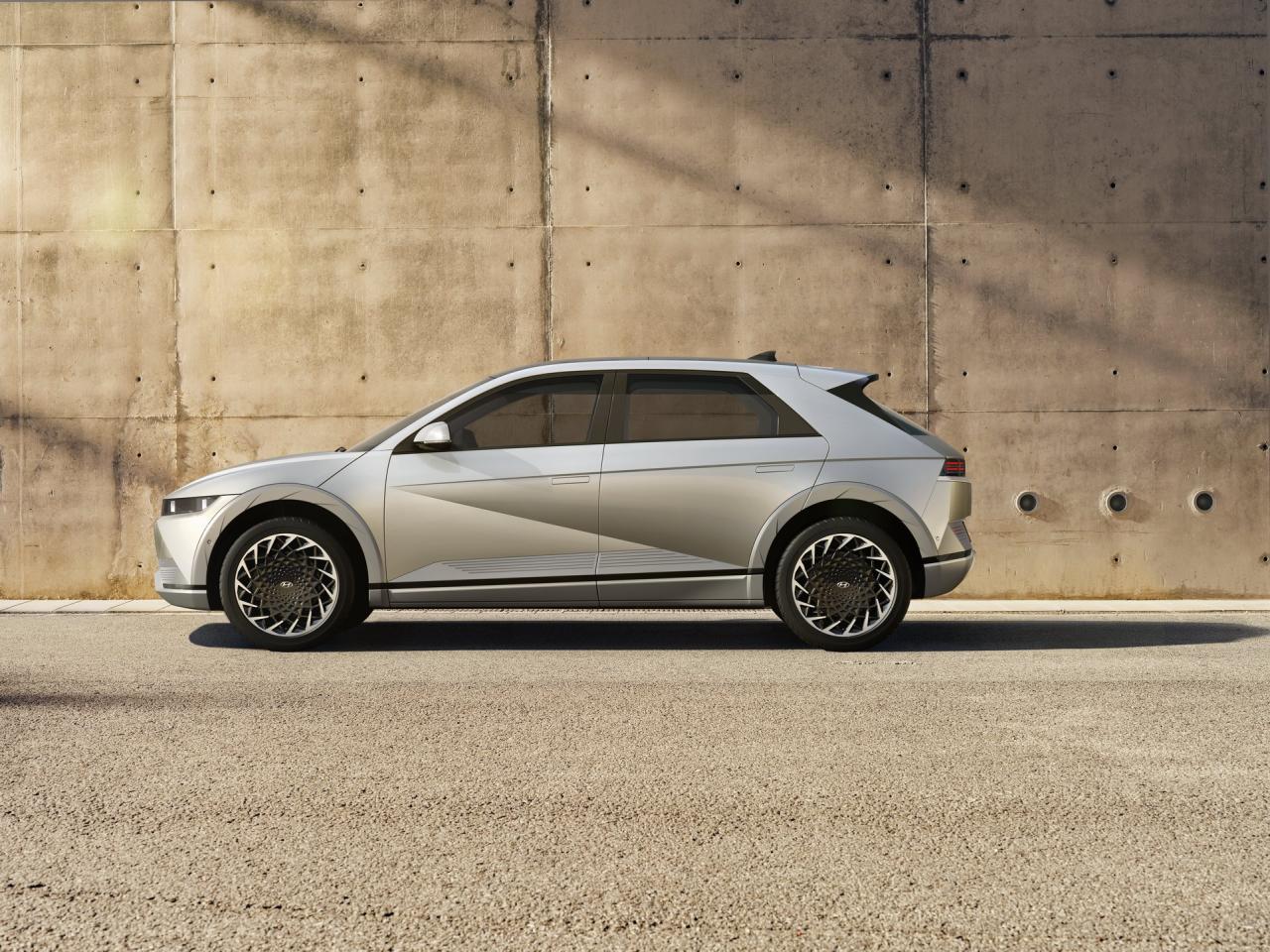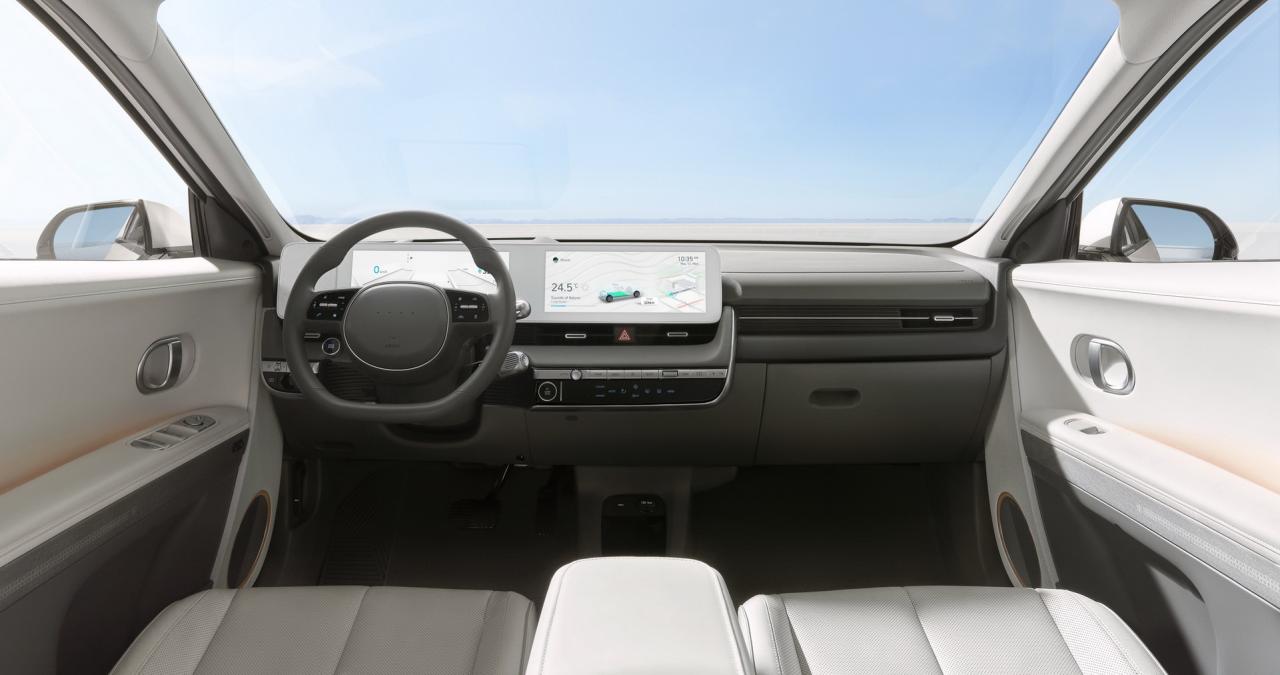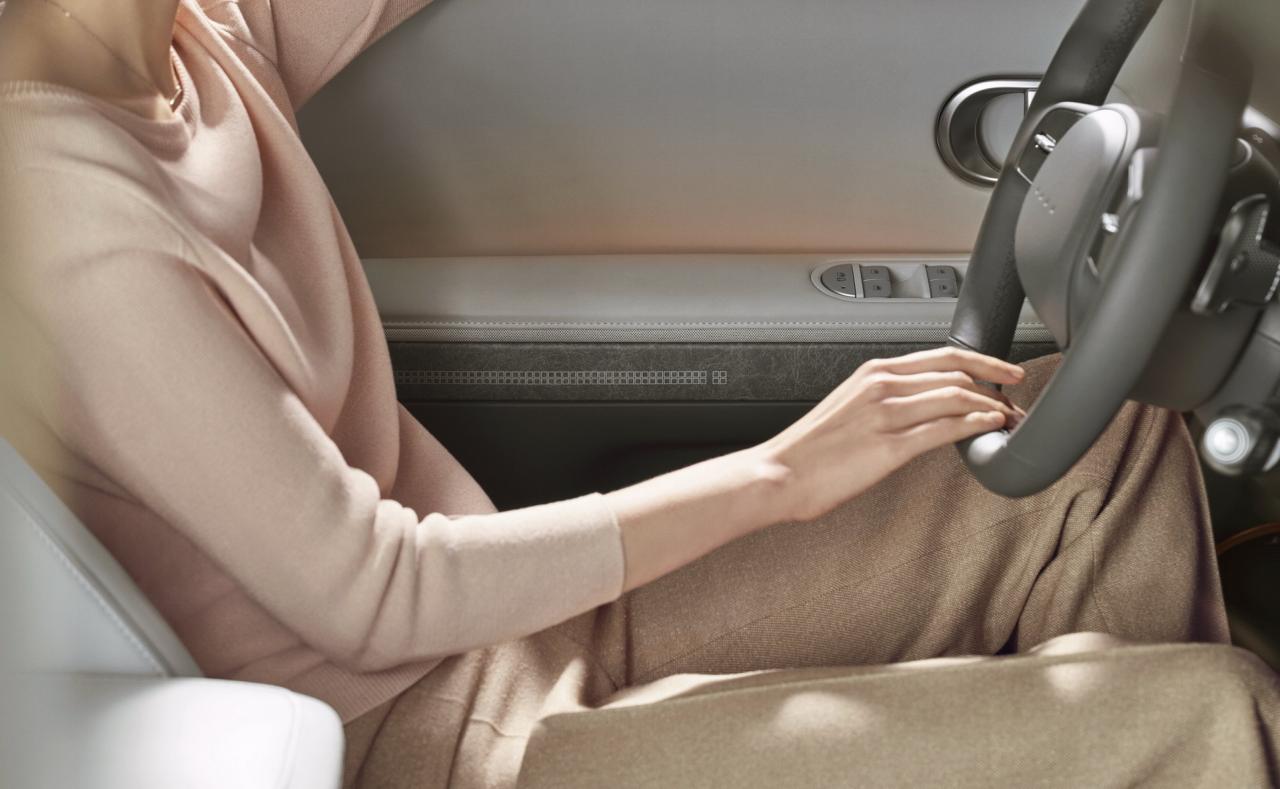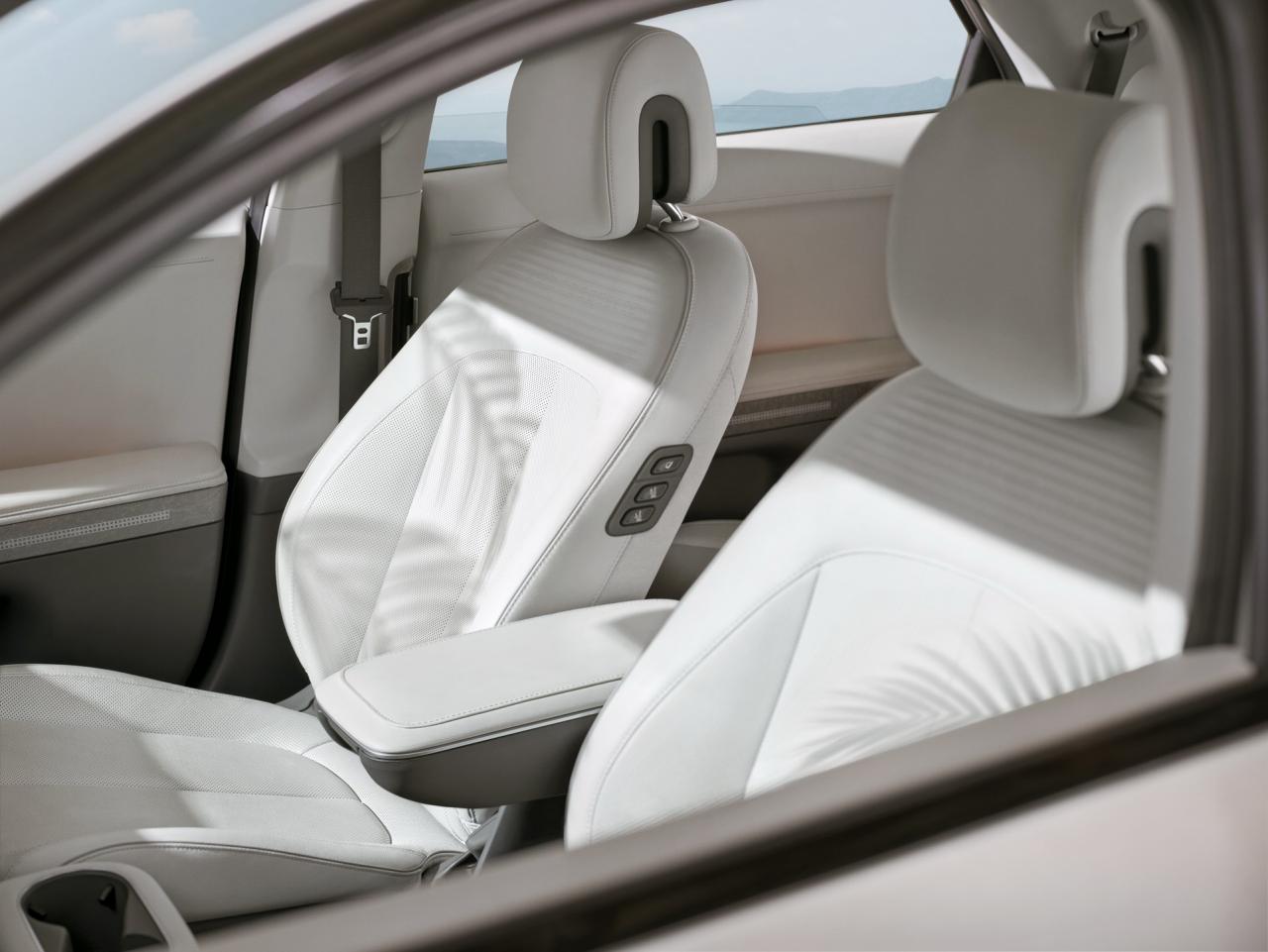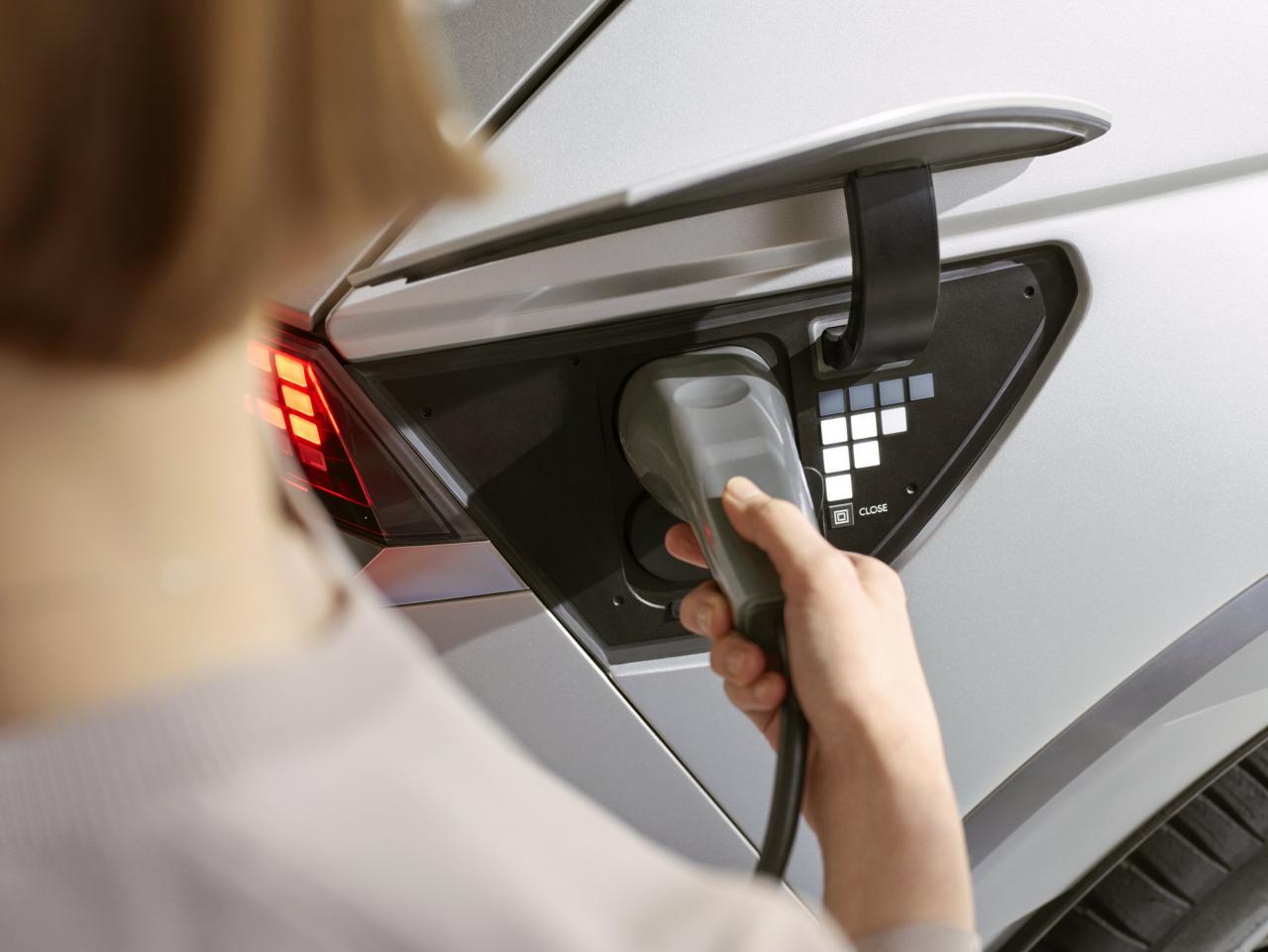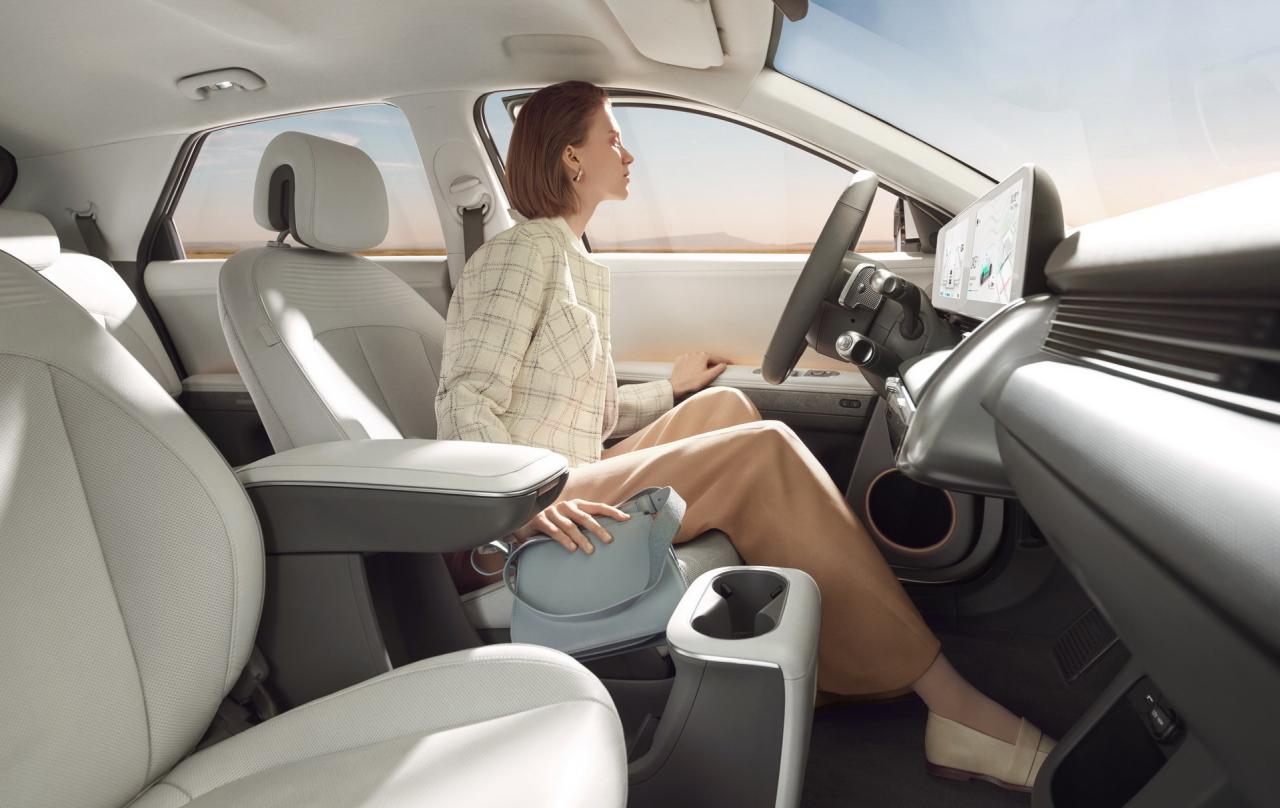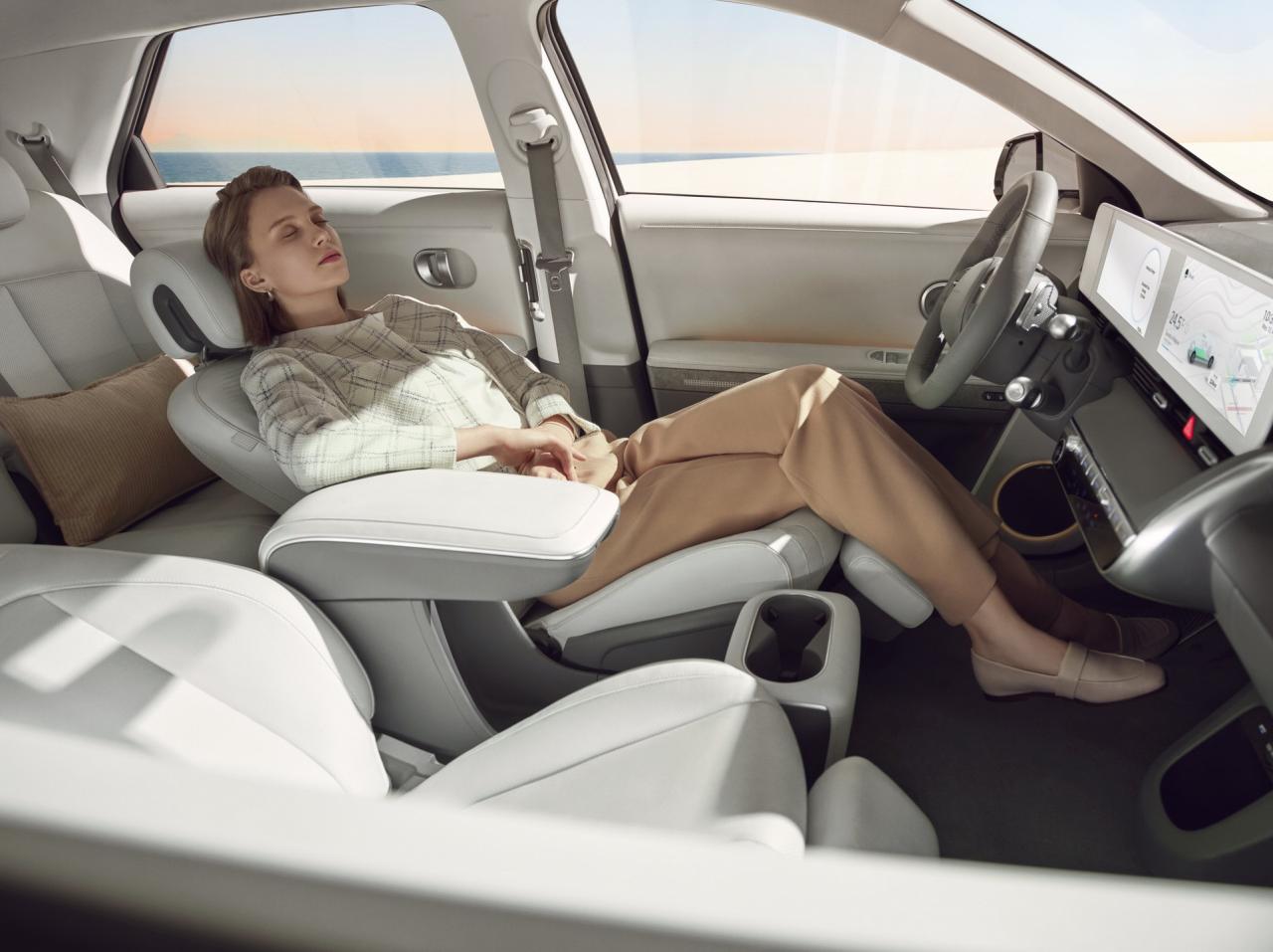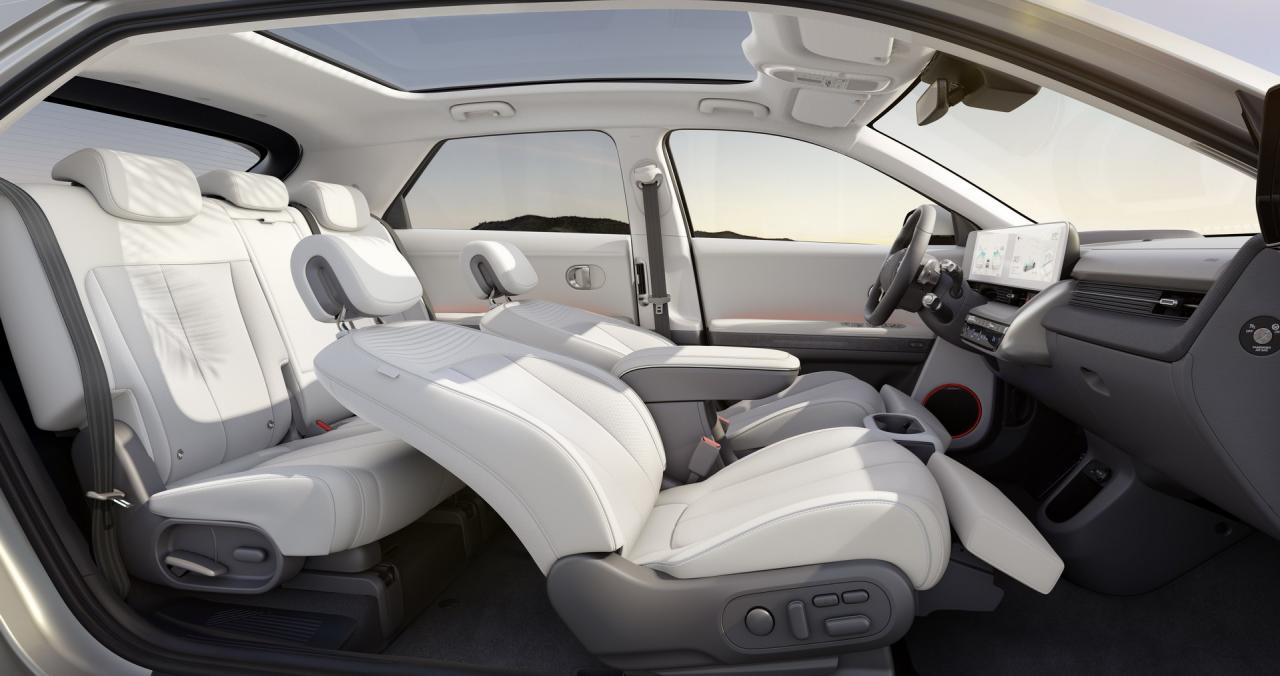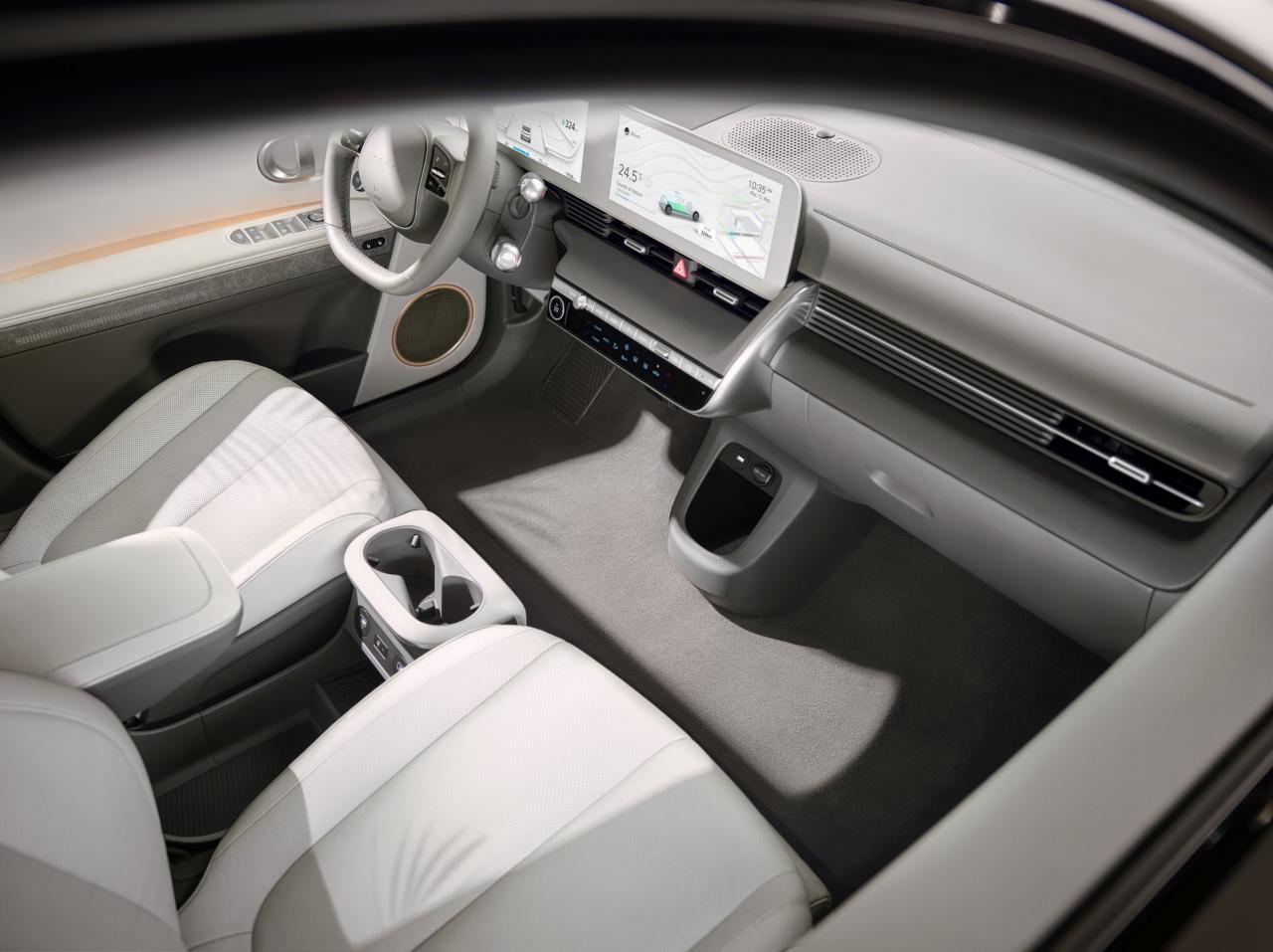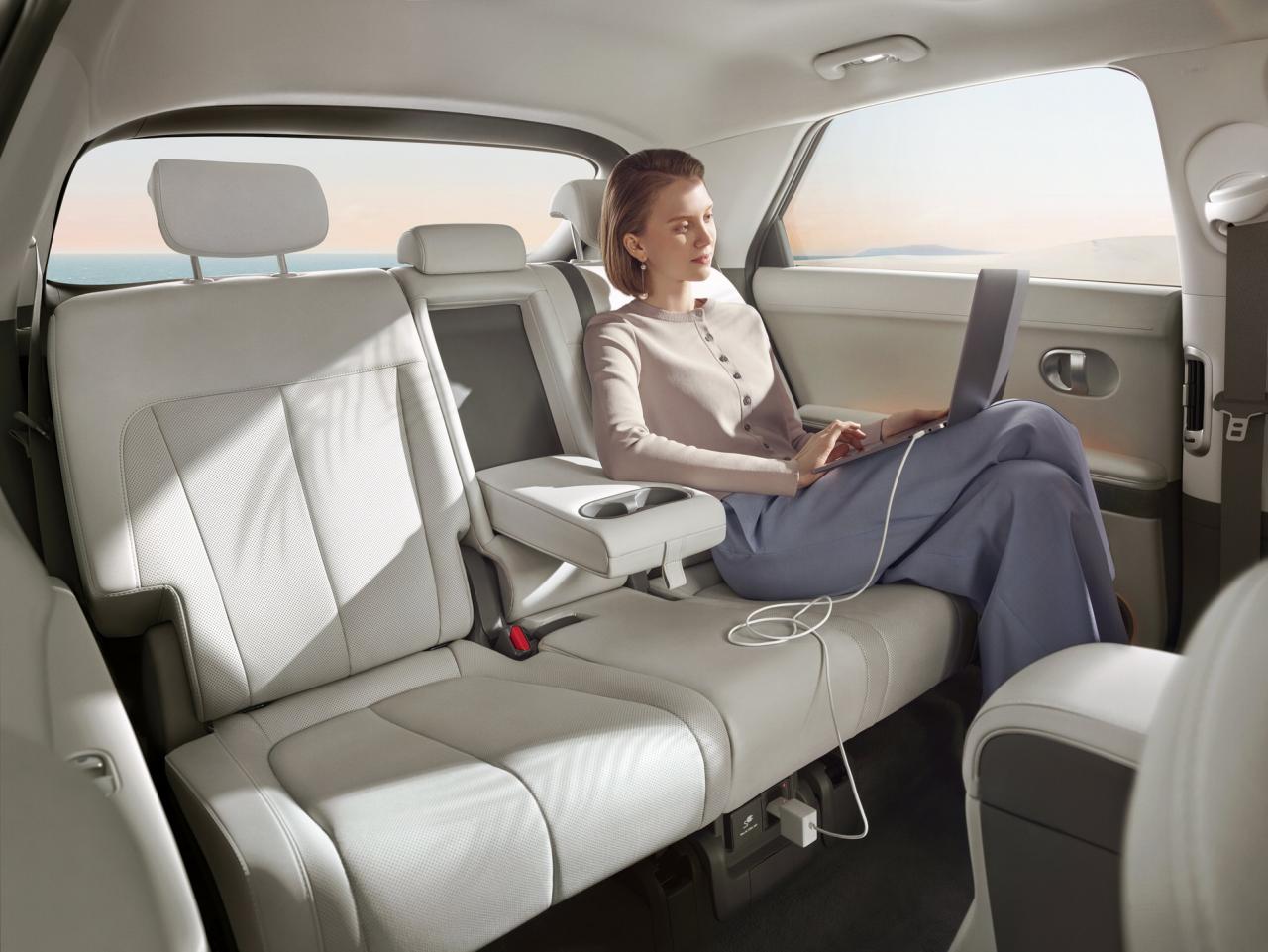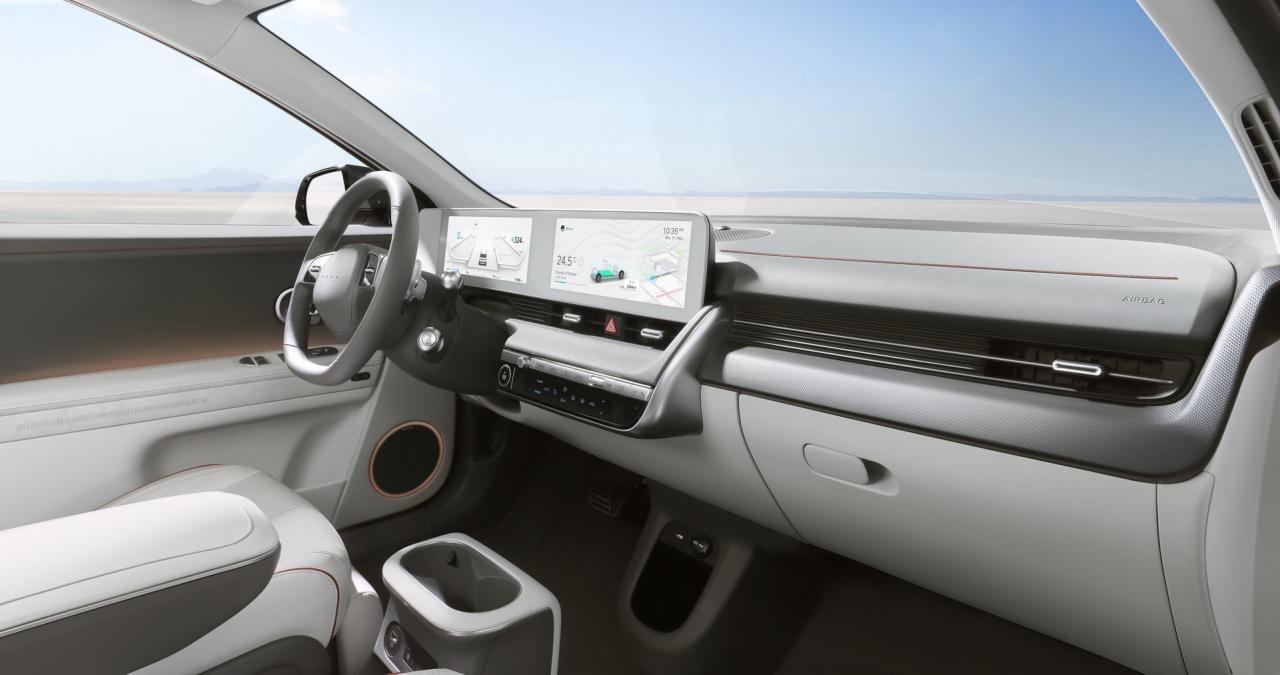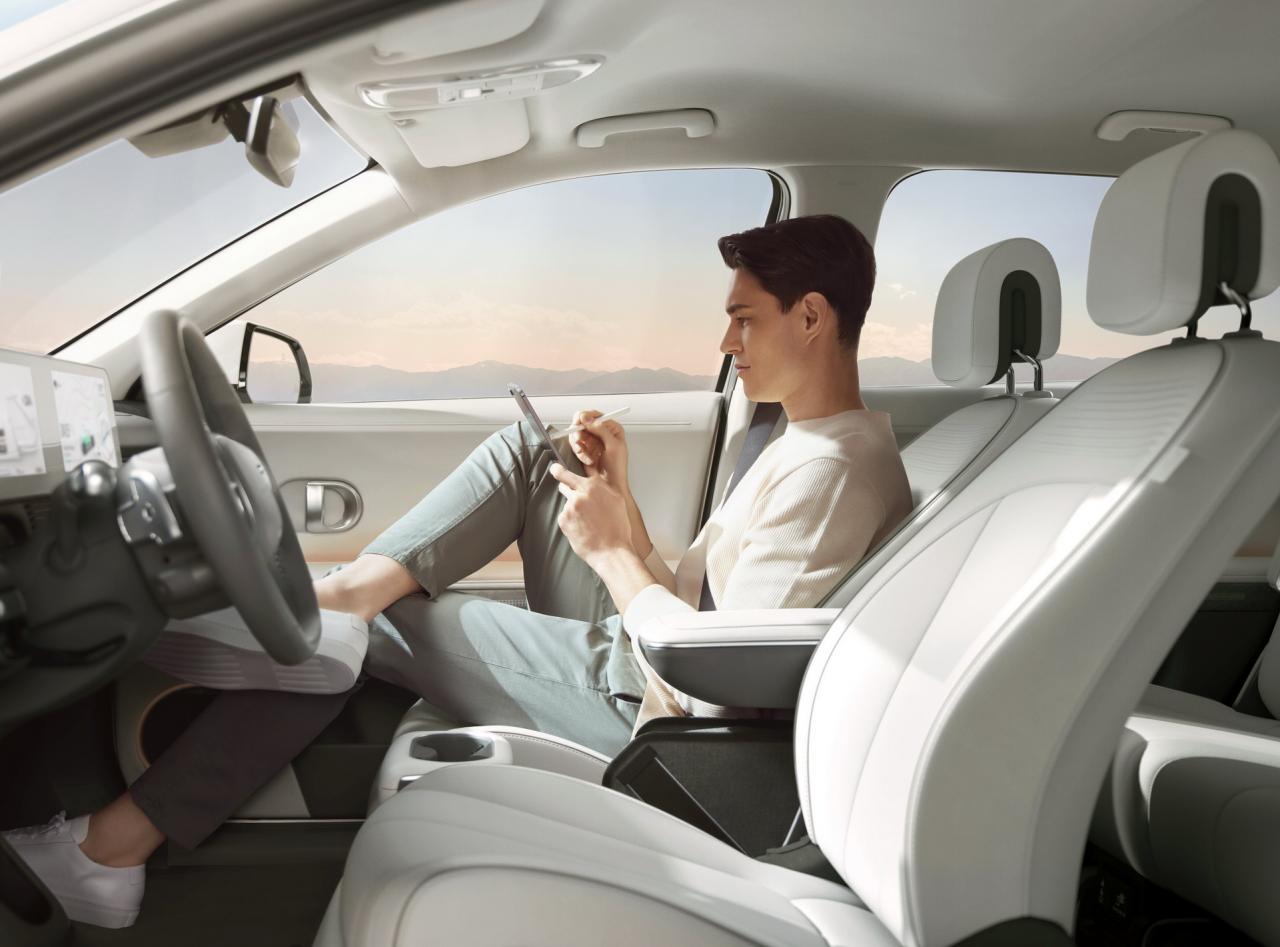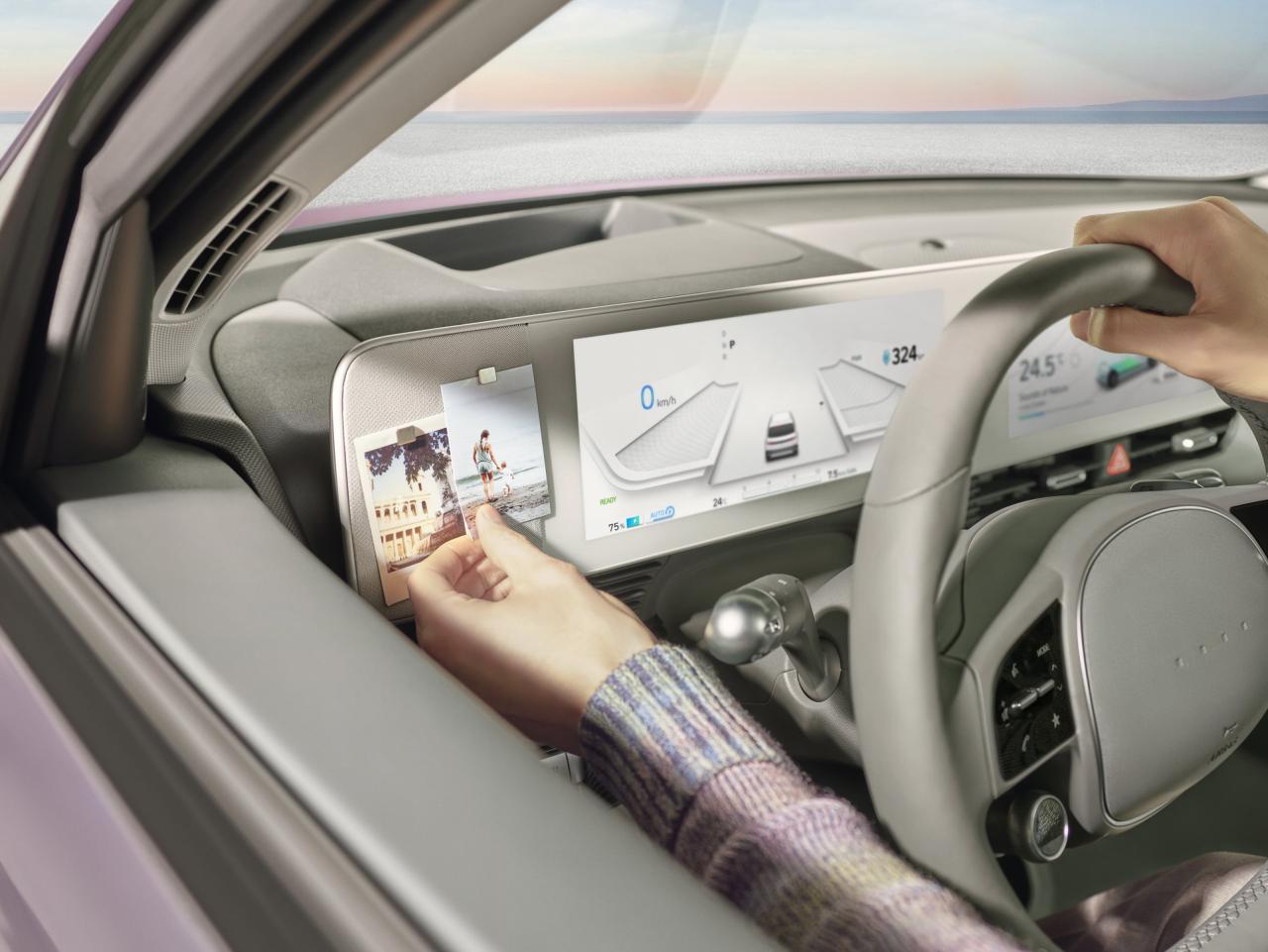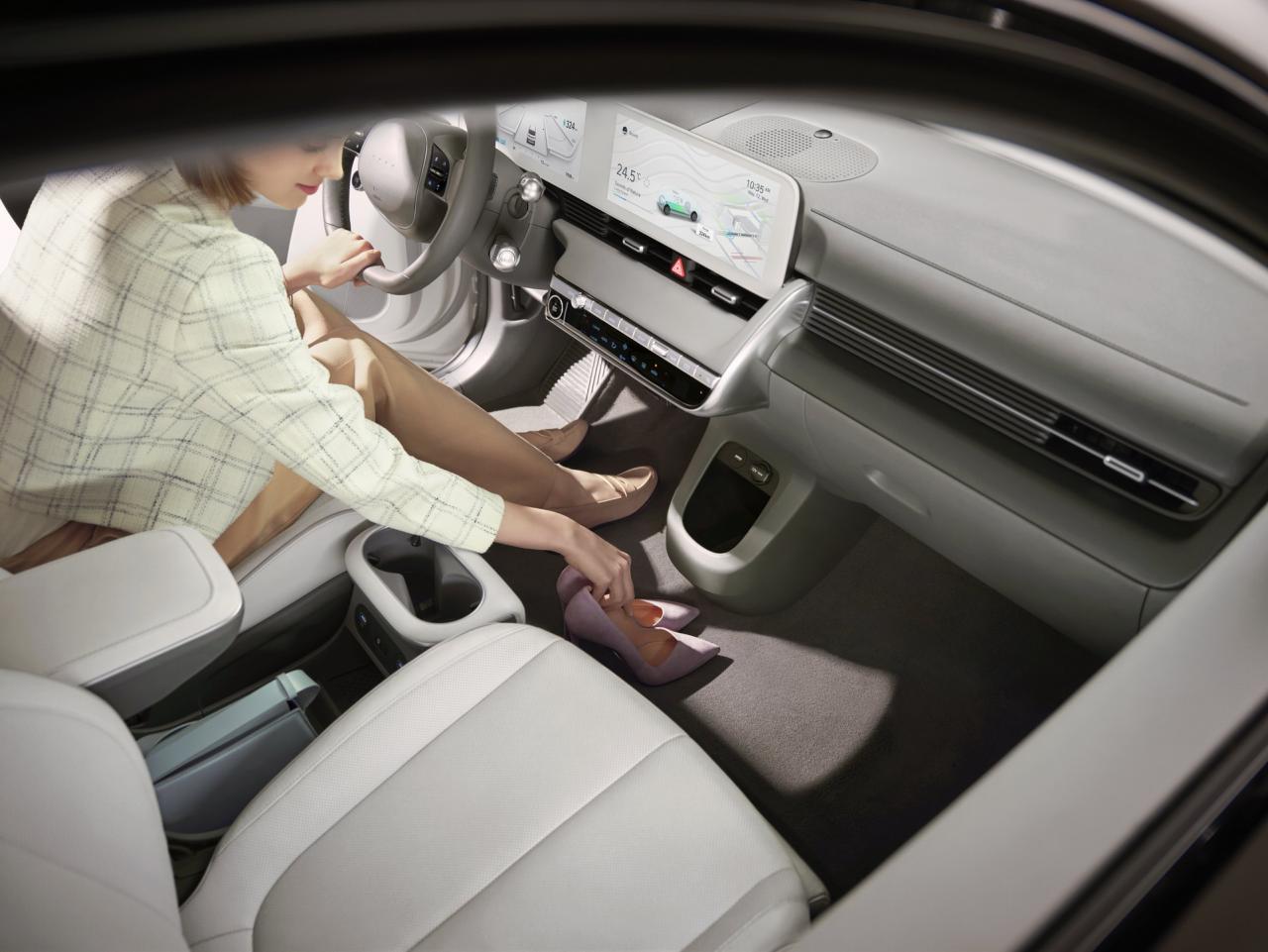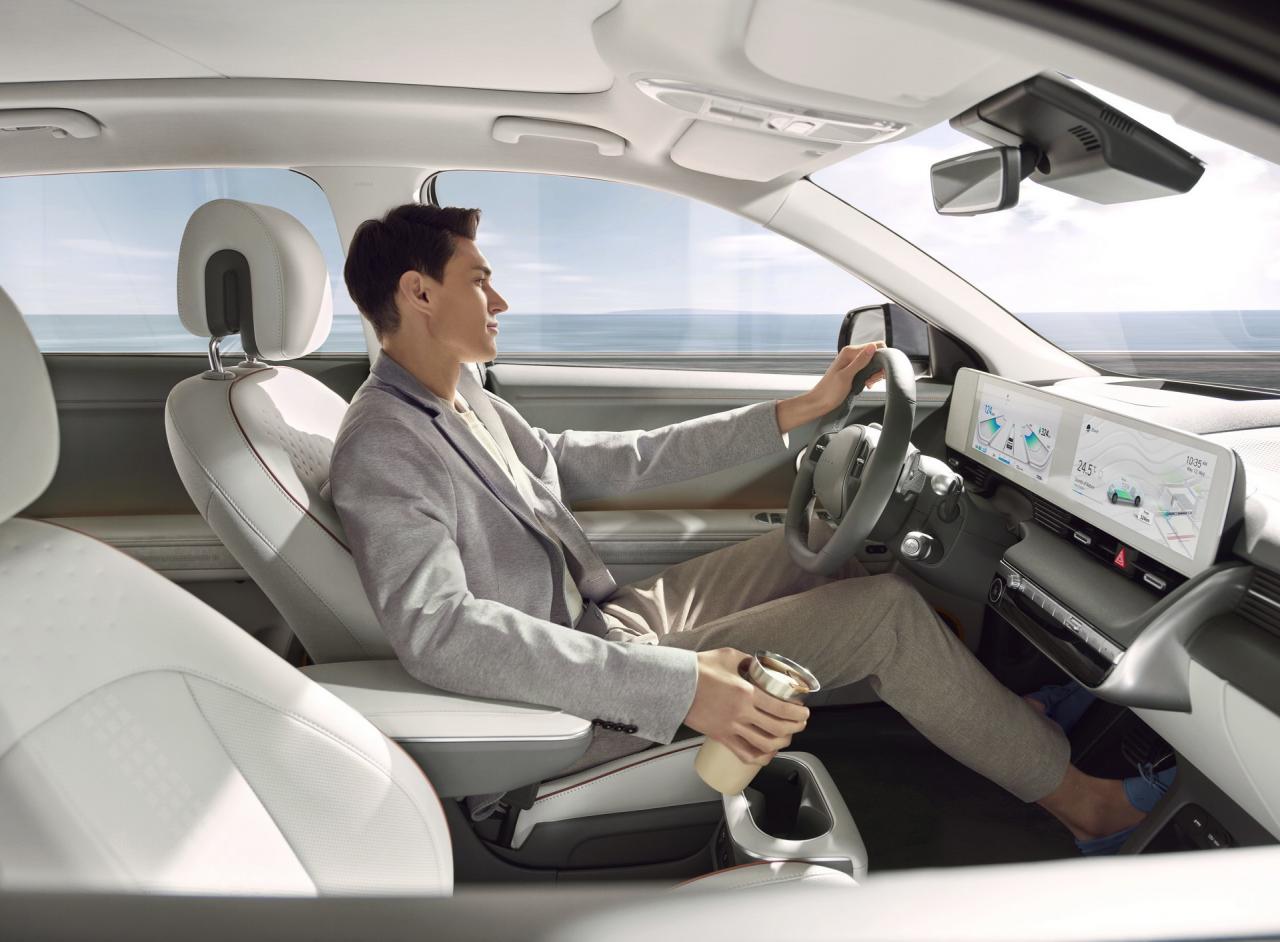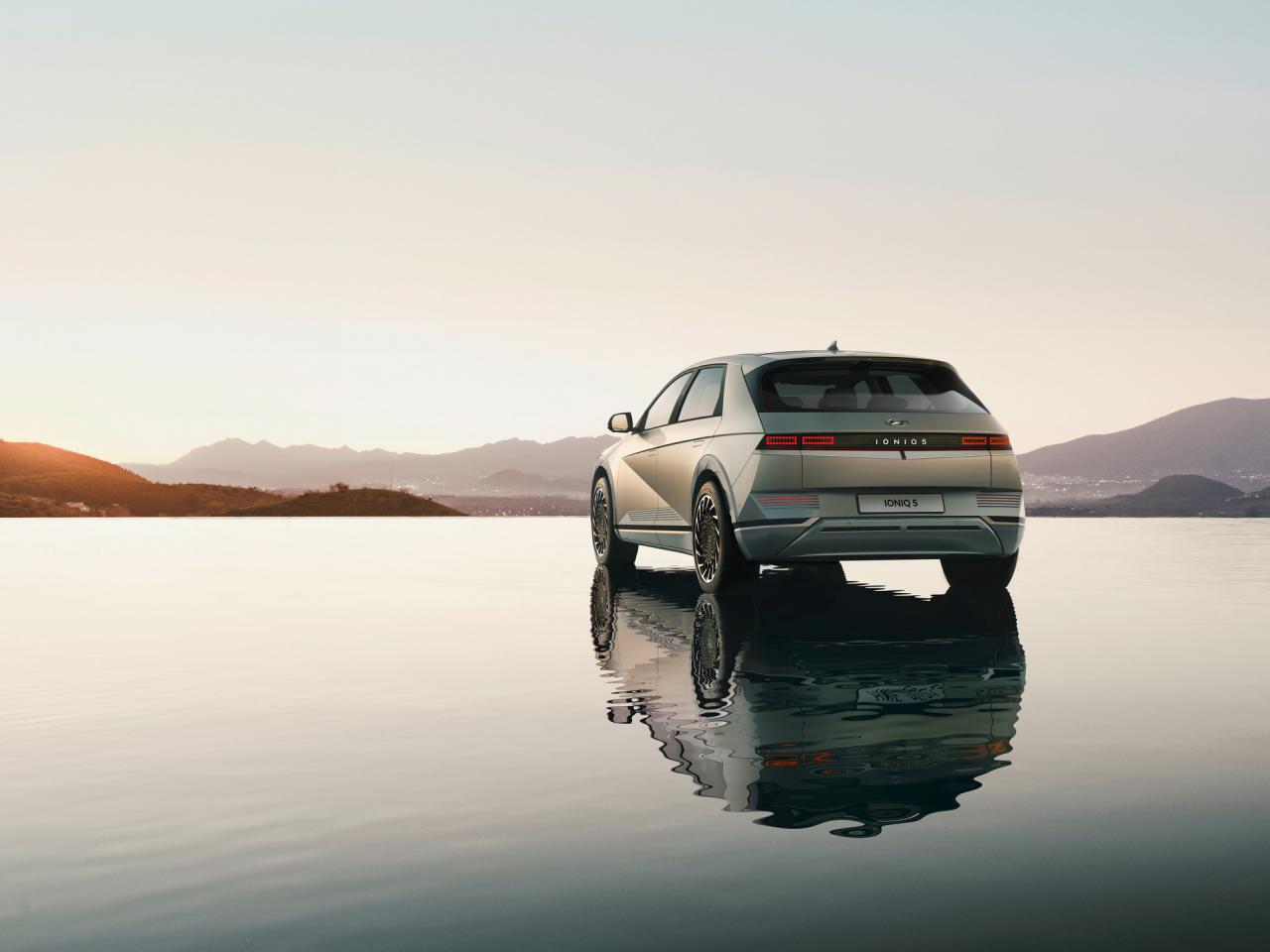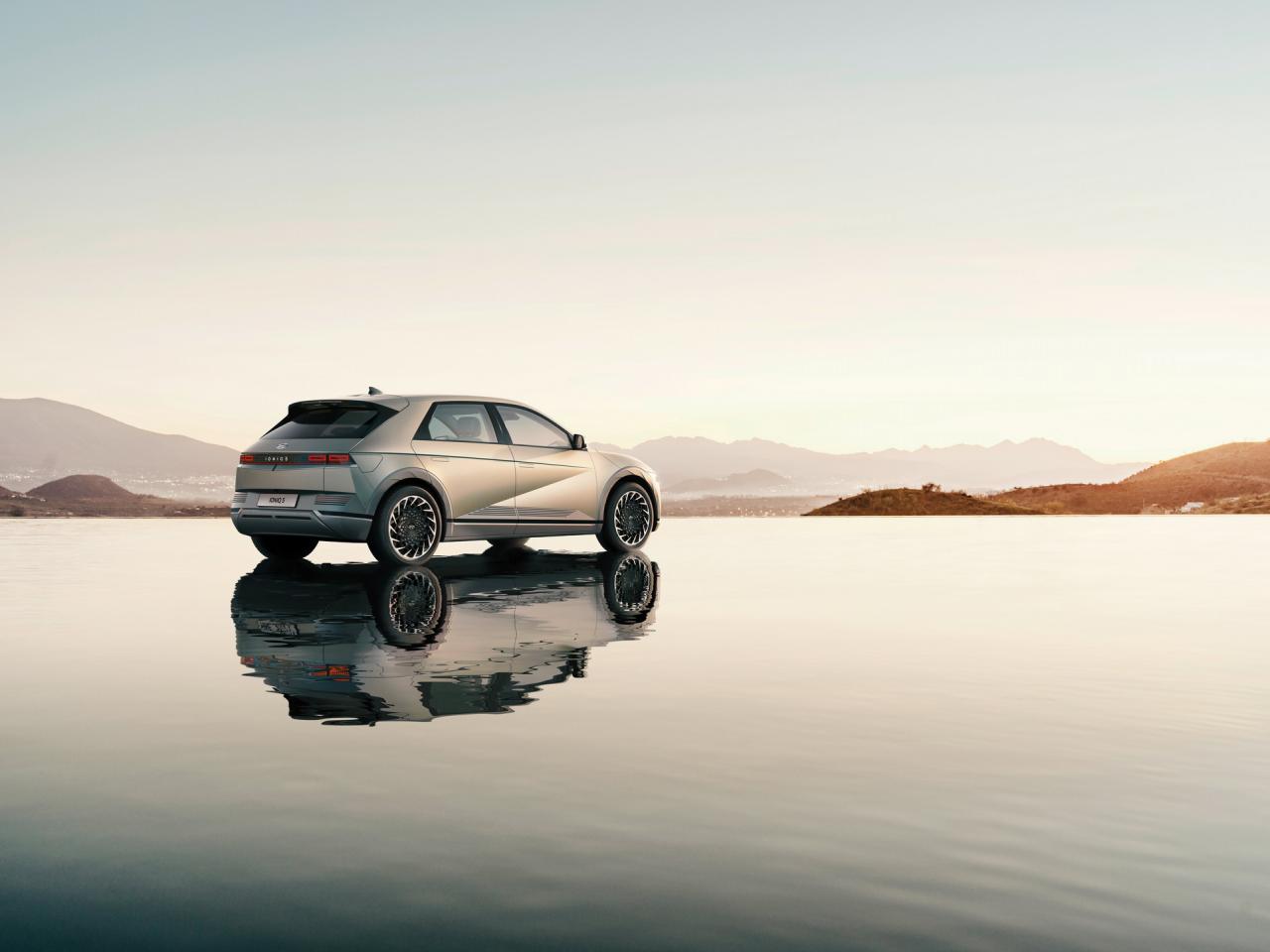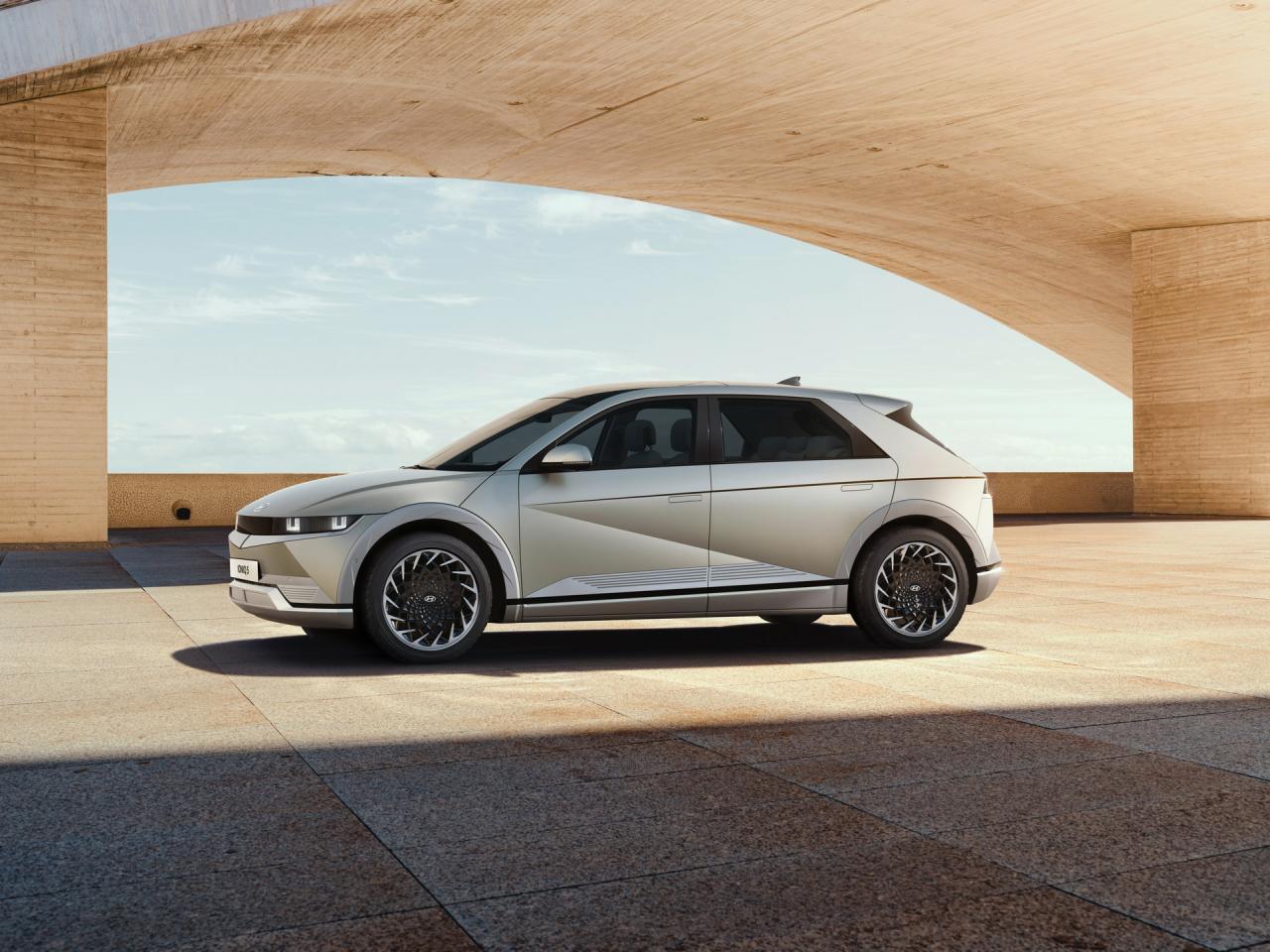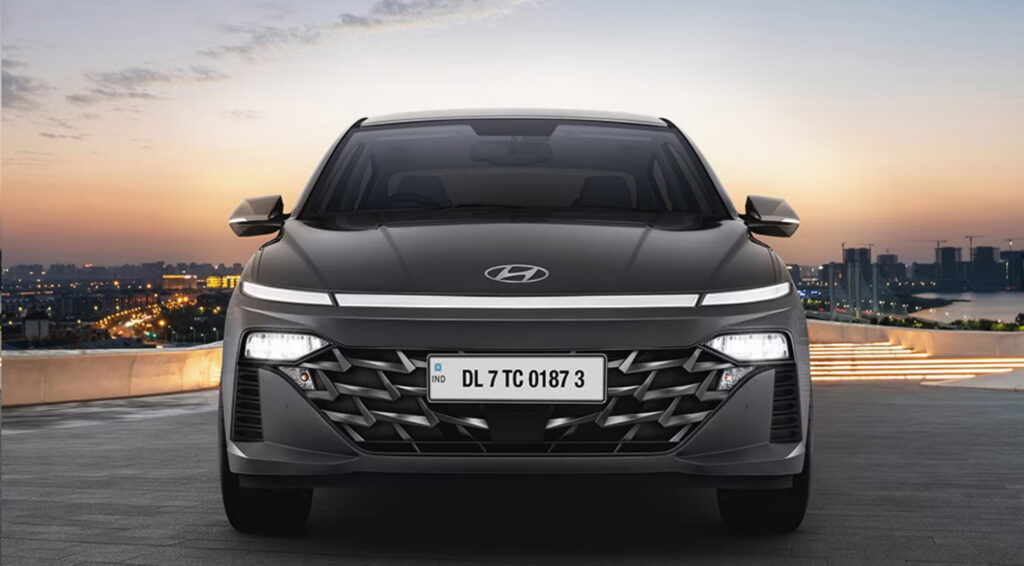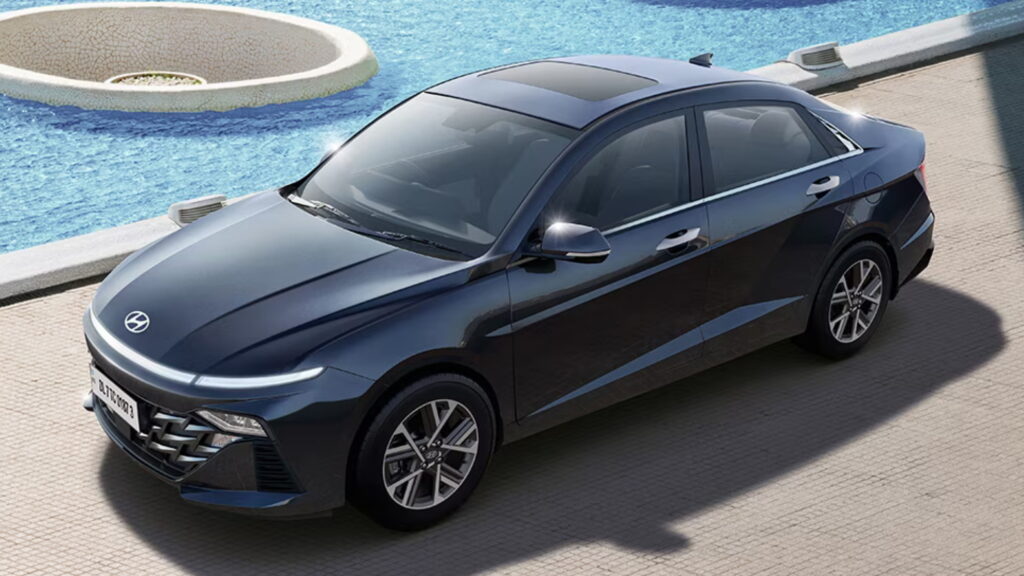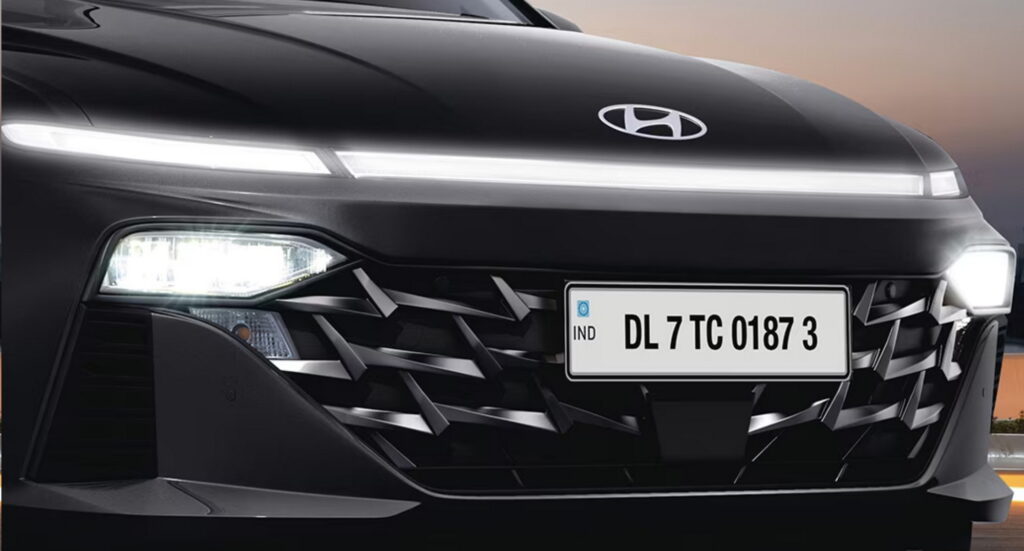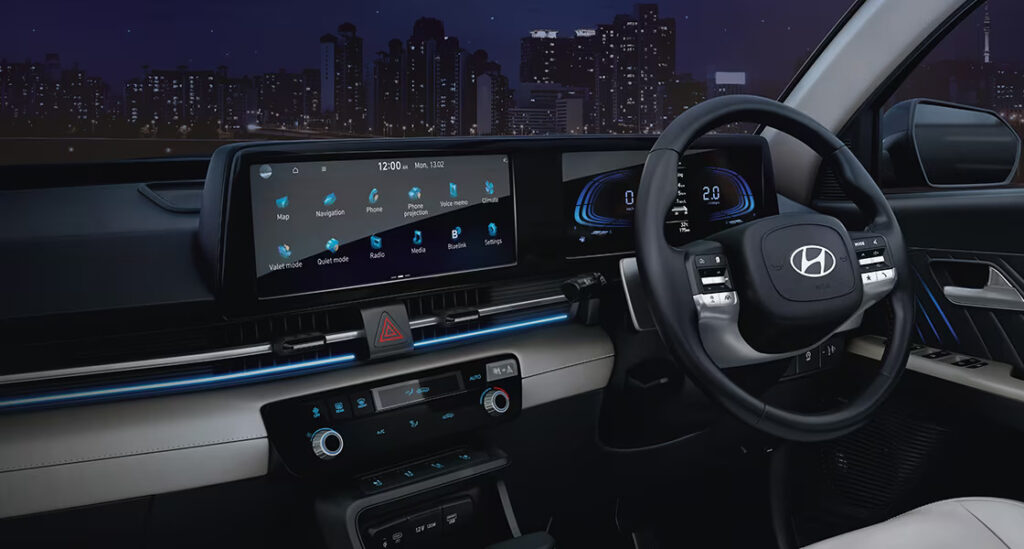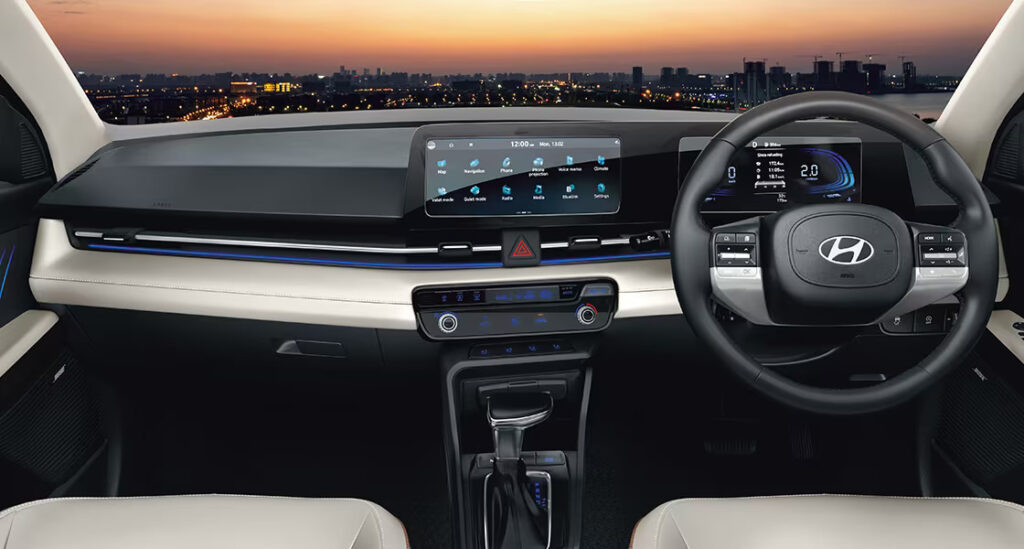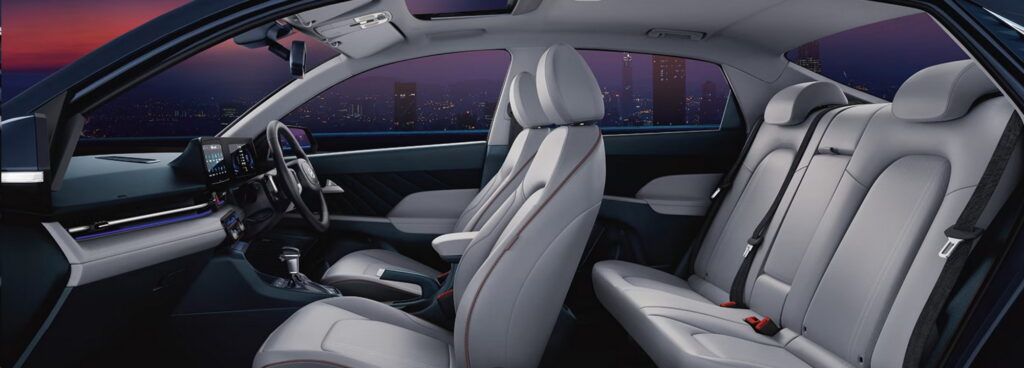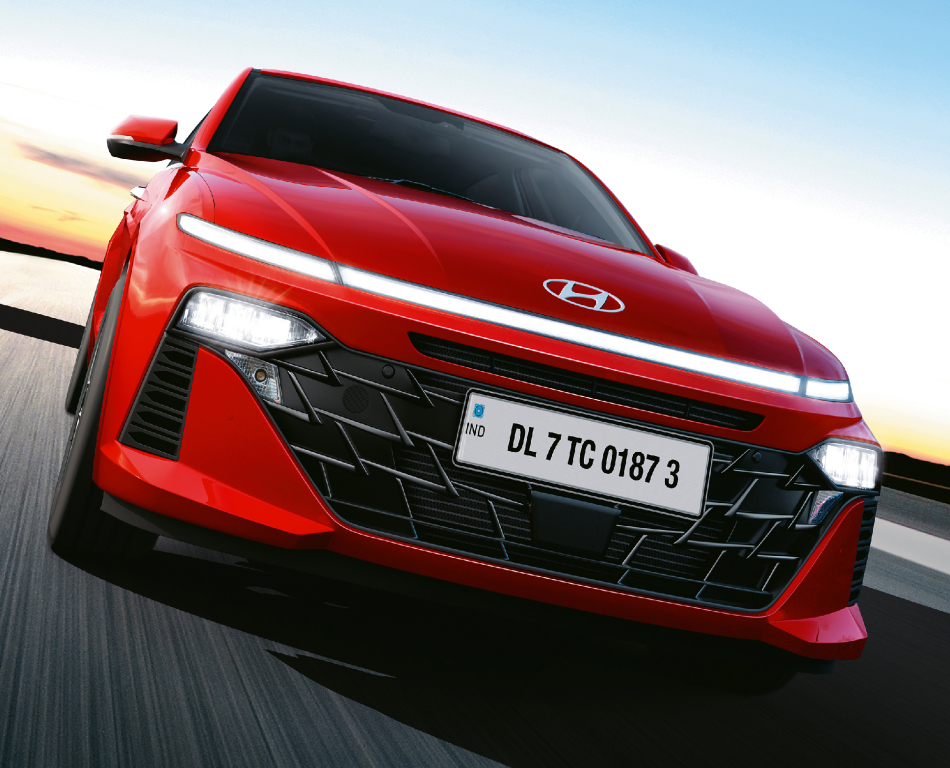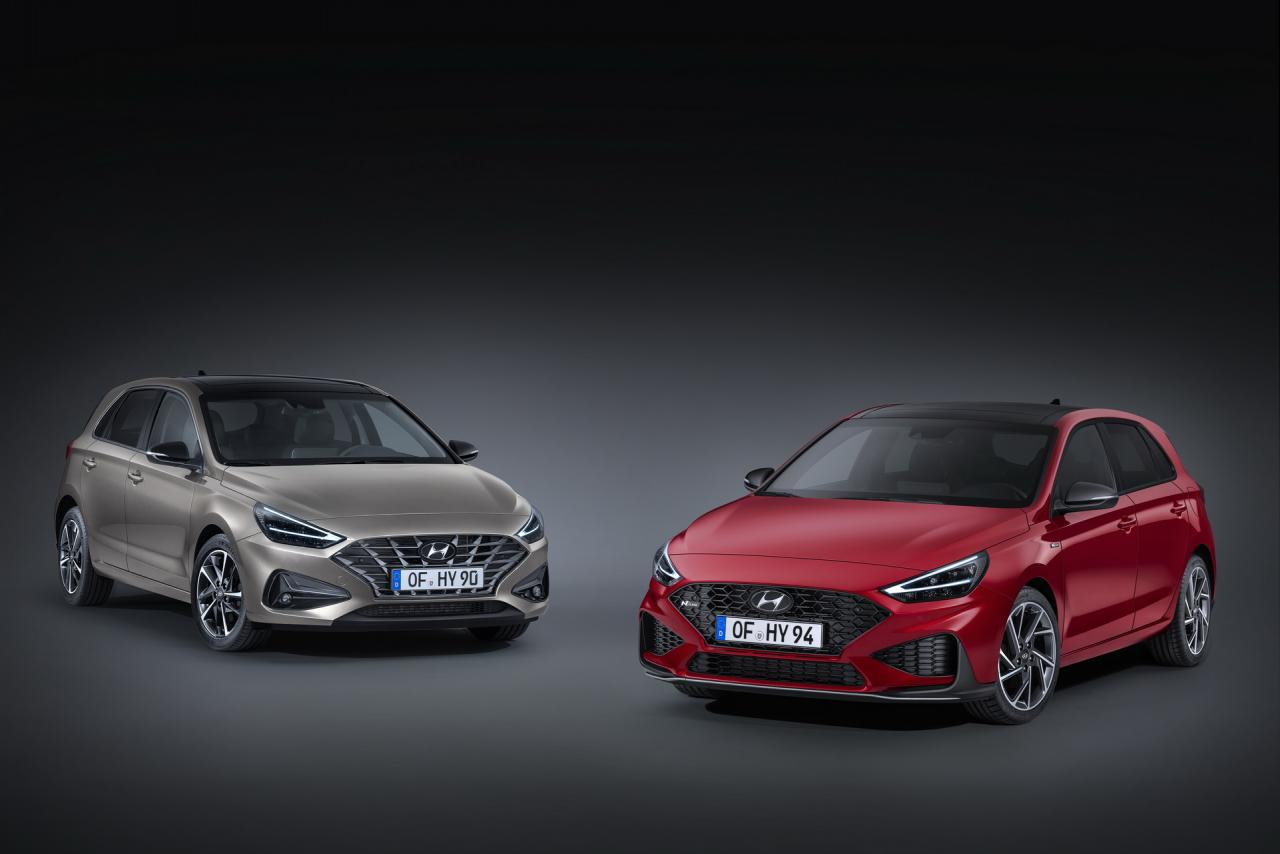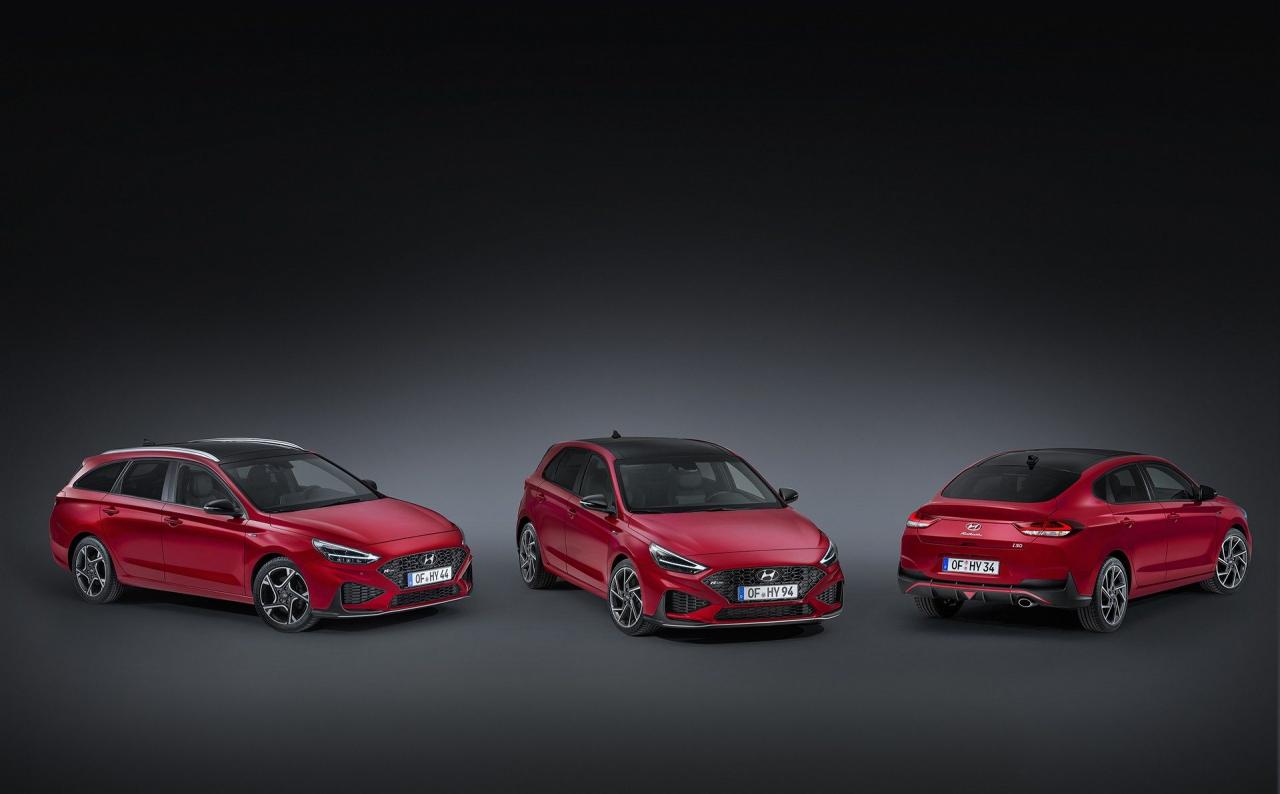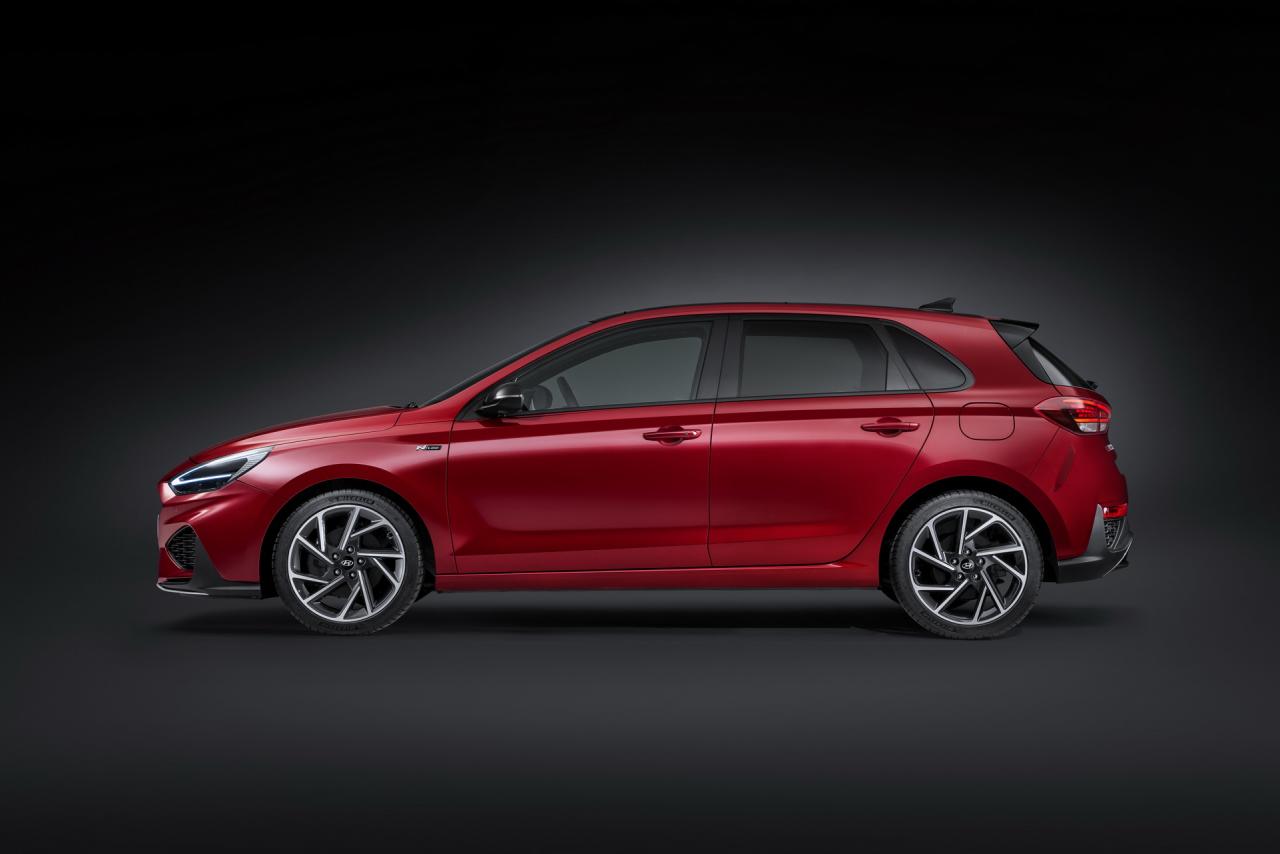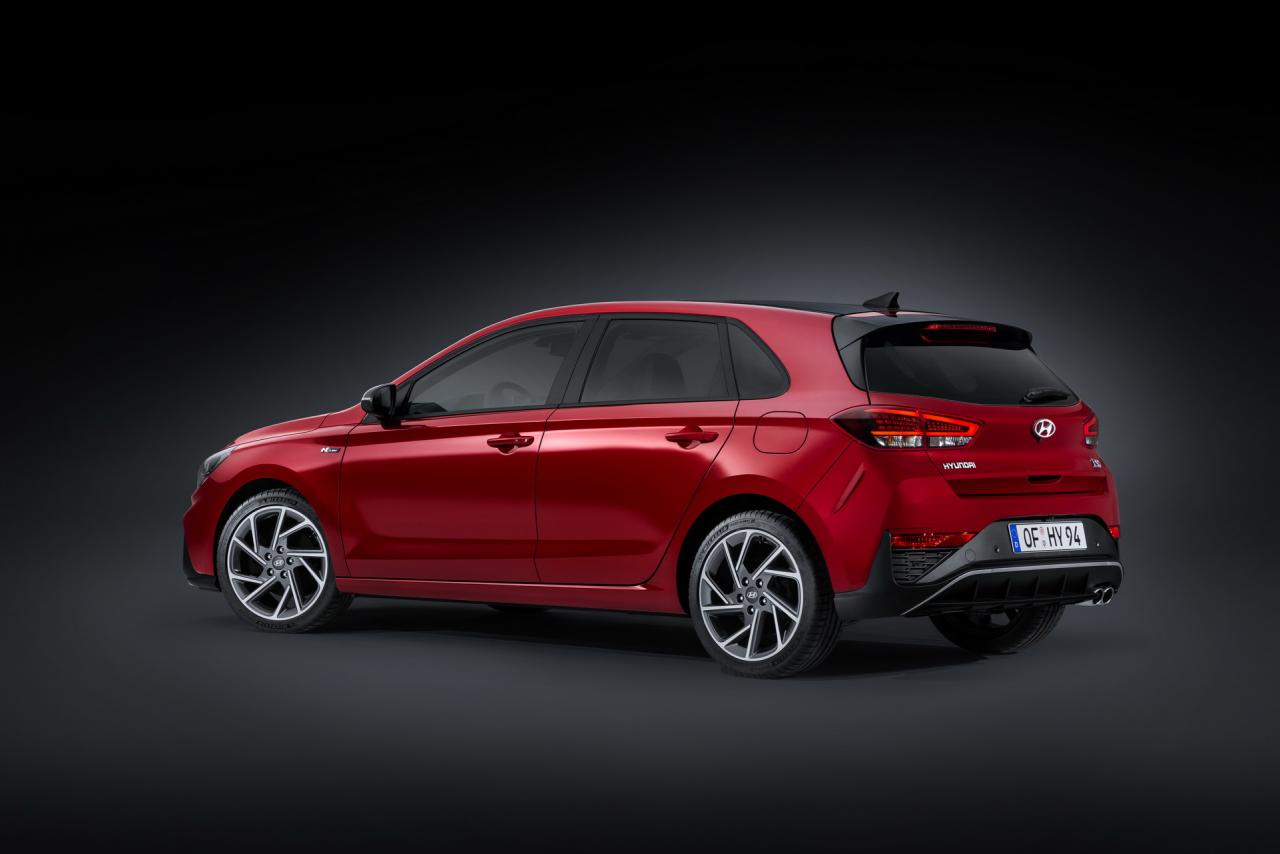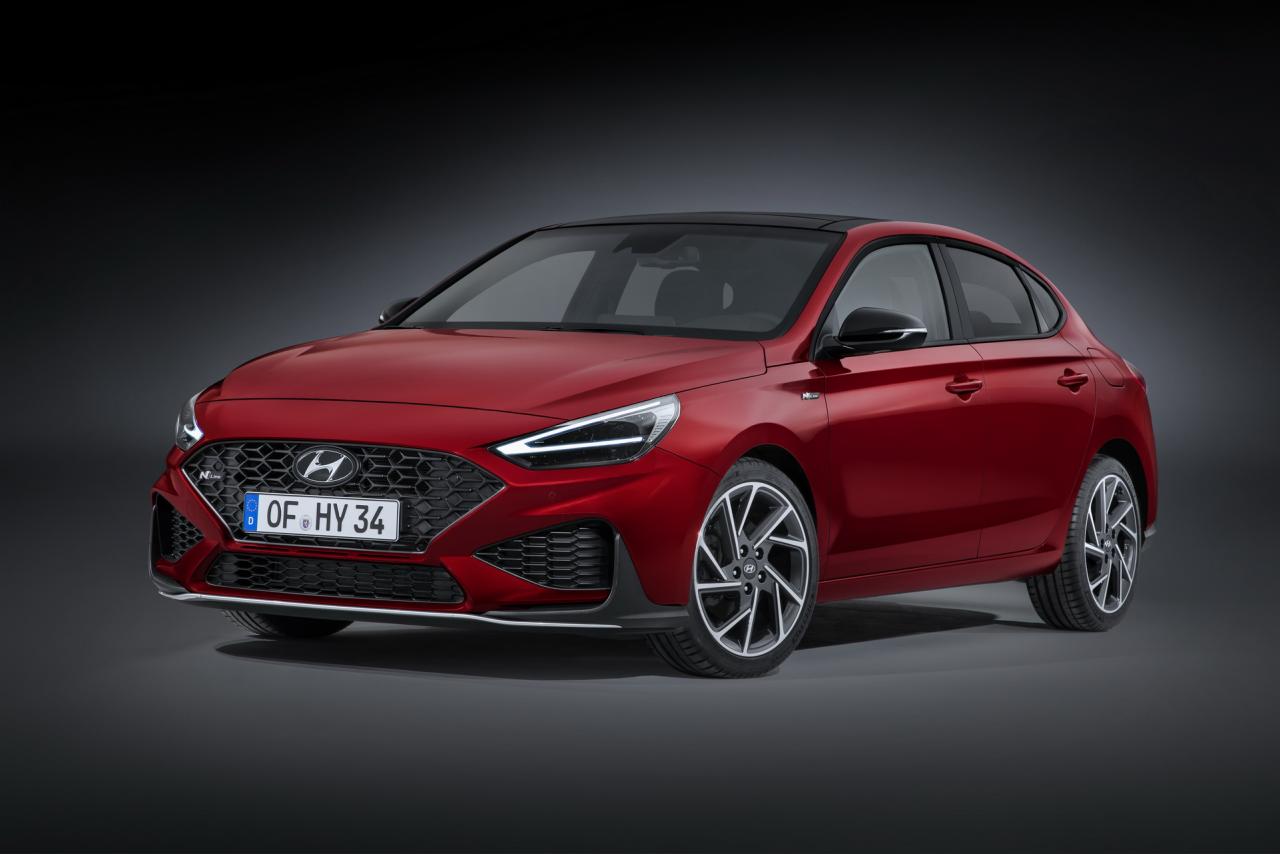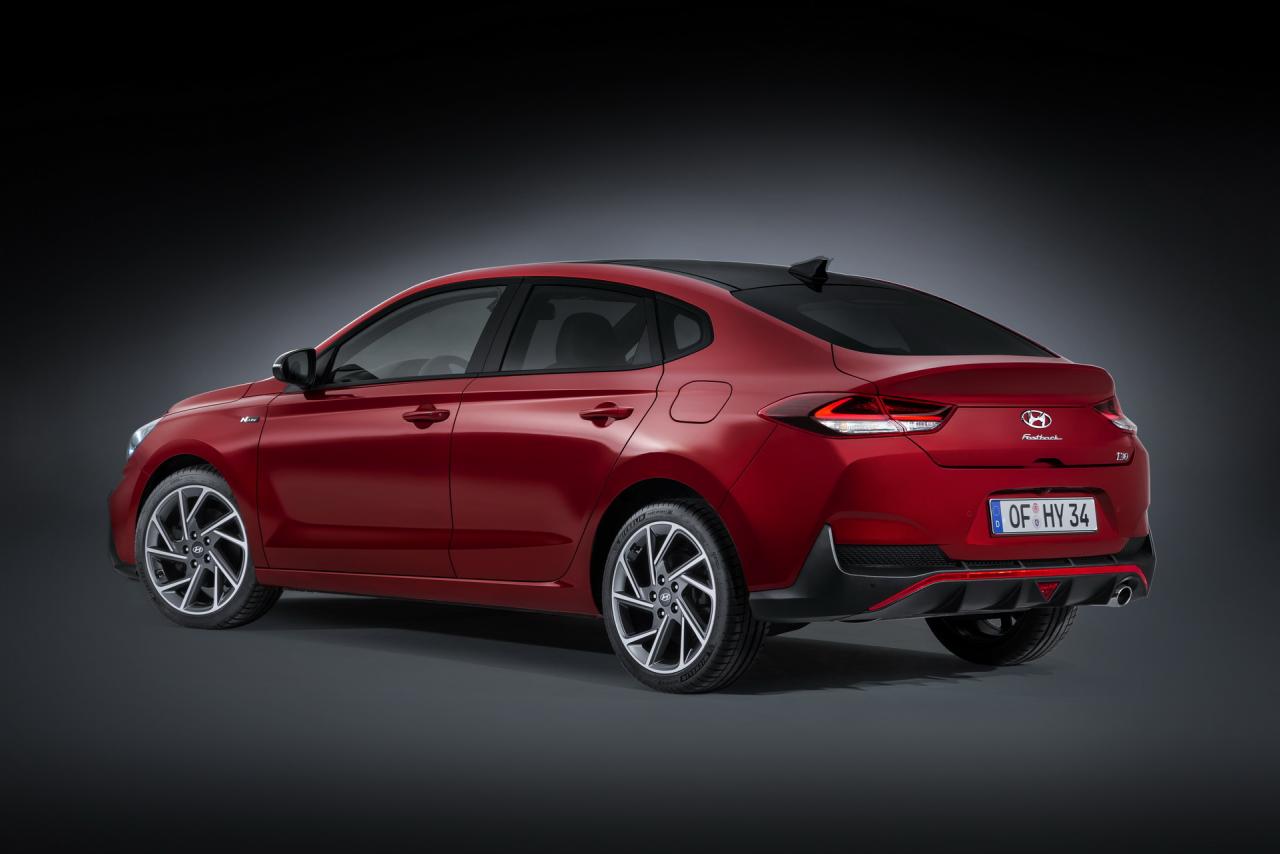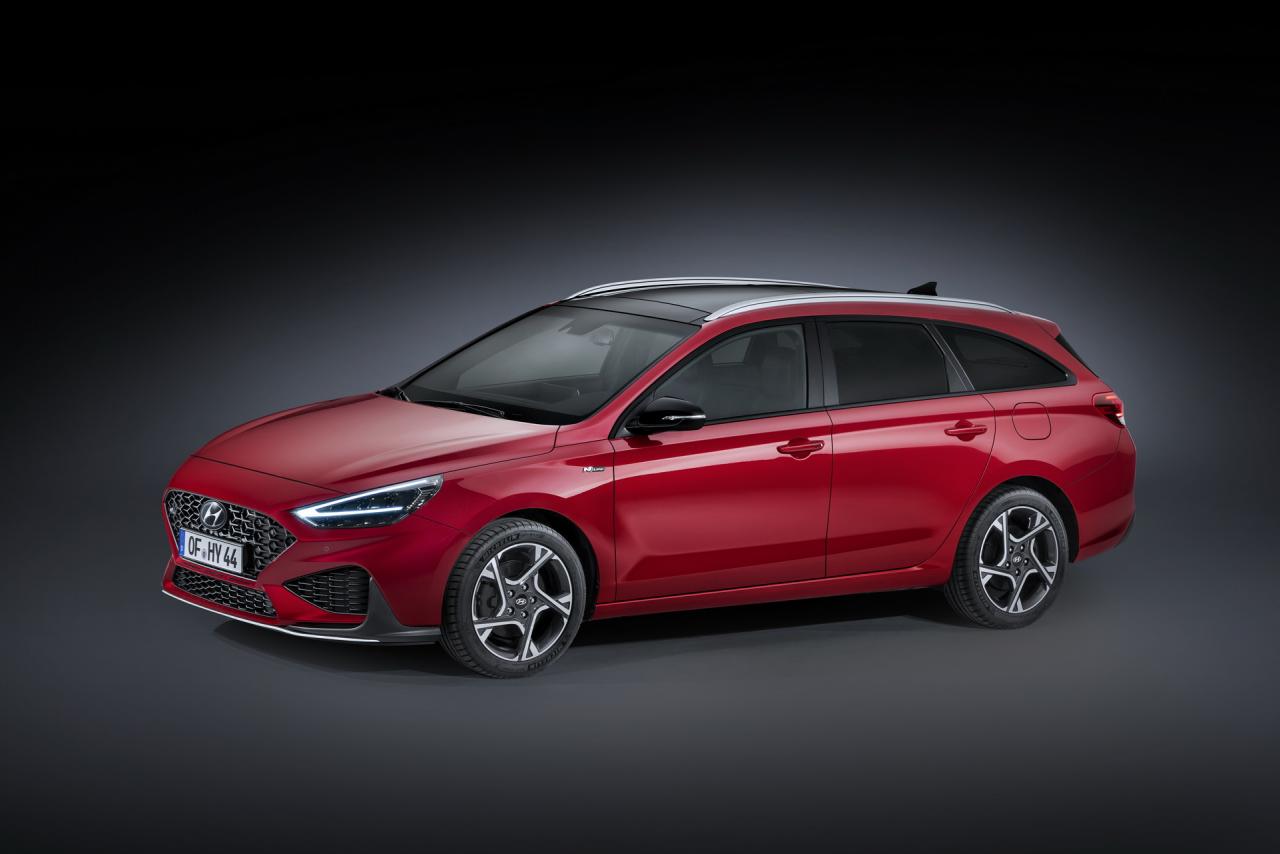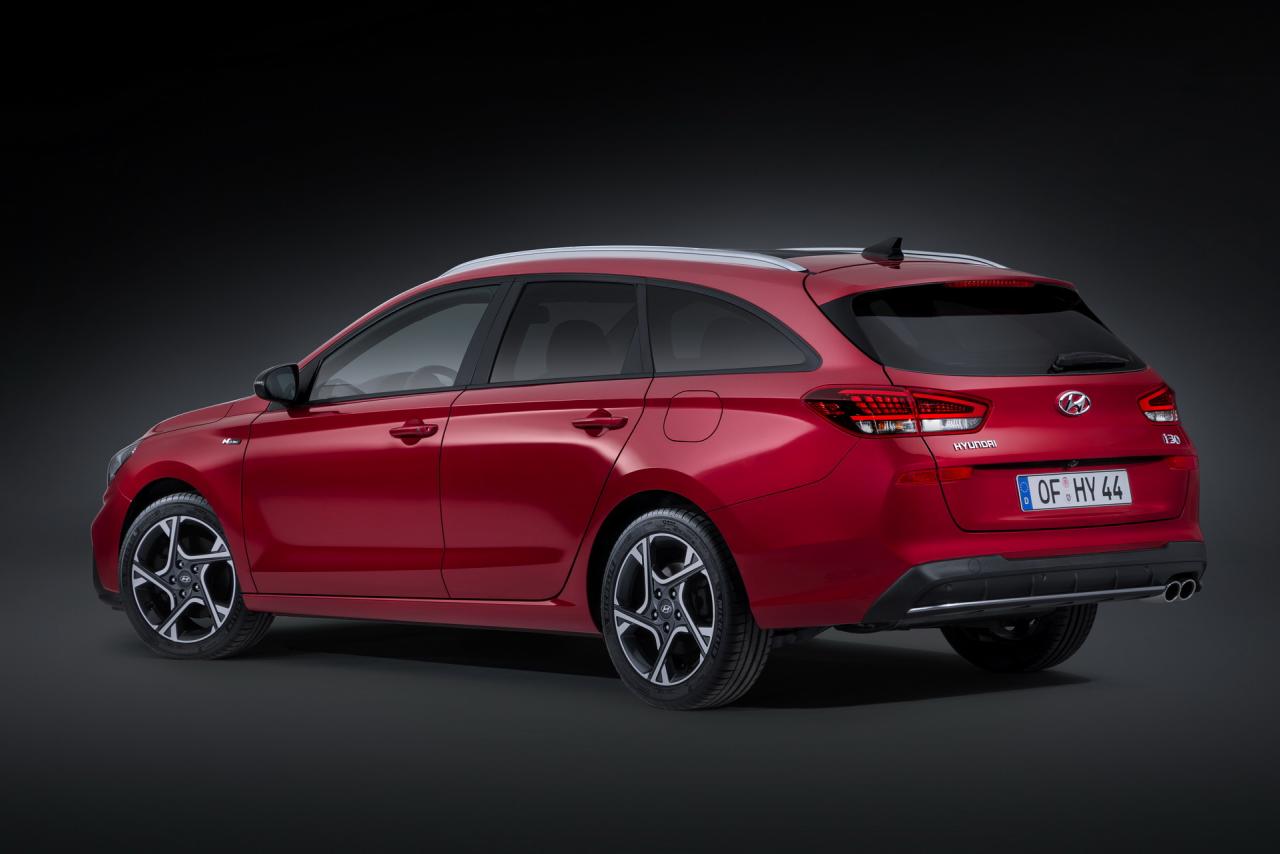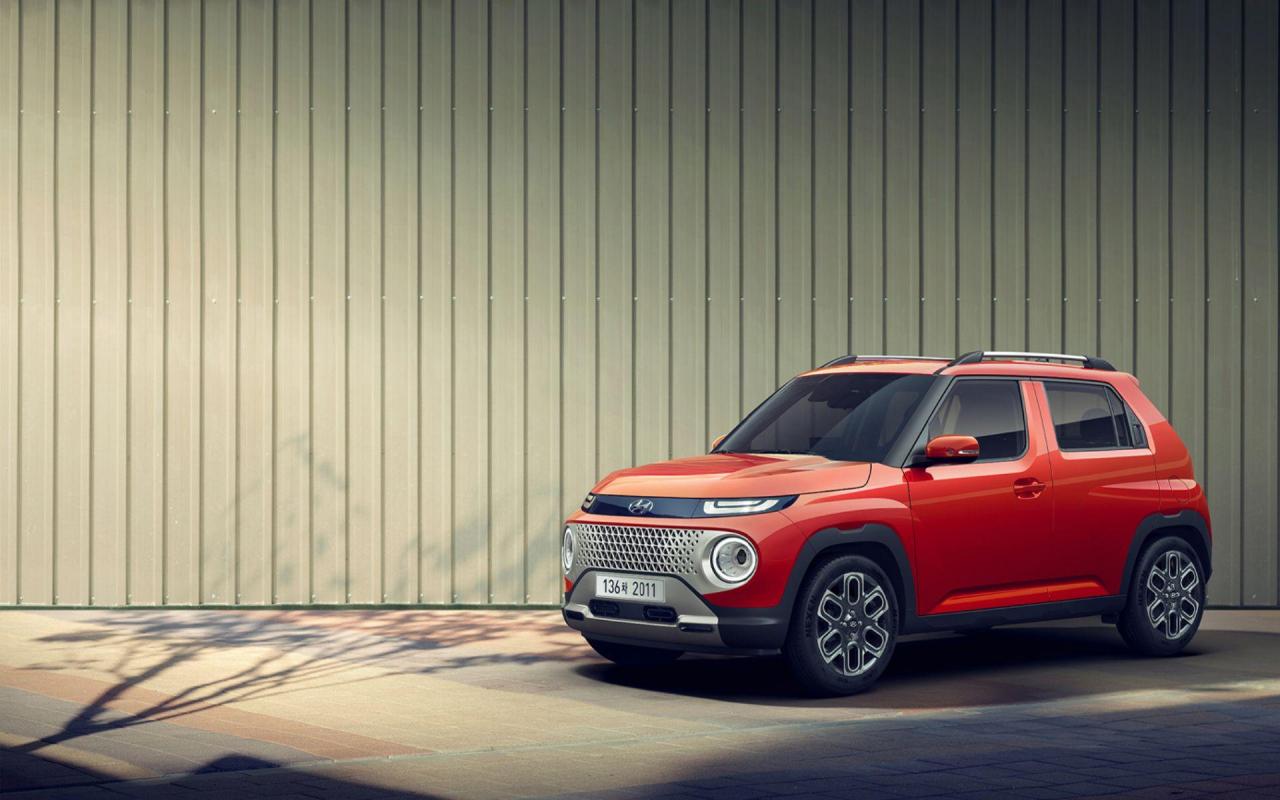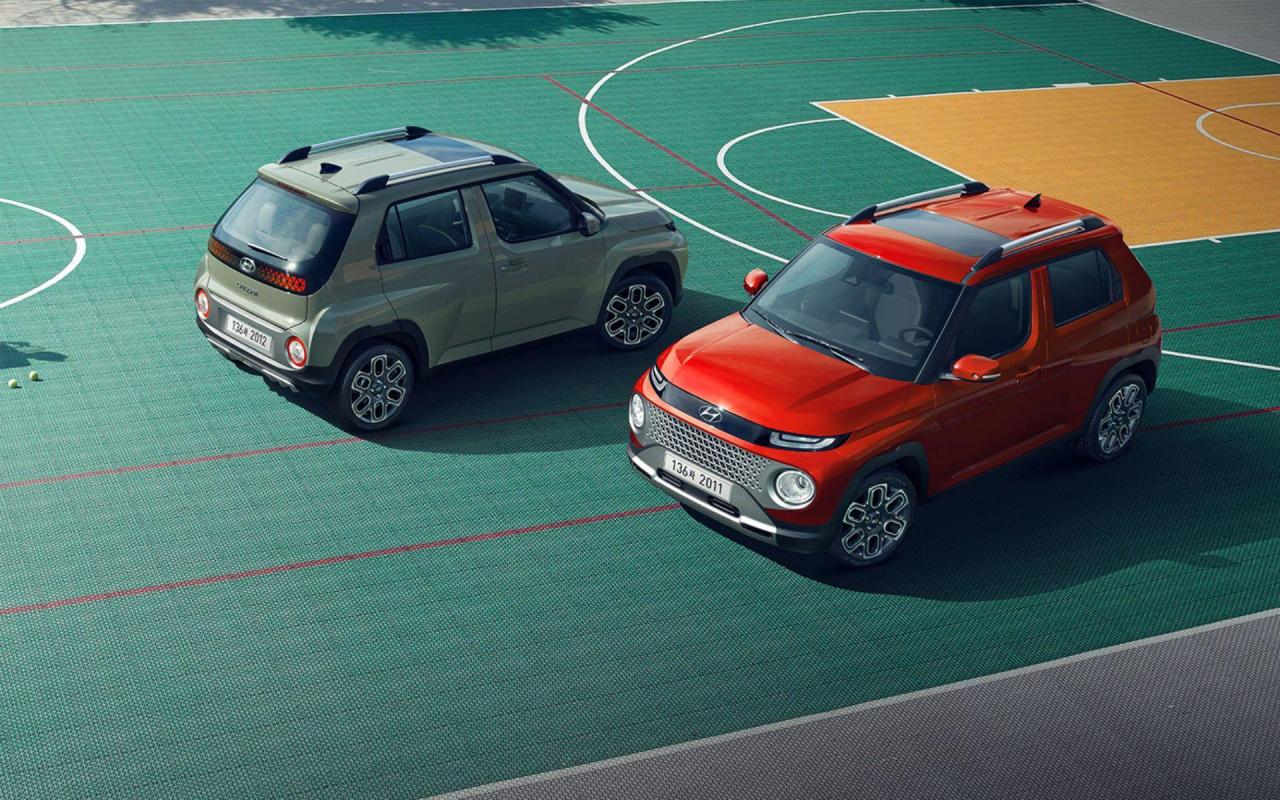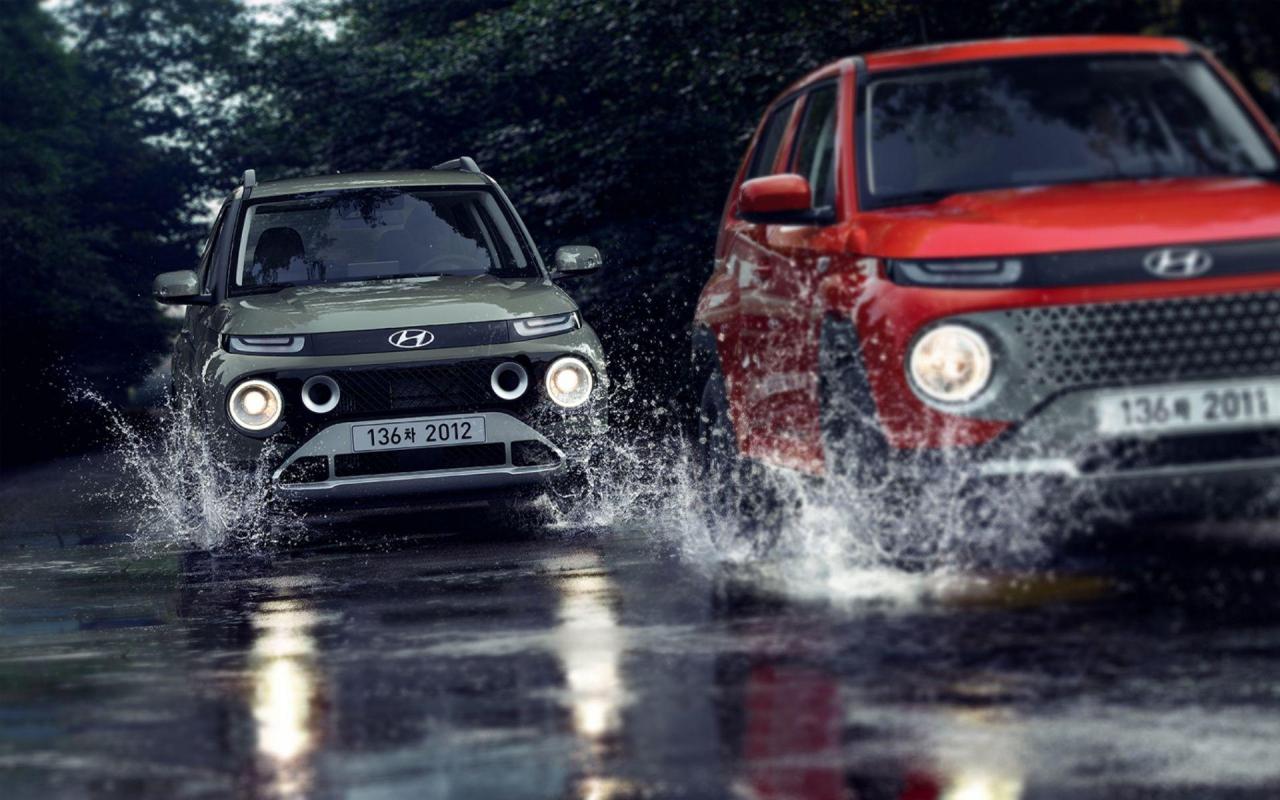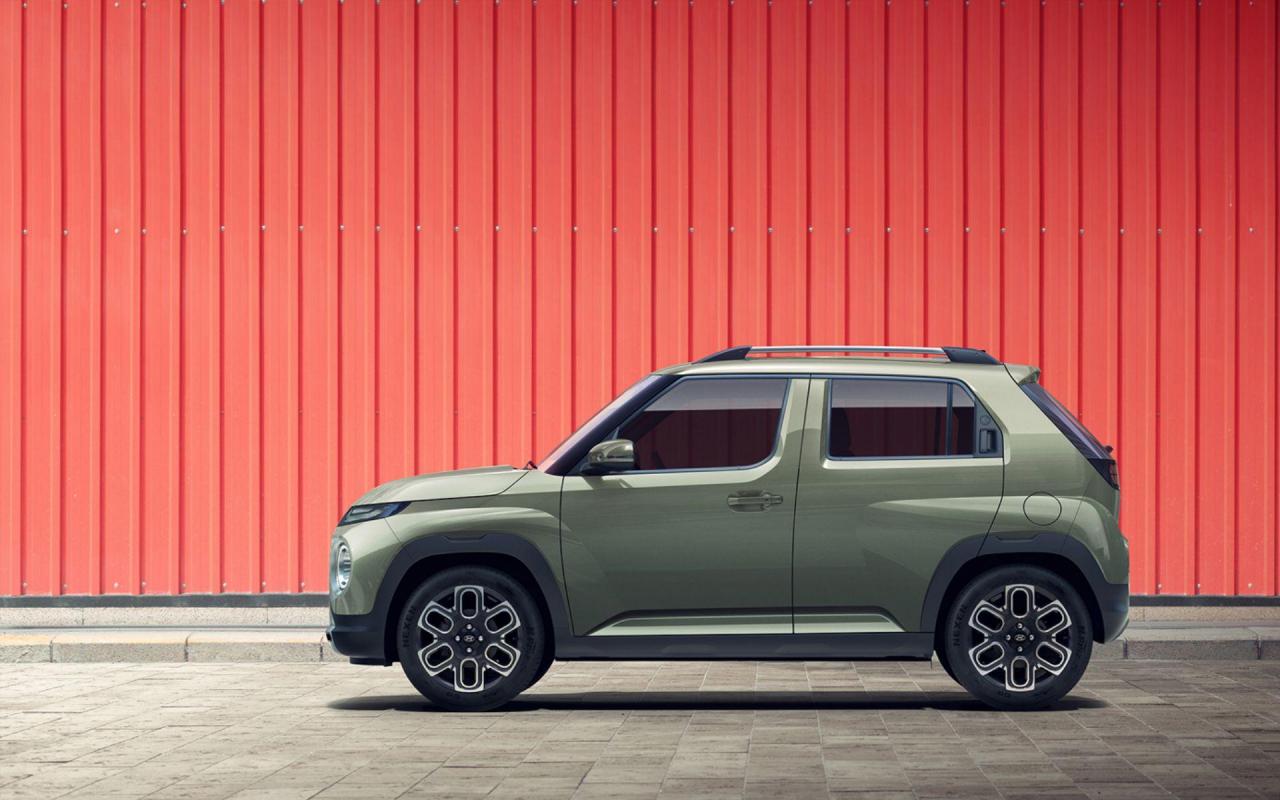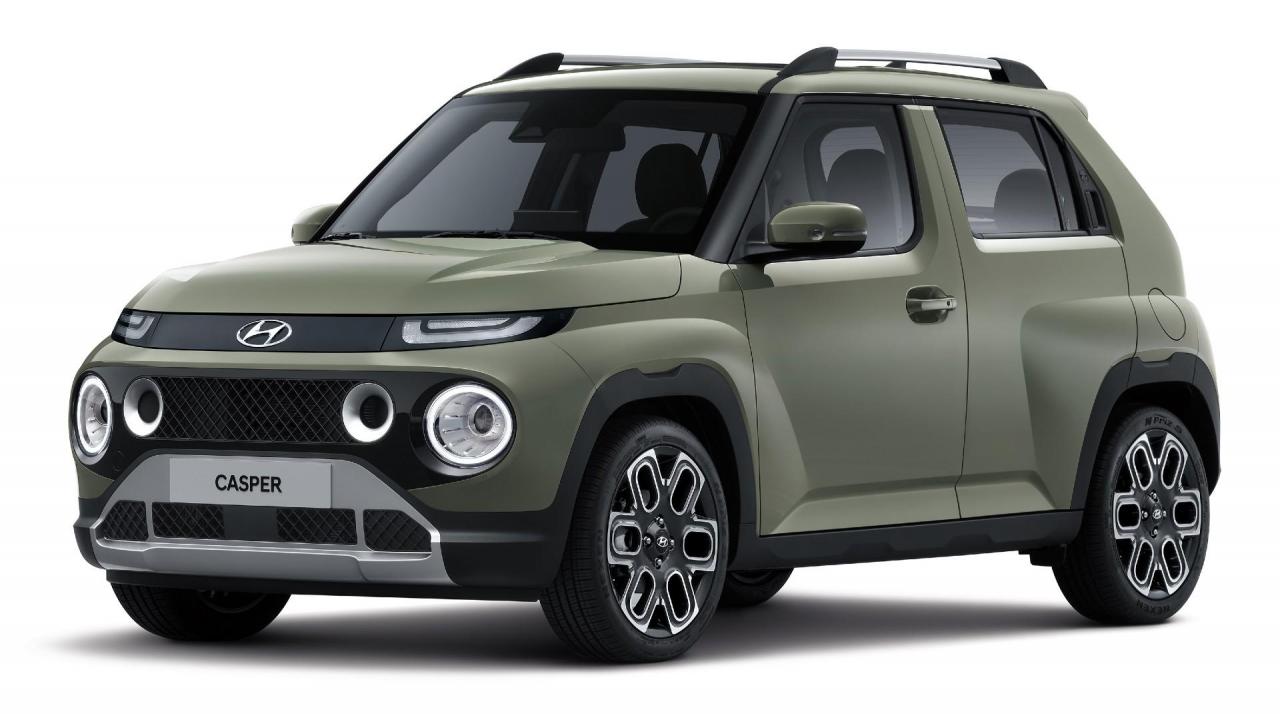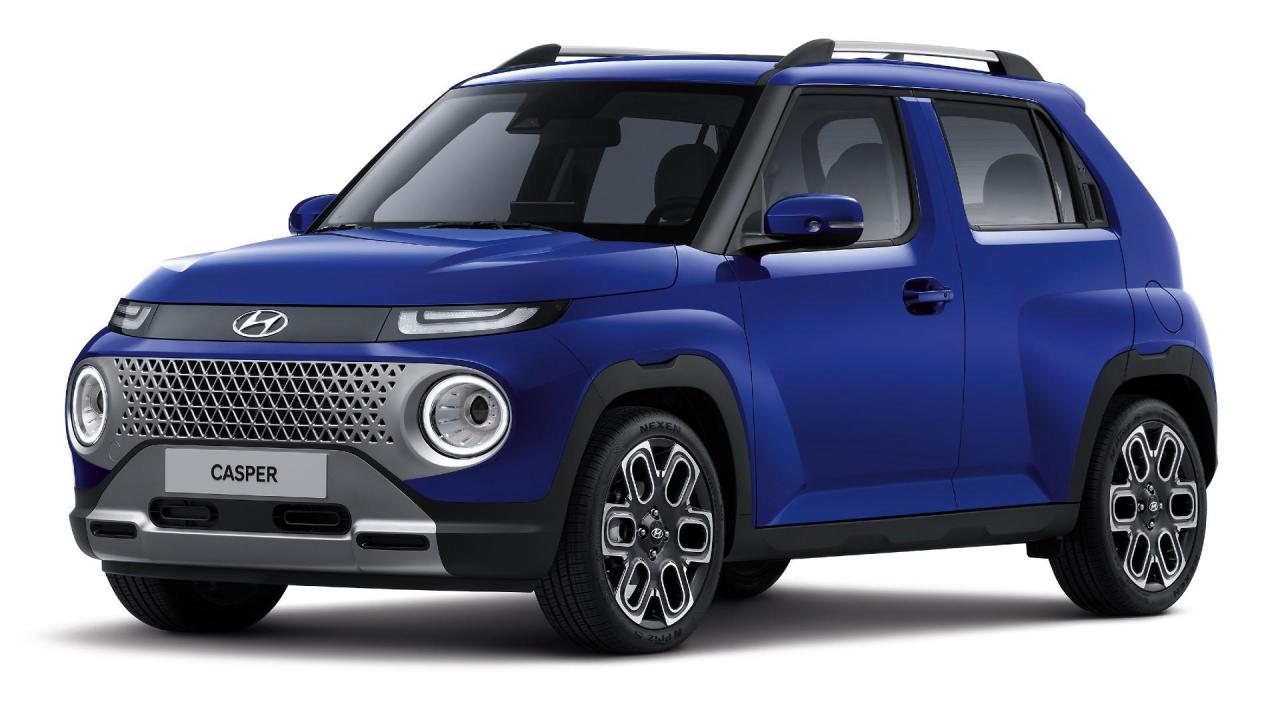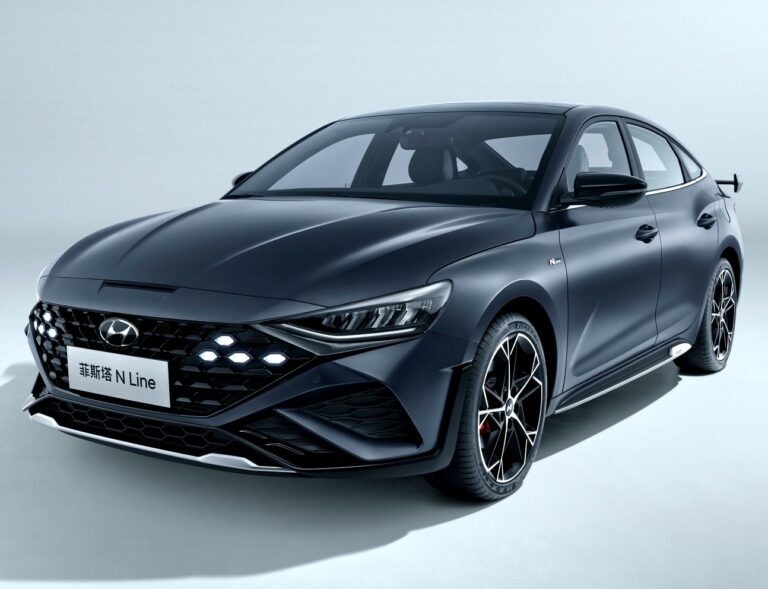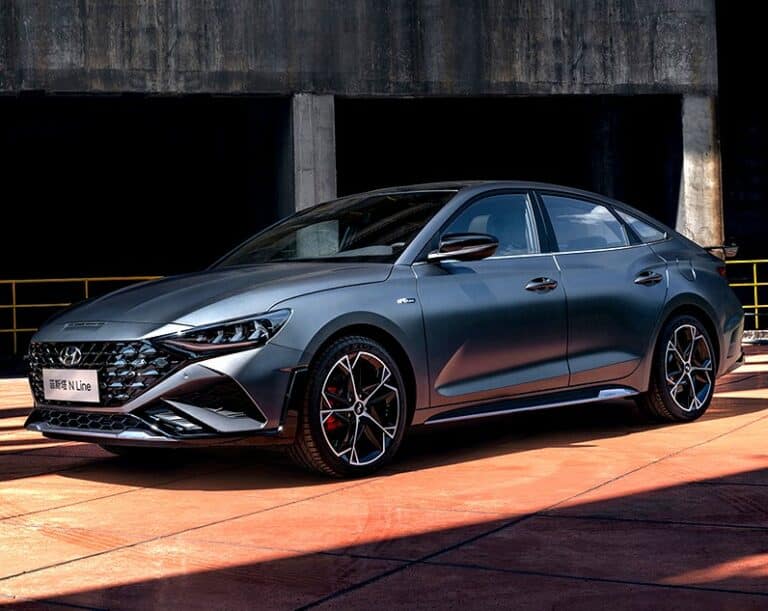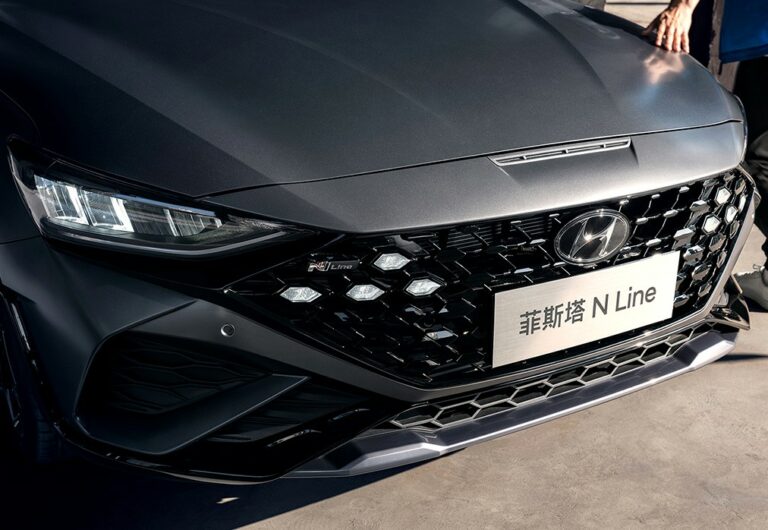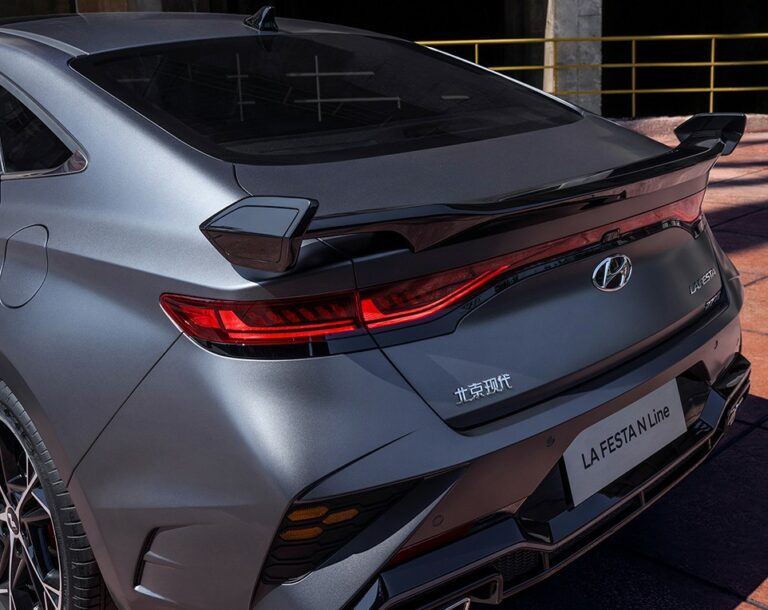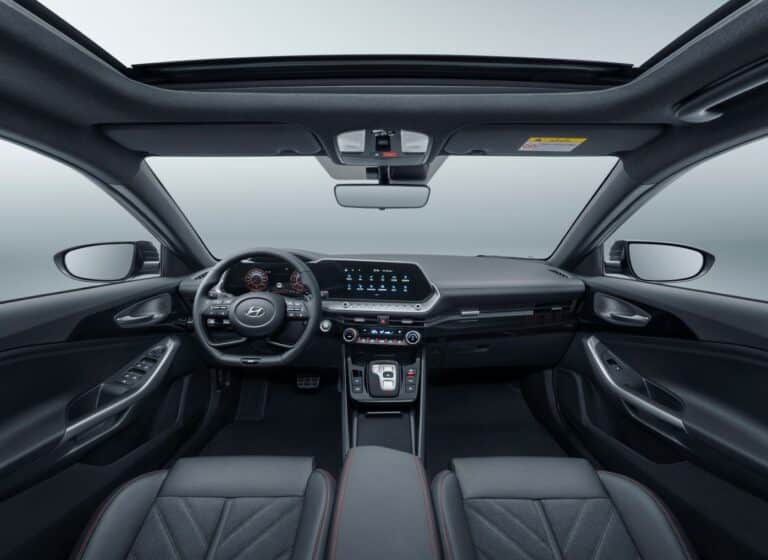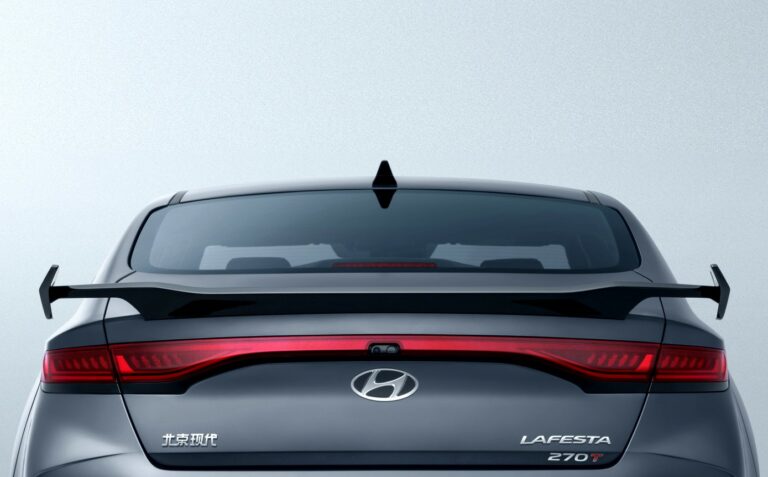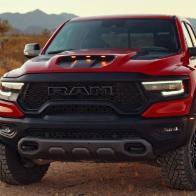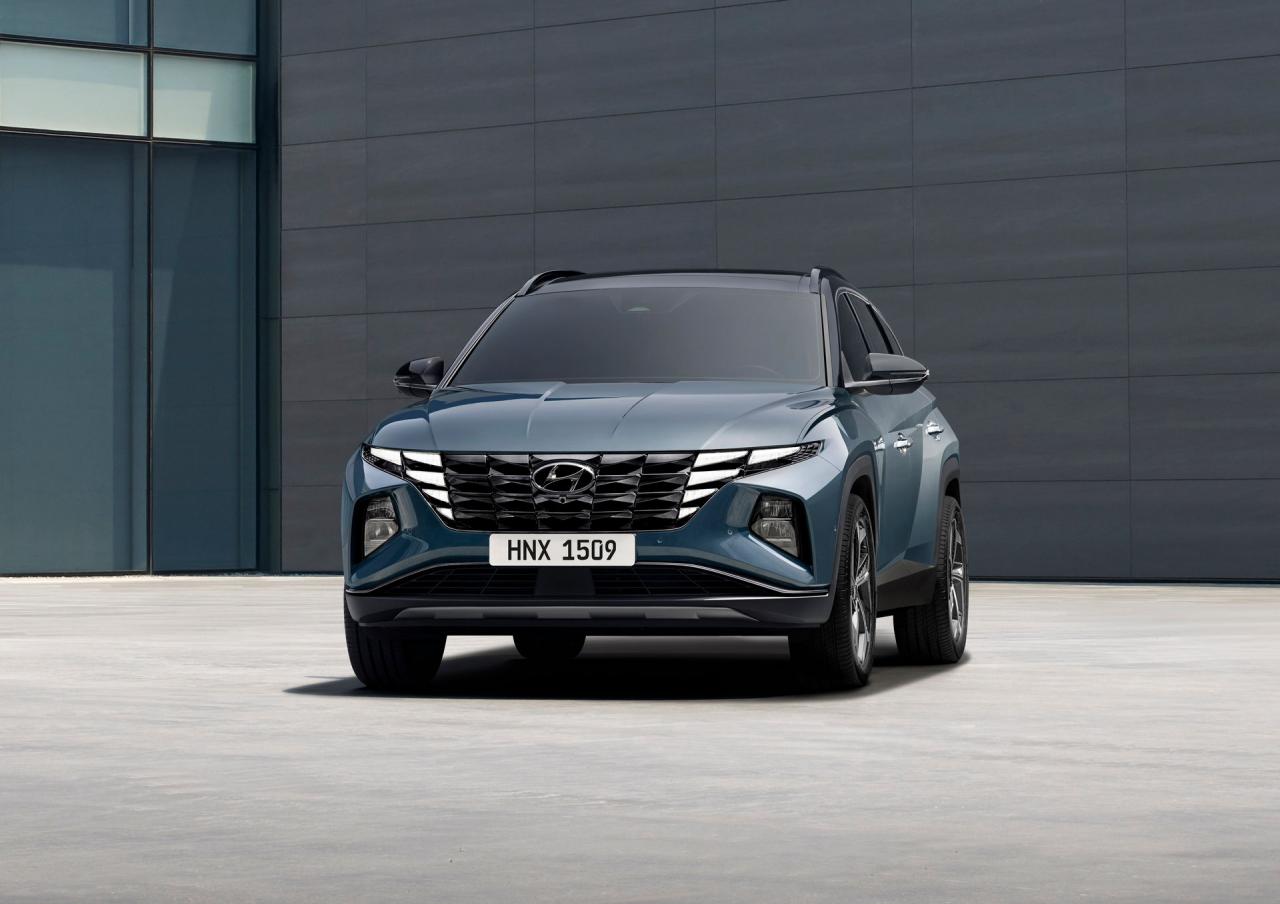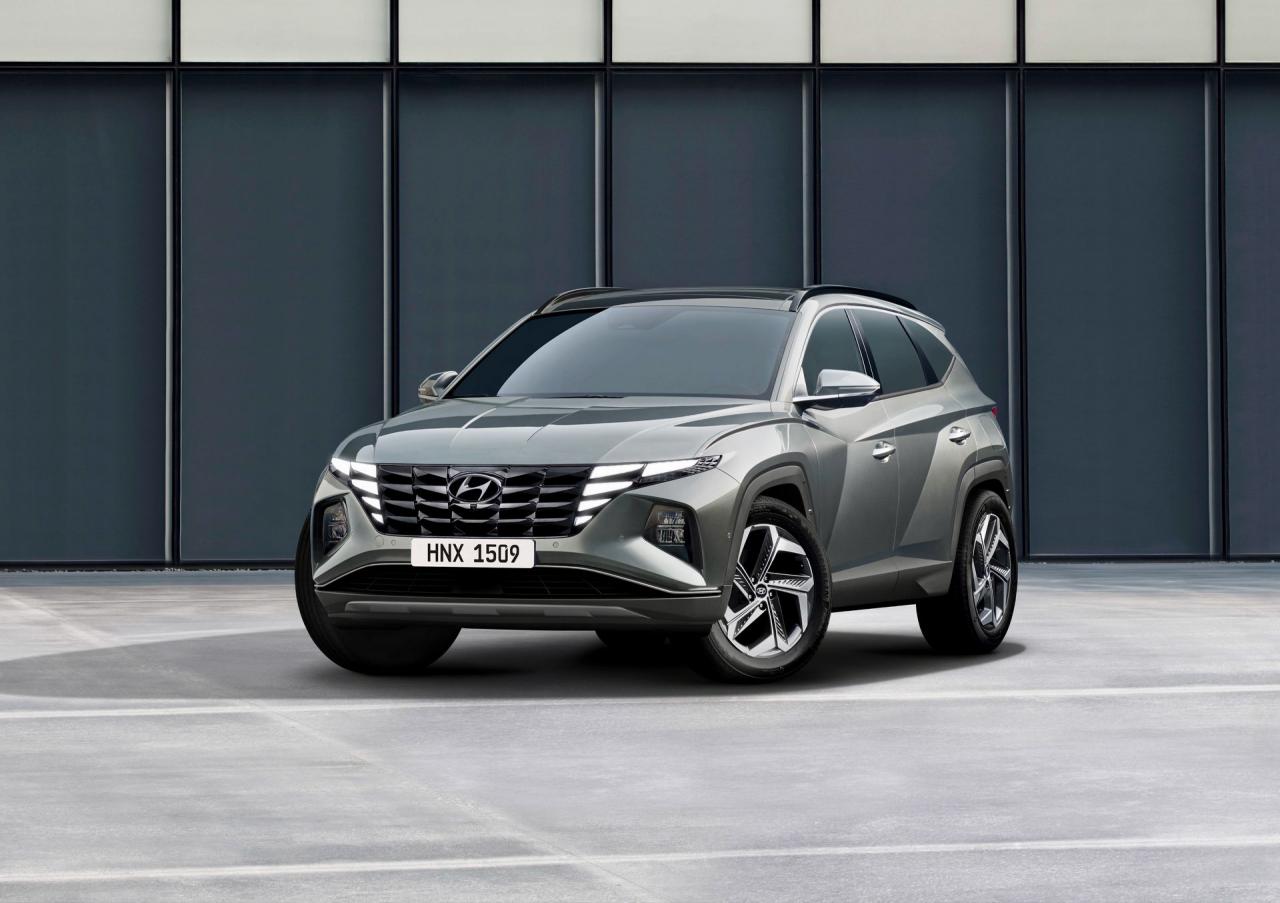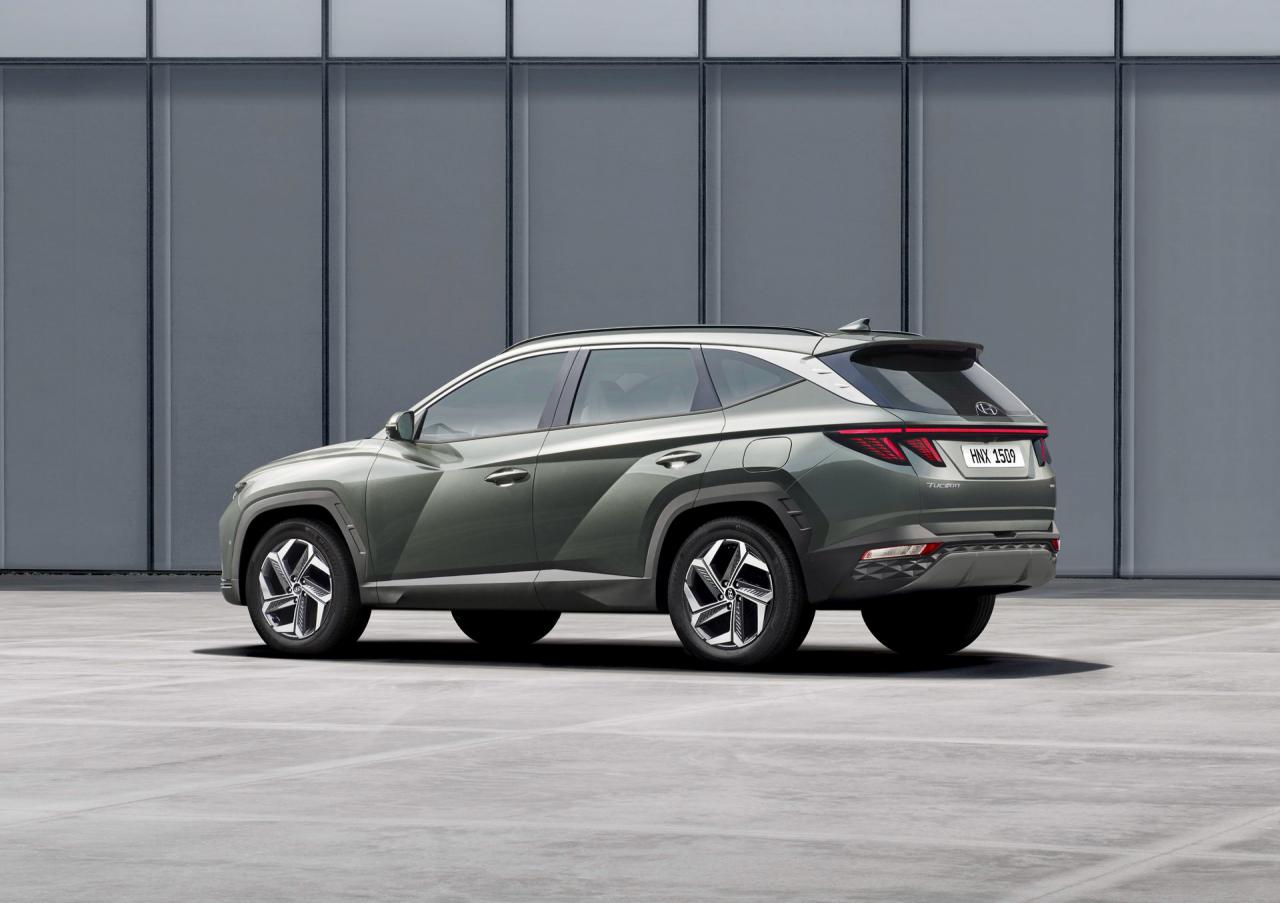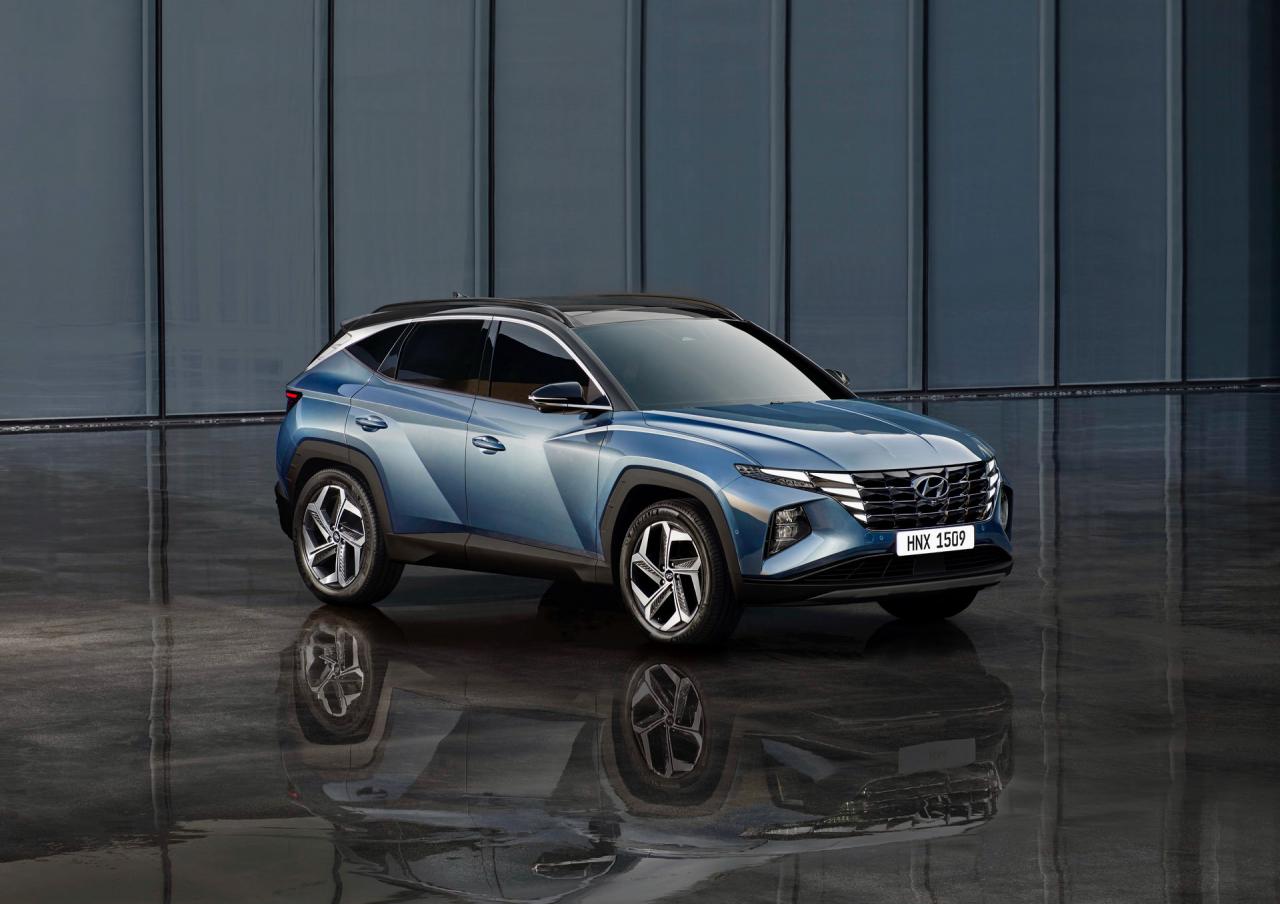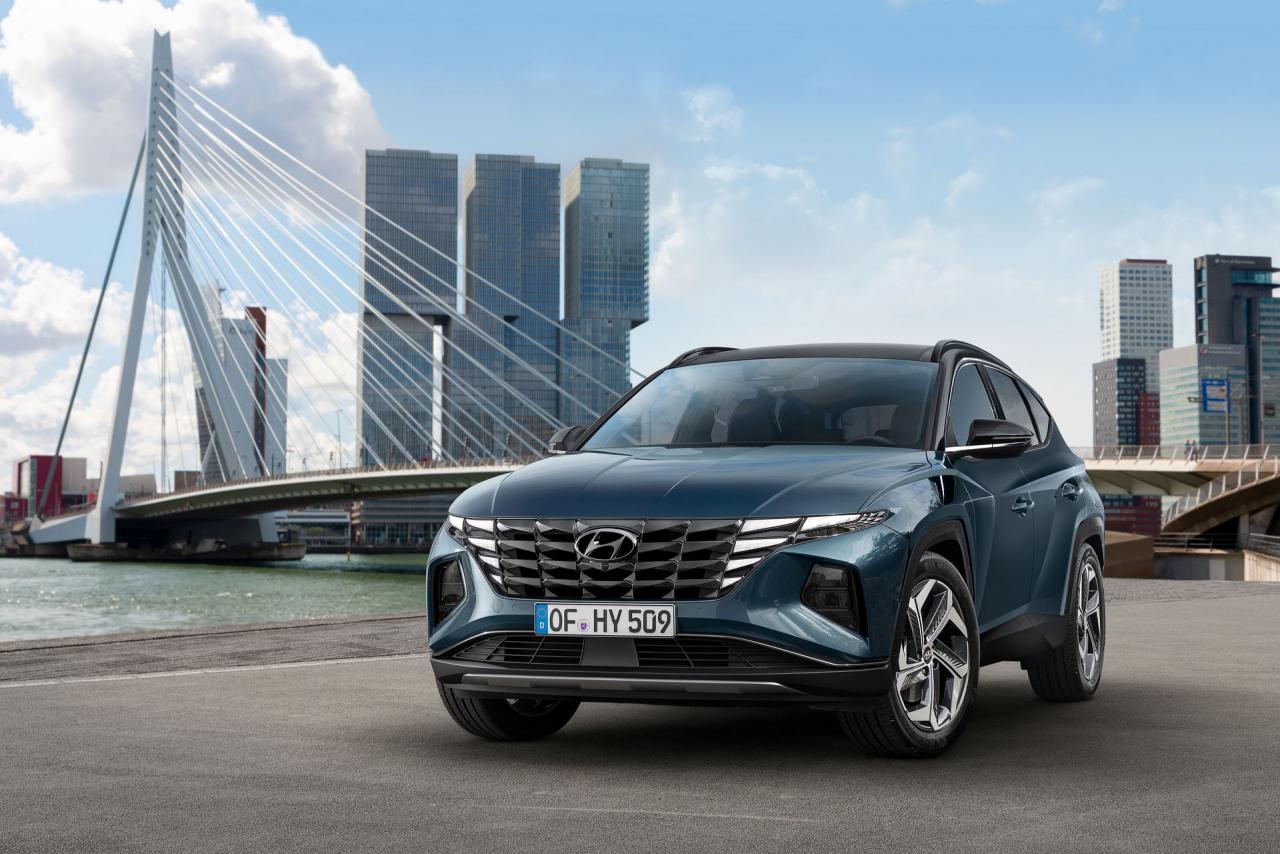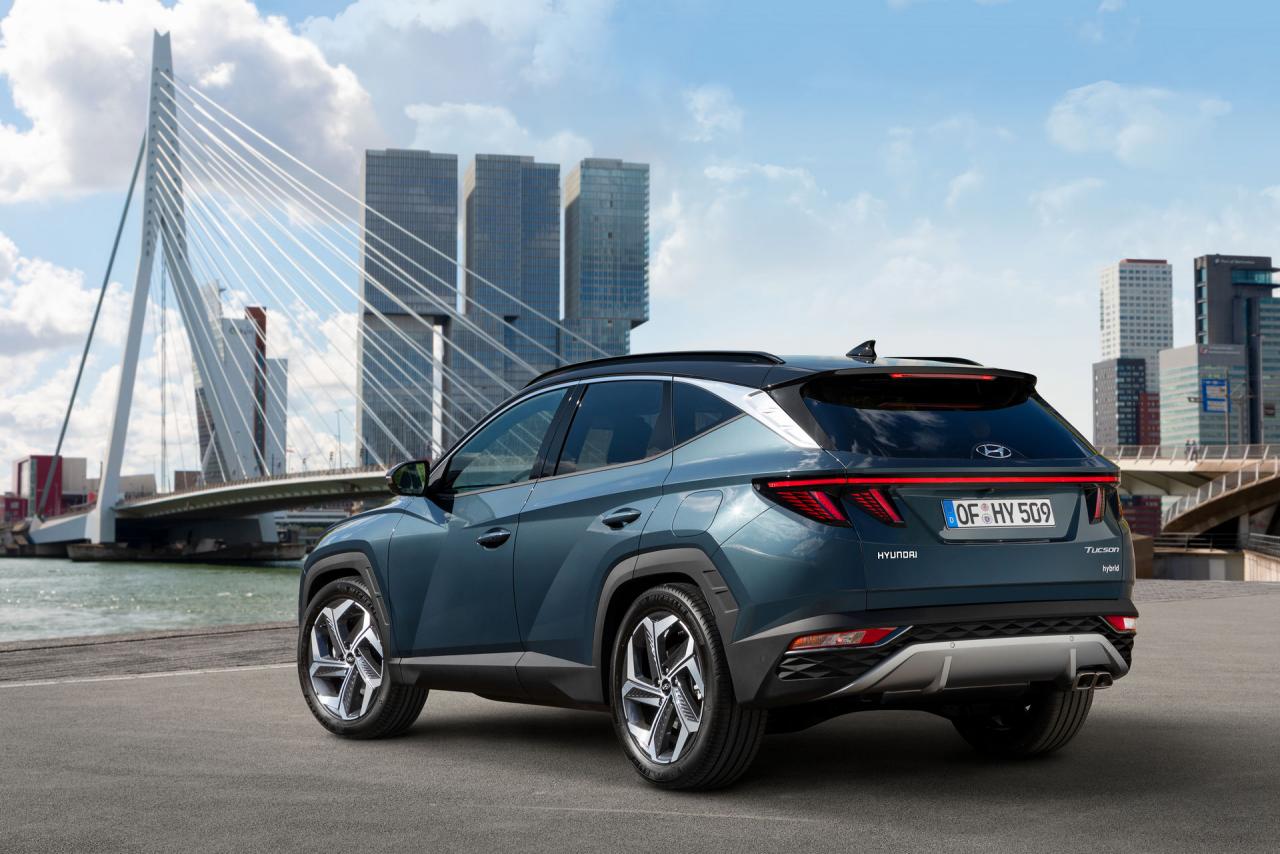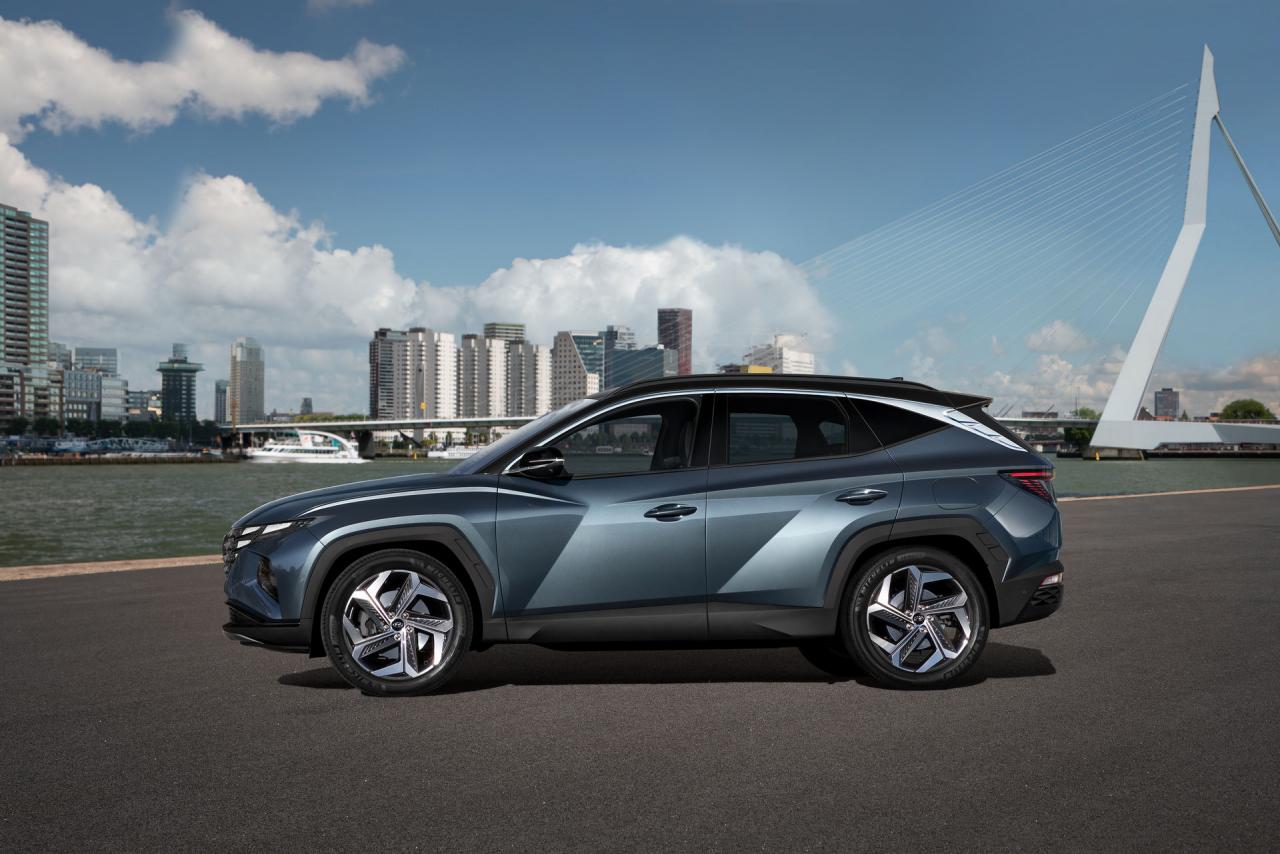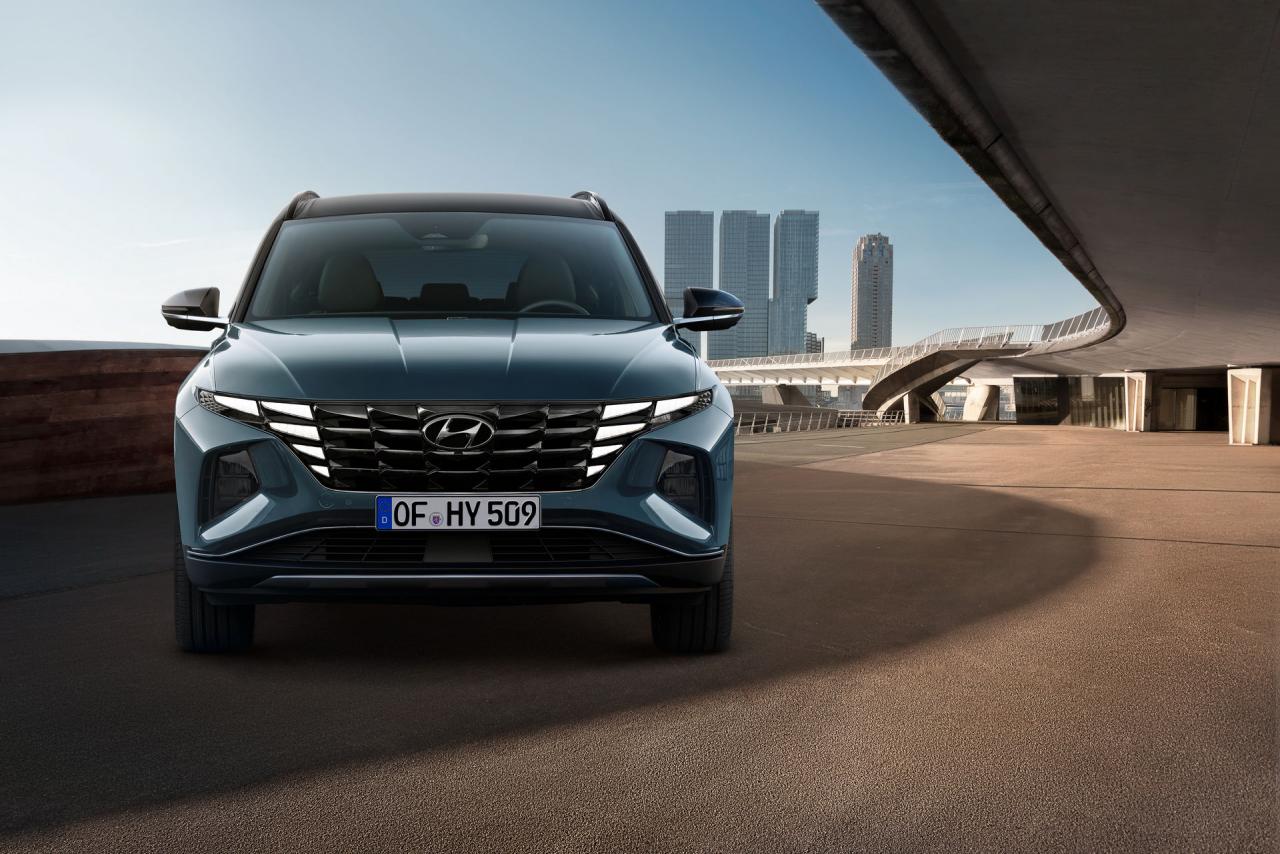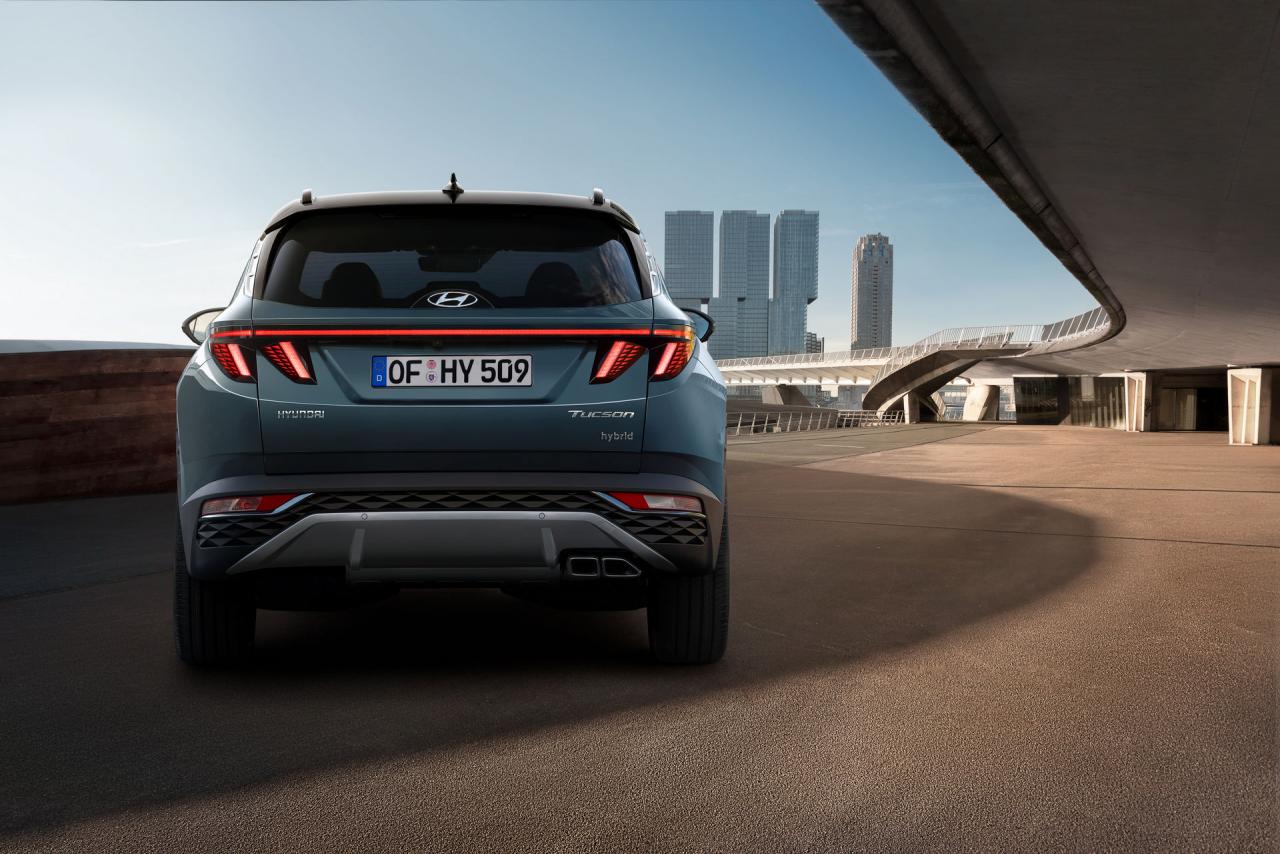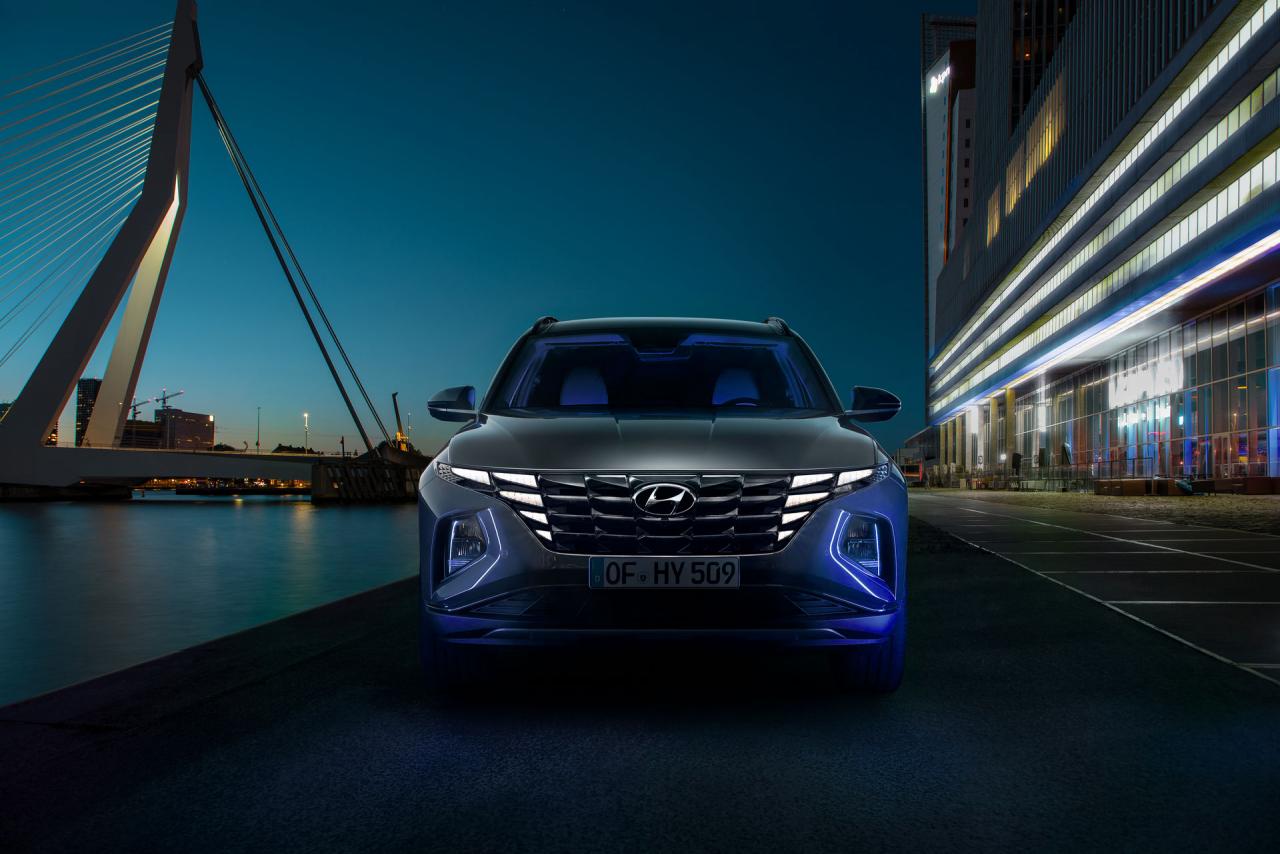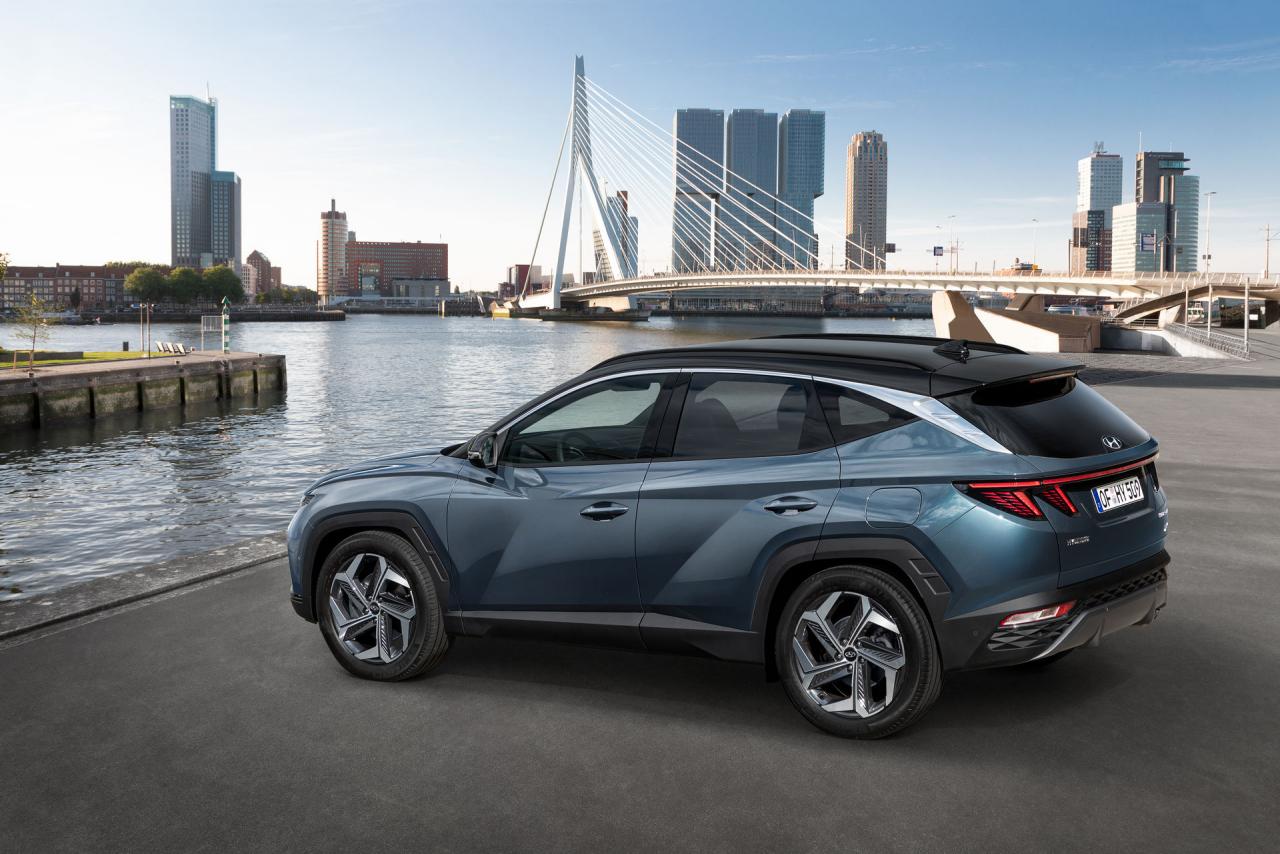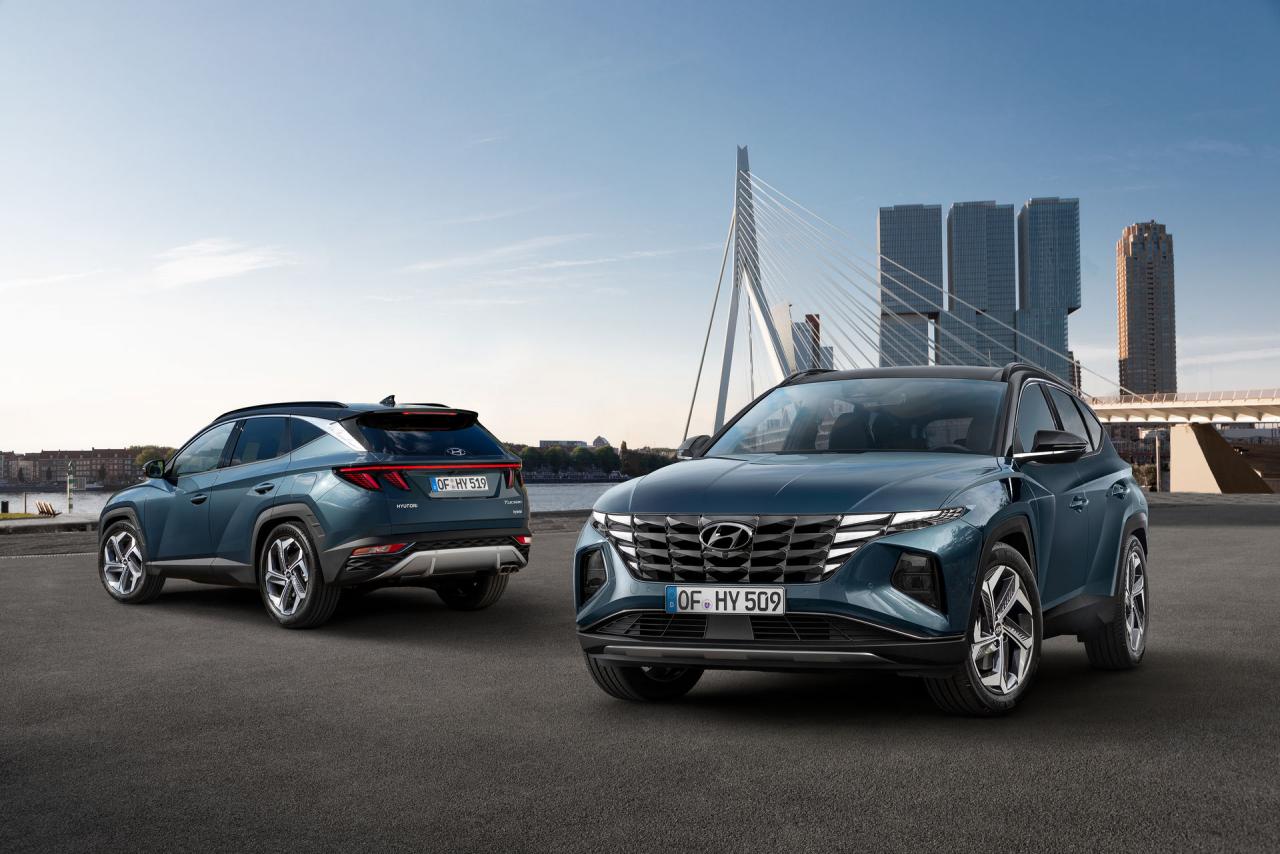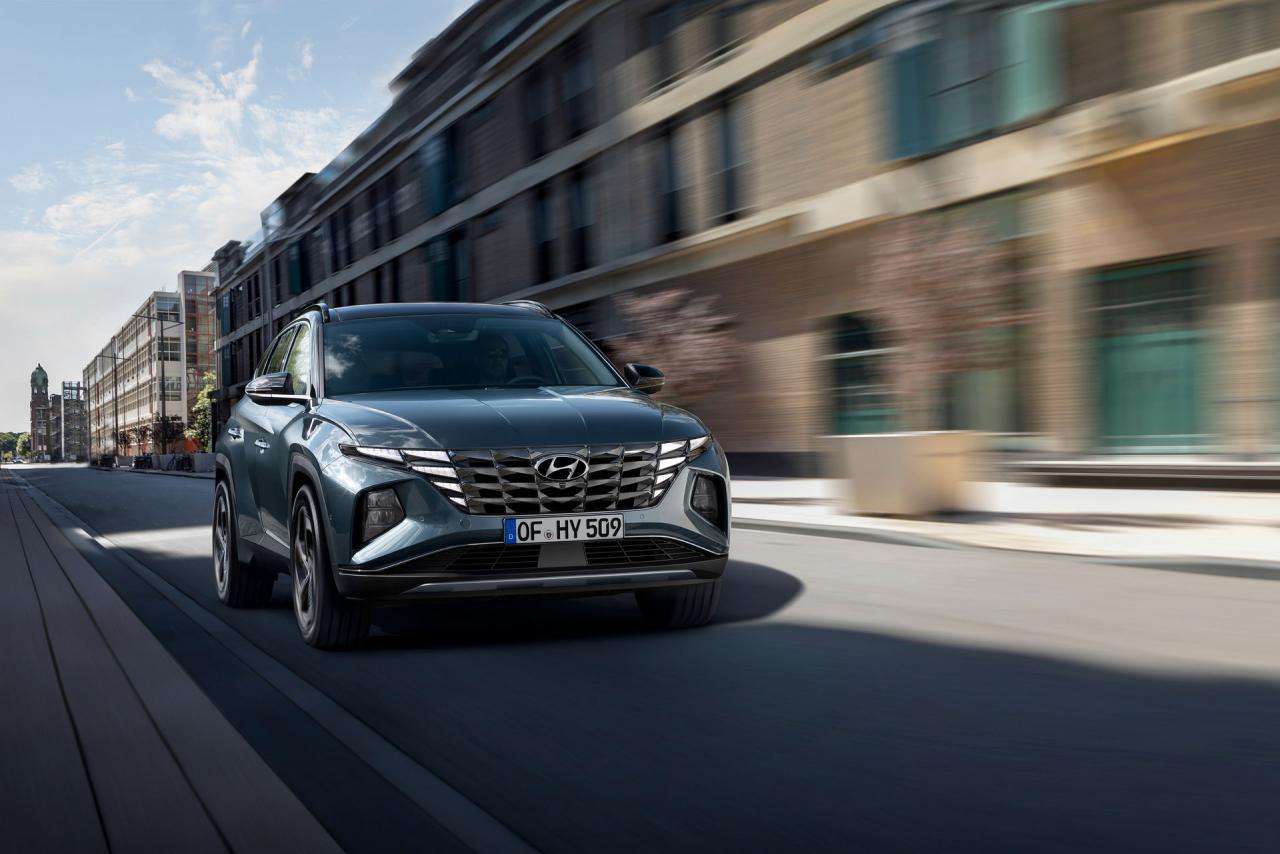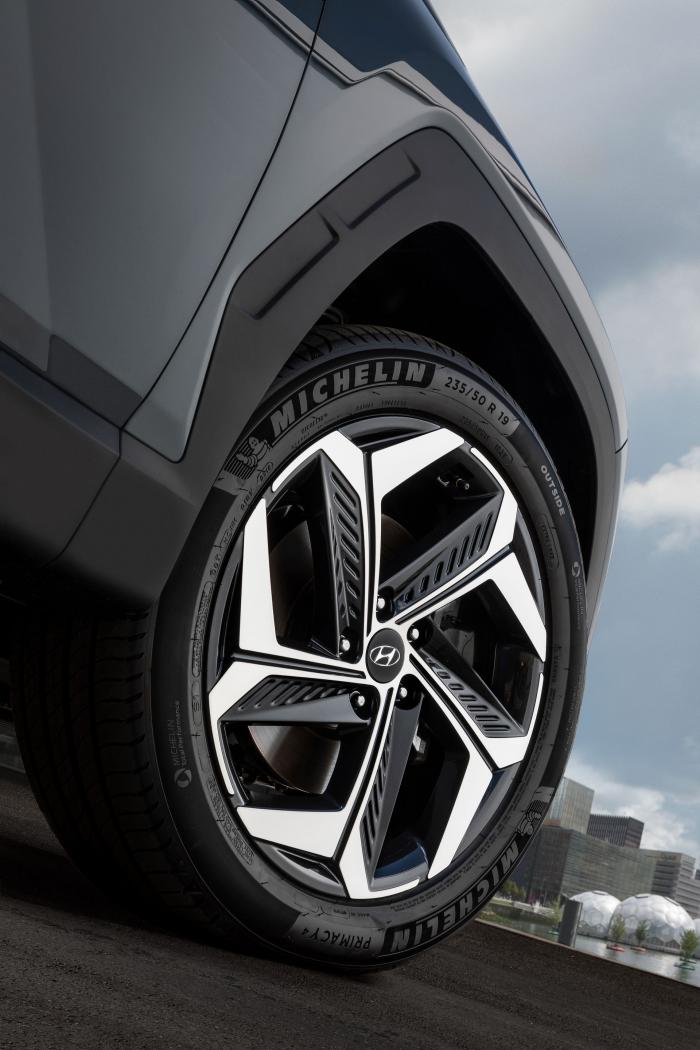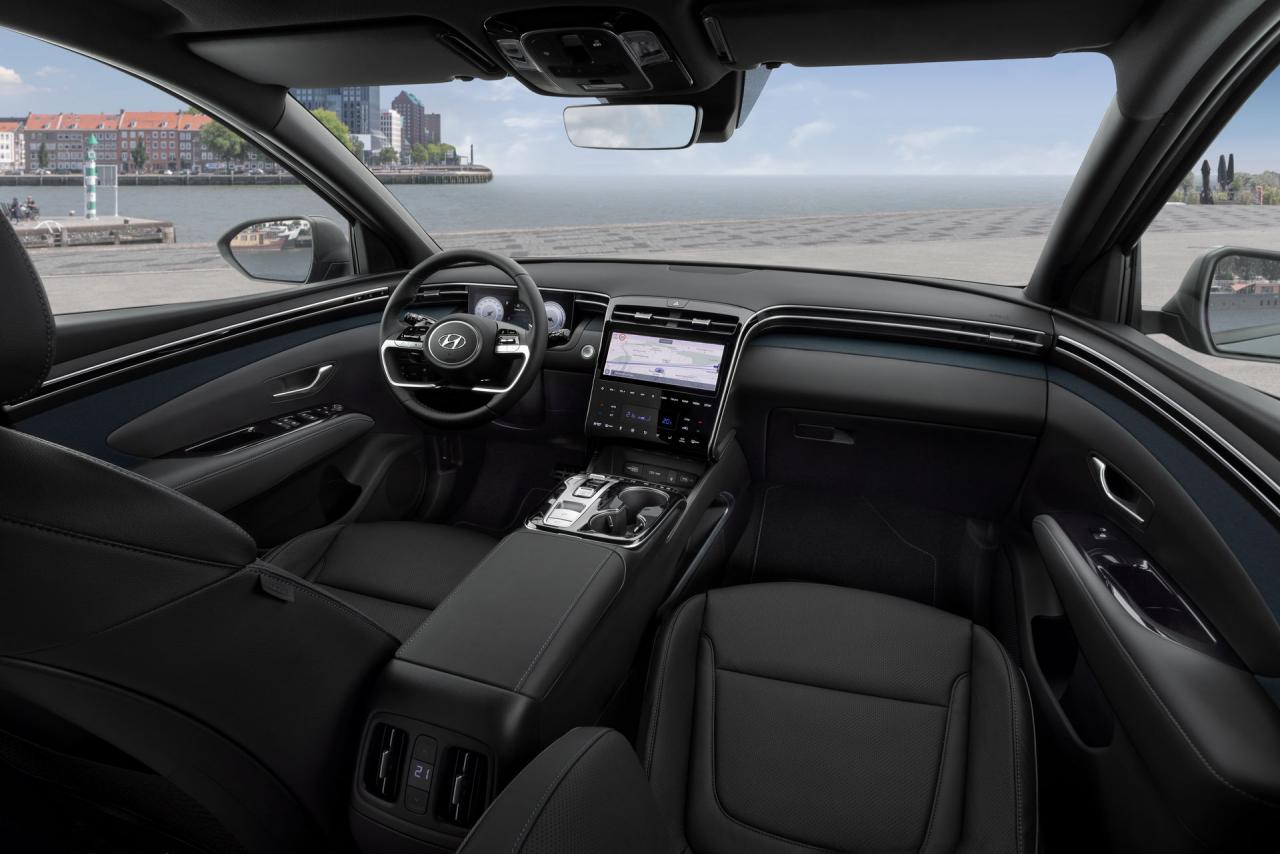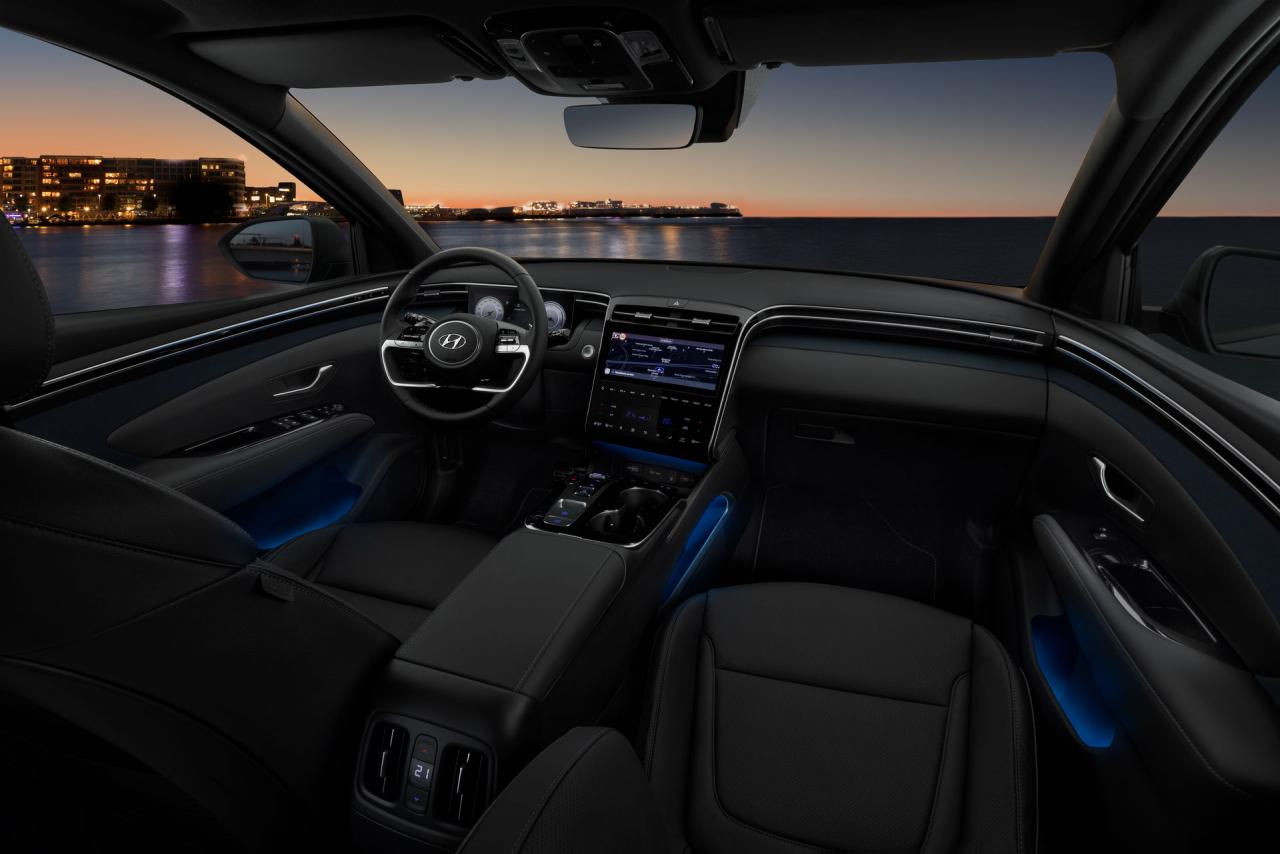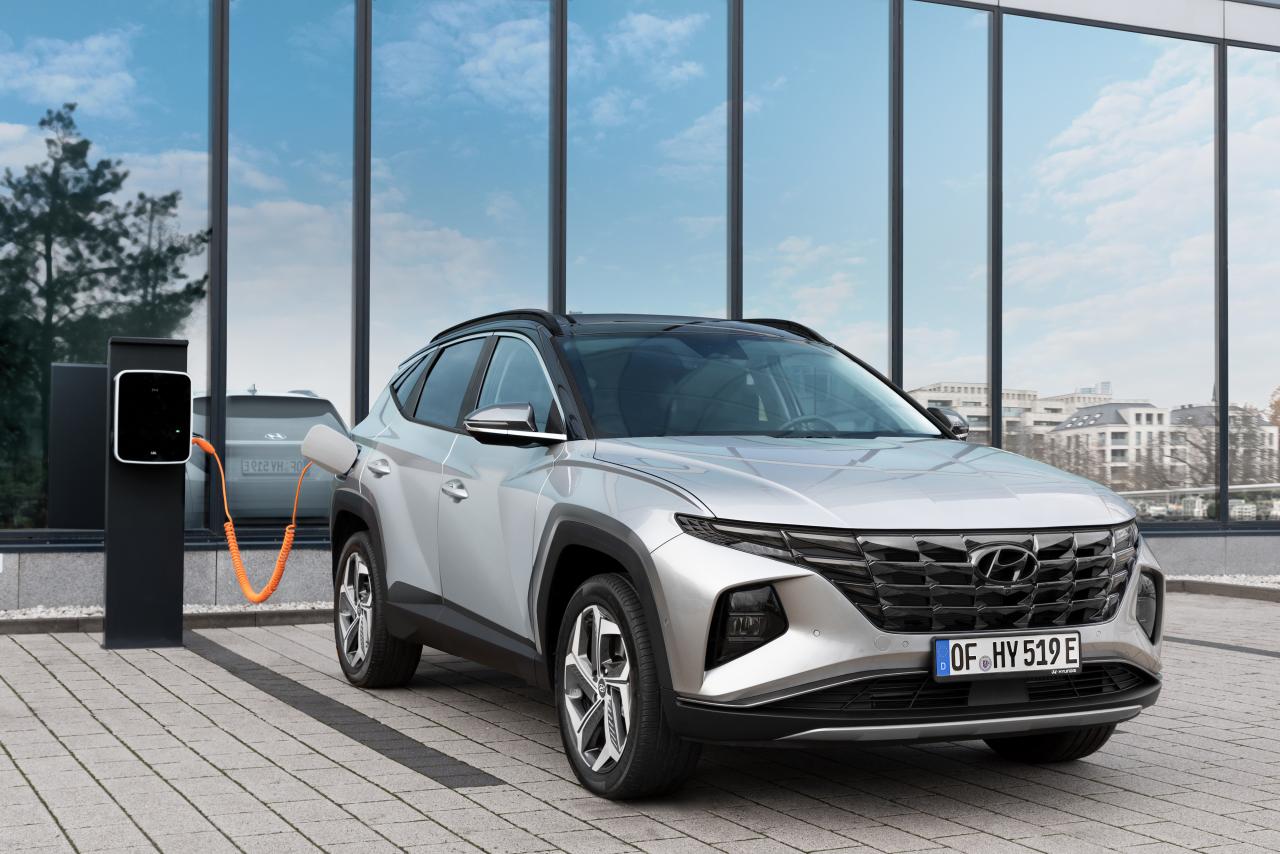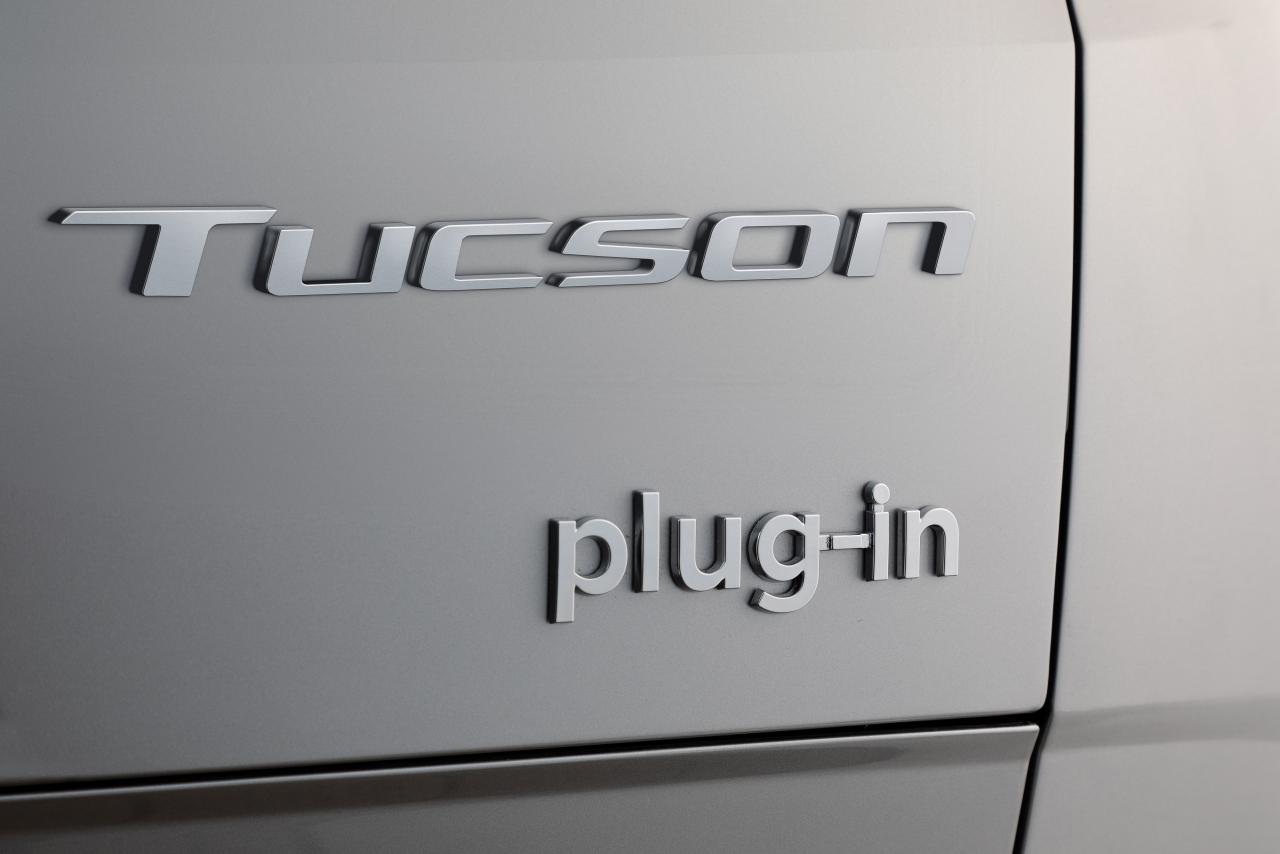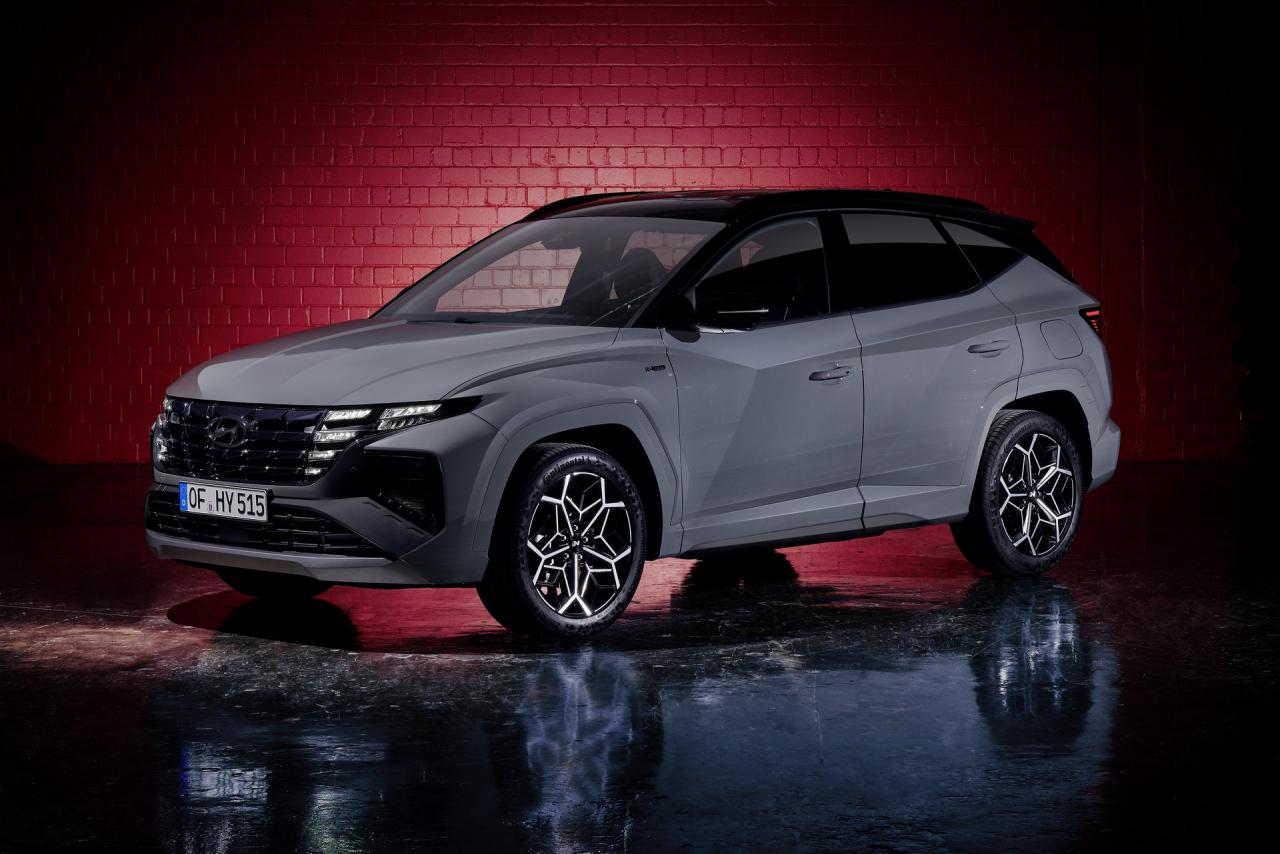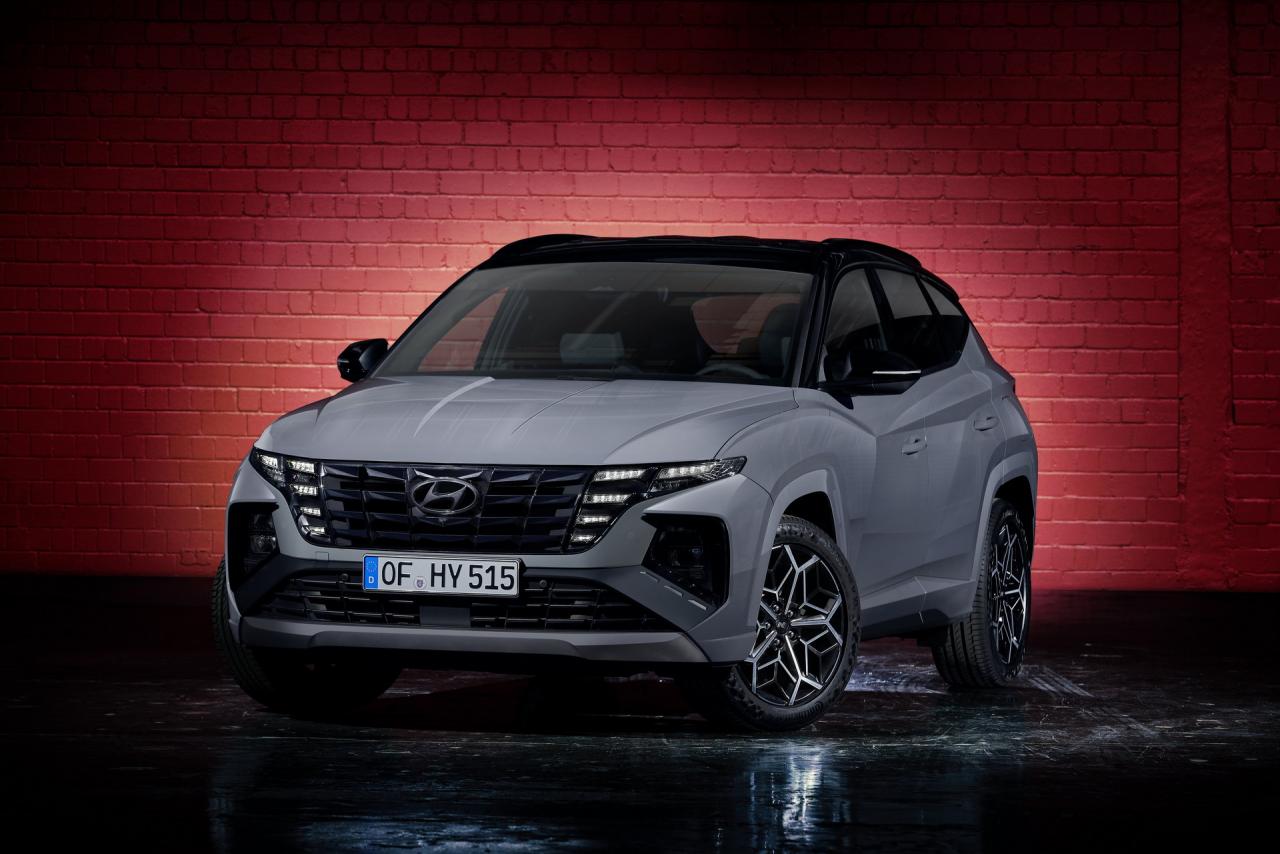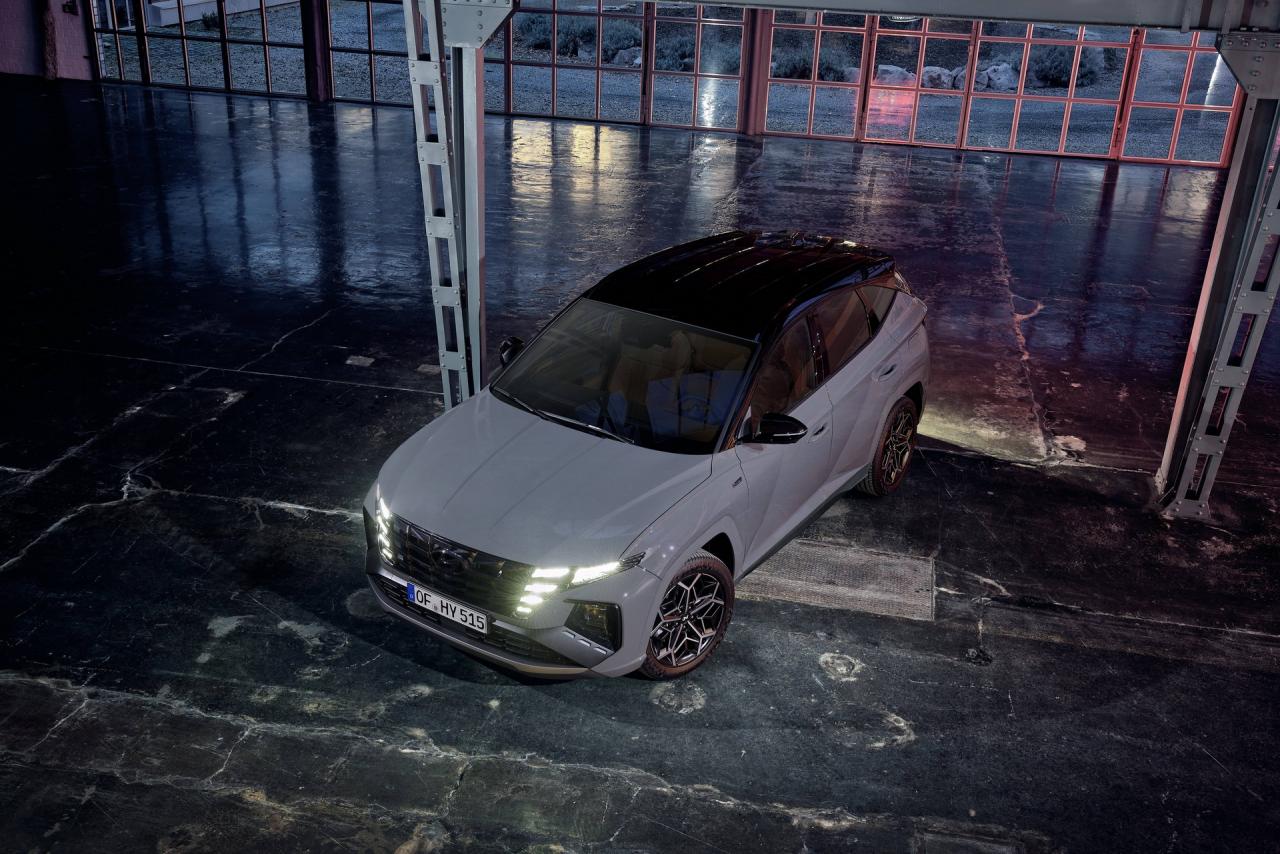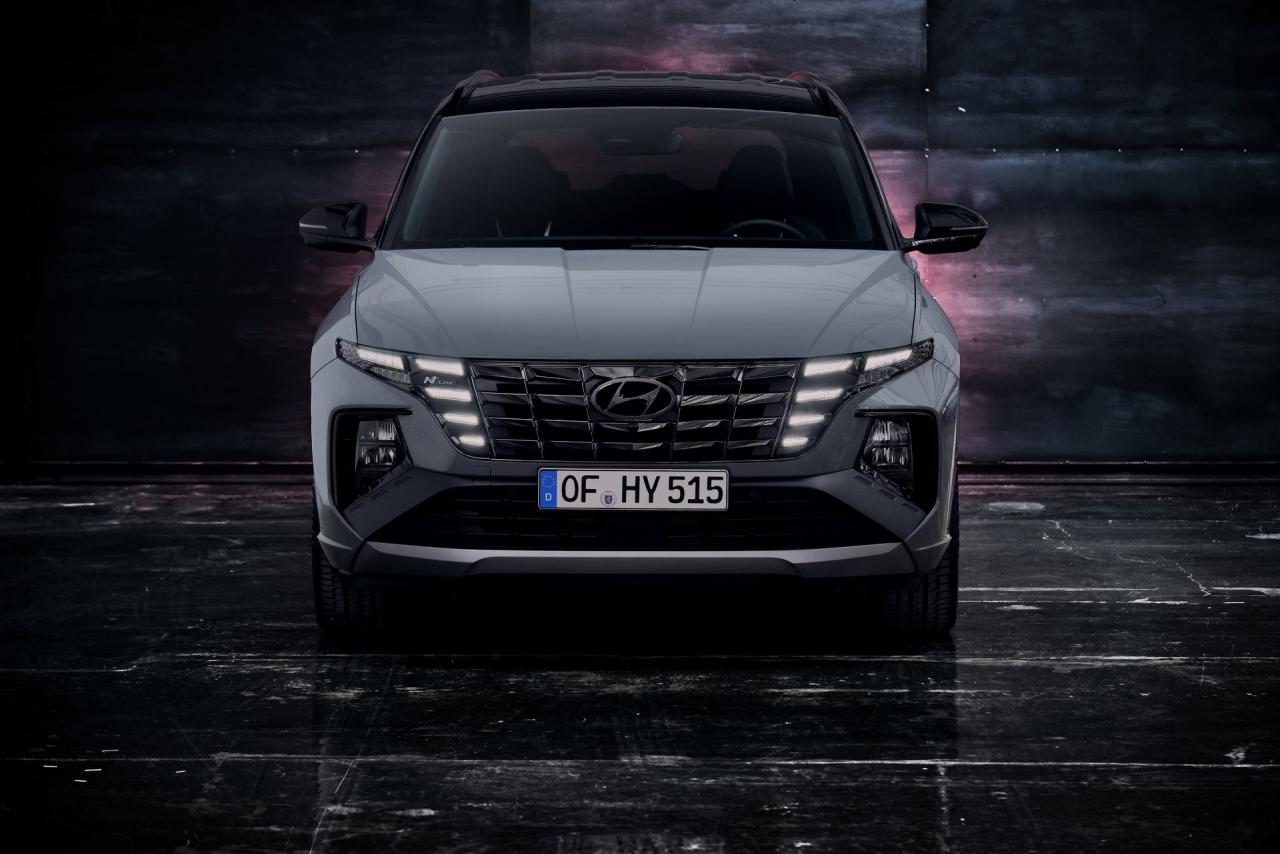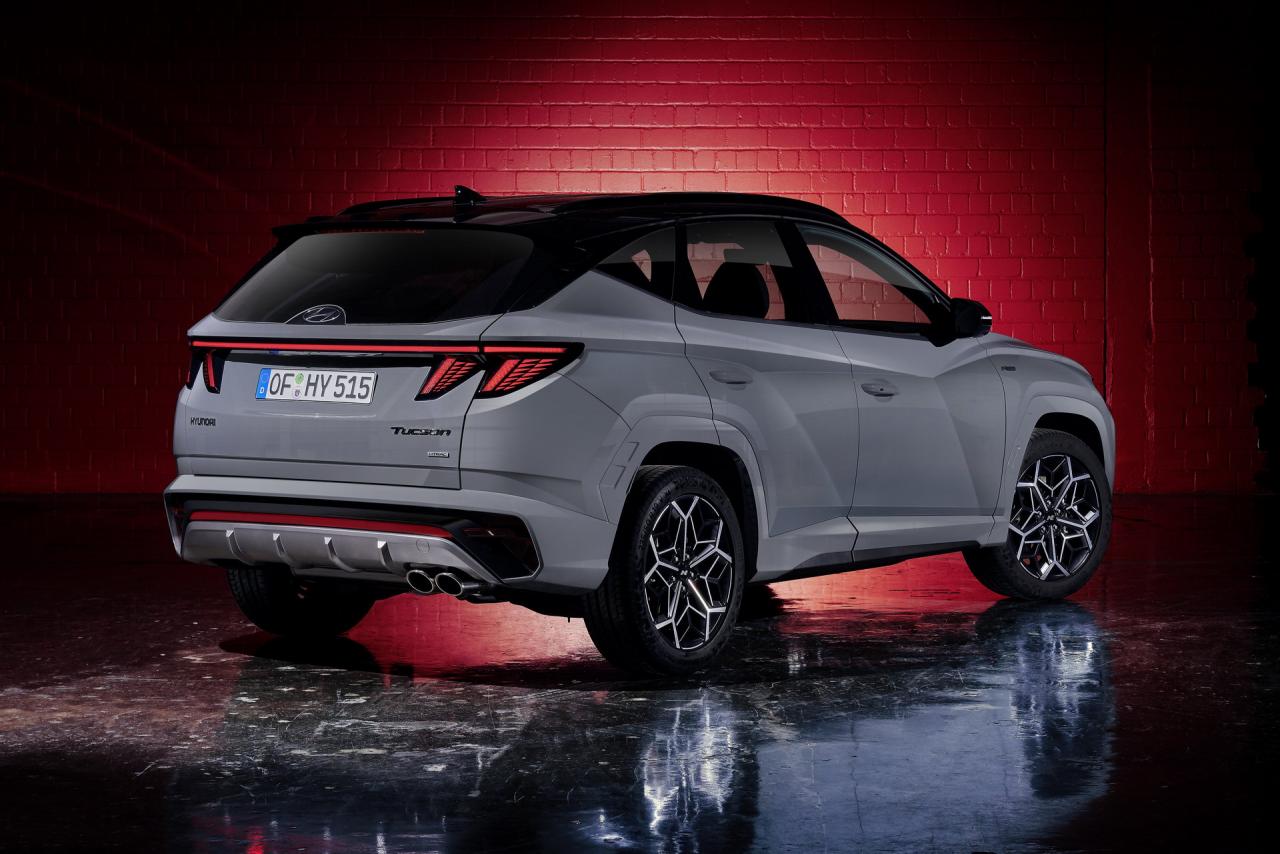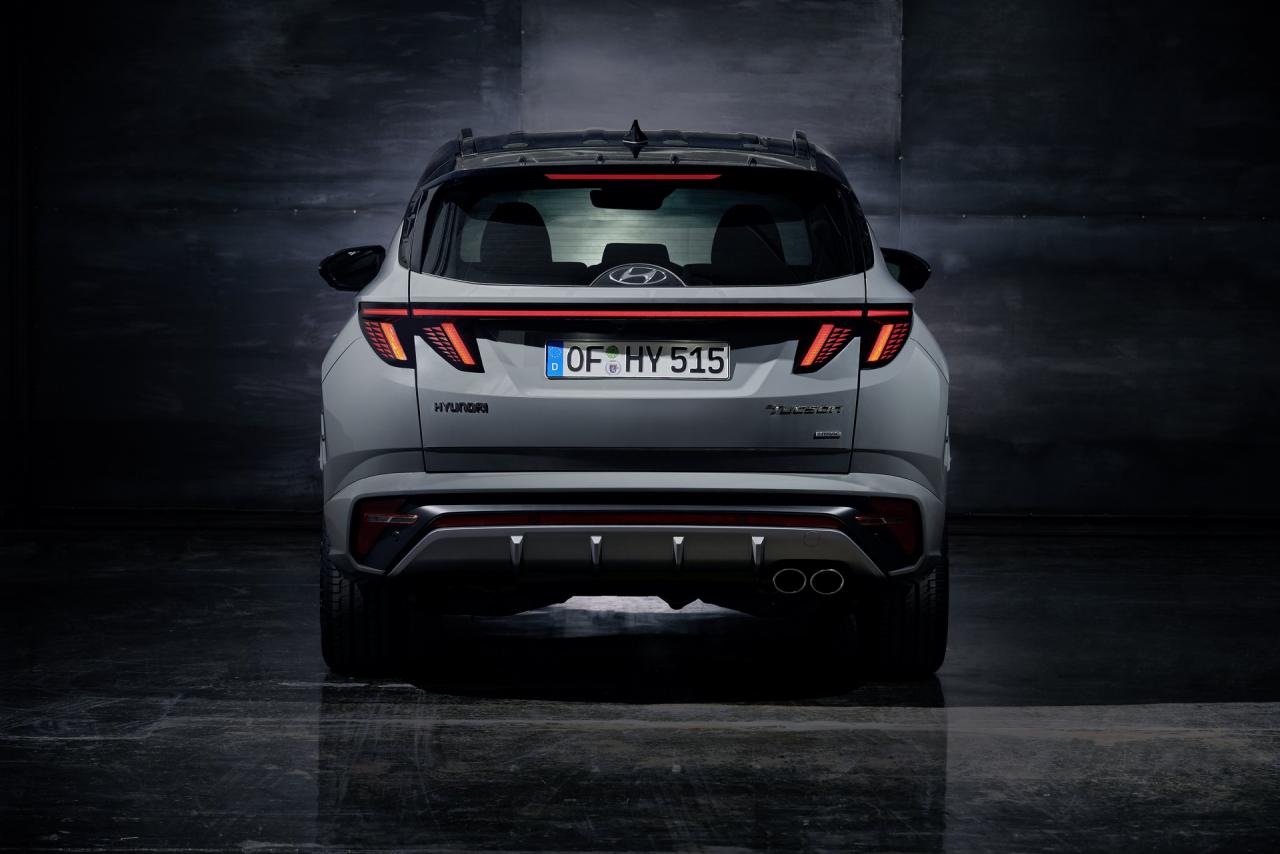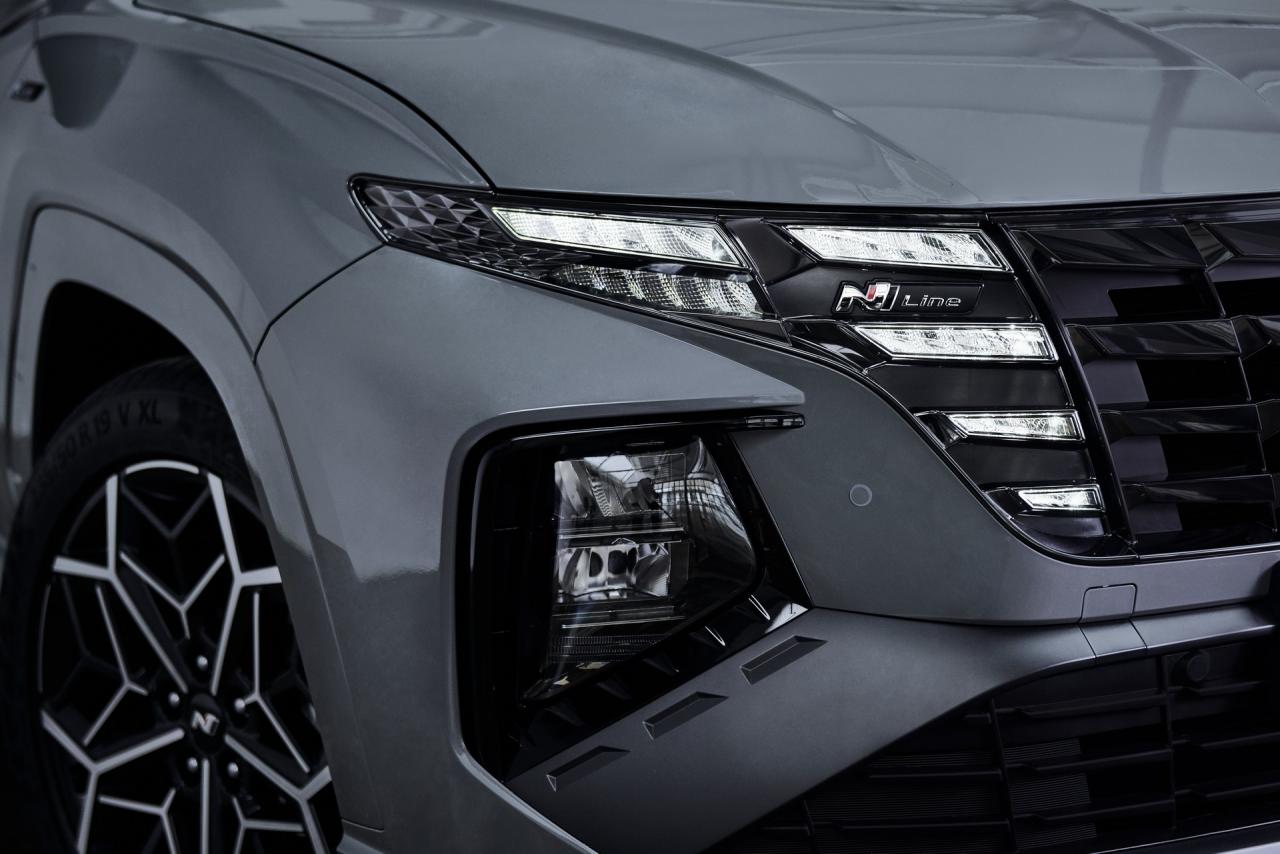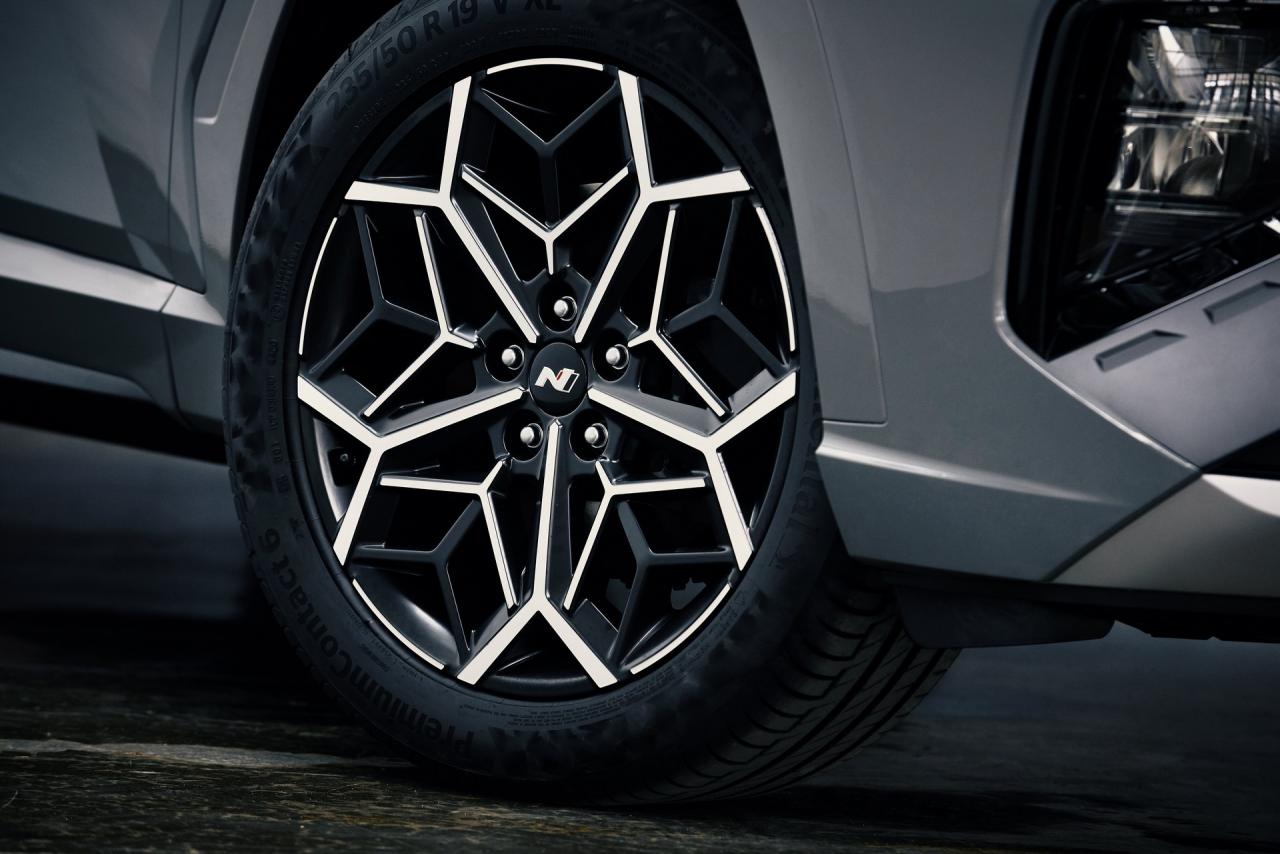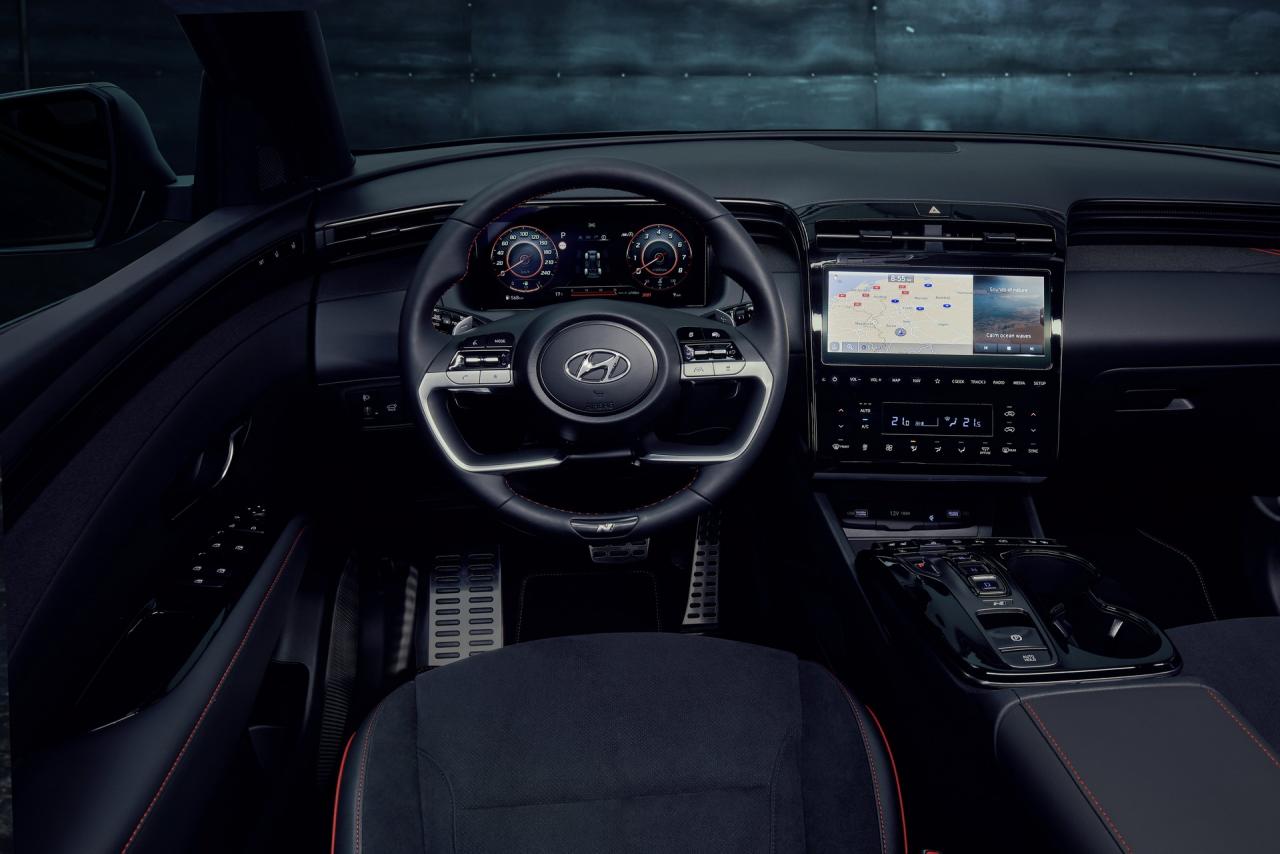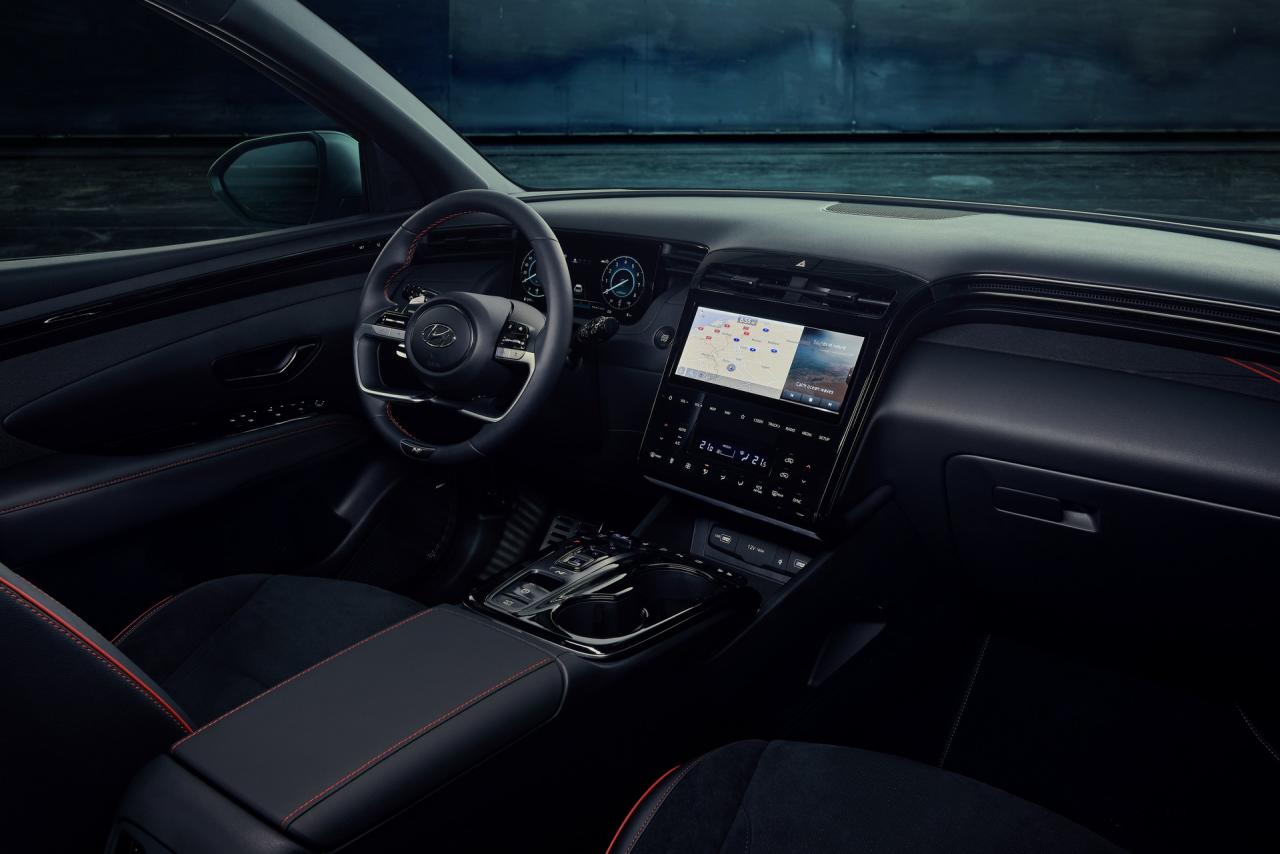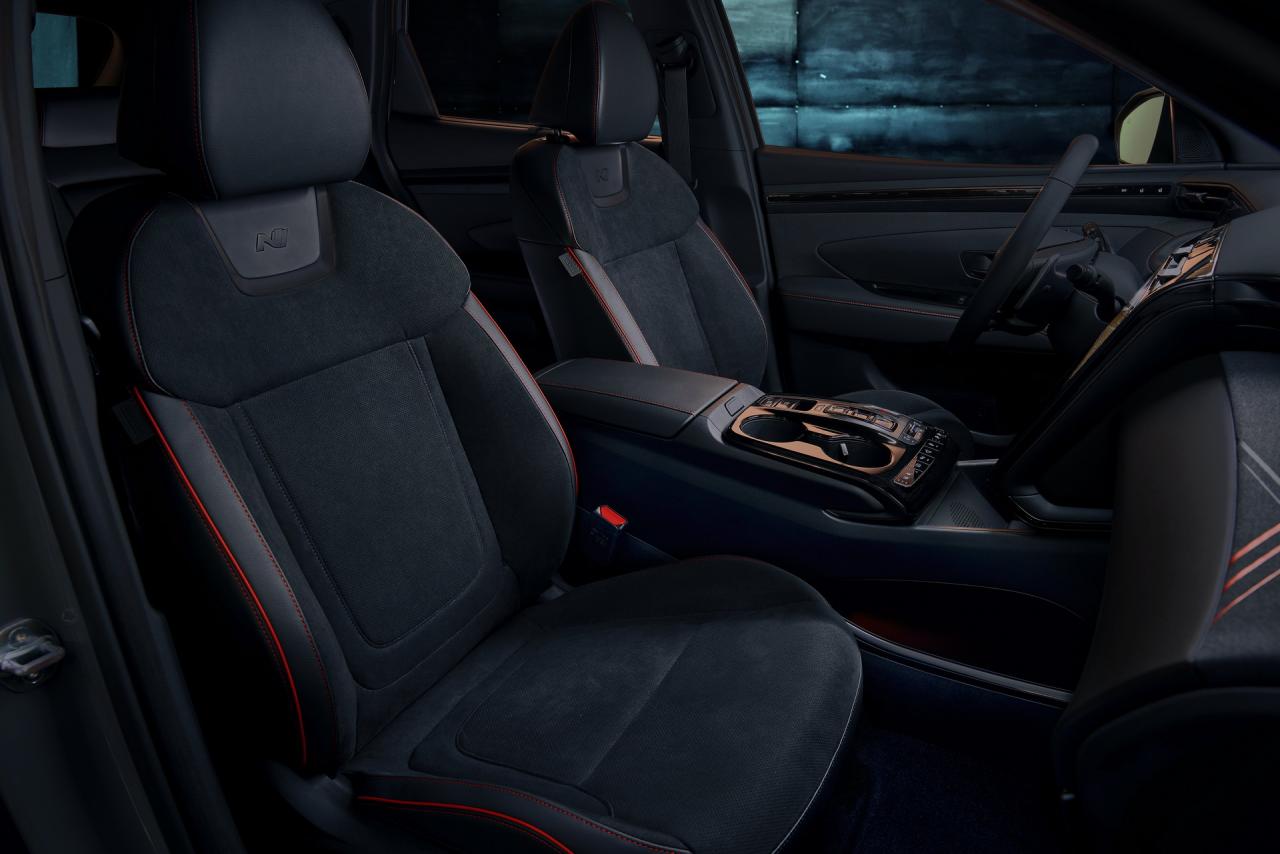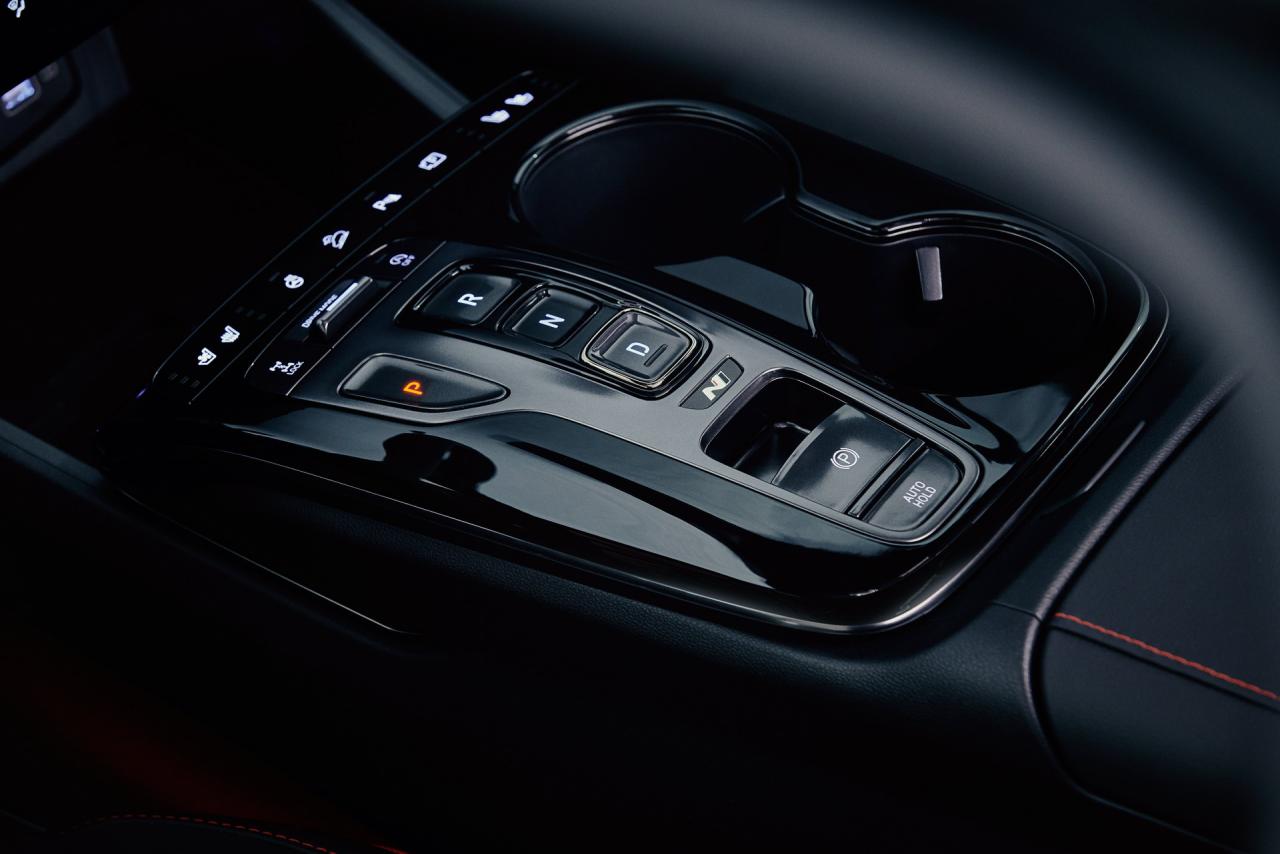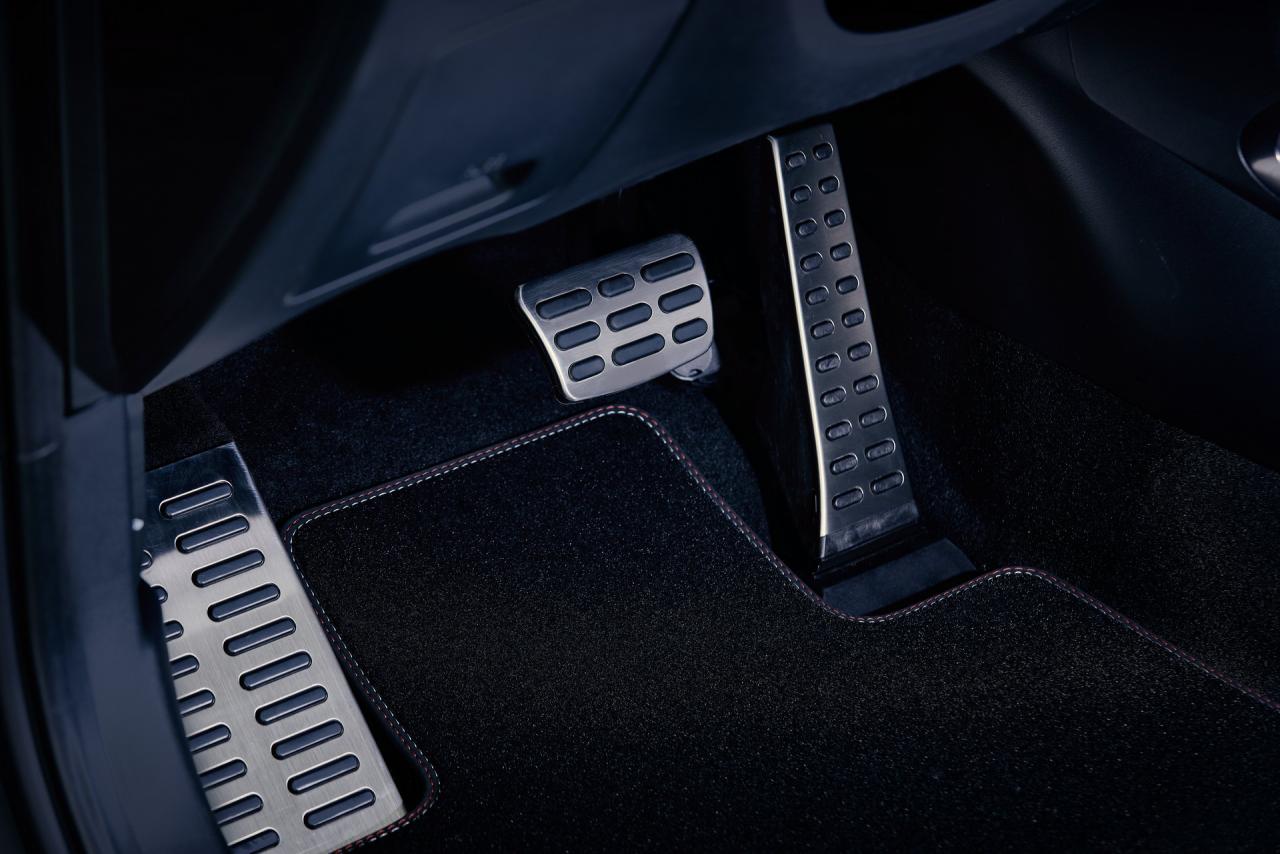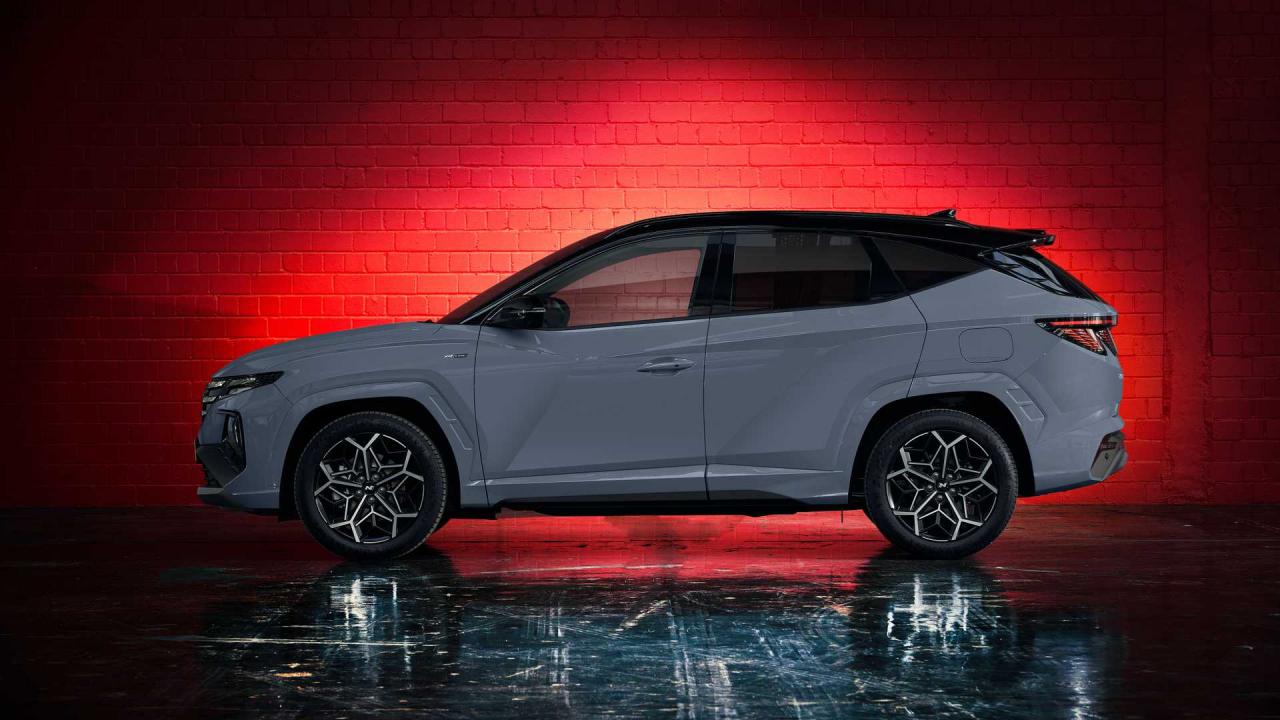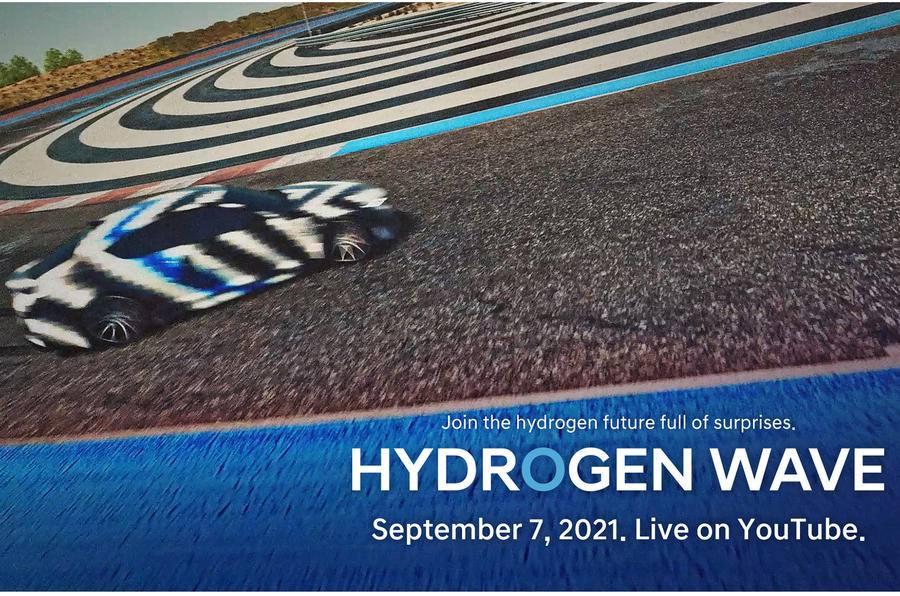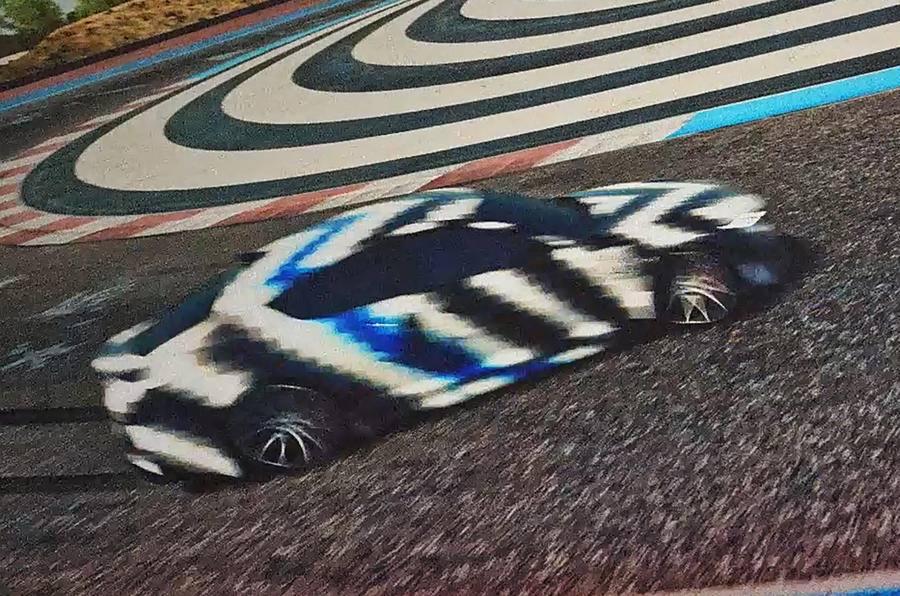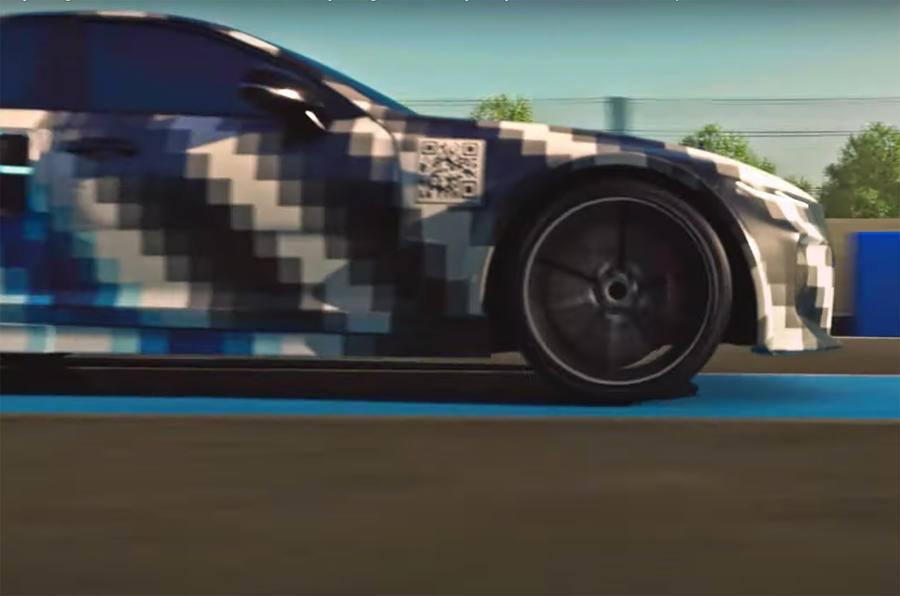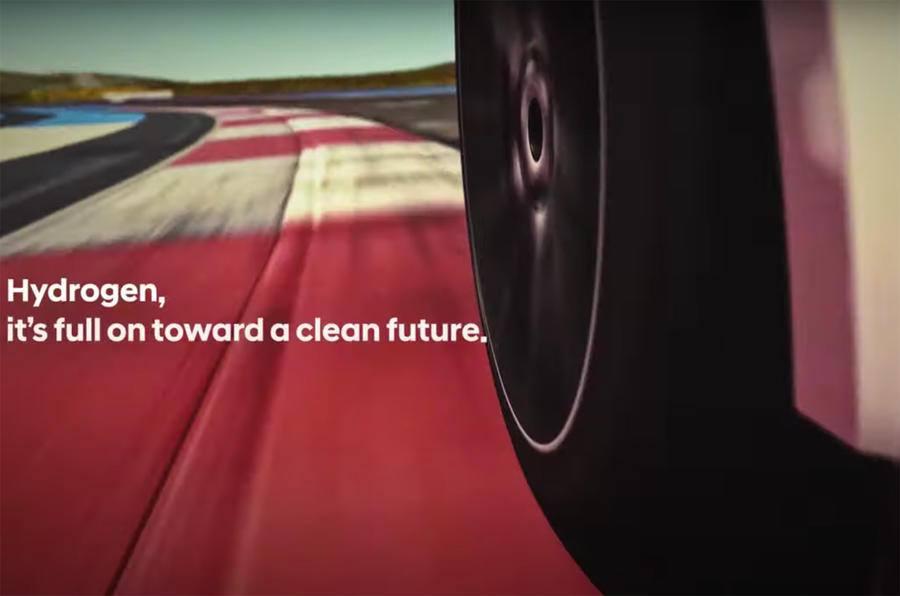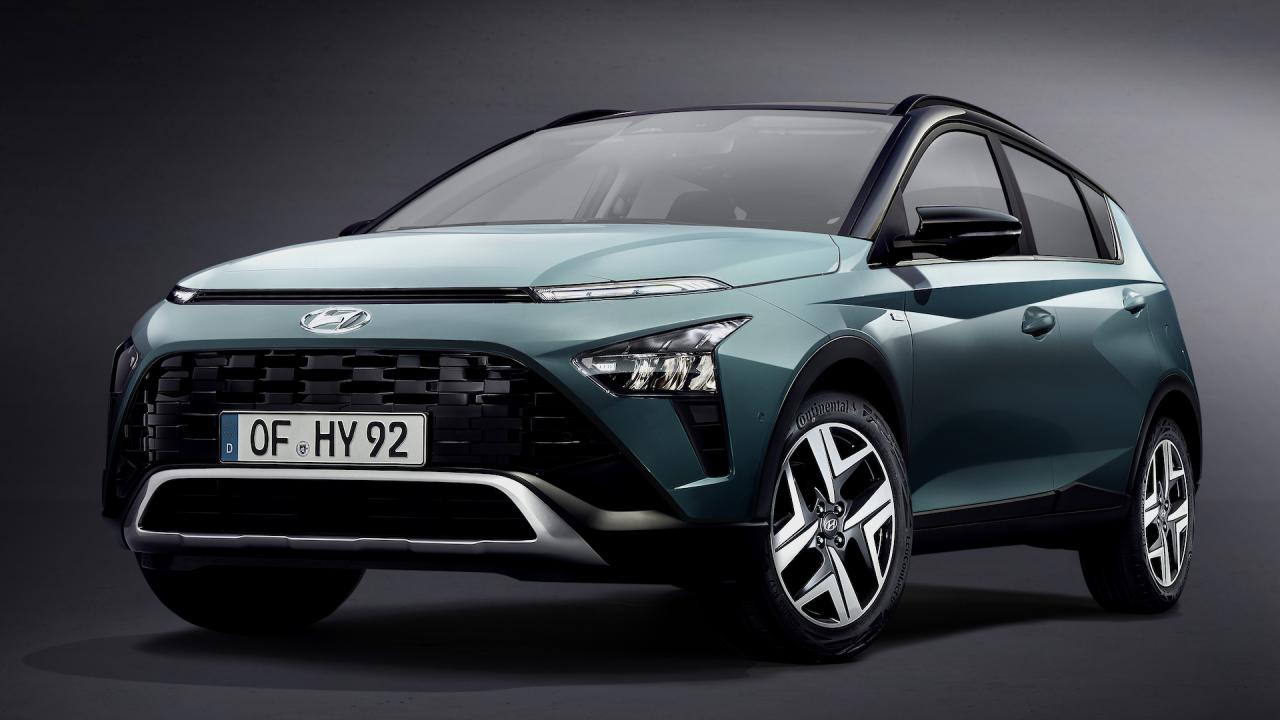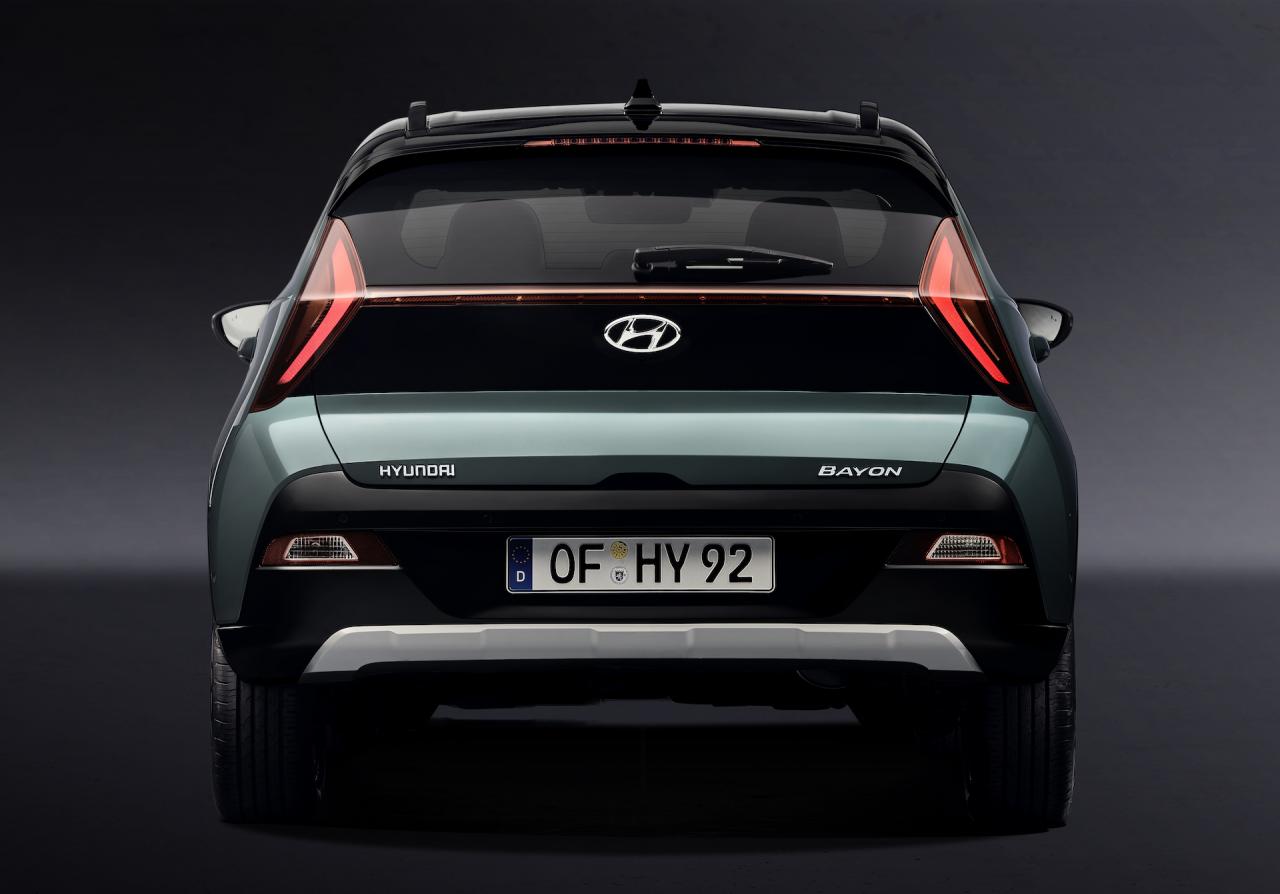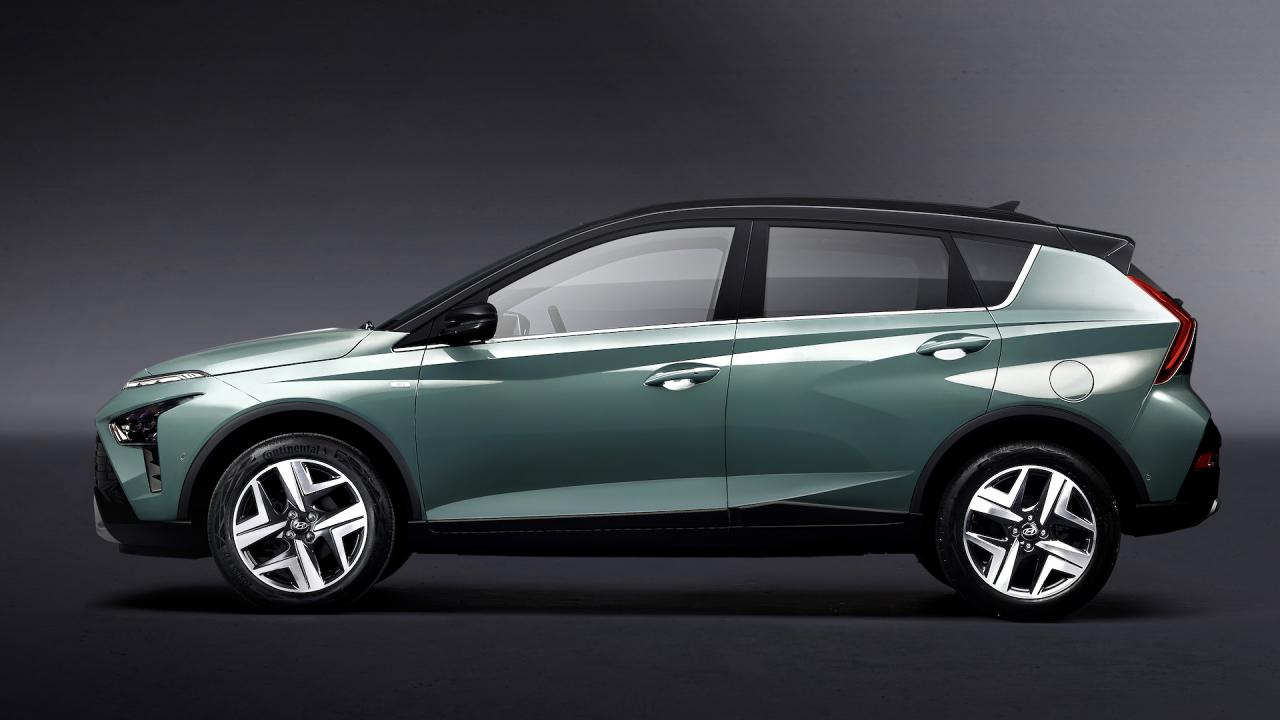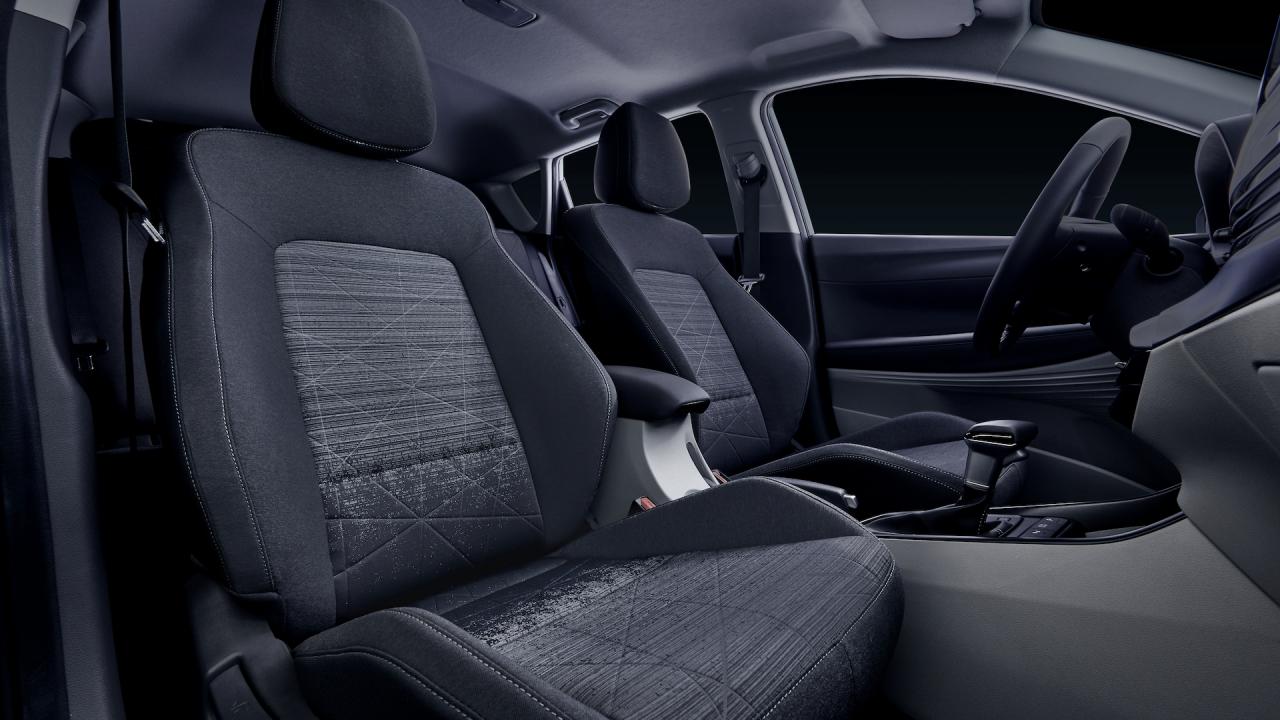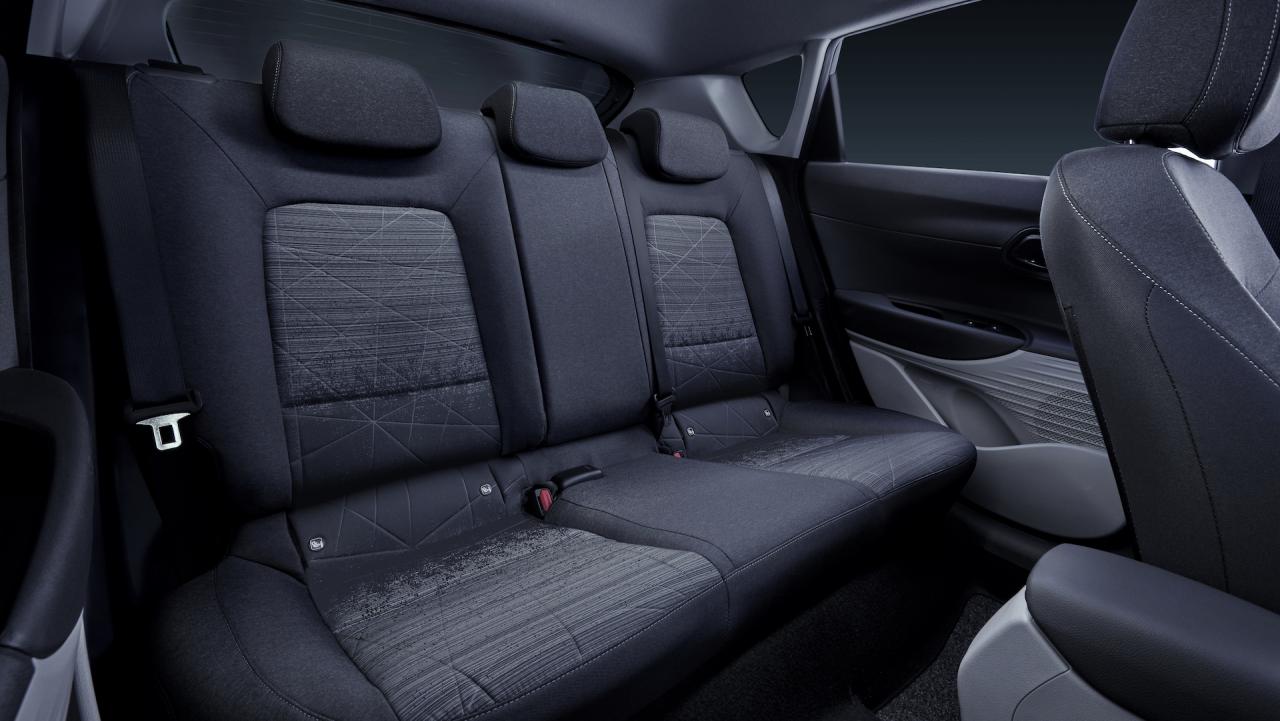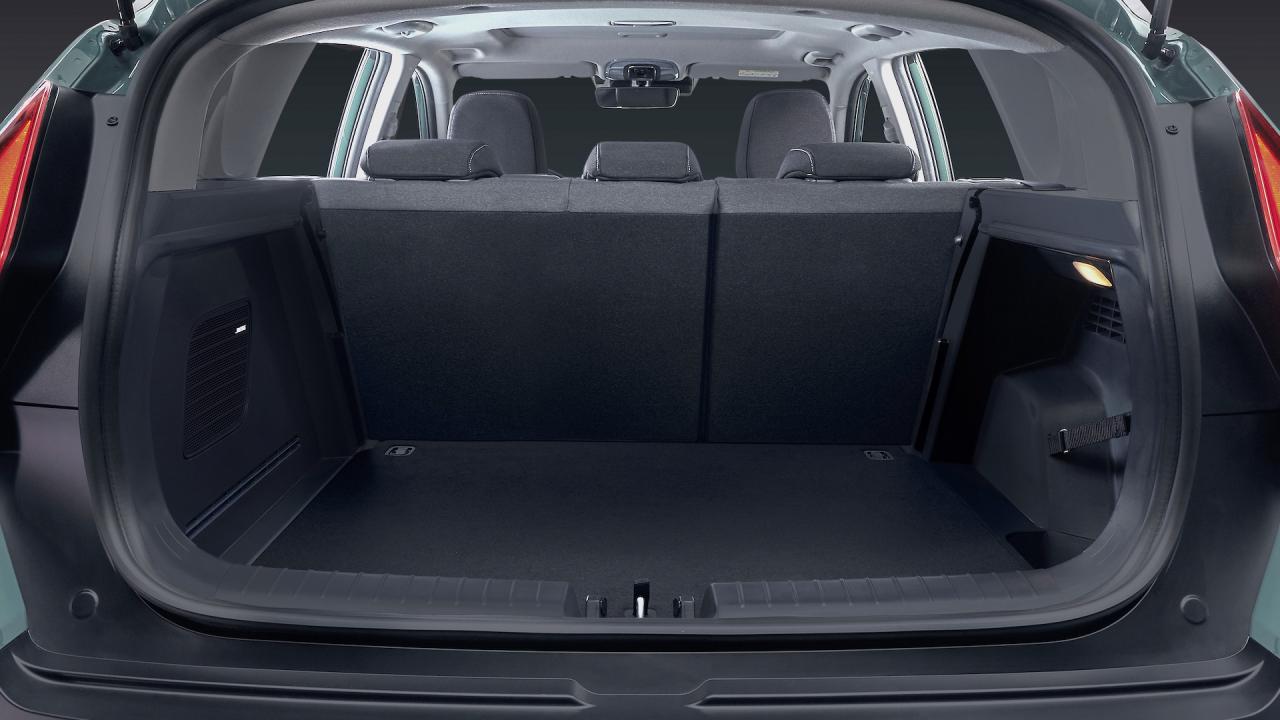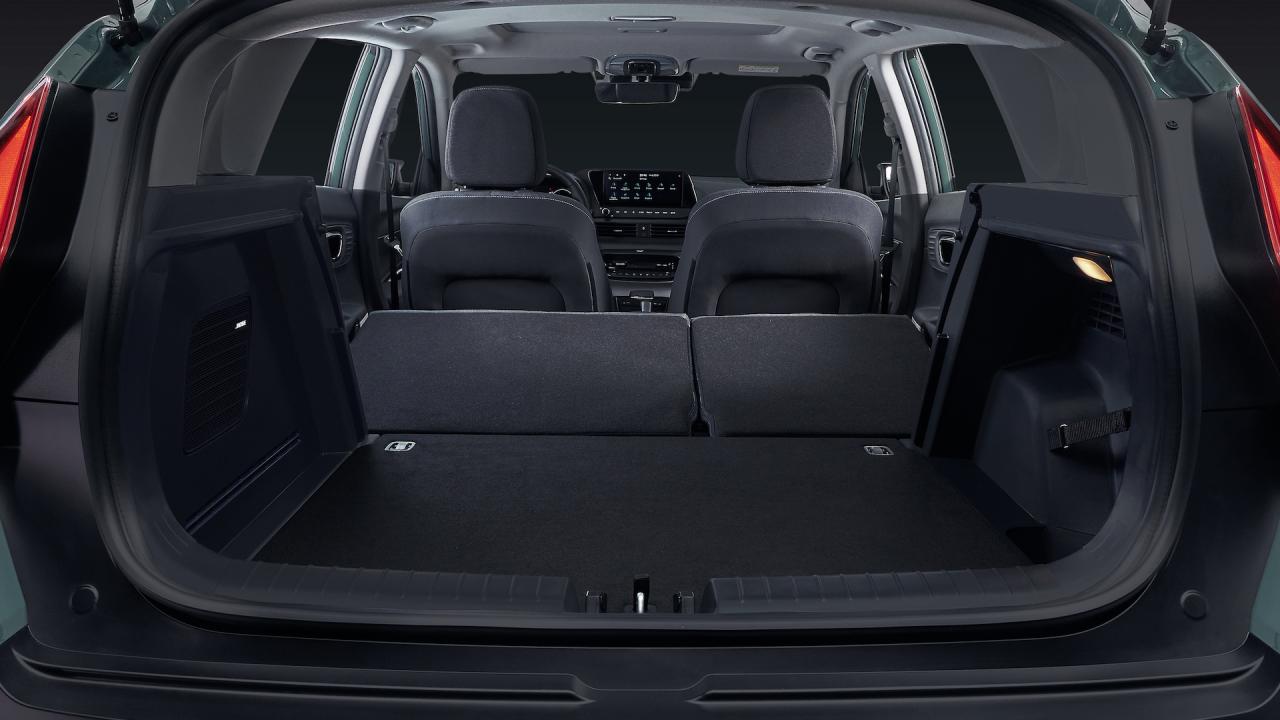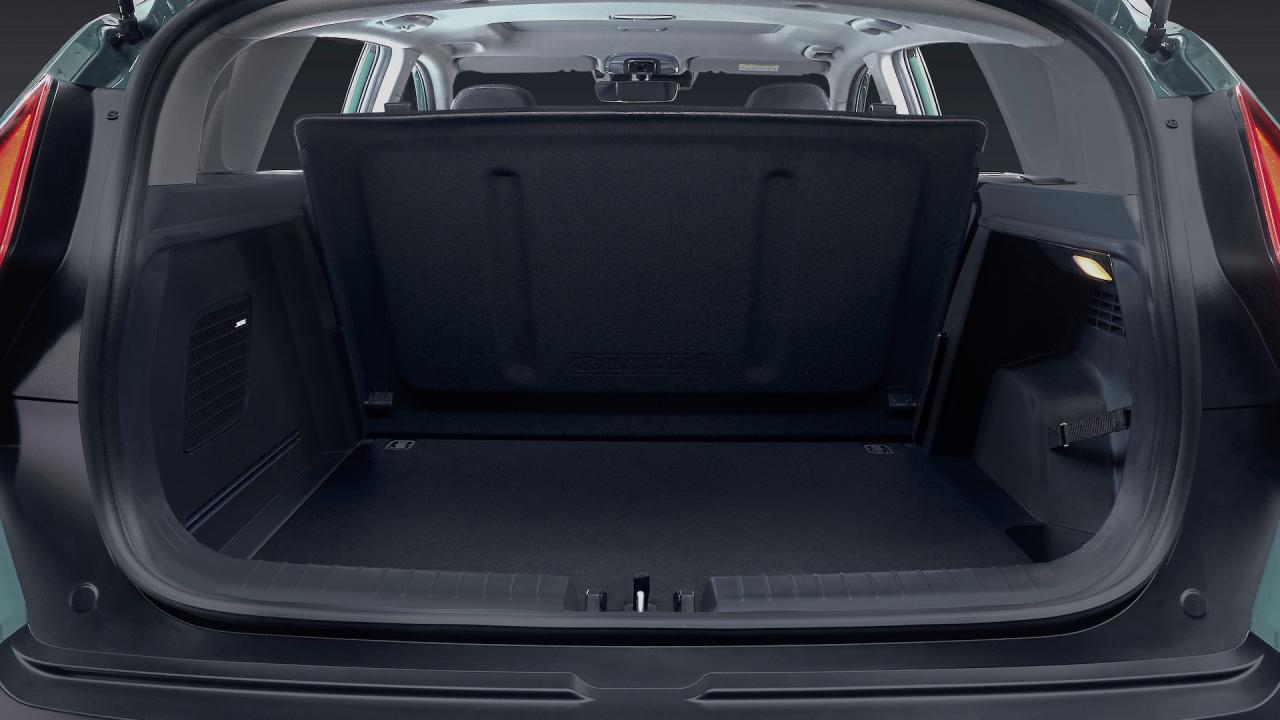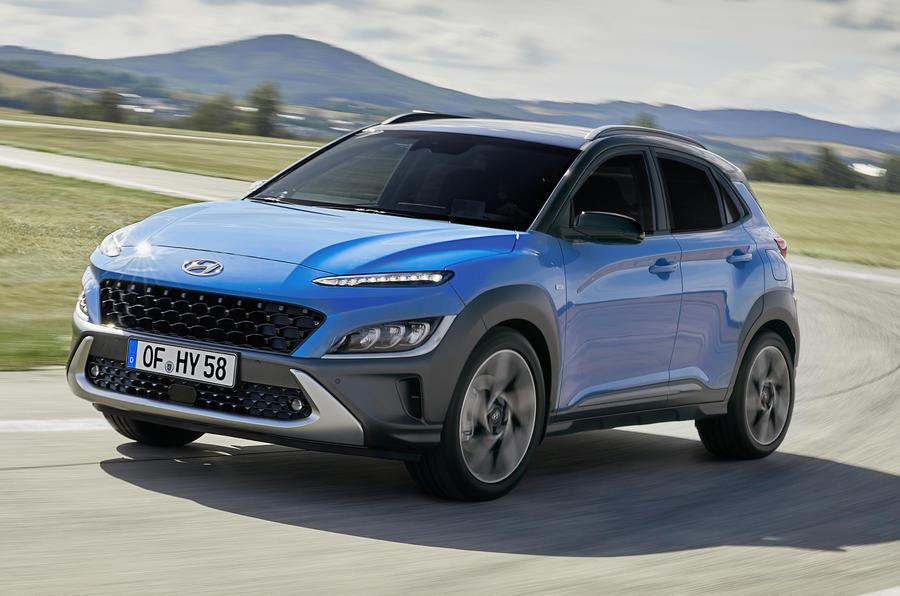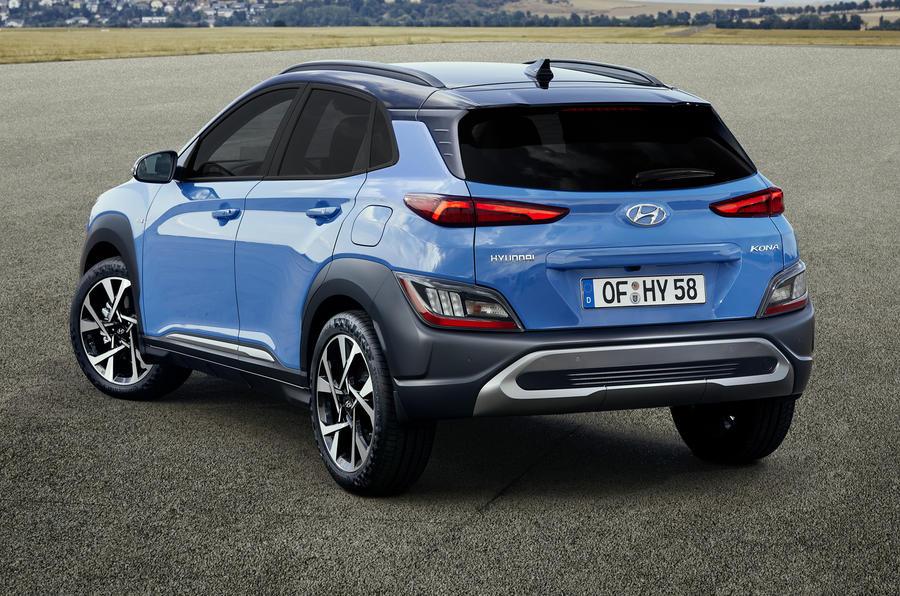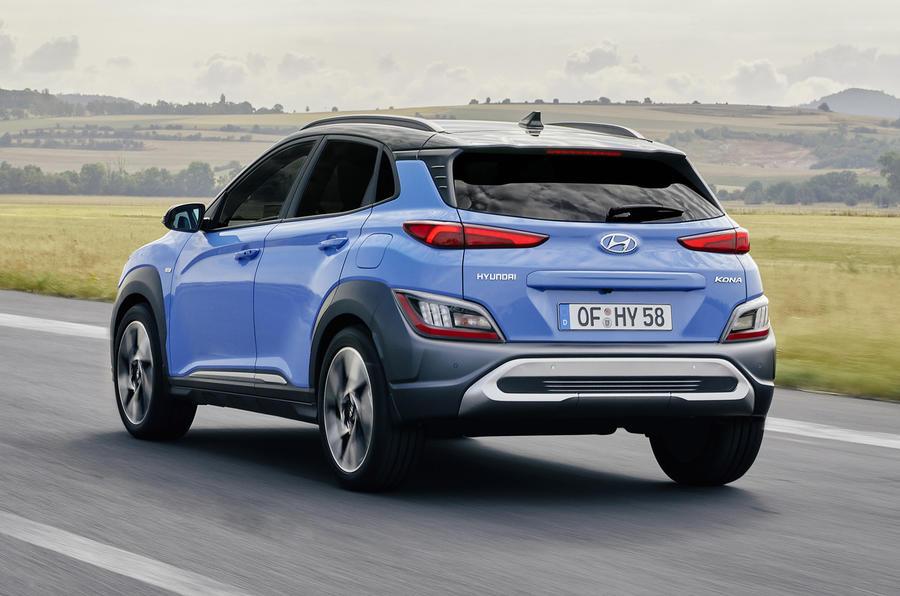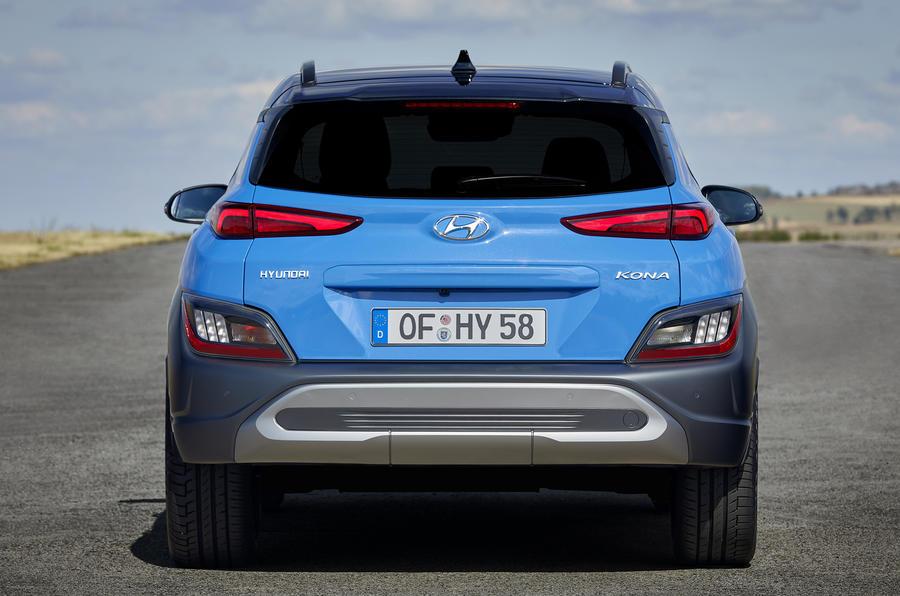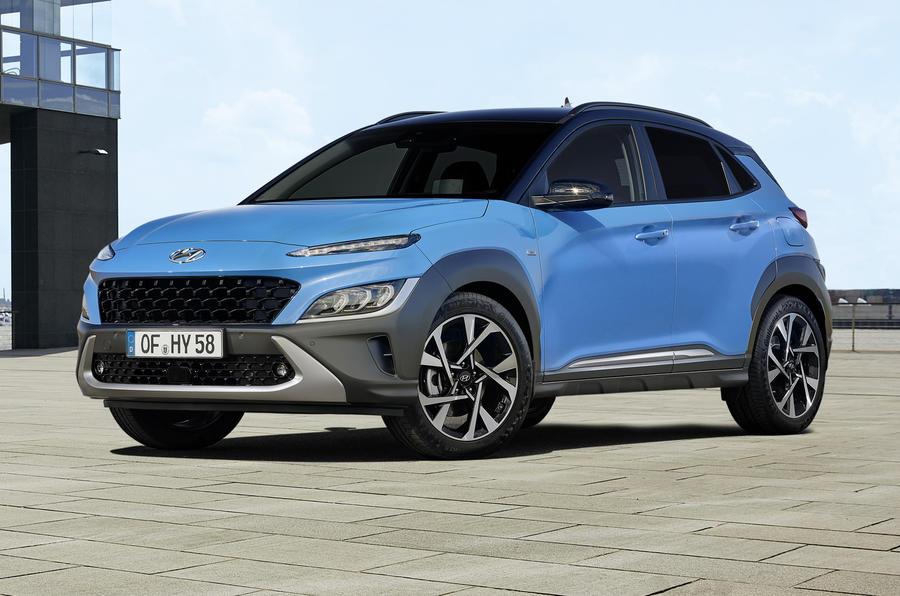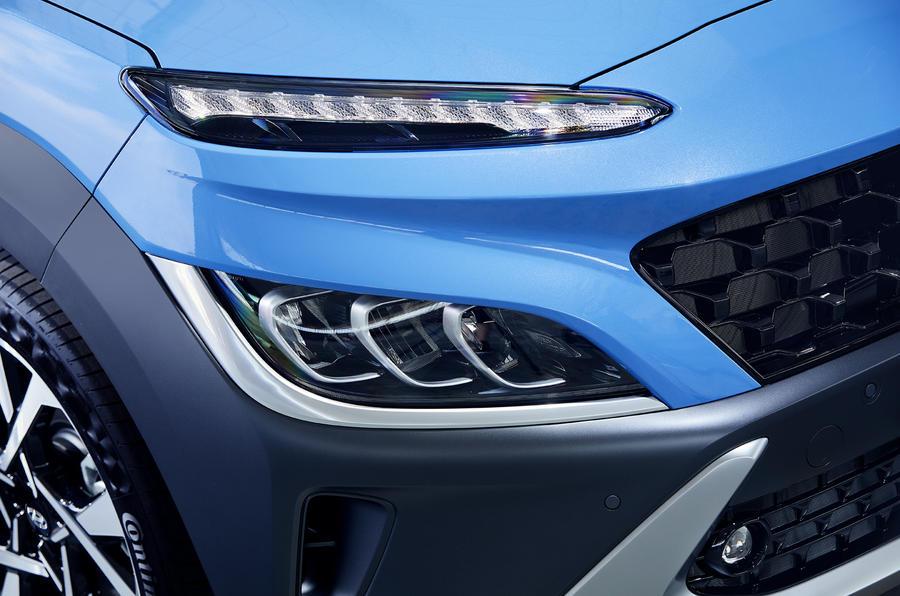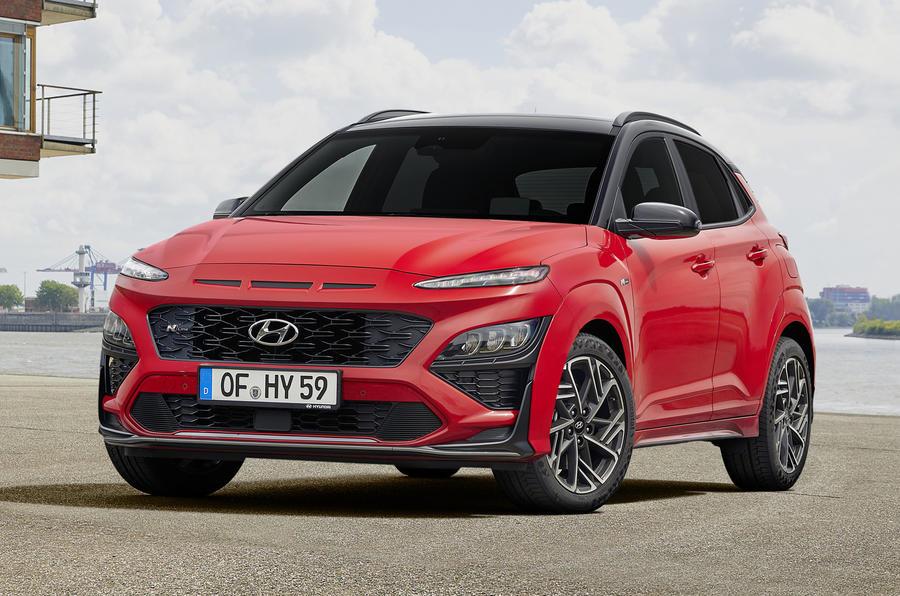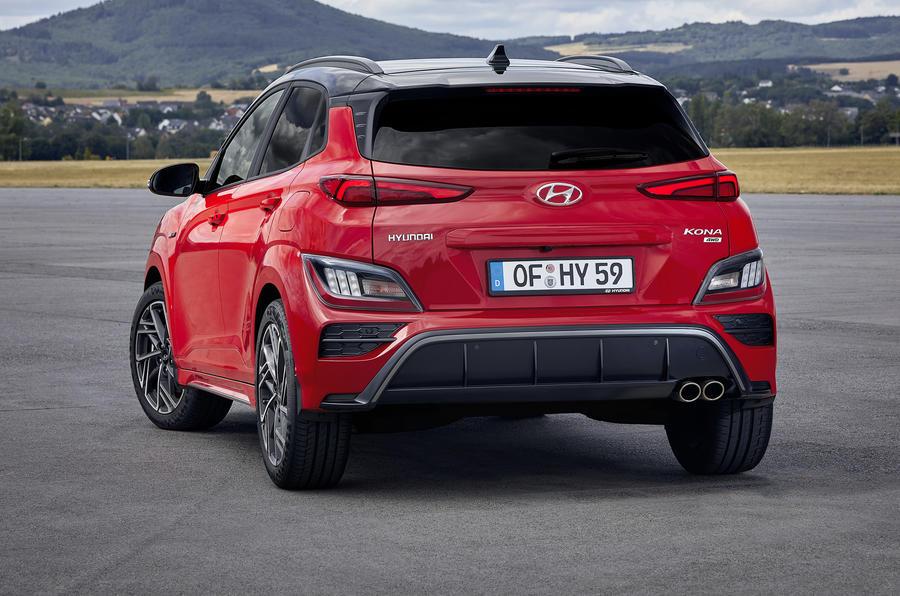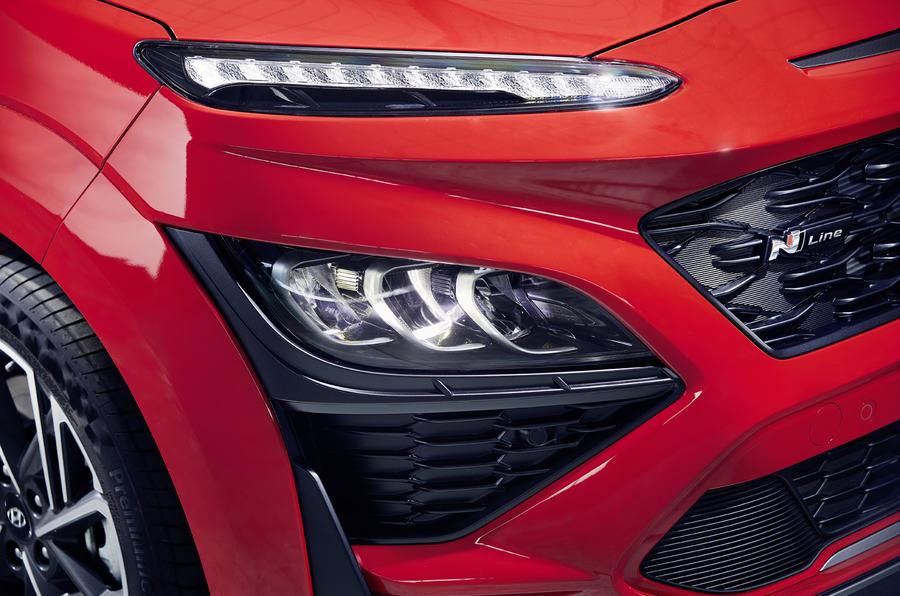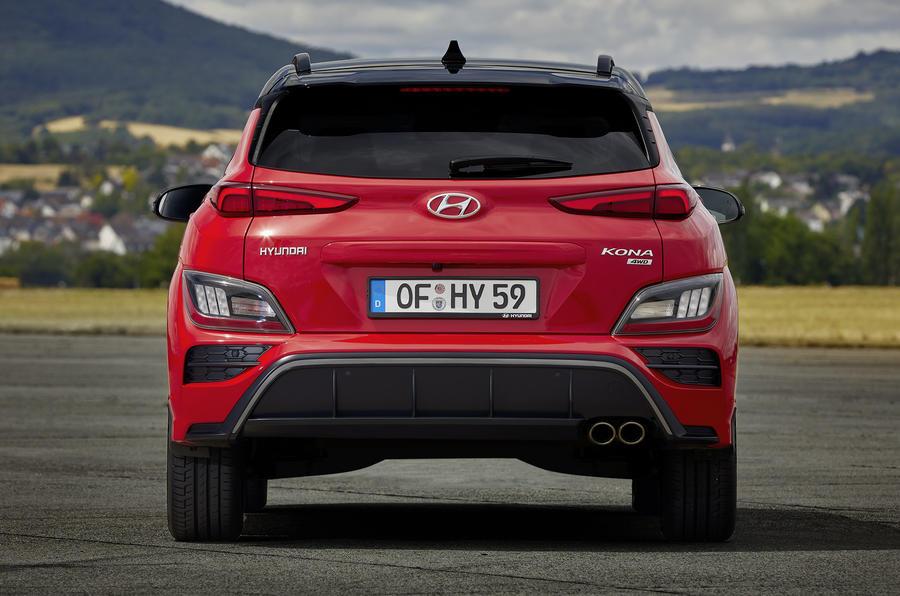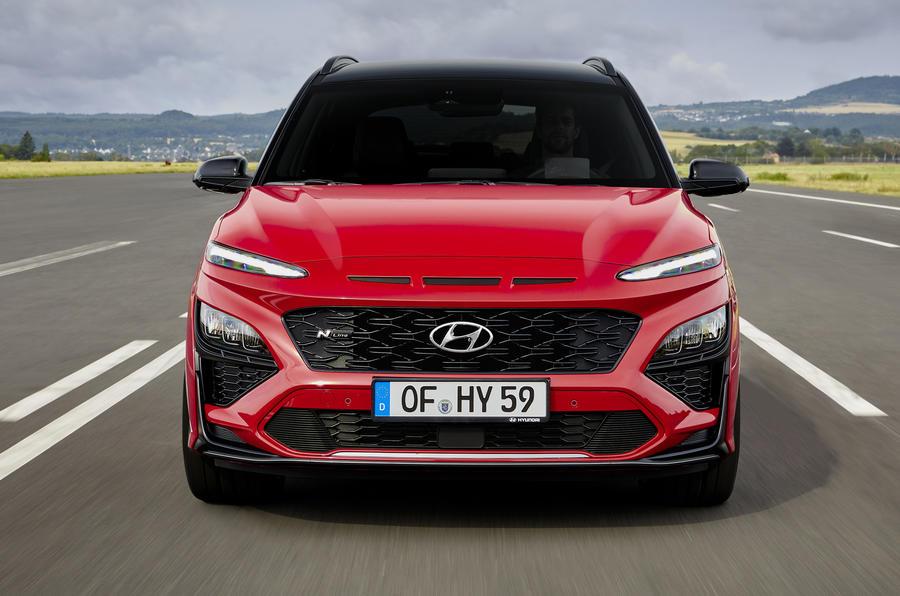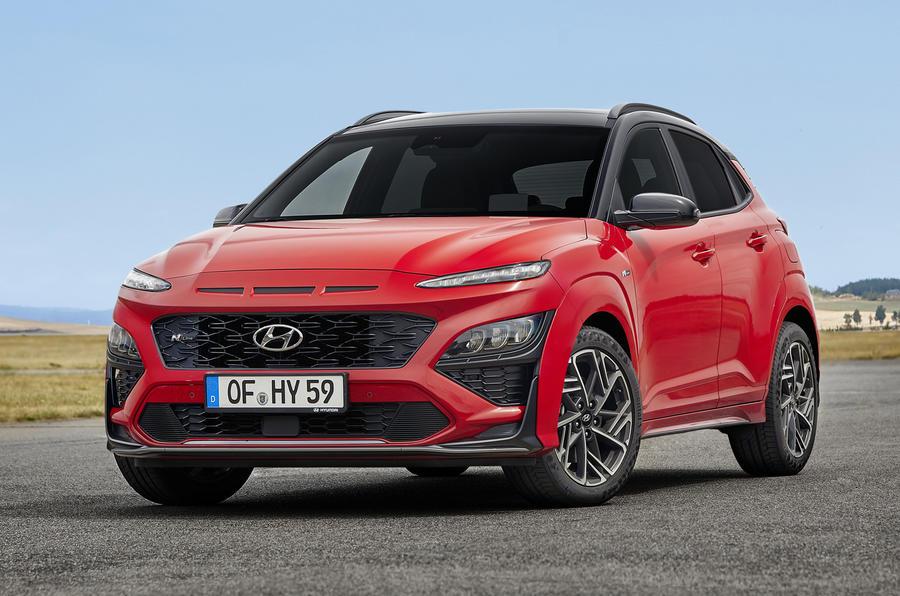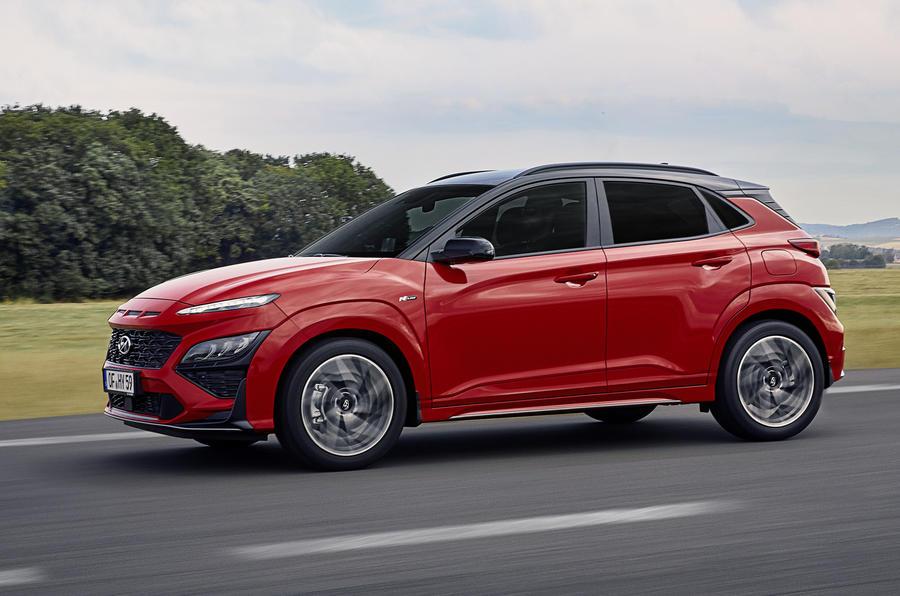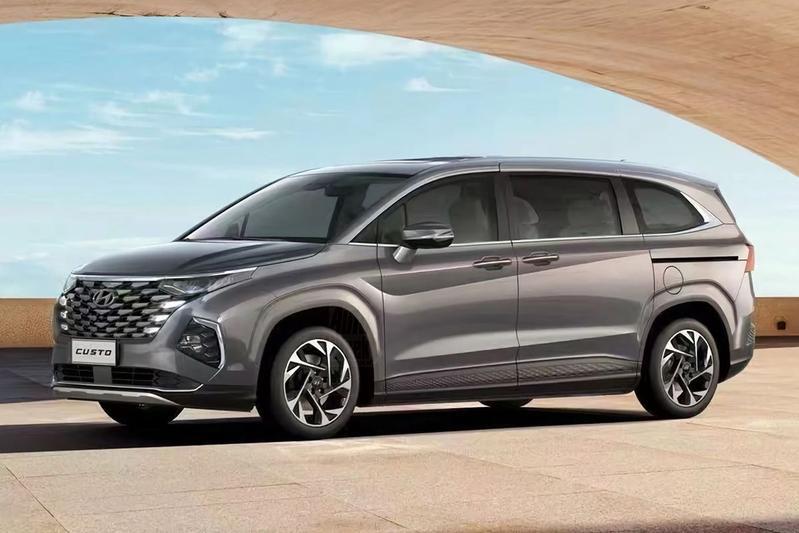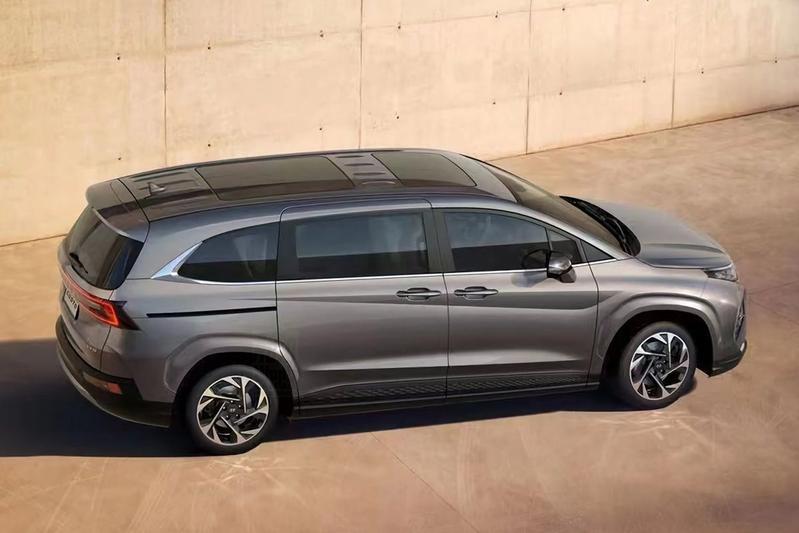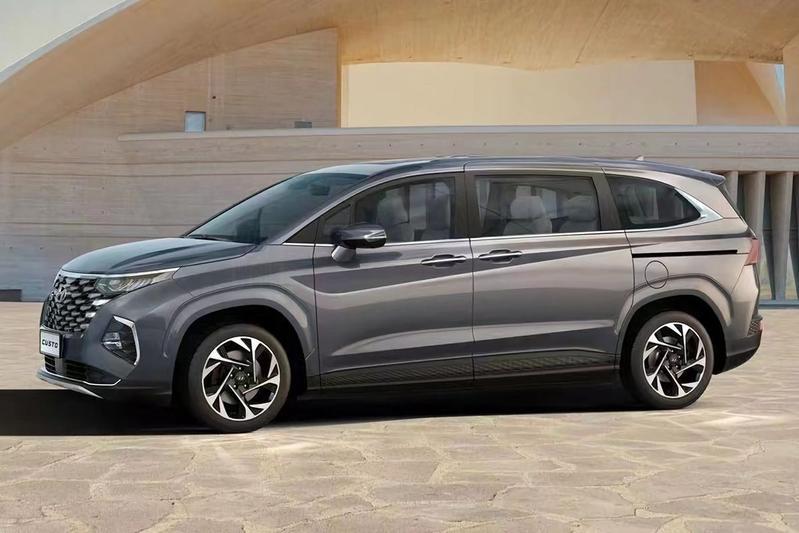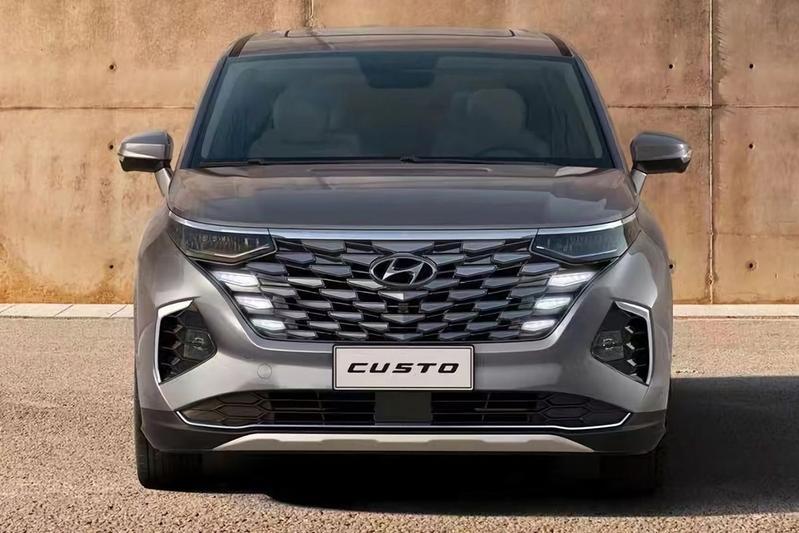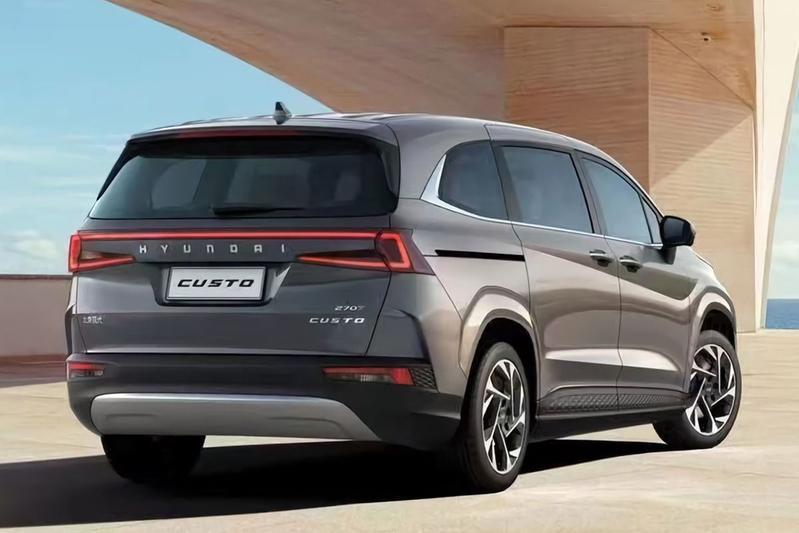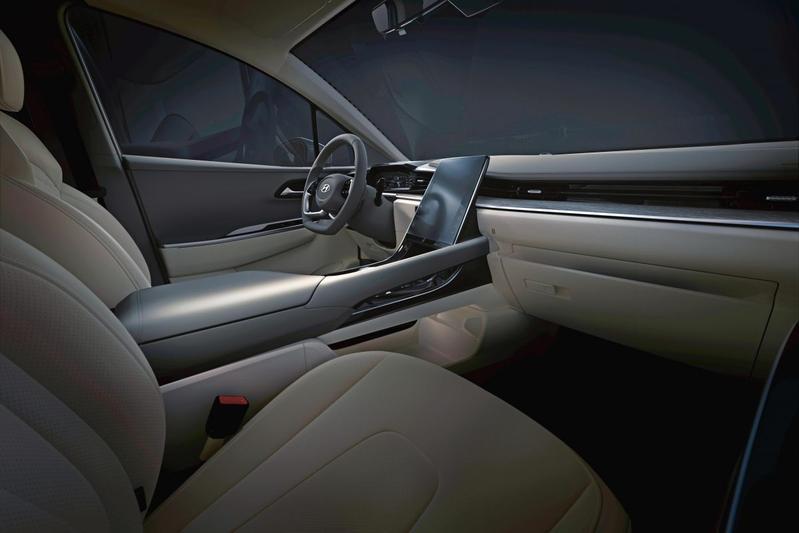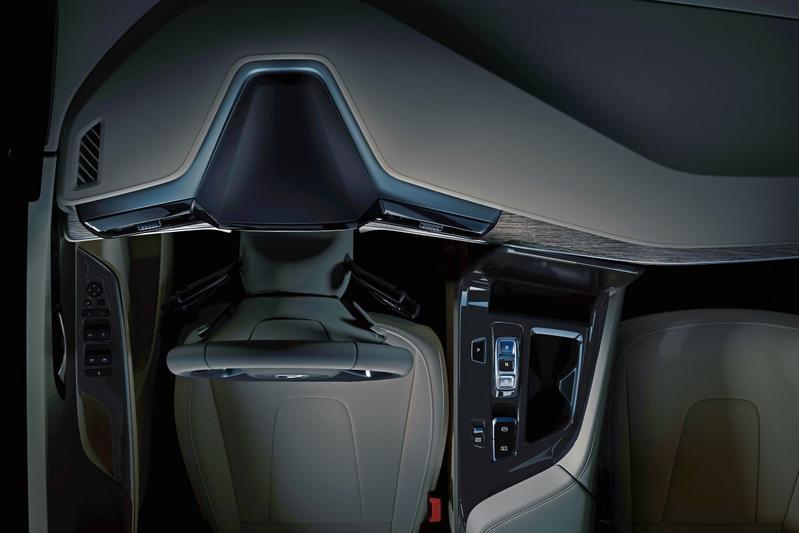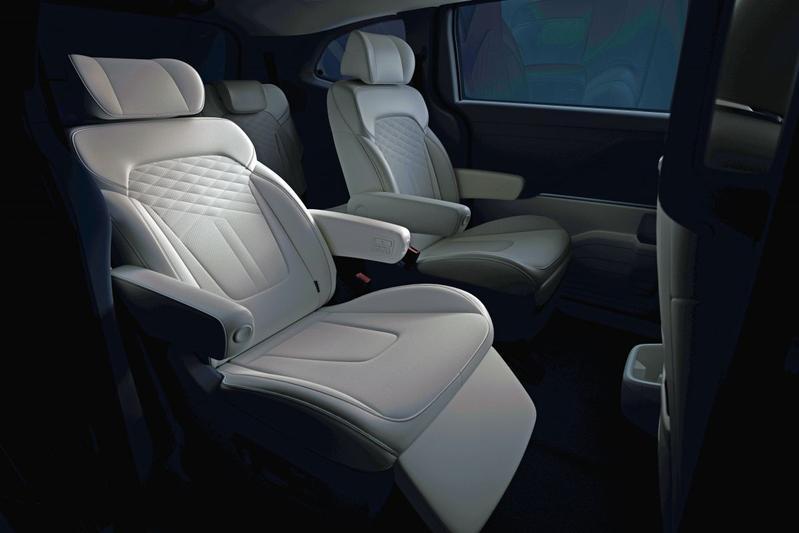Cerca nel Forum
Mostra i risultati del/dei TAG ''hyundai ufficiale'' .
Trovato 126 risultati
-
Ecco il fantascientifico Hyundai STARIA (in caps lock), nuovo MPV declinato in due varianti, standard e Premium. Il più lussoso presenza anche differenze estetiche all'anteriore e al posteriore. STARIA STARIA Premium Press Release: STARIA will go on sale in select markets starting from the second half of 2021. Premium and Futuristic Exterior Styling Evoking the streamlined form of a spaceship, STARIA’s sleek exterior is defined by a single stroke running from front to rear — inspired by the curve of light that illuminates the Earth’s horizon at sunrise when viewed from space. STARIA’s front is embellished with horizontal daytime running lights (DRLs) and a positioning lamp, together running across the width of the vehicle, complemented by a bold, wide radiator grille with a unique pattern. Its clean silhouette is further accented by a pair of low-set headlamps. Hyundai uses the same body color for all frontal parts to maximize the vehicle’s modern and pure style. STARIA Premium model features a variant-exclusive tinted brass chrome treatment, applied to the Hyundai emblem, grille, headlamp bezels, front and rear bumpers, wheels, side mirrors and door handles to emphasize the vehicle’s premium and modern look. Lowered beltlines and panoramic side windows improve overall visibility and create a feeling of openness. This sense of spaciousness – inspired by traditional Korean ‘hanok’ architecture – allows passengers to feel as if the outside scenes are an extension of the vehicle interior. The design theme carries over to the rear, featuring a wide window framed by elongated vertical tail lamps, with STARIA Premium models receiving Hyundai’s unique Parametric Pixel lamp design and garnish on top. The rear bumper is lowered so passengers can easily load and unload cargo. STARIA models are available in eight exterior colors: Abyss Black Pearl, Creamy White, Graphite Gray Metallic, Moonlight Blue Pearl, Shimmering Silver Metallic, Dynamic Yellow, Olivine Gray Metallic and Gaia Brown Pearl.3 Transforming Mobility by Providing More Quality Time in Transit STARIA interior applies a simple and modest layout to highlight driver’s convenience and passengers’ comfort, while staying faithful to its original value as an MPV. The cruise ship-inspired interior delivers an open and unique atmosphere through its innovative design architecture. The vehicle’s lower beltlines and panoramic windows create a spacious, stimulating environment for all passengers. The driver and passenger seats in the first-row are designed to offer a feeling of space and comfort. STARIA’s simple interior layout focuses only on the essentials to provide more room and flexibility to passengers. A glove compartment in the first-row passenger’s seat is moved forward to provide extra legroom space. The driver’s seat has a futuristic high-tech look with an advanced 10.25-inch front display screen, touch-based center fascia and a button-type electronic shift lever. The digital cluster is located on top of the dashboard, providing an unobstructed view for the driver. Storage space is available on top of the overhead console, bottom of the cluster, and top and bottom of the center fascia. Both driver and passengers also have access to a center console equipped with cup holders, USB ports and additional storage space. STARIA Premium offers a variety of additional interior features that will transform the passenger’s mobility experience. The 7-seat Premium model is equipped with Premium Relaxation Seats in the second row that recline electronically and also have sliding capabilities for easy reach or to maximize cargo space. The one-touch relaxation mode makes the seats recline automatically to a seat posture that comfortably disperses the passenger’s weight and improves overall body balance. Even when the seats are reclined by this mode, there is enough room for an adult passenger to sit comfortably in the third row, thanks to STARIA’s spacious interior layout. The 9-seat Premium model’s individual seats in the second row can swivel 180 degrees to face passengers in the third row. This makes STARIA Premium ideal for corporate vehicles or mobile offices as passengers can turn their seats around and conduct meetings face to face. Families will also find these swiveling seats convenient as rear-facing passengers will have easy access to those seated in the third row. A 64-color ambient mood lamp, available in all STARIA Premium variants, provides a lush interior atmosphere. The harmonious direct and indirect lighting can selectively illuminate the cockpit, console, doors and cargo areas. The premium feeling is further enhanced by the Bose sound system. Additionally, STARIA’s generous legroom is among the best in its segment and can be converted into expansive additional cargo space when all seats are pushed together — made possible by the versatile long sliding seat function. Moreover, the full-flat mode applied to rear passenger seats of STARIA standard model makes this vehicle the perfect choice for activities that require a lot of room and interior flexibility, such as camping and equipment-intensive sports. STARIA’s interior is available in these colors: Black, Black and Beige two-tone, Black and Blue two-tone. The Premium variant offers additional options of Gray and Brown two-tone as well as Gray and Light Gray two-tone.4 Maximizing Platform and Performance STARIA’s innovative interior space utilization is made possible by the MPV’s 3,273-mm wheelbase with an overall length of 5,253 mm and width of 1,997 mm. Its overall height of 1,990 mm5 is optimized for passengers to conveniently enter and exit the vehicle and is high enough for an average school-aged child to stand upright and move with ease. The cargo space availability varies depending on how the seating configurations are arranged. The 2- and 3-seater, optimized for business use, offers maximum cargo space of almost 5,000 litres. The cargo space dimensions have also been increased to carry three Euro pallets at once. STARIA offers powertrain options of a diesel-powered 2.2-litre VGT engine and a gasoline-powered Smartstream G6DIII 3.5-litre MPI engine6. The diesel engine is newly improved and mated with either a six-speed manual or eight-speed automatic transmission, delivering an estimated power output of 177 PS and 44 kgf-m of torque. Its high-efficiency, air-cooled turbocharger has an improved compressor and turbine wheel performance for better low speed torque performance. The gasoline-powered G6DIII 3.5-L MPI is mated to an eight-speed automatic transmission, delivering an estimated power output of 272 PS and 33.8 kgf-m of torque. Its integrated thermal management system provides fuel efficiency improvement by optimizing control of coolant temperature according to vehicle operating conditions. An integrated roller swing arm helps to further improve fuel efficiency by reducing friction. New stainless-steel castings help improve exhaust interference for more power. Hyundai Motor optimized each powertrain option for low noise, vibration, and harshness (NVH), better shift sensation for high torque performance and improved acceleration. It also optimized the direct valve control body for increased hydraulic efficiency, the oil pump for fuel efficiency, and the multi-plate torque converter for control and fuel efficiency. Mechanical upgrades also resulted in improved ride comfort thanks to the application of a multi-link suspension at the rear axle. STARIA’s upright inclination angle and lever ratio of shock absorbers also contribute to improved ride comfort. Likewise, upgrades in brake calipers and discs provide stable stopping power even with the model’s large size. On top of mechanical upgrades, aerodynamic upper body design and under body improvements result in improved drag coefficient for better fuel economy. Smart Features for Safety and Convenience STARIA has secured the highest level of vehicle safety. STARIA offers an option to add as many as six airbags7, and all seats come with three-point seat belts and headrests. Safety is further bolstered by smart features such as Forward Collision Avoidance Assist (FCA) and Blind-Spot Collision-Avoidance Assist (BCA). STARIA also offers other safety features. Wireless Module Seat Belt Reminder (WM-SBR), the world’s first seat belt reminder system using wireless communications technology, enables passengers to enjoy the benefits of seat belt reminder and long sliding capabilities at the same time. In a situation where a passenger attempts to open the power sliding door while a rear-side vehicle is passing by, Safe Exit Assist (SEA) prevents the door from opening. Rear Occupant Alert (ROA), available in select markets, uses a radar sensor to detect and alert the driver if a rear passenger is left in the car after exiting the vehicle. STARIA also comes with Hyundai’s smart infotainment system and is equipped with a wide-angle camera that enables the driver and front passenger to view rear passengers in the back seat on display screen. Families can use this feature to conveniently monitor children and pets, while business users such as ride-hailing services also will benefit from this feature. The infotainment system also enables the driver and front passenger to communicate with rear passengers using a unique speaker function that allows all occupants to clearly hear one another. The infotainment system also enables the driver and front passenger to communicate to rear passengers with a unique speaker function so that all occupants of the vehicle can clearly hear one another. What’s Next Moving forward, Hyundai plans to launch Special Vehicle lineups8 of STARIA, such as limousines, ambulances and camping car. In addition, eco-friendly variants of STARIA are scheduled to be added in upcoming years. 1 Seating layouts may vary according to region and model. 2 In Europe, STARIA will be available as Van, Wagon and Wagon Premium. 3 Color options may vary according to region and model. 4 Color options may vary according to region and model. 5 Height of STARIA Van: 2,000 mm 6 In Europe, STARIA will be offered with the 2.2-litre diesel engine only. 7 For Australia, a total of seven airbags are provided. 8 Special Vehicle lineups will be available in limited markets only. Hyundai Europe Topic Spy: ➡️ Hyundai Van 2021 (Spy)
- 107 risposte
-
- 3
-

-

-
- hyundai staria
- staria premium
- (e 11 altri in più)
-
Simon LoasbySenior Vice President e Head del Hyundai Design Center Il design esterno di INSTER è caratterizzato da un profilo robusto ma compatto da SUV e da superfici pulite ed essenziali, con robusti parafanghi, un paraurti dal design tecnologico ispirato ai circuiti elettronici e una piastra di protezione audace che aggiungono carattere all’anteriore e al posteriore di INSTER. Il carattere di INSTER spicca anche grazie alla firma luminosa a LED delle luci diurne e alla grafica a pixel degli indicatori di direzione, dei fanali posteriori e dei paraurti. I clienti possono ulteriormente personalizzare l’aspetto dell’auto con fari a proiezione LED e un colore esterno bicolore con tetto nero a contrasto. Saranno disponibili cerchi in acciaio da 15 pollici con copricerchi, cerchi in lega da 15 pollici o cerchi in lega da 17 pollici a seconda delle specifiche. Interni versatili e materiali di ultima generazione All’interno, INSTER offre tecnologia avanzata e comfort con un quadro strumenti digitale da 10,25 pollici, un touchscreen per l’infotainment da 10,25 pollici con navigazione e una base di ricarica wireless che fa parte di una console centrale compatta, progettata per creare una maggiore sensazione di spaziosità. Il tema dei pixel si ritrova anche nel design del volante per sottolineare il carattere high-tech dell’auto. Gli interni presentano modanature customizzabili sulla parte superiore delle porte per permettere di personalizzare ulteriormente l’auto. Gli interni di INSTER offrono versatilità e spaziosità, a partire dai posti a sedere anteriori. Tutti i sedili possono essere abbattuti e ripiegati, compreso quello del conducente. Sono inoltre disponibili l’opzione “sedile a panchetta” nell’anteriore e sedili frontali e volante riscaldati. I sedili posteriori sono divisi a metà, scorrono e si reclinano. Le opzioni di colori esterni di INSTER includono Atlas White, Tomboy Khaki, Bijarim Khaki Matte e Unbleached Ivory, accanto a diverse nuove tonalità, come Sienna Orange Metallic, Aero Silver Matte, Dusk Blue Matte, Buttercream Yellow Pearl e Abyss Black Pearl. Alcune opzioni di colori esterni saranno disponibili in combinazioni bicolore con tetto nero a contrasto. Le scelte per il rivestimento interno includono il nero, il bicolore marrone kaki e il beige Newtro con finiture interamente in tessuto. Sia per l’esterno che per gli interni si è fatto ricorso a materiali sostenibili. All’esterno una vernice nera lucida ottenuta da pneumatici di scarto riciclati sostituisce il pigmento nero carbone tradizionalmente utilizzato nella vernice nera. All’interno vengono utilizzati polietilene tereftalato (PET) riciclato da bottiglie e bio-polipropilene estratto dalla canna da zucchero. Capacità di ricarica rapida e autonomia leader nel segmento INSTER eccelle per la sua rapidità di ricarica in corrente continua e per la sua notevole autonomia interamente elettrica. Dotata di serie di una batteria da 42 kWh, INSTER è disponibile anche con batteria Long-Range da 49 kWh. Le due versioni sono alimentate rispettivamente da un motore che eroga 71,1 kW (97 CV) nella variante base e 84,5 kW (115 CV) con batteria Long-Range. La coppia, in entrambi i casi, è di 147 Nm. Con un’autonomia stimata di 355 km[1] (WLTP) con una singola carica per il modello Long-Range, INSTER ridefinisce ciò che è possibile ottenere da un veicolo elettrico pensato per la città, offrendo ampia versatilità con un consumo energetico stimato di 15,3 kWh/100 km[2] (WLTP). Utilizzando una stazione di ricarica DC High-Power da 120 kW, INSTER può caricarsi dal 10 all'80% in circa 30 minuti in condizioni ottimali. INSTER è inoltre dotata di serie di un caricatore di bordo da 11 kW, mentre sono disponibili come opzionali il sistema di riscaldamento della batteria e una pompa di calore ad alta efficienza. La funzionalità Vehicle-to-Load (V2L) esterna e interna fornisce alimentazione per i dispositivi esterni (110V/220V), consentendo la ricarica bidirezionale senza bisogno di apparecchiature aggiuntive. Questo consente ai clienti di utilizzare o caricare liberamente dispositivi come biciclette elettriche e scooter. Sofisticate funzioni tecnologiche e di comfort INSTER offre, inoltre, un'ampia gamma di tecnologie all'avanguardia, fra le quali spiccano una serie di funzioni avanzate di sicurezza e assistenza alla guida. INSTER offre anche un'illuminazione ambientale a LED a 64 colori, un quadro comandi digirale, un tetto apribile one-touch e l'accesso tramite Hyundai Digital Key 2 Touch (NFC). Il nuovo SUV urbano ultra-compatto 100% elettrico di Hyundai presenta il pacchetto tecnologico più ricco del segmento, che comprende una dotazione ADAS estremamente completa, con funzionalità come il Surround View Monitor (SVM), il Parking Collision-Avoidance Assist Rear (PCA-R), il Bilnd-Spot View Monitor (BVM) e il Forward Collision-Avoidance Assist 1.5 (FCA 1.5). Disponibili anche il Lane Keeping Assist (LKA) e il Lane Following Assist (LFA), oltre al Blind-Spot Collision-Avoidance Assist (BCA), al Rear Cross-Traffic Collision-Avoidance Assist (RCCA), al Safety Exit Warning (SEW), allo Smart Cruise Control (SCC) con Stop and Go, all'Highway Driving Assist 1.5 (HDA 1.5), Intelligent Speed Limit Assist (ISLA), High Beam Assist (HBA). Per quanto riguarda il parcheggio, gli ADAS includono il Parking Distance Warning (PDW), Front e Rear con il Rear-View Monitor (RVM) per garantire una migliore visibilità. Il lancio globale di INSTER INSTER sarà lanciata in quest'estate, inizialmente in Corea, e successivamente in Europa, Medio Oriente e in Asia-Pacifico. La maggior parte degli equipaggiamenti e delle tecnologie sarà di serie, mentre alcune caratteristiche di comfort e design saranno disponibili come optional. Tutte le specifiche saranno confermate in prossimità del lancio, così come la gamma dedicata al mercato italiano. In Italia sarà prossibile prenotare Nuova INSTER da settembre. Il lancio è previsto a fine anno. Successivamente, verrà lanciata la variante INSTER CROSS[5], caratterizzata da un design più robusto e orientato all'outdoor. Ulteriori dettagli saranno forniti in seguito. Hyundai INSTER – Specifiche* Dimensioni (mm) Lunghezza: 3,825 Passo: 2,580, Larghezza:1,610 Altezza: 1,575 Spazio per la testa (mm) Frontale: 1,028 (Tettino: 987) / Posteriore: 982 Spazio per le gambe (mm) Frontale: 1,050 / Posteriore: 862 Capacità di carico (VDA) 280 litri (fino a 351 litri facendo scorrere i sedili posteriori) Dimensione massima pneumatici 205/45 R17 Opzioni cerchi pneumatici In lega da 17’’, in lega da 15’’, in acciaio da 15’’ con copriruota Batteria Standard: 42 kWh / Long-Range: 49 kWh Voltaggio Standard: 266 V / Long-Range: 310 V Potenza massima Standard: 71.1 kW e 97 CV / Long-Range: 84.5 kW e 115 CV Velocità massima Standard: 140 km/h / Long-Range: 150 km/h 0-100 km/h Standard: 11.7 s / Long-Range: 10.6 s Autonomia massima stimata (WLTP) Oltre 300 km (Standard Range) 355 km (Long-Range con cerchi da 15’’) Consumi stimati 15.3 kWh/ 100 km (con cerchi da 15’’) AC OBC 11 kW (std) AC tempo di ricarica (con alimentazione OBC) Standard: 4 ore (16A) Long-Range: 4 ore 35 minuti (16A) 10-80% ricarica veloce 30 minuti [entrambi i modelli, in condizioni ottimali quando si utilizzano caricabatterie ad alta potenza (CC con una potenza minima di 120 kW)] ADAS PCA-R), Blind-spot View Monitor (BVM), Forward Collision-Avoidance Assist 1.5 (FCA 1.5), Lane Keeping Assist (LKA) and Lane Following Assist (LFA), Blind-Spot Collision-Avoidance Assist (BCA), Rear Cross-Traffic Collision-Avoidance Assist (RCCA), Safe Exit Warning (SEW), Smart Cruise Control (SCC)w/ Stop and Go, Highway Driving Assist 1.5 (HDA 1.5), Intelligent Speed Limit Assist (ISLA), High Beam Assist (HBA), Parking Distance Warning (PDW), Rear View Monitor (RVM). Colori esterni Atlas White*, Tomboy Khaki*, Bijarim Khaki Matte, Unbleached Ivory, Sienna Orange Metallic*, Aero Silver Matte*, Dusk Blue Matte, Abyss Black Pearl, e Buttercream Yellow Pearl. * Disponibile in versione bicolore con tetto nero a contrasto Colori interni Black, e Khaki Brown e Newtro Beige bicolore con finiture in tessuto integrale *Le specifiche si basano sulla versione europea Hyundai INSTER. Le caratteristiche, la tecnologia e i numeri dichiarati potrebbero variare a seconda del mercato. [1] In Corea INSTER si chiamerà CASPER Electric [2] Autonomia prevista di 355 km (WLTP) con una singola carica, con ruote da 15 pollici per il modello Long-Range [3] Con cerchi da 15 pollici [4] Con cerchi da 15 pollici [5] CASPER Cross per il mercato coreano Hyundai Media Topic Spy -> https://www.autopareri.com/forums/topic/79978-hyundai-a-suv-2024-spy/
- 66 risposte
-
- hyundai ufficiale
- hyundai inster 2025
-
(e 6 altri in più)
Taggato come:
-
- 15 risposte
-
- 1
-

-
- hyundai ufficiale
- usa
-
(e 6 altri in più)
Taggato come:
-
Hyundai IONIQ 6 Hyundai IONIQ 6 N Line Simon Loasby Senior Vice President and Head of Hyundai Design Center ‘Pure Flow, Refined’ design concept With the new IONIQ 6, Hyundai Motor is emphasizing the identity of electrified streamliners, focusing on connecting the body flow more precisely and naturally based on the evolved concept of ‘Pure flow, Refined’. The new vehicle’s elevated hood and extended shape, combined with a shark-nose design, create a sleek profile that appears to slice through the air. The black garnish on the lower body extends to the doors, emphasizing the IONIQ 6’s streamlined body. The previous-generation vehicle’s prominent spoiler has been removed, with the new IONIQ 6 featuring an extended ducktail spoiler to maintain aerodynamic performance while achieving a smoother, more refined silhouette. The car’s front and rear design details have been refined for a modern and high-tech appearance, featuring separate slim DRLs and main lamps. Horizontal design elements create a wider stance, while the rear bumper design complements the front with modern chrome garnish. The design of the new IONIQ 6’s interior maintains the ‘Mindful Cocoon’ concept, with a greater focus on a more comfortable and intuitive user experience. Inside, the new IONIQ 6 features a redesigned steering wheel and enhanced door trim materials for a more premium feel. The center console layout has been refined for improved functionality, and the climate control display has been enlarged to enhance ease of use. N Line model brings bold and aggressive styling Unveiled alongside the new IONIQ 6, the IONIQ 6 N Line variant inherits the design DNA of the RN22e Rolling Lab released in 2022, adding a distinctly bold touch. To highlight the N Line model’s dynamic and aggressive design, the front and rear wing-shaped bumpers feature enhanced details and a more sculptural form. This wing-inspired bumper design, along with a side sill emphasized by a single line, gives the electrified streamliner a visually lower stance. Additionally, the extensive use of black color at the rear, drawn from the RN22e’s design, contributes to the IONIQ 6 N Line’s sporty proportions. The two-dimensional Parametric Pixel lamp design further emphasizes a digital aesthetic. IONIQ 6 N to be unveiled in July this year Hyundai Motor also teased the forthcoming IONIQ 6 N during its Seoul Mobility Show presentation, hinting at the arrival of a true high-performance electrified streamliner in the future. * Specifications mentioned above are based on the Korean-market model. Features, technology and claimed figures may differ depending on the market. This model is currently not available in Europe. Topic Spy -> https://www.autopareri.com/forums/topic/82030-hyundai-ioniq-6-facelift-2025-spy/
- 18 risposte
-
- 2
-

-
- hyundai
- hyundai ioniq
- (e 6 altri in più)
-
Press Release DownloadShare An uncompromising and powerful exterior design The all-new i20 N presents an uncompromising and powerful look to match its undiluted high-performance experience. The exterior design of the model emphasises its high-performance nature by combining elements of Hyundai’s rallying heritage with the company’s latest Sensuous Sportiness design identity, which creates an emotional appeal for drivers. It adds aerodynamically functional forms to the sporty and dynamic styling of its base model, the class-leading Hyundai i20, such as a 10 mm lower ground clearance. The front is dominated by the front bumper with a larger air intake for the turbo engine. The wide radiator grille with N logo features a unique pattern inspired by a chequered flag, underlining the all-new i20 N’s racetrack capability. Below the grille, a lip spoiler featuring Tomato Red accents further enhances the model’s performance-oriented design. This colour extends to the new side skirt and the rear, emphasising its width. Meanwhile, unique side sills reinforce the link between the front and rear of the car. DownloadShare At the rear, a distinctive WRC-inspired roof spoiler enhances downforce and underscores the aerodynamic nature of the all-new i20 N so that it is fun to drive on any road and helps maintain stability even at high speeds. A rear bumper with built-in diffuser-like elements and triangular rear fog light echo the iconic light shape found on the i30 N and i30 Fastback N. In addition, a big single exhaust emphasises the high-performance potential of the engine. Other design highlights include front LED headlamps, while the darkened tail lamps resemble a black diamond. The all-new i20 N’s sporty credentials are further accentuated by its bespoke 18‑inch alloy wheels with a grey matte finish and N-branded brake callipers. The all-new i20 N comes in six exterior colours including the N signature Performance Blue livery, which is exclusive to Hyundai N models, and an optional Phantom Black roof for a two-tone style. Additional Tomato Red accents further emphasise Hyundai’s motorsport DNA. Exterior colours: Performance Blue (with optional Phantom Black roof) Intense Blue (with optional Phantom Black roof) Polar White (with optional Phantom Black roof) Sleek Silver (with optional Phantom Black roof) Brass (with optional Phantom Black roof) Phantom Black DownloadShare Interior design offers a high-performance driving space Inside, the all-new i20 N represents a high-performance driving space with a host of N-specific advanced and high-tech premium features. This includes dedicated sport seats with an integrated headrest that are unique to the all-new i20 N, as well as N steering wheel and N gear knob and sporty N metal pedals. The black interior features Performance Blue accents throughout and all‑black head lining. The digital cluster and AVN screen include features such as the variable LED red zone, which varies according to engine oil temperature, and the shift-timing indicator, which shows the driver the best time to switch gears. DownloadShare A turbocharged fast-power engine makes the all-new i20 N focused on fun to drive The all-new i20 N is powered by a 1.6-litre turbocharged GDi engine with a six-speed manual transmission (6MT). This engine is the first of a new generation to feature in a European Hyundai model, and delivers a maximum output of 204 PS and a maximum torque of 275 Nm for ultimate power delivery. With 1,190 kg of weight just as the i20 Coupe WRC, the power-to-weight ratio is one of the best in class. The all-new i20 N delivers a maximum speed of 230 km/h, and can go from 0‑100 km/h in just 6.7 seconds. The engine offers flat power, which ensures high responsiveness and improved acceleration for even more fun on the road or on the racetrack. Flat power provides more torque and power at lower RPMs, thereby utilising more of the engine’s potential in everyday driving situations. The all-new i20 N keeps maximum torque between 1,750 and 4,500 RPM, and achieves maximum power between 5,500 and 6,000 RPM. This improves acceleration in the mid- and high-speed range and delivers consistent high performance in a variety of driving conditions. The all-new i20 N’s engine features an exclusive turbo system which is cooled by an intercooler and the water circulation of the engine. A 350-bar high-pressure injection rail provides for fuel atomization, a faster engine response, as well as a more efficient mixture preparation. The 1.6 T-GDi engine utilises Hyundai’s new Continuously Variable Valve Duration (CVVD) technology to further optimise fuel efficiency. The CVVD regulates the duration of valve opening and closing according to driving conditions, achieving a boost in performance and three per cent improvement in fuel efficiency. Meanwhile, the 6MT has been refined and reinforced especially for the all-new i20 N to cope with higher RPM, torque and Launch Control to give its drivers a dynamically immersive driving experience. The all-new i20 N can also be equipped with the N Corner Carving Differential, a Mechanical Limited Slip Differential (m‑LSD) that utilises a mechanically controlled Torsion gear type to control the power transfer to the front wheels. It provides optimum traction and enhances grip on every corner for a sportier and more agile ride. DownloadShare High-performance features for the thrill of driving The all-new i20 N is equipped with a number of dedicated functionalities for a sporty fun-to-drive experience. The N Grin Control System offers customers a high level of customisation, with five distinct drive modes: Normal, Eco, Sport, N and N Custom. The drive modes adjust the parameters of the engine, Electronic Stability Control (ESC), exhaust sound and steering in order to optimise them for a variety of driving conditions. In the N Custom mode, drivers can select from Normal, Eco, Sport and Sport+ settings for each of the mentioned components to match driving preferences and road conditions via a “Spider diagram” on AVN screen. Moreover, dedicated N keys on the steering wheel flexibly allow any type of pre-sets to be mapped according to individual needs. For even sportier pleasure of driving, the Electronic Stability Control (ESC) can be operated in three stages: on, sport and fully off. DownloadShare Like the i30 N, the all-new i20 N boasts a range of high-performance driving features. Rev Matching synchronises the engine to the output shaft and has its own dedicated activation button on the steering wheel. This allows smoother or sportier downshifts, depending on the drive mode. With Launch Control, the engine and traction control are optimised for quick acceleration from a standing start just like a professional race driver. Other motorsport-inspired features include an electric sound generator, variable muffler control for the perfect exhaust sound, as well as left-foot braking calibration, a brake pad wear indicator (PWI), and dedicated 215/40 R18 Pirelli P-Zero ultra-high-performance tyres with “HN” mark (standing for “Hyundai N”). DownloadShare Ride and handling Hyundai’s engineers have retuned and refined the regular i20’s chassis, suspension, brakes and steering in order to deliver more agile ride and handling so that the all-new i20 N is capable of handling the thrills of the racetrack. The chassis has been reinforced at 12 different points to ensure smoother handling and usability on any road and in all weather conditions. This includes a redesigned undercover and an additional bracket. The suspension features reinforced front domes and knuckles with adjusted geometry. This includes increased camber for better traction and five fixation points for the wheel as well as a new anti-roll bar, new springs and shock absorbers for maximum driving fun. The all-new N Power Sense Axle at the front combined with a Dual Coupled Torsion Beam Axle (CTBA) at the rear provide higher stiffness for improved ride and handling performance. Meanwhile, the high-performance brakes feature an increased front disc, which is 40 mm larger than the regular i20, for increased fading resistance and a more consistent brake pedal feel. The all-new i20 N offers direct and precise steering for confident, sporty driving through a reduced steering ratio of 12.0 (i20: 12.4) and its specifically tuned column-mounted motor driven power steering system (C-MDPS). Play Footage A comprehensive safety package The all-new i20 N is equipped with Hyundai SmartSense Advanced Drivers Assistance System features and complies with the highest European safety standards. This includes features such as Forward Collision Assist City / Interurban / Pedestrian (FCA), Intelligent Speed Limit Assist (ISLA), Lane Following Assist (LFA) and Blind-Spot Collision Warning (BCW). Hyundai SmartSense safety features: Forward Collision Warning (FCW) Forward Collision Avoidance Assist-City / Interurban / Pedestrian / Cyclist (FCA) Lane Departure Warning (LDW) Lane Keeping Assist (LKA) Blind-Spot Collision Warning (BCW) Intelligent Speed Limit Assist (ISLA) Driver Attention Warning System incl. Leading Vehicle Departure Alert (LVDA) (DAW+) High Beam Assist (HBA) Lane Following Assist (LFA) Rear Cross-Traffic Collision Warning (RCCW) Rear view monitor with parking guidance (RVM) Tech and connectivity The all-new i20 N features a Performance Driving Data System to monitor and improve the driver’s track skills. This feature saves and displays driving data, including information on PS, torque, turbo boost. It also comes with a lap and acceleration timer. The all-new i20 N comes with an optional 10.25-inch LCD touchscreen navigation system with dedicated N content, Apple CarPlay and Android Auto. It is also available with the latest version of Bluelink, Hyundai’s state-of-the-art connected car services. This offers a wide range of Connected Car services such as Hyundai LIVE Services, Connected Routing and Last Mile Navigation, as well as remote features via the Bluelink smartphone app. Bluelink comes with a free five-year subscription. The all-new i20 N will be available across Europe from spring 2021. Hyundai Clicca Qui ➡️ Topic Spy
- 50 risposte
-
SangYup Lee Executive Vice President e Capo dello Hyundai Global Design Center Grande impatto visivo con un design esterno unico e di carattere La forma squadrata di Nuova SANTA FE e la sua silhouette distintiva derivano dal passo allungato e dalla forma del portellone posteriore. Il frontale crea una sensazione di imponenza grazie al cofano alto, alle luci ad H e ai passaruota muscolosi. Il disegno ad H delle luci – che reinterpreta il logo Hyundai – si ritrova anche nella parte inferiore del frontale per raccordarne il look. Vista dal fianco, l’interasse maggiorato viene affiancato a un profilo del tetto deciso, volumi scolpiti e linee nette intorno alle ruote, uno sbalzo anteriore ridotto e ruote da 21 pollici, a conferire al modello un aspetto da SUV robusto e pronto a qualsiasi avventura. Con un ampio portellone a tutta larghezza, il posteriore è caratterizzato da linee semplici e da luci con disegno ad H, in perfetto equilibrio con l’anteriore, che garantiscono una presenza distintiva su strada – di giorno e di notte. Interni accoglienti e ottimizzati per una spaziosità leader nel segmento Con ampio spazio per tutte le situazioni, gli interni di Nuova SANTA FE offrono un ambiente generoso per accomodare senza sforzi anche gli stili di via più avventurosi. Il portellone posteriore si apre su uno spazio che dona una sensazione simile a quella di una terrazza quando aperto. La seconda e la terza fila di sedili sono completamente ripiegabili per una capacità di carico da leader nel segmento, rendendo più facile e piacevole la vita dei clienti in qualsiasi scenario di utilizzo. Questa caratteristiche rende inoltre Nuova SANTA FE unica in tutti i contesti, anche urbani, permettendo ad esempio anche alle famiglie più numerose di non scendere a compromessi nelle loro vite quotidiane – dal fare la spesa allo sport, dalle attività all’aperto al trasporto di animali domestici. Gli interni rifiniti offrono una piacevole sorpresa all’ingresso, con linee orizzontali e verticali che richiamano gli esterni e amplificano la sensazione di spaziosità, e dettagli dal motivo ad H sulla plancia e sulle bocchette del climatizzatore a creare ulteriore unicità. La ricercatezza degli interni si fa notare anche nelle numerose caratteristiche high-tech, tra cui il doppio caricatore wireless per smartphone e il Panoramic Curved Display che unisce il cluster digitale da 12,3 pollici allo schermo del sistema di infotainment della stessa dimensione, massimizzando la visibilità alla guida e l’eleganza dell’abitacolo. Anche i sedili e il cielo in tinte chiare amplificano visivamente la spaziosità, mentre gli inserti soft-touch con motivo effetto legno e la pelle Nappa dei sedili con delicati ricami rendono gli interni ancora più sofisticati. Nuova SANTA FE incorpora inoltre diversi materiali sostenibili: il rivestimento scamosciato del cielo, i tappetini e il retro dei sedili della seconda e della terza fila sono realizzati utilizzando plastica riciclata, mentre il cruscotto e i rivestimenti delle portiere sono ricoperti anch’essi in materiali eco-compatibili. I colori esterni ed interni, ispirati alla luce naturale, sottolineano lo stile unico di Nuova SANTA FE, portando nuova energia nella vita di tutti i giorni e nelle avventure – in città e fuori. Ulteriori dettagli su Nuova Hyundai SANTA FE verranno svelati nell’ambito della World Premiere ufficiale del modello, prevista ad agosto sul canale YouTube del brand. Topic Spy -> https://www.autopareri.com/forums/topic/77082-hyundai-santa-fe-v-2023-prj-mx5-leak/
- 58 risposte
-
- 1
-

-
- hyundai
- hyundai santa fe
-
(e 3 altri in più)
Taggato come:
-
Ecco la nuova Hyundai Kona 2023! Proposta in versione termica, HEV e BEV la nuova Kona ha dimensioni più grandi rispetto all'attuale: 4,35 metri di lunghezza (15 cm in più), 1,825 di larghezza (+2,5 cm) 2,66 di passo (+ 6 cm). In plancia invece spiccano 2 schermi curvi da 12,3". Più dettagli nel corso del 2023. La gamma motori si articola nei seguenti: 2.0 aspirato da 150 CV e 180 Nm, cambio CVT, disponibile solo per il mercato Sud Coreano 1.6 Turbo benzina da 198 CV e 265 Nm abbinato ad un automatico ad 8 rapporti. HEV con il 1.6 Atkinsons da 141 CVp e 239 Nm di coppia, abbinato ad un automatico doppia frizione a 6 velocità. SangYup LeeExecutive Vice President and Head of Hyundai Design Center Upscaled KONA conveys more dynamic road presence, accommodates more ‘living space’ The all-new KONA has evolved into a larger yet still urban-centric SUV with bolder styling that conveys a more dynamic road presence and driver-centric interior. To provide maximized ‘living space’ for customers, the all-new model grew to 4,355 mm in length, which is 150 mm longer from the previous generation, based on the EV variant. It also gained 25 mm in width and 60 mm in wheelbase length compared to the outgoing model without losing any of its iconic design identity. Unlike most vehicles that are made available with a variety of powertrains, the KONA started with the EV variant design, which was then adapted the design for the ICE, HEV and N Line models. This unconventional approach allowed Hyundai to bring tech-centric design thinking to all KONA variants. Despite the shared architecture, EV, ICE/HEV and sporty N Line model has distinctive futuristic styling. The all-new KONA’s clean, distinctive nose characterizes the front section’s pure volume, which contributes to the model’s smooth aerodynamic performance. The pure volume is highlighted by the stretched Seamless Horizon Lamp, which is pixelated on the EV variant, marking the first Hyundai model with a Pixelated Seamless Horizon Lamp that adds to the EV’s distinctive character. KONA’s use of Parametric Pixels also propagates a distinctive design element from Hyundai’s popular EV lineup. Despite its futuristic appearance, the all-new KONA never lets one forget that it’s an SUV. Its dynamic styling is accentuated with boldly sculpted wheel arch cladding that incorporates headlamps and taillamps, reinforcing KONA’s robust underpinning. The all-new KONA is replete with parametric surfaces. The sharp diagonal crease of the sides connects the satin chrome molding from the belt line to the spoiler, creating a contour that wraps around the entire vehicle. The rear features another Seamless Horizon Lamp as well as a high-mounted stop lamp (HMSL) that is seamlessly integrated within the satin chrome molding of the spoiler There are several styling variations between the powertrain variants. The EV gets pixel graphic details on the intake grille and rear bumper, a pixel-inspired 19-inch alloy wheel design, black embracing line and optional black side mirrors and roof. The ICE and HEV share a bold and rugged bumper and skid plate design, and black wheel arch cladding. The N Line boasts optional black side mirrors and roof, wing-type spoiler, more aggressive front and rear designs with wing-shaped bumper to emphasize a lower stance, distinctive 19-inch alloy wheels, twin muffler and silver side skirt. Lifestyle-supporting usability with driver-oriented layout and practical features The all-new KONA’s larger interior ‘living space’ provides practical features and an evolved in-car experience to accommodate diverse lifestyles. The EV-derived universal architecture accommodates a sporty layout with floating horizontal C-Pad to emphasize KONA’s slim and wide interior, providing a versatile space for driver and passengers. The 12.3-inch dual wide displays and floating module impart a high-tech impression. Ambient lighting enhances the user experience and convenience. With the column type shift-by-wire relocated from the center console to behind the steering wheel, it provides an uncluttered layout and additional space for belongings in the central tunnel. The second-row Curve-less Bench Seat reinforces KONA’s 21st century urban design aesthetic. This living space offers a unique experience with maximum usability, comfort and convenience. Behind the second row is a maximized cargo space. More details of all-new Hyundai KONA will be unveiled in the coming months. -> Topic spy:
- 63 risposte
-
- 2
-

-

-
Hyundai Tucson Plug-in Hybrid Hyundai Tucson N Line Topic Spy -> https://www.autopareri.com/forums/topic/80321-hyundai-tucson-restyling-2024-spy/#comment-2548621
- 44 risposte
-
- 3
-

-

-
- hyundai tucson 2024
- tucson
- (e 4 altri in più)
-
Più potenza, sedili N Light e stile rinnovato per la i30 N Facelift! Un design esterno studiato per prestazioni dinamiche Il design di Nuova i30 N può essere descritto con tre parole: performance, emozione ed espressività. Oltre all’esercizio di stile, è la parola performance a esprimere meglio i cambiamenti esclusivi apportati a i30 N. Ogni elemento di design sul modello è stato sviluppato con lo scopo di offrire prestazioni dinamiche: l’aspetto di Nuova i30 N mostra che è nata per la pista. Nella parte anteriore, il logo N è posizionato sull'ampia griglia centrale ed è visibile anche sui cerchi. Il suo design caratteristico e affilato, che ricorda le ali di un aeroplano, è stato ulteriormente ottimizzato per consentire un efficiente raffreddamento del motore. I gruppi ottici sono invece caratterizzati dalle nuove luci diurne LED a V (DRLs). Inoltre, gli angoli esterni del paraurti anteriore, con le tipiche alette aerodinamiche laterali, integrano delle feritoie per migliorare significativamente il flusso d’aria e ridurre così la turbolenza nel passaruota. Nuova i30 N 5 porte è caratterizzata da un design posteriore rivisitato, mentre quello di Nuova i30 Fastback N rimane invariato. Sulla versione hatchback, l’ampio spoiler posteriore che integra la caratteristica luce di stop triangolare crea un equilibrio eccellente. Anche le luci posteriori sono state aggiornate e sono ora caratterizzate dalla nuova firma luminosa a LED. A completamento del look ad alte prestazioni di Nuova i30 N, due grandi terminali di scarico trovano posto nella parte inferiore del paraurti. Decisa ed energica, Nuova i30 è pronta ad affrontare la strada e la pista, con un design che enfatizza il carattere veloce del modello, facendolo sembrare scattante anche quando è fermo. Nuova i30 N è disponibile in sette colori, fra cui Performance Blue, esclusivo per i modelli Hyundai N. Colori disponibili per la carrozzeria: Performance Blue Polar White Engine Red Sunset Red Shadow Gray Dark Knight Phantom Black Nell’allestimento standard, Nuova i30 N è equipaggiata con cerchi in lega da 18 pollici, mentre con il “Performance Package” offre una serie di miglioramenti di design, tra cui i nuovi cerchi in lega forgiati da 19” a 5 razze: leggeri, ottimizzati e progettati per minimizzare la massa non sospesa mantenendo un’elevata resistenza. In totale, i nuovi cerchi in lega da 19” sono 14,4 kg più leggeri di quelli standard da 18”. In contrasto con le pinze rosse dei freni caratterizzate dal logo N, tipiche della gamma sportiva Hyundai, le rifiniture in grigio opaco satinato sottolineano lo spirito da corsa della vettura. Inoltre, con l’allestimento “Performance Package”, Nuova i30 N è equipaggiata con gli pneumatici ad alte prestazioni Pirelli P-Zero, sviluppati appositamente per questo modello, mentre l’allestimento standard prevede gli pneumatici Michelin Pilot Super Sport. Il design interno connette il guidatore alla vettura Il design degli interni di Nuova i30 N ha l’obiettivo di connettere il guidatore al modello in tutti i punti di contatto. Il cluster analogico include funzioni come il LED red zone, che muta a seconda della temperatura dell’olio motore, e l’indicatore del cambio marcia, che permette al guidatore di conoscere il miglior momento per variare rapporto. Inoltre, Nuova i30 N è disponibile con volante e sedili anteriori riscaldati. Su entrambe le carrozzerie, il modello è equipaggiato con una pedaliera sportiva in alluminio e dettagli a contrasto in Performance Blue, per la prima volta anche sulle cinture. Gli interni sono in tinta nera e rivestiti in tessuto oppure in un mix di pelle e tessuto scamosciato. Sedili N Light Per la prima volta, Nuova i30 N può essere equipaggiata con gli N Light Seats, un set di sedili sportivi anteriori dotati di una forma unica e più leggeri di 2,2 kg rispetto ai sedili standard, con fianchetti pronunciati che offrono un eccellente supporto laterale. I sedili N Light Seats sono realizzati in pelle e alcantara con cuciture a contrasto in Performance Blue e logo N integrato nel poggiatesta. Motore potenziato per un feeling sportivo ancora più intenso Nuova Hyundai i30 N è equipaggiata con un motore turbo benzina da 2.0 litri, abbinato alla trasmissione manuale a sei rapporti (6MT) o – per la prima volta – al nuovo cambio automatico doppia frizione a bagno d’olio a otto rapporti (N DCT). In configurazione standard, Nuova i30 N con cambio 6MT genera un massimo di 250 CV e 353 Nm di coppia. Con il Performance Package, selezionabile sia con cambio 6MT che con l’N DCT, potenza e coppia massime arrivano a 280 CV e 392 Nm, incrementando rispettivamente di 5 CV e 39 Nm rispetto al modello precedente. La curva di potenza del motore nella versione da 280 CV è piatta, assicurando una grande reattività e maggiore accelerazione per un maggiore divertimento in strada e in pista. Questa caratteristica assicura più coppia e potenza a giri più bassi, permettendo di sfruttare maggiormente il potenziale del propulsore nelle situazioni di guida quotidiana. La coppia massima è costante dai 1.950 ai 4.600 giri motore, mentre la potenza massima è espressa a 5.200 giri, migliorando le accelerazioni ad alte e medie velocità, e garantendo massimi livelli di performance in tutte le condizioni. Entrambe le versioni raggiungono la velocità massima di 250 km/h e la versione equipaggiata con Performance Package è in grado di scattare da 0 a 100 in 5,9 secondi, migliorando di due decimi rispetto alla generazione precedente. Come la prima i30 N, anche il nuovo modello è equipaggiato con numerosi sistemi per la guida ad alte prestazioni tra cui il Rev Matching, il Launch Control e la barra di irrigidimento posteriore. Il cambio N DCT rende i30 N ancora più divertente da guidare La nuova trasmissione doppia frizione a 8 rapporti N DCT porta al debutto su Nuova i30 N numerose caratteristiche di guida ad alte prestazioni, che rendono il modello ancor più piacevole da guidare. L’N DCT è una trasmissione a bagno d’olio, che riduce la resistenza e riesce a gestire e trasmettere valori di coppia più alti, combinando allo stesso tempo il divertimento di guida e il comfort di un cambio automatico. I guidatori possono scegliere la modalità manuale e cambiare marcia tramite il selettore del cambio o attraverso le palette al volante, che permettono di non lasciare mai la presa per una guida ancora più sportiva. La leva del cambio sfrutta la logica delle auto da corsa: in avanti per scalare, e indietro per selezionare la marcia successiva. Il cambio N DCT permette l’introduzione di tre funzioni N Performance che aumentano il piacere di guida: N Grin Shift, N Power Shift ed N Track Sense Shift. N Grin Shift (NGS) rilascia la massima potenza del motore e della trasmissione per 20 secondi, per una performance che sicuramente porterà un sorriso sul volto del guidatore. La funzione si attiva attraverso un pulsante sul volante mentre si è in modalità N, che fa partire un countdown con i secondi mancanti visibili direttamente sul cruscotto. N Power Shift (NPS) entra in gioco quando l’acceleratore viene premuto oltre il 90% mitigando ogni riduzione di coppia e passando automaticamente alla marcia successiva, per trasmettere la massima potenza alle ruote. Questa funzione aumenta il divertimento di guida regalando una "sensazione di spinta" quando si cambia marcia. Infine, l’N Track Sense Shift (NTS) riconosce automaticamente quando le condizioni della strada sono ottimali per la guida sportiva, ad esempio in circuito, attivandosi automaticamente. Selezionando sempre le marce corrette e i corretti tempi di cambiata, il sistema fornisce prestazioni ottimali, come se guidasse un pilota professionista. N Grin Control System Come nella generazione precedente, il sistema N Grin Control di Nuova i30 N permette ai guidatori di scegliere tra cinque diverse modalità di guida – Eco, Normal, Sport, N e N Custom – che regolano, ottimizzandoli alle condizioni di guida, i parametri di motore, sospensioni, controllo elettronico della stabilità (ESC), differenziale a slittamento limitato controllato elettronicamente (N Corner Carving Differential), sound dello scarico, sterzo e trasmissione. In modalità N Custom, è possibile selezionare singolarmente i livelli di tutte le componenti tra Eco, Normal, Sport e Sport+ per personalizzare l’esperienza di guida in base alle preferenze e alle condizioni della strada. Guida e tenuta di strada Come il modello precedente, Nuova i30 N è equipaggiata con sospensioni a controllo elettronico, che sono state finemente regolate insieme allo sterzo portando a un miglioramento della dinamica di guida e della tenuta di strada. I clienti che scelgono il Performance Package possono inoltre beneficiare dei vantaggi offerti dall’N Corner Carving Differential (eLSD), un differenziale a slittamento limitato a controllo elettronico, e dai freni anteriori maggiorati da 345mm a 360mm, per una frenata ancora più performante . Il peso inferiore ottenuto grazie ai sedili N Light Seats e ai cerchi in lega forgiati da 19’’ si traduce in un miglioramento di prestazioni e maneggevolezza per un'esperienza di guida più agile. Sicurezza Nuova Hyundai i30 N è stata ulteriormente migliorata anche dal punto di vista della sicurezza, con ancora più sistemi di sicurezza attiva e guida assistita della famiglia Hyundai SmartSense. La Frenata Autonoma di Emergenza (FCA-P) include ora anche il Riconoscimento dei Pedoni, e il Lane Following Assist (LFA) mantiene il veicolo al centro della corsia di marcia. La versione a 5 porte di Nuova i30 N con cambio N DCT offre la possibilità di selezionare il Blind-Spot Collision-Avoidance Assist (BCA-R), che può azionare i freni per prevenire potenziali collisioni in fase di cambio corsia in autostrada o uscendo da un parcheggio. Allo stesso modo, il Rear Cross-traffic Collision-Avoidance Assist (RCCA) – anch’esso disponibile sulla versione a 5 porte con cambio N DCT – può azionare i freni se viene rilevato un ostacolo dietro al veicolo durante la retromarcia. Sistemi di sicurezza attiva e di guida assistita Hyundai SmartSense: [NUOVO] Frenata Autonoma di Emergenza con Riconoscimento Veicoli e Pedoni (FCA-P) [NUOVO] Lane Following Assist (LFA) [NUOVO] Blind-Spot Collision Warning (BCW) (solo versione 5 porte) [NUOVO] Blind-Spot Collision-Avoidance Assist (BCA-R) (solo versione 5 porte con N DCT) [NUOVO] Rear Cross-Traffic Collision-Avoidance Warning (RCCW) (solo versione 5 porte) [NUOVO] Rear Cross-Traffic Collision-Avoidance Assist (RCCA) (solo versione 5 porte con N DCT) Un ulteriore sistema di sicurezza, l’eCall, permette di contattare i servizi di emergenza e si attiva automaticamente in caso di scoppio degli airbag, oppure premendo il tasto dedicato. Tecnologia e connettività Nuova Hyundai i30 N è equipaggiata con un Performance Driving Data System che monitora e migliora le capacità di guida in pista del conducente, con grafiche ottimizzate per una migliore facilità di utilizzo. Il sistema memorizza e mostra dati relativi alla guida, tra cui potenza, coppia e pressione del turbo, e include un cronometro e un timer per le accelerazioni, funzioni che possono tornare molto utili in pista. A livello di infotainment, Nuova i30 N è disponibile con il nuovo sistema di navigazione con schermo da 10,25’’, Apple CarPlay e Android Auto, e con l’innovativo sistema telematico Hyundai Bluelink che offre ai clienti servizi connessi come Connected Routing, Last Mile Navigation, informazioni in tempo reale sui parcheggi e la nuova funzione “Profilo Utente”. Specifiche tecniche Nuova Hyundai i30 N sarà disponibile in Europa a partire dai primi mesi del 2021. Le tempistiche precise possono variare in base ai diversi mercati via Hyundai
- 34 risposte
-
- i30 2019
- hyundai ufficiale
- (e 8 altri in più)
-
- 39 risposte
-
- 1
-

-
- grandeur
- hyundai ufficiale
-
(e 4 altri in più)
Taggato come:
-
i30 Hatchback i30 Wagon N Line i30 Fastback Topic Spy -> https://www.autopareri.com/forums/topic/80303-hyundai-i30-facelift-2024-spy/
- 5 risposte
-
- 1
-

-
- i30 facelift 2024
- fastback
-
(e 7 altri in più)
Taggato come:
-
Foto LIVE Source: Hyundai https://www.hyundai.news/eu/press-kits/all-new-hyundai-kona-electric-a-car-of-no-compromise/
- 23 risposte
-
- 1
-

-
- ginevra
- ginevra 2018
- (e 13 altri in più)
-
Il primo modello della sub famiglia Hyundai di vetture elettriche basate sulla piattaforma dedicata e-GMP è la IONIQ 5, derivata dal Concept 45. L’auto, il cui stile pesca a piene mani dal concept, ha diversi primati e spunti interessanti, uno su tutti il sistema di ricarica a 800 V con ricarica dal 10% all’ 80% in soli 18 minuti e la possibilità di equipaggiare l’auto con pannelli solari posti sul tetto per una massima cura dell’ambiente. Altra novità, il trattamento dei LED a mo’ di Pixels: sono ben 256 e fanno tanto concept e tanta scena. IONIQ 5 è enorme: ha un passo di 3 metri, più di quanto offerto dalla gigante Palisade, una lunghezza totale di 4,63 mt, è larga 1,89m e alta 1,60m. Gli interni, che godono del pavimento piatto, sono realizzati per buona parte in materiali riciclati e i sedili sono ampiamente reclinabili e scorrevoli al fine di sfruttare al meglio lo spazio disponibile. In plancia due schermi da 12’’ con effetto vetro. Si può scegliere tra batterie da 58 kWh, 72.6 kWh e se abitate in America anche da 77.4 kWh. A secondo del pack si avrà motore singolo a trazione posteriore o doppio motore e integrale. Specifiche Tecniche Press Release: Next IONIQ: More to come Hyundai’s new IONIQ brand represents the company’s strong commitment to sustainability and innovation. Under the mission of IONIQ brand, ‘Progress electrified for connected living’, Hyundai will offer electric vehicle experiences with a focus on customized, eco-friendly solutions that can fit any lifestyle, delivering the company’s vision ‘Progress for Humanity’. The introduction of IONIQ 5, is the first step in the company's journey of dedicated electric vehicles, moving another step closer towards achieving its clean mobility goals. Following the launch of IONIQ 5, Hyundai will expand its BEV lineup with IONIQ 6, an electric sedan, and IONIQ 7, a large electric SUV. Heralding a new era for EV design IONIQ 5’s progressive design represents a departure from past norms, exploring a new design freedom offered by a dedicated BEV platform. By evoking the daring attitude of Hyundai Pony, the company’s first production car IONIQ 5 highlights Hyundai’s 45-year journey to become a part of customer’s lifestyles, creating a common thread from past to present and future. This is the redefinition of timeless design, a theme that will expand as the IONIQ lineup grows. IONIQ 5’s unique exterior design is characterised by the Pony-inspired profile over a 3,000-mm wheelbase. This extended wheelbase requires a more sophisticated approach to translate this new proportion into a contemporary EV typology. The front of the car is equipped with Hyundai’s first clamshell hood that minimizes panel gaps for optimal aerodynamics. The front bumper is defined by an eye-catching V-shape incorporating distinctive daytime running lights (DRLs) that provide an unmistakable light signature unique to IONIQ 5. These small pixel-like clusters also appear at the rear of the vehicle. On the sides, auto flush door handles provide clean surface styling and enhanced aerodynamic efficiency. The front and rear forms of the vehicle merge together at its doors, offering another example of Hyundai’s ‘Parametric Dynamics’ design first seen on the all-new Tucson. The strong C-pillar shape, inspired by Hyundai’s ‘45’ EV concept, gives IONIQ 5 a commanding presence clearly identifiable from a distance. Aero-optimized wheels further echo the Parametric Pixel design theme and are offered in a super-sized 20-inch diameter, the largest rims ever fitted to a Hyundai EV. These complete IONIQ 5’s perfected proportions, optimized for Hyundai’s E-GMP. The ‘Living Space’ theme runs throughout the interior, most notably embodied by the Universal Island, a moveable center console that can slide back as much as 140 mm. Universal Island, along with the flat floor where the batteries are stored, allows more freedom of movement inside the vehicle. IONIQ 5 is also equipped with electronically adjustable front seats. The seats recline to the optimum angle, offering a weightless feeling for the occupant. Hyundai reduced the thickness of the front seats by 30 percent, providing more space for those seated in the second row. Many of its interior touchpoints - seats, headliner, door trim, floor and armrest - use eco-friendly, sustainably sourced materials, such as recycled PET bottles, plant-based (bio PET) yarns and natural wool yarns, eco-processed leather with plant-based extracts, and bio paint with plant extracts. Customers can choose from nine exterior colors, including five nature-inspired hues exclusive to IONIQ 5. The interior has three color options. A range of power electric systems to suit every customer IONIQ 5 is available with a range of power electric (PE) configurations to fit the mobility needs of every customer, with no compromises on performance. Customers can select from two battery pack options, either 58 kWh or 72.6 kWh, and two electric motor layouts, either with a rear motor only or with both front and rear motors. All PE variations provide outstanding range and deliver a top speed of 185 km/h. At the top of the electric motor lineup is an all-wheel drive (AWD) option paired with the 72.6-kWh battery, producing a combined power output of 225-kWh and 605 Nm of torque. This PE configuration can go from 0 km/h to 100 km/h in 5.2 seconds. When equipped with two-wheel drive (2WD) and 72.6-kWh battery, IONIQ 5’s maximum driving range on a single charge will be around 470~480 km1, according to the Worldwide Harmonized Light Vehicle Test Procedure (WLTP) standard. Ultra-fast battery charging along with innovative Vehicle-to-Load (V2L) function IONIQ 5’s E-GMP can support both 400-V and 800-V charging infrastructures. The platform offers 800-V charging capability as standard, along with 400-V charging, without the need for additional components or adapters. The multi-charging system is a world’s first patented technology that operates the motor and inverter to boost 400- V to 800- V for stable charging compatibility. With a 350-kW charger, IONIQ 5 can charge from 10 percent to 80 percent in just 18 minutes. IONIQ 5 users only need to charge the vehicle for five minutes to get 100 km of range, according to WLTP. IONIQ 5 also provides an innovative V2L function, which allows customers to freely use or charge any electric devices, such as electric bicycles, scooters or camping equipment, serving as a charger on wheels. The V2L function can supply up to 3.6 kW of power. The V2L port is located under the second-row seats, and it can be activated when a vehicle is on. Another V2L port is located at the charging port on the vehicle exterior. Using a converter, customers can charge high-power electric equipment. The outside port provides power even when the vehicle is turned off. Innovative connectivity and driver assistance for safety and convenience IONIQ 5 seamlessly integrates advanced technologies for an enhanced digital user experience. The wide, configurable, dual cockpit features a 12-inch, full-touch infotainment screen and hoodless 12- inch digital gauge cluster that can be customized to meet customers’ needs. For the first time in Hyundai, IONIQ 5 features an Augmented Reality Head-Up Display (AR HUD), essentially turning the windshield into a display screen. IONIQ 5 is also equipped with the next level of Hyundai SmartSense, advanced driver assistance system, ensuring the highest levels of safety and convenience on the road. IONIQ 5 is the first Hyundai model to offer Highway Driving Assist 2 (HDA 2). Other driving assistance systems include Forward Collision-Avoidance Assist (FCA), Blind-Spot Collision-Avoidance Assist (BCA), Intelligent Speed Limit Assist (ISLA), Driver Attention Warning (DAW), High Beam Assist (HBA), and more. IONIQ 5 will be available in selected regions starting in the first half of 2021. IONIQ 5 Specifications: ※ Editor’s note: The vehicle specifications and features in this press release may vary depending on country/region. Share Share IONIQ 5 Additional Details: Design & Sustainability IONIQ 5’s progressive design language drew inspiration from Hyundai’s ‘45’ EV concept, which debuted at 2019 International Motor Show Germany. Guided by Hyundai’s ‘Sensuous Sportiness’ design identity, ‘45’ featured a monocoque-style body and a futuristic interior designed for electrification and autonomous technologies. IONIQ 5 follows suit but goes one step further, offering a bridge to the future of electric mobility that is technologically advanced, eco-friendly and plugged into today’s customers’ needs. Exterior featuring unique proportions and the longest wheelbase in the segment IONIQ 5’s unique exterior design is characterised by clean and sharp lines, creating a sleek and sophisticated look. The BEV’s precisely modelled surfaces and shapes give it an angular, almost geometric appearance. In addition, Hyundai’s designers integrated cutting-edge Parametric Pixel lights on the front and rear. This unique design element signifies Hyundai’s intent to fundamentally reinvent electric mobility with an EV-specific design that will carry over to future IONIQ models. IONIQ 5’s crossover body type achieves unique proportions and short overhangs due to its elongated wheelbase. Measuring 4,635-mm long, 1,890-mm wide and 1,605-mm tall on a 3,000-mm wheelbase, IONIQ 5 offers D-segment-like space in a midsize CUV. Customers can choose from nine exterior colors, including five nature-inspired, new hues exclusive to the model. These include two options with a Matte finish: the hero color Gravity Gold Matte and Shooting-Star Gray Matte, along with Digital Teal-Green Pearl, Mystic Olive-Green Pearl and Lucid Blue Pearl. Other available exterior colors include Atlas White, Galactic Gray Metallic, Cyber Gray Metallic and Phantom Black Pearl Spacious, customizable interior is a home away from home IONIQ 5 sets itself apart from other midsize CUVs, especially those with internal combustion engines and conventional steer-by-wire systems, because the E-GMP enables a flat floor where the model’s batteries are stored, allowing for innovative interior design and extra legroom. IONIQ 5’s 3,000-mm wheelbase, which is 100-mm longer than Hyundai’s flagship SUV Palisade, offers spaciousness of a large passenger car in a midsize CUV. The long wheelbase allowed Hyundai designers to apply a ‘Living Space’ theme to the interior, rather than a conventional car design theme. The Universal Island moveable console complements the simple center fascia with gear selector located behind the steering wheel. The sliding console allows passengers to not only enjoy more flexibility, but also freely enter and exit the cabin on either side when parked in a narrow spot. Second-row passengers also can enjoy center console features, such as cup holders, a 15 W fast wireless phone charger and USB ports. Universal Island truly redefines the center console, offering greater functionality than a static storage box. The vision roof of IONIQ 5 provides the interior with a greater sense of openness as IONIQ 5’s ceiling consists of one large glass panel without any support materials. IONIQ 5 provides 531 liters of trunk space, which increases up to almost 1,600 liters when the second-row seats are fully folded. For added versatility, the second-row seats can slide forward up to 135 mm and also be folded in a 6:4 ratio. Meanwhile, customers can enjoy additional storage space with a front trunk that offers as much as 57 liters of capacity2, which is particularly useful for longer journeys, when extra luggage is carried. Adjacent to the digital gauge cluster is a metal insert that can accommodate a multi-purpose tray holder. IONIQ 5’s infotainment system is the first to integrate a new design theme called Jong-e Graphic User Interface (GUI) that offers various interior ambience settings, such as soft, delicate and exuberant. Customers can stay warm during the winter months by taking advantage of the heated steering wheel and heated front seat functions. Customers can choose from three interior color options. The base pack includes Obsidian Black and Dark Pebble Gray/Dove Gray, while the optional color pack offers Dark Teal/Dove Gray. Sustainable, eco-friendly EV features accommodate lifestyles without limits IONIQ 5’s demonstration of environmental responsibility doesn’t stop with electrification. Sustainability is at the center of IONIQ’s brand vision, which can be found throughout IONIQ 5 in eco-friendly materials and nature-inspired colors. Many of its interior touchpoints - seats, headliner, door trim, floor and armrest - use eco-friendly, sustainably sourced materials, such as recycled PET bottles, plant-based (bio PET) yarns and natural wool yarns, eco-processed leather with plant-based extracts, and bio paint with plant extracts. IONIQ 5 can also be equipped with an eco-friendly solar roof, which supports the vehicle’s electric power source by collecting energy and transferring it to the battery pack, improving efficiency. The solar roof can prevent battery discharge while providing an additional driving range Performance IONIQ 5 is available with a range of power electric (PE) configurations to fit the mobility needs of every customer, with no compromises on performance. At the top of the electric motor lineup is an all-wheel drive (AWD) option paired with the 72.6-kWh battery, producing a combined power output of 225-kWh and 605 Nm of torque. This PE configuration can go from 0 km/h to 100 km/h in 5.2 seconds. When AWD option is paired with the 58-kWh battery, this dual-motor layout can go from 0 km/h to 100 km/h in 6.1 seconds. The single-motor layout with 160-kW rear motor (125-kW in combination with the 58-kWh battery) offers 350 Nm of torque and two-wheel drive (2WD). When paired with the 72.6-kWh battery, this PE can accelerate from 0 km/h to 100 km/h in 7.4 seconds. When paired with the 58-kWh battery, it can accelerate from 0 km/h to 100 km/h in 8.5 seconds. In addition, IONIQ 5 can tow a trailer with a capacity up to 1,600 kg. Connectivity for the ultimate in-car experience Hyundai is offering the latest version of its upgraded Bluelink® connected car services that deliver a range of new features and allows customers to control their car with their smartphone or voice to make their drive more convenient and enjoyable. New Bluelink features include Connected Routing, Last Mile Navigation and a new User Profile feature. The Bluelink app displays the vehicle’s range, battery state and charging times when plugged into public or private charging points. Customers can access an advanced battery management system in order to select charging times that best fit their schedule or their budget by making the most of off-peak electricity rates. With the new cloud-based Connected Routing feature, driving routes are calculated on a powerful server inside the Bluelink cloud environment. This ensures more accurate traffic forecasting, more precise times of arrival, and more reliable route recalculation. With the all-new IONIQ 5, the database has been increased to show more charging stations on the map, showing availability and estimated charging time. By clicking on the station icon on the map, users can see whether AC, DC or high-powered charging, such as IONITY, is available. Other Bluelink-enabled features include: Remote Profile Management stores selected vehicle settings in the Bluelink cloud, with the ability to remotely update and push back to the vehicle, personalized to driver preferences such as individual driver settings for seating position Vehicle Status Notifications inform customers if the vehicle is left with doors unlocked or windows open With Remote Charging, IONIQ 5 drivers can start and stop charging with the push of a button on their smartphone app. During colder months, Remote Climate Control allows users to schedule pre-heating of IONIQ 5. Not only does this ensure comfort for occupants during the drive, but it also saves battery power that would otherwise be needed to heat the vehicle on the road. IONIQ 5’s Dynamic Voice Recognition system accepts simple voice commands to conveniently control cabin A/C, radio, hatch opening/closing, heated steering wheel, heated/cooled seats and other functions. The system can also assist with various points of interest (POI) and weather status updates. IONIQ 5 also features a premium Bose sound system. Its eight speakers, including a subwoofer, are strategically placed throughout the vehicle for a high-quality listening experience. Head-Up Display with AR technology For the first time in Hyundai, IONIQ 5 features an Augmented Reality Head-Up Display (AR HUD), essentially turning the windshield into a display screen. Drivers can choose to use AR technology to project relevant information, such as navigation, advanced safety and the car’s surroundings, to their line of sight across the windshield. This allows drivers to process information quickly while keeping their attention on the road ahead. Driver assistance system ensures highest levels of safety and convenience IONIQ 5’s Highway Driving Assist 2 (HDA 2) makes highway driving more convenient. Using front view camera, radar sensors and navigation data, HDA 2 works to control the vehicle speed and following distance, while keeping the vehicle centered in its lane. It can also assist the driver when changing a lane. Forward Collision-Avoidance Assist (FCA) can detect a vehicle, pedestrian or cyclist and can help avoid a collision with any one of them. It includes Junction Turning, Junction Crossing and/or Lane-Changing Oncoming. FCA with Junction Turning activates the brakes if it detects oncoming traffic when the driver is turning left at an intersection. FCA with Junction Crossing senses vehicles approaching from the side when the driver is going straight through an intersection. FCA with Lane-Change Oncoming makes switching lanes safer. If FCA senses an approaching car that has crossed the center line when the driver is changing lines, it automatically assists with avoidance steering, if there is no danger of secondary accidents. If a potential secondary accident is detected, FCA will only produce a warning. Other semi-autonomous driving features include Intelligent Speed Limit Assist (ISLA), which adjusts vehicle speed to match the speed limit, and High Beam Assist (HBA), which automatically turns high beams on and off to avoid blinding oncoming drivers. IONIQ 5 has several driver attention-related functions to ensure safety at all times by detecting if the driver is drowsy or distracted. Driver Attention Warning (DAW) displays the driver’s attention level and provides a warning when signs of driver inattentiveness are detected. DAW sounds a warning if the vehicle remains stopped for a long period of time (such as at a traffic signal) and the driver doesn’t react quickly enough when the vehicle ahead starts moving. Several functions work in tandem to help avoid collisions in a variety of driving situations. Blind-Spot Collision-Avoidance Assist (BCA) helps avoid collisions at the rear side of the vehicle by using radar to detect other vehicles and applies differential braking, when necessary. BCA is particularly useful in situations such as changing lanes or exiting from parallel parking. Another function, Blind-Spot View Monitor (BVM), uses a camera to show the driver views to the left and the right of the vehicle on the cluster screen if the driver indicates to change lanes. IONIQ 5 also assures the safety of backseat passengers with Safe Exit Assist (SEA), which helps keep the rear doors closed by maintaining the electronic child lock when there is oncoming traffic. A variety of parking assistance features make parking in a variety of circumstances easier than before. Remote Smart Parking Assist (RSPA) allows the driver to remotely park or exit a parking spot from outside the vehicle. This feature works for both parallel and perpendicular parking and can be activated via a button on the vehicle’s smart key. Surround View Monitor (SVM) uses an array of strategically located cameras to give the driver a 360-degree view of the area surrounding the vehicle, making it easier to park in tight spaces. Reverse Parking Collision-Avoidance Assist (PCA) works to help avoid collisions while backing up. If an obstacle is detected via the rear-view camera or rear ultrasonic sensors, PCA will display a warning and, if necessary, apply the brakes. Similarly, Rear Cross-Traffic Collision-Avoidance Assist (RCCA) can display and sound a warning, or apply the brakes, when a car approaches from the left or right side and the driver does not stop. Charging network Hyundai Motor Group recently became the latest shareholder to join IONITY, a joint venture that builds and operates a high-power charging (HPC) network across Europe using advanced technology with a charging of up to 350 kW. Through its participation in this joint venture, Hyundai will drive the expansion of IONITY along Europe’s highways, promoting the further adoption of zero-emission mobility. In selected countries IONIQ 5 customers can enjoy a free one-year subscription to IONITY, which forms part of Hyundai’s new pan-European integrated public charging service, Charge myHyundai. Charge myHyundai offers access to over 200,000 charging points across Europe. Users can enjoy a streamlined one-payment solution via a single card or an app for additional peace of mind. Customers can easily find available charging stations using the AVN system. Charge myHyundai is initially available in four European markets: France, Italy, Norway, and Switzerland. The service will be activated for UK customers in the first quarter of 2021. Hyundai plans to extend the service to customers in more countries such as Germany, Spain, the Czech Republic, Denmark, and Sweden within the first half of 2021 Next IONIQ: More to come Hyundai’s new IONIQ brand represents the company’s strong commitment to sustainability and innovation. Under the mission of IONIQ brand, ‘Progress electrified for connected living’, Hyundai will offer electric vehicle experiences with a focus on customized, eco-friendly solutions that can fit any lifestyle, delivering the company’s vision ‘Progress for Humanity’. The introduction of IONIQ 5, is the first step in the company's journey of dedicated electric vehicles, moving another step closer towards achieving its clean mobility goals. Following the launch of IONIQ 5, Hyundai will expand its BEV lineup with IONIQ 6, an electric sedan, and IONIQ 7, a large electric SUV. Hyundai Europe Topic Concept: ➡️ Hyundai 45 Concept 2020 Topic Spy: ➡️ Hyundai IONIQ 5 2021 - Prj. NE EV (Spy)
- 137 risposte
-
- 2
-

-
- hyundai ioniq
- hyundai ev
- (e 12 altri in più)
-
In India debutta la nuova Verna, da noi conosciuta anche come Accent. Ha dimensioni di 4.535 x 1.765 x 1.475 m e sotto il cofano ha due 1,5 litri: il MPi da 113 CV e il turbo GDi da 156 CV. In India parte da 13.000$
- 10 risposte
-
- 2
-

-
- india
- hyundai ufficiale
-
(e 5 altri in più)
Taggato come:
-

Hyundai i30 Hatch, Wagon e Fastback Facelift 2020
nella discussione ha aggiunto MotorPassion in Hyundai
_____________________________________________ Topic Spy ➡️ Clicca qui! _____________________________________________- 42 risposte
-
- 1
-

-
- i30
- hyundai i30
- (e 6 altri in più)
-
Preview ufficiale per la piccola Casper! Ancora nessuna info in merito. *Messaggio in aggiornamento* Topic Spy: ▶️ [IND] Hyundai Casper 2022 - Prj. AX1 (Spy)
- 61 risposte
-
- 15
-

-

-
- hyundai ufficiale
- hyundai casper 2022
-
(e 4 altri in più)
Taggato come:
-

[CHN] Hyundai LaFesta Facelift 2022
nella discussione ha aggiunto KimKardashian in Presentazioni Nuovi Modelli
- 6 risposte
-
- 1
-

-
- auto in arrivo
- novità auto
- (e 11 altri in più)
-
https://www.quattroruote.it/news/nuovi-modelli/2019/01/17/hyundai_ioniq_ibrida_e_plug_in_si_aggiornano.html
- 18 risposte
-
- 2
-

-

-
- hyundai
- hyundai ufficiale
-
(e 4 altri in più)
Taggato come:
-
A voi il nuovo e particolarissimo Tucson. Press Release Tucson: ‘Parametric Dynamics’: a revolutionary and unique exterior at the cutting-edge of SUV design Rather than simply an evolution of the previous generation model, the all-new Tucson represents a revolution for Hyundai in design terms. Overall, it features a bigger and wider body than its predecessor. Its muscular stance combines sharp angles and dynamic proportions with rich surfaces, ensuring a progressive look without compromising on Tucson’s rugged SUV heritage. The all-new Tucson is the first fully-changed Hyundai SUV to be developed according to the company’s new “Sensuous Sportiness” design identity. This direction is characterised by the harmony between four fundamental elements: proportion, architecture, styling and technology. Its purpose is to bring a sensuous and emotional touch to Hyundai vehicles, realised by innovative technology and solutions. The progressive design language of the all-new Tucson was inspired by Hyundai’s Vision T SUV concept, which was unveiled at 2019 AutoMobility LA. Also guided by Sensuous Sportiness, Vision T’s design themes revolve around the concept of Dynamism and represent an “urban adventurer” SUV design direction. Refraining from traditional drawing and sketching methods, Hyundai’s designers developed the all-new Tucson’s futuristic design elements through geometric algorithms produced by cutting-edge digital technology. This process, known as “parametric dynamics”, utilises lines, faces, angles and shapes created through digital data to create unprecedented, bold design aesthetics. As a result, prominent geometric patterns known as “parametric jewels” appear throughout the SUV’s design, giving it a progressive character. The most prominent display of these parametric jewels is on the vehicle’s front grille, where Parametric Hidden Lights provide a strong first impression. When the lights are off, the front of the vehicle appears covered in dark, geometric patterns, with no distinction between the signature LED Daytime Running Lights (DRLs), which are seamlessly integrated into the grille. Thanks to state-of-the-art half-mirror lighting technology, when the DRLs are switched on, the dark chrome appearance of the grille transforms into jewel-like shapes, bringing an eye-catching element to an otherwise sleek appearance. Parametric jewels also feature as a prominent design element on the side of the vehicle. Chiseled surfaces create a striking contrast between a sleek silhouette and masculine wedge, suggesting forward motion even when standing still. Taut athletic shapes seamlessly merge into angular wheel arches, where alloy wheels provide a powerful and dynamic stance. The Tucson’s sporty sensibility is accentuated through a chrome accent line with an edged parabolic shape, starting on the side mirrors and continuing all the way to the C-pillar. From the side view, the wrap-around doors are complemented by a sharp and bold side character line, which sits in harmony with the robust and rugged look of the dynamic and angulated wheel arches. On the rear, wide tail lamps with parametric hidden light details continue the design theme. The all-new Tucson’s rear bumper also integrates parametric pattern details with a three-dimensional effect, coupled with a sporty garnish. It is the first Hyundai model to apply hidden rear wipers, which sit under the spoiler. High-tech design elements are crowned by a smooth glass Hyundai logo, which looks three-dimensional but actually does not protrude from the outer surface, in a departure from traditional automotive manufacture emblems. The seamless integration of segment-leading technology provides all-new Tucson customers with an advanced and fully-customisable digital experience. The new 10.25-inch AVN-T screen fills the centre of the vehicle. Hyundai’s designers dispensed with physical knobs and buttons, so all AVN and heat, ventilation and air conditioning functions are controlled via touch, making it the first Hyundai model to feature a full touchscreen console. High-quality soft-touch materials appear throughout the interior, lifting the look and feel to a new level, while new indirect air vents start from the doors and flow to the centre console. The evolution of Tucson’s interior layout led to a lower instrument display and removal of the gauge cluster housing for a decluttered surface to enhance the feeling of openness inside. The broad ridge of the dashboard blends seamlessly with the doors, wrapping around front occupants like a deep gorge. These futuristic features provide an even more progressive feeling and bring new levels of high-tech design value to customers. The ergonomically-positioned arm rest is connected with the shift by wire application, for intuitive use by the driver, while also giving the car a clean and modern appeal. Occupants can also enjoy pleasant ambient mood lighting, which is positioned at the bottom of the centre fascia, in the wireless charging pad and door map pocket. It offers 64 configurable colours and 10 levels of brightness to fit every mood and offer even more scope for personalisation. In addition, customers can choose from three interior trims, including one-tone Black in fabric or leather, two-tone Black and Beige in fabric or leather and the Teal colour pack. The Teal pack offers a black textile or leather seat with teal stitching on the seats, armrest and gear shift. Teal textile inserts also feature on the cloth crash pad and door trim. State-of-the-art technology and connectivity The all-new Tucson is equipped with a host of state-of-the-art human-oriented technology features to provide an advanced digital experience. The fully digital configurable dual cockpit consists of a new 10.25-inch open cluster and 10.25-inch AVN-T screen. This offers a personalised space that is intuitively optimised for a high-tech user experience. For example, the colour schemes of the cluster change depending on which drive mode is selected. Hyundai is offering the latest version of its state-of-the-art Bluelink connected car services with the 10.25-inch infotainment system in the all-new Tucson. The upgraded Bluelink offers a range of new benefits and services for Hyundai customers, including Connected Routing, Last Mile Navigation and a new User Profile feature. Meanwhile, customers can locate their vehicle, lock and unlock it remotely, or view vehicle attributes like fuel level, via the Bluelink app. Occupants can tailor their individual infotainment choices with the new User Profile feature. This allows customers to install up to two main accounts and one guest account, and upload a profile picture via the Bluelink app. User Profile stores users’ infotainment preferences, such as language, Bluetooth, navigation and voice recognition settings, as well as their favourite radio stations, in the cloud. If drivers have to park their car within a 200-metre to two-kilometre radius from the destination, Last Mile Navigation can be activated to resume the guidance in the Bluelink app on the driver’s smartphone. With the new cloud-based Connected Routing navigation, driving routes are calculated on a powerful server inside the Bluelink cloud environment. This ensures more accurate traffic forecasting, more precise times of arrival, and more reliable route recalculation. As an additional benefit of Connected Routing, the autofill functionality saves drivers time in selecting a destination. Apple CarPlay and Android Auto allow customers to mirror the functionality of their iOS and Android smartphones in a simplified and convenient manner. With the eight-inch Display Audio, smartphones can be mirrored wirelessly. Other infotainment and connectivity features on the all-new Tucson include a premium sound system by KRELL for an enhanced listening experience, a wireless charging pad in the centre console, as well as front and rear USB ports for even more convenience, particularly on long journeys. In addition, the all-new Tucson will feature calendar integration inside the infotainment system, meaning the user will be able to see their Apple or Google Calendar on the AVN screen. Synchronisation is done via Bluelink App settings. This is just one more reason for customers to use and download the Bluelink app. Finally, Hyundai LIVE Services add real-time parking information and fuel station locations including prices, as well as weather information. Destinations or points of interest can also be sent from the app to the in-car navigation system. The all-new Tucson delivers increased comfort and convenience for every type of driver With a range of new convenience features, Hyundai offers even more comfort for all-new Tucson customers. For the first time in a Hyundai vehicle, the all-new Tucson’s hidden type Multi-Air Mode technology consists of a combination of direct and indirect air vents for air conditioning and heating to create a more pleasant indoor environment with more gentle air flow. When this mode is activated, the air is dispersed to the newly added multi-air slots in the front, in addition to the normal air vents. The overall wind volume remains the same, and is therefore just as effective at changing the temperature, but the dispersion of wind reduces direct air contact and softens the air. This mode can be switched on and off based on the preference of the driver. The three-zone climate control now caters to passengers in the rear seats in addition to occupants in the front of the vehicle. In addition, ventilated seats in the front and heated seats in the front and rear provide further comfort for the driver and passenger alike. In addition, with Walk-in Device drivers can slide and recline the passenger seat for the convenience of front- or rear-seat occupants with the simple use of a button on the seat’s bolsters. Rear Sleeping Mode allows the driver’s row to listen to their selected audio without the same audio being transmitted to the rear speakers, so that passengers who are sleeping will not be disturbed. For improved user convenience, the rear seats of the all-new Tucson can now be folded in a 4:2:4 ratio. Remote Folding furthermore allows the seats to be folded at a distance. The folding levers are located on the side walls of the boot. Increased roominess The all-new Tucson’s dynamic proportions and new platform provide a wide, open interior space that guarantees occupants comfort and roominess usually reserved for models in the segment above. At 20mm longer, 15mm wider, and a wheelbase that has been increased by 10mm as compared to the previous generation, the all-new Tucson is more spacious than ever before. As a result, rear passengers can enjoy 26mm of additional legroom. This has been achieved for both the hybrid and internal combustion engine models, due to a clever placement of the battery underneath the rear passenger seats. Meanwhile, boot space has been increased by 33 to 107 litres, depending on the chosen trim and powertrain, offering up to 620 litres overall for luggage with the seats up and up to 1,799 litres with the seats folded. Dimensions (in mm) Length: 4,500 (+20mm) Width: 1,865 (+15mm) Height: 1,650 (+5mm) Wheelbase: 2,680 (+10mm) Overhang: front 895mm, rear 925mm Second row legroom: 996 (+26mm) Boot (in litres) Minimum volume, with seats up (Gasoline/ Diesel/ Gasoline 48V/ Diesel 48V/ Hybrid): 620 / 598 / 577 / 546 / 616 Maximum volume, with seats folded (Gasoline /Diesel /Gasoline 48V/ Diesel 48V/ Hybrid): 1,799 / 1,777 / 1,756 / 1,725 / 1,795 Most comprehensive active safety and driving assist package in its class With best-in-class advanced driver-assistance systems and an active safety package with a range of innovative features, the all-new Tucson delivers even more peace of mind for Hyundai customers. The all-new Tucson is outfitted with an enhanced seven-airbag system, which features a new first row center side airbag, a feature unique to this segment. This prevents front row passengers from colliding with one another in the case of a collision, minimising the risk of serious injuries. When the deployment of the airbags is trigged by a front or side impact, Multi-collision braking automatically applies emergency brakes to reduce the risk of secondary, or multiple, collisions. The all-new Tucson has been equipped with Forward Collision-Avoidance Assist (FCA), which sounds alarms when a collision becomes imminent with cars, bicycles, or pedestrians ahead. When the driver fails to react and brake in time, the system automatically controls the brakes to avoid an accident. For the first time in a Tucson, FCA now includes Junction Turning, which expands the range of protection to include collisions at intersections. This function detects oncoming cars from the other side when turning left at a junction and, if a collision appears likely, applies the brakes to stop the car. Lane Following Assist (LFA) prevents accidental lane departure and keeps the vehicle safety centred within the lane. Using the forward camera to recognise the intended lane, LFA will automatically provide corrective steering input to help maintain the centre path. This works together with the Lane Keeping Assist (LKA) function, which now detects road edges as well as lines. Driver Attention Warning (DAW) is a driver protection feature which helps monitor driving patterns in order to detect fatigued driving and prevent potential accidents. This works in tandem with Leading Vehicle Departure Alert (LVDA). LVDA alerts the driver when the vehicle ahead of them starts moving forward and they do not react quickly enough, for example at traffic lights. Introduced for the first time in a compact SUV, Highway Driving Assist (HDA) makes highway driving safer and more comfortable. HDA regulates the car’s speed and maintains its distance to other vehicles in front, as well as the current lane of travel on the highway. A special button on the steering wheel allows the driver to activate HDA with just one click. HDA works in combination with LFA and navigation-based Smart Cruise Control Curve (NSCC-C). With this feature, all-new Tucson drivers can set the speed using SCC then, for greater safety and convenience, NSCC-C is capable of automatically adjusting the vehicle speed for the incoming curve, based on local road information. It reduces the cruising speed and, upon exiting the curve, returns to the preset speed level. Another new feature is Intelligent Speed Limit Assist (ISLA). As well as displaying speed limits on the AVN screen, ISLA automatically adjusts the all-new Tucson’s speed so that drivers do not exceed the limit. For even more assurance, the all-new Tucson has been outfitted with a series of functions that increase visibility on the road. Blind-spot Collision Avoidance Assist (BCA). This system now applies differential braking, in addition to visual and audio warnings, to prevent the car from colliding into other vehicles when changing lanes. This function uses the vehicle’s front-view camera and rear corner radars to calculate the relative position and speed of vehicles on the side or in the Tucson’s blind-spot. BCA is equipped with Rear Cross-traffic Collision-avoidance Assist. When backing out, RCCA alerts the driver to the approach of a vehicle crossing their rearward path. If necessary, the brakes are applied to prevent a collision. A feature unique to the segment is the new Blind View Monitor (BVM), which shows the rear and side views of the car on the digital instrument panel when the driver activates the turn signal. This offers an enhancement of the views on the side mirror by displaying blind spots that are otherwise not visible, and also provides additional visual support in dark and rainy conditions. A feature unique to the segment is the Blind view Monitor. When the driver signals a lane change, one of the two main dials of the 10.25’’ Supervision Cluster will display a view of the blind spot of the respective side. BVM also works in combination with the Surround View Monitor (SVM), so that drivers can experience a 360-degree, three-dimensional view of the vehicle from various viewpoints. This includes zooming in and out for the front, rear, left and right of the vehicle SVM also utilises a bird’s eye view to further enhance the visibility of potential obstacles. SVM is also synchronised with the new Remote Smart Parking Assist (RSPA), which is available on the hybrid version of the all-new Tucson. RSPA aids drivers when parking and pulling out by automatically move forward and rear the vehicle. The feature can be activated and controlled via the Smart Key. The new Safe Exit Warning (SEW) function alerts occupants if there is oncoming traffic when they attempt to step out of the car. This feature is being introduced to a mainstream compact SUV for the first time. Another highlight feature is the new Remote Smart Parking Assist (RSPA). Even if outside the car, drivers can enter or pull out the car from a parking space using a button on the Smart Key. The vehicle utilises ultrasonic sensors to identify obstacles, and emergency braking is applied whenever the risk of a collision is detected. When switched to automatic mode, High Beam Assist (HBA) detects both oncoming vehicles and those in the same lane ahead at night, as well as changing to low-beam as appropriate, thereby reducing blinding effects on other drivers. When no more vehicles are detected, the system automatically reactivates the high beams, maximising the driver’s range of vision. Other improved and innovative features make the all-new Tucson an assuring and reliable family-friendly car. The new Rear Occupant Alert (ROA) system monitors the rear seats via a sensor that detects the movements. Visual and auditory warnings are then relayed to the driver to ensure they remove passengers from the rear seats before leaving and locking the vehicle. Rear Passenger Sleeping Mode (RPSM) lowers the rear speakers in order to make the back of the car more relaxing for occupants, when undertaking long journeys. Available Hyundai SmartSense active safety and driving assistance features: Forward Collision-Avoidance Assist (FCA with car, pedestrian and cyclist protection) [NEW: Junction Turning] Leading Vehicle Departure Alert (LVDA) [NEW] Highway Driving Assist (HDA) 1.5 [NEW] Navigation-based Smart Cruise Control Curve (NSCC-C) [NEW: using navigation data] Intelligent Speed Limit Assist (ISLA) [NEW] Blind Spot-Collision Warning (BCW) Blind-spot Collision Avoidance Assist (BCA) [NEW] Safe Exit Warning (SEW) [NEW] Remote Smart Parking Assist (RSPA) [NEW: HEV/PHEV only] Surround View Monitor (SVM) [upgraded] Blind View Monitor (BVM) [NEW] Rear Occupant Alert (ROA) [NEW] Lane Following Assist (LFA) [NEW] Lane Keeping Assist (LKA) [upgraded] Driver Attention Warning (DAW) Rear Cross Traffic Collision Warning (RCCW) Rear Cross-traffic Collision-avoidance Assist (RCCA) [NEW] High Beam Assist (HBA) For further peace of mind, Hyundai offers its industry-leading five-year unlimited mileage warranty with the all-new Tucson. Four-wheel drive and Terrain Modes make the all-new Tucson a true SUV The all-new Tucson consolidates its true SUV credentials with 4x4 capabilities, thanks to its new Terrain Mode selector, which provides even more enjoyment for drivers. This feature, available on hybrid version with automatic transmission, utilises Hyundai’s signature HTRAC four-wheel drive technology, which enables agile handling and better torque application depending on wheel grip and vehicle speed. In addition to different drive modes, three additional terrain modes – Mud, Sand and Snow – optimise the driving performance and HTRAC settings for an enhanced driving experience on a variety of terrain. A comfortable or sporty ride with new Electronic Controlled Suspension and tuning The all-new Tucson has been developed and tested in Europe performing accelerated durability tests and dynamic testing on the most demanding race track in the world, the famous Nürburgring Nordschleife, as well as undergoing rigorous public-road testing throughout Europe from the coldest winter testing conditions in Sweden to trailer testing in the Alps and hot weather testing in the south of Spain to ensure that the high expectations of European customers are met. Customers can choose between two different suspension systems for the all-new Tucson, with both offering adaptive and conventional dampers for enhanced ride and handling. Thanks to the flexibility offered by the Electronic Controlled Suspension’s (ECS) adaptive damping technology, Hyundai’s engineers achieved a very versatile driving behaviour, depending on the situation and driver preference. For daily commuting in Normal or Eco mode, the development was focused on a comfortable, flat and stable ride on even the most challenging roads. The ECS automatically and continuously controls the vehicle’s suspension to maximise driving comfort and performance. It achieves this by taking into account driving conditions such as speed, road surfaces, cornering, stopping requirements and acceleration. By controlling the damping force on each individual wheel, ECS reduces roll, pitch and vertical motion to enhance ride and handling. When choosing the Sport mode, all-new Tucson drivers can enjoy an extra level of response and control. Meanwhile, the conventional dampers use a new valve technology that offers more tuning flexibility. A MacPherson strut on the front and multi-link suspension on the rear ensure good levels of comfort and handling. The all-new Tucson’s Rack-mounted Motor Driven Power Steering (R-MDPS), which features a new generation Belt Drive steering gear, was tuned to match the character of the vehicle’s suspension. Over the course of many months of testing with both prototype vehicles and cutting-edge engineering simulation tools, Hyundai’s engineers finely calibrated the system to ensure drivers can experience smooth and connected steering. Drivers who select Sport Mode will experience a sharper steering effort build-up, before enjoying a greater sense of precision when driving for instance on the motorway. Hyundai has developed a wide variety of tyre options for the all-new Tucson with three aerodynamic wheel choices: 17-inch steel or alloy, or 18- and 19-inch alloy options. The tyre choices were developed in close cooperation with top-tier tyre manufacturers Continental and Michelin, with special attention given to aspects such as comfort, road noise isolation and the handling performance. In addition, Hyundai’s engineers achieved low rolling resistance values, which contribute to minimising the vehicle’s fuel consumption and emissions. This underlines the company’s commitment to producing eco-friendly cars without compromising on performance. The broadest range of electrified powertrains in the compact SUV segment By offering three electrified powertrain options and two internal combustion engines with four transmission choices, the all-new Tucson suits every type of driver. With gasoline and diesel 48-volt mild hybrid, full hybrid and plug-in hybrid available to consumers, the all-new Tucson offers the widest range of electrified powertrains in the compact SUV segment. In addition to the electrified powertrains, the all-new Tucson also offers a range of gasoline and diesel options. The all-new Tucson was developed to reduce emissions without compromising on being fun to drive. The hybrid version consists of the new 1.6-litre T-GDI (turbocharged gasoline direct injection) Smartstream engine and a 44.2 kW electric motor, with a 1.49 kWh lithium-ion polymer battery. It is paired with a six-speed automatic transmission (6AT) and available with two-wheel or four-wheel drive. The system is the most powerful in the all-new Tucson’s powertrain line-up, with a combined output of 230 PS power, meaning it offers low emissions without compromising on driving fun. In terms of 48-volt mild hybrid technology, customers can choose from three different options: 1.6-litre T-GDI Smartstream with 150 PS and two-wheel drive 1.6-litre T-GDI Smartstream with 180 PS with optional four-wheel drive 1.6-litre CRDi Smartstream with 136 PS with optional four-wheel drive Hyundai has combined its efficient and responsive 48-volt mild hybrid technology with the 150 PS 1.6-litre T-GDI, which will be available with six-speed Intelligent Manual Transmission (6iMT) and a seven-speed dual clutch transmission (7DCT). Another well-balanced option is the 1.6-litre T-GDI with 180 PS, which will be offered with six-speed iMT with two-wheel drive in addition to 7DCT with four-wheel drive. Meanwhile, the 136 PS 1.6-litre CRDi 48V mild hybrid engine arrives with 7DCT and either four- and two-wheel drive. When not mated to the 48-volt mild hybrid system, the 1.6-litre T-GDI Smartstream gasoline engine is available with 150 PS, a six-speed manual transmission and four- or two-wheel drive. The 1.6-litre CRDi Smartstream diesel engine will be available with 115 PS and a six-speed manual transmission with two-wheel drive. The all-new Tucson’s 1.6 T-GDI Smartstream engine will be equipped with Hyundai’s Continuously Variable Valve Duration (CVVD) technology. CVVD optimises engine performance and fuel efficiency while also being eco-friendly. The valve control technology regulates the duration of the valve opening and closing according to driving conditions. This is the only system that can change the duration of the valve opening during a ride, depending on conditions. A plug-in hybrid version of the all-new Tucson with a 1.6-litre T-GDI engine and 265 PS will also be available to customers. More details will be revealed closer to the market launch in 2021. Hyundai’s new Intelligent Manual Transmission (iMT) All-new Tucson customers have the option of Hyundai’s newly developed iMT. iMT operates purely electronically, and decouples the engine from the transmission after the driver releases the accelerator while driving at constant speed, allowing the car to enter into coasting mode. This improves overall fuel efficiency. The driver’s chosen gear remains engaged even with the engine off. The engine restarts in the same gear as soon as the driver presses either the brake or accelerator pedals thanks to the burst of power provided by the Mild Hybrid Starter Generator (MHSG). The transmission restarts the engine in neutral (with an open clutch) if the driver pushes the clutch pedal to change gear, or if the vehicle speed is too low for the current engaged gear. The first all-new Tucson models – hybrid, diesel and gasoline including 48-volt mild hybrid – will appear in Hyundai’s European showrooms towards the end of this year. Meanwhile, the plug-in hybrid version and N Line trim will arrive at the beginning of next year. Tucson Plug-in Hybrid Hyundai rilascia informazioni anche sulla variante PHEV del nuovo Tucson. Il motore è il 1.6 T-GDi della generazione Smartstream abbinato ad un elettrico da 66.9 kW (e batterie a polimeri di litio da 13.8 kWh): insieme erogano 265 cv Il cambio è un automatico a 6 rapporti. Press Release Tucson PHEV: All-new Tucson Plug-in Hybrid powertrain to feature a combined power output of 265 PS The all-new Tucson Plug-in Hybrid will be equipped with a powerful and efficient powertrain. The system is based on the third generation 1.6-litre T-GDi Smartstream engine. This is paired with a 66.9 kW electric motor with a maximum torque of 304 Nm and a 13.8 kWh lithium polymer battery. Combined, the gasoline engine and electric motor deliver 265 PS maximum power and 350 Nm maximum torque. The system is paired with a six-speed automatic transmission (6AT) operated through shift by wire and standard four-wheel drive. The all-new Tucson Plug-in Hybrid is also equipped with an Active Air Flap that adjusts air intake depending on the engine coolant temperature, vehicle speed, and more. The purpose of this function is to minimise air resistance and maximise fuel efficiency. Plug-in hybrid system for low-emission, no-compromises driving The plug-in hybrid system in the all-new Tucson allows for maximum fuel efficiency combined with great driving fun. As with all hybrid vehicles, when driving at low speeds, the all-new Tucson Plug-in Hybrid is powered by the electric motor alone, which results in quiet driving and no fuel consumption. Drivers can also switch to fully electric driving on demand by pushing the respective button, benefitting from an all-electric driving range of over 50km (internal WLTP estimate*). Equipped with a 7.2 kW on-board charger, the Tucson Plug-in Hybrid can be charged at an EV charging station or using a home wall box. Generous space inside thanks to smart battery placement Thanks to a clever placement of the high voltage battery on the underbody, the Tucson Plug-in Hybrid offers generous space and legroom inside. Rear passengers can enjoy 955mm of legroom. Meanwhile, boot space has even been increased compared to the previous Tucson, offering 558 litres (+9%) overall for luggage with the seats up and up to 1,737 litres (+15%) with the seats folded. Ready for a variety of roads and terrain For a true SUV feeling, four-wheel drive (4WD) comes standard on the all-new Tucson Plug-in Hybrid. It is equipped with Hyundai HTRAC four-wheel drive technology and a Terrain Mode selector for safe driving on challenging terrain. HTRAC can variably distribute driving power to the front and rear wheels depending on traction conditions and the driving state, while the Terrain Mode selector will optimise power, torque and braking depending on the road conditions selected by the driver. The optional Electronically Controlled Suspension (ECS) uses adaptive damping technology to provide versatile driving characteristics, depending on the situation and driver preference. The ECS automatically and continuously controls the vehicle’s dampers to maximise driving comfort and performance. Drivers can also adjust the ECS and steering characteristics by choosing Eco or Sport Mode. These features contribute to even more driving fun of this powerful SUV. All-new Tucson is a smart tech hero with a standout design As with the other powertrain variations, the plug-in hybrid version of the all-new Tucson stands out for its progressive design, integrating sharp lines, angles and shapes, as well as the signature Parametric Hidden Lights. A host of human-oriented technology features enable an intuitive user experience, including a 10.25-inch digital cluster without a housing and a 10.25-inch AVN display with Hyundai Bluelink® connected car services. Bluelink® users can also check the Tucson Plug-in Hybrid’s battery charge level and manage charging settings via the app. In addition, the all-new Tucson’s best-in-class driver-assistance systems and active safety features make it one of the safest vehicles on the market. Among others, Remote Smart Parking Assist (RSPA) allows the car to park itself, taking the pressure off the driver in tricky parking situations. Highway Driving Assist (HDA) keeps the car in the centre of its lane while adapting the speed based on navigation data and traffic around, for example for upcoming curves on highways. The Parking Collision-avoidance Assist, available exclusively on the Tucson Plug-in Hybrid, helps prevent collisions with obstacles in the rear while reversing at low speeds. The system emits audible and visual warnings and applies the brakes when necessary. A variety of other safety features contribute to improving visibility, protecting both front and back-seat occupants, and preventing collisions. The all-new Tucson Plug-in Hybrid will be available in Europe starting in spring 2021. * The vehicle is not yet available on sale and has not been homologated yet. Hyundai Europe Tucson N-Line Allestimento sportivo N Line anche per Tucson. Press Release: Un design esterno dinamico ispirato al motorsport Come il modello standard, Nuova TUCSON N Line si distingue per il suo design moderno che integra linee, angoli e forme taglienti, oltre alle caratteristiche Parametric Hidden Lights di TUCSON. L’aspetto muscoloso del design esterno di Nuova TUCSON N Line si basa sull’identità stilistica “Sensuous Sportiness” di Hyundai, e offre allo stesso tempo richiami stilistici curati orientati alle prestazioni. Inoltre, le proporzioni ne enfatizzano le credenziali sportive con un corpo vettura basso e largo. Come Nuova TUCSON, anche la versione N Line presenta marcati motivi geometrici denominati “Parametric Jewels”, che donano al modello un carattere possente ed energico. Sul frontale, i “Parametric Jewels” sono presenti in modo più evidente sulla griglia che, rispetto a Nuova TUCSON, è più larga e posizionata più in alto. Per la versione N Line, i motivi “Parametric Jewels” sono stati realizzati con dei bordi, creando riflessi aggiuntivi a seconda dell'angolazione. Sotto alla griglia – che integra anche il badge N Line – si trovano un paraurti di forma rettangolare e un’elegante presa d’aria più alta e grande rispetto a quella presente sulla versione standard del modello in modo da creare un look più sportivo. Il paraurti, replicato anche nella parte posteriore, si abbina armoniosamente alle piastre protettive inferiori in argento, mentre delle suggestive cornici nere incorniciano i gruppi ottici anteriori. Lateralmente, Nuova TUCSON N Line è caratterizzata da una modanatura in tinta carrozzeria dall’aspetto energico, che sottolinea le proporzioni e le linee dinamiche donando al modello un aspetto più snello. A completamento, è presente una finestratura sportiva - daylight opening (DLO) - in nero lucido, che termina nell’angolo acuto del montante C creando una sensazione di movimento in avanti ispirata alla pista. Allo stesso modo, gli eleganti specchietti laterali in Phantom Black enfatizzano ulteriormente lo stile di Nuova TUCSON N Line. Per rimarcare il carattere sportivo del modello, il retro di Nuova TUCSON N Line è dotato di uno spoiler aerodinamico più lungo di quello del modello standard e decorato con delle alette, mentre la parte inferiore è caratterizzata da una banda riflettente rossa e da un diffusore. Un grintoso doppio scarico evidenzia ulteriormente come i designer abbiano preso spunto dalle auto ad alte prestazioni. Nuova TUCSON N Line è equipaggiata con cerchi in lega da 19 pollici più robusti e sportivi, con motivi parametrici che richiamano il tema della Sensuous Sportiness e ne enfatizzano la struttura geometrica. Il look è completato dai passaruota in tinta con la carrozzeria. Explanatory video Nuova TUCSON N Line è proposta con sette colori per la carrozzeria e, per una maggiore personalizzazione, è disponibile come optional il tetto bicolore Phantom Black in abbinamento a cinque colorazioni. Colori per la carrozzeria: Shadow Grey [esclusivo per il modello N Line] con tetto Phantom Black Polar White con tetto Phantom Black Engine Red con tetto Phantom Black Sunset Red con tetto Phantom Black Dark Knight con tetto Phantom Black Shimmering Silver Phantom Black Interni spaziosi con dettagli sportivi L’abitacolo sofisticato e spazioso di Nuova TUCSON N Line presenta forme sinuose ispirate alle cascate. Questa caratteristica viene accentuata dallo stile sportivo degli interni N Line e da un pacchetto colori esclusivo. I clienti di Nuova TUCSON N Line potranno beneficiare di sedili sportivi marchiati N, caratterizzati da rivestimenti neri scamosciati e in pelle, e dalle cuciture rosse, intrecciate anche sul rivestimento delle portiere e del bracciolo; inoltre, anche il crash pad in stoffa grigia è arricchito con inserti rossi, e il volante è dedicato e completo di logo N. A seconda della tipologia di trasmissione selezionata, sono presenti altri elementi di design connessi al brand N sul rivestimento in pelle del cambio o sulla copertura della console “shift-by-wire”, mentre il black headliner dona all’abitacolo un tocco in più di sportività. Ulteriori caratterizzazioni dedicate alla N Line includono la pedaliera, il poggiapiedi e le pedane sottoporta in metallo. Guida e tenuta migliorate Sviluppata e testata in Europa, Nuova TUCSON N Line è dotata di Sospensioni a Controllo Elettronico (Electronically Controlled Suspension - ECS) disponibili come optional che offrono una maggiore flessibilità su strada attraverso una tecnologia di ammortizzazione adattiva. Attraverso le ECS, gli ingegneri Hyundai sono riusciti a ottenere un comportamento di guida molto versatile che si adatta alle diverse situazioni e alle preferenze dei guidatori. Con l’obiettivo di massimizzare il comfort e le prestazioni di guida, le Sospensioni a Controllo Elettronico regolano automaticamente e costantemente gli ammortizzatori del veicolo, tenendo in considerazione anche variabili di guida come velocità, condizioni stradali, svolte, necessità di arresto e accelerazioni. Inoltre, le sospensioni ECS riducono il rollio, il beccheggio e il movimento sull’asse verticale controllando la forza di smorzamento singolarmente su ogni ruota e migliorando dinamica di guida e tenuta di strada. Infine, gli ingegneri dello Hyundai Motor Europe Technical Center (HMETC) hanno sviluppato parametri delle ECS separati e ottimizzati, con una specifica messa a punto dedicata alle versioni di Nuova TUCSON N Line equipaggiate con i powertrain da 48 volt. Questo consente ai clienti N Line di usufruire di un maggiore divertimento alla guida, in linea con il look sportivo del modello. Gli ingegneri Hyundai hanno ottimizzato le sospensioni ECS affinché le versioni di Nuova TUCSON N Line possano ottenere un migliore smorzamento delle vibrazioni e una maggiore agilità. Su Nuova TUCSON N Line, il sistema delle sospensioni ECS reagisce più rapidamente e con maggior vigore sia ai movimenti del veicolo sia ai comandi dello sterzo: in modalità Normal, gli ingegneri hanno mantenuto un buon comfort di guida per il traffico urbano, assicurando una maggiore rigidità solo nella guida extra-urbana. La modalità Sport è stata invece configurata per offrire maggiore controllo e risposta a tutte le velocità, mentre un supporto antirollio incrementato garantisce un maggiore controllo in tutte le condizioni. Su queste versioni, come conseguenza dell’adattamento del sistema delle sospensioni ECS, anche lo sterzo offre una sensazione diversa: più bilanciato e meno leggero, dona una sensazione di maggiore connessione del conducente alle ruote, per una guida ancora più sportiva e diretta. Motorizzazioni, sicurezza e connettività Nuova TUCSON N Line è disponibile con una varietà di motorizzazioni potenti ed efficienti, proposte con diversi livelli di elettrificazione. Per la massima efficienza, ciascun powertrain è basato su un motore Hyundai Smartstream: un turbo benzina T-GDI a quattro cilindri da 1.6 litri o un turbo diesel CRDi a quattro cilindri da 1.6 litri. La versione N Line sarà disponibile su numerose motorizzazioni di Nuova TUCSON, ad esclusione del propulsore diesel con potenza da 115 CV. Motorizzazioni disponibili: 1.6 T-GDI Plug-in Hybrid (265 CV) 1.6 T-GDI Hybrid (230 CV) 1.6 T-GDI 48V Mild Hybrid (150 CV) 1.6 CRDi 48V (136 CV) – prossimamente Come su Nuova TUCSON, una serie di funzionalità tecnologiche incentrate sull’uomo offrono un’esperienza utente intuitiva che comprende un dual cockpit configurabile e completamente digitale formato da un nuovo cruscotto aperto senza alloggiamento da 10,25 pollici e uno schermo touchscreen - anch’esso da 10,25 pollici – dotato dei servizi di telematica Hyundai Bluelink. Questo pacchetto crea uno spazio personalizzato e ottimizzato per un’esperienza high-tech. Nuova TUCSON N Line è dotata anche della tecnologia Multi-Air, che combina ventole dirette e indirette per l’aria condizionata e il riscaldamento, in modo da creare un ambiente interno più piacevole caratterizzato da una circolazione dell’aria più leggera. I comandi della climatizzazione a tre zone soddisfano le necessità sia dei passeggeri presenti nei sedili anteriori sia di quelli presenti nei sedili posteriori, mentre sedili anteriori ventilati e sedili anteriori e posteriori riscaldati forniscono al guidatore e ai passeggeri ulteriore comfort. Il pacchetto di guida assistita e sicurezza attiva ai vertici della categoria di Nuova TUCSON N Line la rendono uno dei veicoli più sicuri sul mercato: il Blind View Monitor (BVM) potenzia la visuale sullo specchietto laterale, proiettando il rispettivo angolo cieco nel cluster digitale quando viene inserita la freccia per un cambio di corsia; l’Highway Driving Assist (HDA) mantiene il veicolo al centro della corsia, adattando la velocità in base al traffico circostante e ai dati di navigazione, prevedendo ad esempio curve imminenti in autostrada; tra le altre funzionalità anche il Remote Smart Parking Assist (RSPA) – disponibile per i powertrain hybrid e plug-in hybrid – che permette al veicolo di parcheggiarsi da solo, alleviando la pressione del conducente in situazioni di parcheggio insidiose. Infine, una serie di altre funzionalità di sicurezza contribuiscono a migliorare la visibilità, a proteggere i passeggeri sui sedili anteriori e posteriori, e a prevenire collisioni. I dettagli completi su tutte le varianti di powertrain di Nuova TUCSON e sulle funzionalità di connettività avanzata e sicurezza sono disponibili al seguente link. Nuova TUCSON N Line sarà disponibile in Europa a partire dalla primavera 2021, mentre le versioni N Line hybrid e plug-in hybrid saranno disponibili dall’estate 2021. Hyundai Italia Topic Spy ➡️ Hyundai Tucson IV 2021 - Prj. NX4 (Spy)
-
Il dipartimento N di Hyundai ci anticipa una vettura sportiva a idrogeno. Ne sapremo di più il 7 Settembre
- 10 risposte
-
- idrogeno
- hyundai ufficiale
- (e 5 altri in più)
-
Debutta la Bayon, crossover disegnato esclusivamente per l'Europa, derivato da i20 e posizionato sotto Kona: in teoria rappresenta per noi ciò che Venue rappresenta in altri mercati. In quanto a posizionamento, volendo, Bayon è da immaginarsi come una sostituta spirituale di ix20 e seppure le dimensioni si attestino su quelle di Kona (4,18 m di lunghezza e 2,58 di passo), dovrebbe costare meno. Sotto il cofano soltanto motori a benzina MHEV 48V, con il 1.0 T-GDi declinato in due varianti potenza (100 e 120 cv) e trazione esclusivamente anteriore. Esteticamente, l'ennesima esecuzione di un frontale "audace" con fari sdoppiati, all'interno invece è davvero molto vicino a quello di i20, con elementi orizzontali ed infotainment da 10.25''. Singolare la soluzione per la cappelliera a sedili abbattuti. Press Release: With BAYON, Hyundai has now launched or enhanced seven new models in just 12 months – or 20, counting all body types and powertrain variations making 2020 a record year for its fleet expansion. A sharp and distinctive design BAYON is the latest design statement within the Hyundai SUV family, distinctive through unexpected and eye-catching proportions and strong graphic features. Furthermore, it encompasses the Hyundai design identity Sensuous Sportiness, defined by the harmony between proportion, architecture, styling and technology. This latest interpretation of Sensuous Sportiness combines emotional values with innovative solutions. Exterior design BAYON is characterised by a distinctive exterior design that separates it clearly from its competition. Unique design solutions, high-tech looking details and a clean look elevate it from the crowd. At the front, a wide grille opens at the bottom, creating a solid stance. Three-part main lights combined with air intakes establish a unique look and architecture. A horizontal air intake band and DRLs establish width, and a lower skid plate confirms its SUV identity. On the side, a dynamic shoulder provides a wedge-shaped appearance. The arrow-shaped C-pillar provides dynamic and unexpected architecture. This, in combination with fender feature and cladding, defines its unique character. To the rear, arrow-shaped lights underline the pillar dynamics. Their far-out position creates a wide stance. In addition, a thin horizontal line connecting the taillights further emphasises width and connects the rear and the side in one gesture. Angular lines above the rear arch emphasise volume, creating a vivid section. The strong rear section and visually extended rear window initiate a unique and expressive rear design. Full LED lights and indicators complete its modern look. BAYON is available with 15-inch steel wheels or 16- or 17-inch alloy wheels. A total of nine exterior colours are available, including a new launch colour, Mangrove Green. An optional two-tone roof in Phantom Black is also available with several exterior colours. Exterior colours: Mangrove Green Pearl [launch colour] with optional Phantom Black roof Phantom Black Pearl Polar White with optional Phantom Black roof Sleek Silver Metallic with optional Phantom Black roof Elemental Brass Metallic with optional Phantom Black roof Dragon Red Pearl with optional Phantom Black roof Aqua Turquoise Metallic with optional Phantom Black roof Aurora Grey Pearl Intense Blue Pearl with optional Phantom Black roof A modern, digital interior BAYON features a clean, roomy, well-lit interior. There is a strong focus on maximising front and rear passenger comfort and increasing boot space. The interior is defined by a range of connectivity equipment, including a 10.25-inch digital cluster and a 10.25-inch AVN or 8-inch Display Audio. Occupants can benefit from LED ambient lighting technology integrated into the front passenger foot areas, door wells, and front door pull handle areas, as well as the storage area below the centre console. A carefully-selected neutral range of interior colours and materials provides maximum compatibility with the exterior colour range. A calm colour and trim concept with small and subtle accents creates a serene atmosphere which allows the driver to focus. BAYON comes standard with a Full Black cloth interior, with two other optional colour combinations available. Interior colours trims: Full Black Dark Grey + Light Grey Dark Grey + Safari Green stitching and inserts Class-leading connectivity and technology As with other Hyundai models, BAYON offers advanced connectivity technology rarely found in its segment. It offers a best-in-class digital cockpit and top-line infotainment features. Passengers can choose between a 10.25-inch AVN screen or an 8-inch Display Audio. The 8-inch Display Audio includes wireless Apple CarPlay and Android Auto. Two USB ports for the front passengers and one for the rear make it possible for up to three devices to charge simultaneously. One of the front ports also allows data transfer, enabling occupants to connect their phone to the vehicle’s infotainment system. A premium Bose sound system completes the package, promising occupants a high-quality listening experience. Available connectivity equipment: 10.25-inch Audio Video Navigation (AVN) 8-inch Display Audio 10.25-inch digital cluster Apple CarPlay and Android Auto (Offered wirelessly with 8-inch Display Audio) Bose Premium Sound System Wireless charging pad Three USB ports Hyundai Bluelink Connected Car services In addition, BAYON is equipped with the latest Hyundai Bluelink upgrade, meaning users can benefit from state-of-the-art Connected Car Services. The latest Bluelink includes services such as Connected Routing and a new User Profile feature. New to this generation of Bluelink is Calendar Integration. This means the driver can mirror their Google or Apple calendar in the vehicle’s infotainment system. If the calendar appointment also has an address, it can be imported directly into the vehicle’s navigation system. In addition, customers can locate, lock and unlock their car remotely using the Bluelink app, or check vehicle information such as maintenance required or fuel levels. Bluelink and LIVE Services features: Connected Routing: cloud-based navigation system that offers even more precise routes for daily driving Live Parking Services: now includes on-street parking price information in addition to availability of nearby parking space Calendar integration: drivers can sync their Google or Apple calendar with the car’s infotainment system and navigate directly to appointments Remote services: drivers can lock/unlock their car and view vehicle status using the Bluelink app Online voice recognition: powerful online (cloud-based) voice recognition that can control vehicle functions such as heating and cooling Find My Car: drivers can locate their vehicle easily if they forgot where they parked Send to car (POI): search for local points of interest and send results to car’s satellite navigation Security: Vehicle alarm notification Maintenance: diagnostics and vehicle report (e.g. tyre pressure and airbags), driving information Roominess & Convenience Hyundai BAYON delivers the comfort and storage space of an SUV with the agility and fuel efficiency of a B-segment vehicle. Its compact exterior size and its family-friendly interior mean customers can enjoy the best of both worlds: while its compact size and excellent visibility make it easy to enter and easy to handle, it also offers that safe and robust feeling customers have come to expect from Hyundai SUVs thanks to its high seating position. At 4,180mm long, 1,775mm wide, and 1,490mm tall (or 1,500mm with 17-inch wheels), its dimensions strike a perfect balance between compactness and convenience. It features a wheel base of 2,580mm. Excellent legroom will also ensure passengers experience a comfortable ride, whether they’re sitting in the front seats or in the rear: front passengers can enjoy 1,072mm of leg room, while rear passengers have 882mm. As a true SUV, BAYON offers a ground clearance of up to 183 mm (in combination with 17’’ wheels), higher than most other vehicles in the B-segment. A best-in-class safety package BAYON shares its safe and robust DNA with the other members of the Hyundai SUV family, and it has the safety features to match. Another way it stands out in its segment, BAYON offers an extensive list of Hyundai SmartSense safety features. Many of them are included in the standard equipment already. A number of semi-autonomous driving features set BAYON apart from its competitors. Lane Following Assist (LFA) works to keep the vehicle centred in its lane. Forward Collision-Avoidance Assist (FCA) first sounds an alarm, then, if necessary, applies the brakes to prevent a collision from occurring. This feature includes car, pedestrian and cyclist detection, as well as Junction Turning, which can apply the brakes to prevent a collision with an oncoming car when turning left at an intersection. Another advanced feature, Navigation-based Smart Cruise Control (NSCC), uses data from the vehicle’s navigation system to adjust speed autonomously when driving on a highway or expressway. BAYON also includes several features that gently redirect the driver’s attention when their focus slips. Driver Attention Warning (DAW) analyses driving patterns to help detect drowsy or distracted driving. This system works in tandem with Leading Vehicle Departure Alert (LVDA), which alerts the driver when the vehicle ahead of them starts moving forward and they do not react quickly enough. In addition, Rear Occupant Alert (ROA) notifies the driver before leaving the vehicle if sensors detect movement in the back seat. This makes BAYON even safer for rear passengers, including children or pets, making it a great choice for families. Still other features ensure safety when driving at low speeds, or when parking. Parking Collision-Avoidance Assist-Reverse (PCA-R) provides a warning and, if necessary, applies the brakes when a rear obstacle is detected when the car is reversing slowly. Rear Cross-Traffic Collision-Avoidance Assist (RCCA) assists drivers in a similar manner when they are backing out of a parking space and another car passes by. And Parking Assist (PA) allows for semi-autonomous parking, with a range of sensors and software working together to help drivers get into tight spaces. In case of an accident, eCall will automatically alert emergency services if the vehicle’s airbags are deployed. Alternatively, occupants can also activate this feature with the press of a button. Available SmartSense safety features: Lane Keeping Assist (LKA) Lane Following Assist (LFA) Navigation-based Smart Cruise Control (NSCC) Intelligent Speed Limit Assist (ISLA) High Beam Assist (HBA) Forward Collision-Avoidance Assist (FCA) with pedestrian and cyclist detection and Junction Turning Driver Attention Warning (DAW) Leading Vehicle Departure Alert (LVDA) Rear Occupant Alert (ROA) Blind-Spot Collision Warning (BCW) Blind-Spot Collision-Avoidance Assist (BCA) Parking Collision-Avoidance Assist-Reverse (PCA-R) Rear Cross-Traffic Collision-Avoidance Warning (RCCW) Rear Cross-Traffic Collision-Avoidance Assist (RCCA) Parking Assist (PA) Powertrains BAYON boasts excellent fuel efficiency and highly competitive CO2 emissions ranking thanks to an updated Kappa engine family. The T-GDi is a downsized turbo-charged engine with direct injection for optimum efficiency. When combined with Hyundai’s unique 48-volt mild hybrid technology (48V) with intelligent Manual Transmission (iMT), this results in even more enhanced fuel savings and efficiency. iMT disengages the engine from the transmission when the driver releases the accelerator. This allows the vehicle to start coasting, reducing emissions and saving fuel. There are two different coasting levels associated with iMT: first, when the engine is idle, and second, when the engine is turned completely off. The engine is restarted again as soon as the driver presses either the brake or the accelerator pedal, and starts running again in the same gear as when it was switched off. This results in better fuel efficiency with no compromises on performance. BAYON also features Hyundai’s unique Continuously Variable Valve Duration (CVVD) technology, which regulates the duration of the valve opening and closing according to driving conditions. This optimises engine performance while also improving fuel efficiency, resulting in reduced emissions and saving fuel. At the top of the line-up is a 1.0-litre T-GDi engine with 48V and 120 or 100 PS. This can be coupled with the 6-speed intelligent Manual Transmission (6iMT) or a 7-speed dual clutch transmission (7DCT). The 100 PS version of the 1.0-litre T-GDi is also available without 48V and can be paired with a 6-speed manual transmission (6MT) or 7DCT. The 1.0-litre T-GDi engine with and without 48V also comes with three drive modes to optimise the engine response and steering performance based on driving conditions. These are Eco, Normal and Sport. A 1.2-litre MPi engine with 84 PS paired with 5MT is available as well. BAYON is the first Hyundai SUV to come equipped with Rev Matching, a feature usually reserved for Hyundai’s high-performance models. Rev matching synchronises the engine to the output shaft, allowing for smoother or sportier downshifts. It will be available for the 1.0-litre T-GDi engine when paired with the 7DCT for all drive modes, and for the 1.0-litre T-GDi engine with 48V when paired with the 6iMT in Sport mode. Hyundai Europe Topic Spy: ➡️ Hyundai Bayon 2021 - Prj. BC3 CUV (Spy) Meh, non mi piace
- 69 risposte
-
- bayon
- hyundai bayon
- (e 5 altri in più)
-
Facelift corposo per la piccola di casa Hyundai! Oltre alle corpose modifiche estetiche, Kona guadagna il freno a mano automatico, nuovo infotainment con schermo centrale da 10.25” e modifiche di dettaglio agli interni. Sotto il cofano i 1.0 T-GDI E 1.6 CRDi sono disponibili anche con opzione MHEV! Il 1.6 T-GDI arriva ora a 198 cv. Affinamenti a sospensioni e sterzo. Kona N Line: un design sportivo e all’avanguardia Nuova Kona sarà disponibile per la prima volta nella versione N Line, che unisce il divertimento di guida a uno stile emozionante. Kona N Line si distingue per il frontale e il posteriore sportivi, i dettagli esterni in tinta carrozzeria e i cerchi dedicati con taglio a diamante. Il frontale di Kona N Line spicca grazie alle caratteristiche dinamiche del paraurti anteriore, che si unisce armoniosamente con i passaruota in tinta con la carrozzeria. A differenza del solido riparo “skid plate” di Nuova Kona, la versione N Line presenta un caratteristico spoiler aerodinamico in stile N, con alette angolari che le donano uno stile avvolgente. Le prese d’aria, più larghe e più tecniche, sono ulteriormente contraddistinte da un disegno unico e da un trattamento dedicato delle superfici. La vista laterale presenta dei dettagli in tinta scocca e il nuovo rocker panel, ai quali si abbinano i nuovi cerchi in lega da 18 pollici con design dedicato. La parte posteriore completa l’immagine dinamica ed emozionale di Kona N Line. Il paraurti posteriore incorpora un grande diffusore aerodinamico centrale in un colore a contrasto con la carrozzeria, nonché un doppio scarico laterale. Negli angoli posteriori, la fascia del paraurti è formata da linee acute e alette in stile N, per una migliore aerodinamicità. Gli interni sono ora disponibili con un pacchetto N Line dedicato in colore nero con sedili in tessuto, pelle o scamosciati. Inoltre, le distintive cuciture rosse, i pedali in metallo e il logo N sul pomello del cambio conferiscono al modello un tocco ancora più sportivo. Un design elegante e raffinato per Nuova Kona Hyundai Kona è diventata un’icona nel suo segmento, con un design audace e innovativo, unito a una personalità avventurosa. Gli aggiornamenti del design della parte anteriore e posteriore conferiscono a Nuova Kona un aspetto ancora più elegante e raffinato, pur mantenendo la sua caratteristica robustezza. Il design del nuovo frontale si distingue per il suo look sportivo e gli accattivanti passaruota. Nella parte superiore, il cofano allungato termina energicamente sulla griglia centrale con una forma ampia e distintiva in grado di dare a Kona un look aggressivo. I migliorati fari DLR con tecnologia LED assicurano una profonda visuale della strada da percorrere. Più in basso, la fascia principale del paraurti si collega in modo fluido ai passaruota, formando una corazza unica e robusta, composta da un materiale a contrasto con la carrozzeria principale. Sul paraurti inferiore, il solido riparo “skid plate” sembra abbracciare la presa d’aria inferiore e dà continuità visiva alla forma della griglia superiore principale. Integrate negli angoli del paraurti ci sono le prese aerodinamiche orientate verticalmente, che migliorano il flusso dell’aria. La vista laterale mantiene la forma muscolosa e scolpita della precedente Kona, ma la silhouette sportiva dalle linee a cuneo viene ulteriormente accentuata dal frontale più affilato, pulito e armonioso. Nella parte posteriore, i nuovi fari presentano una grafica allungata orizzontalmente, riflettendo l’identità unica della firma anteriore. Anche il nuovo paraurti posteriore è realizzato con un materiale a contrasto, incrementando così la sensazione di corazza protettiva. Inoltre, Nuova Kona presenta un design aggiornato per i cerchi da 17 e 18 pollici, oltre ai cerchi da 16 pollici presenti già nella precedente versione. Kona Hybrid sarà invece disponibile con gli stessi cerchi da 16 o 18 pollici della versione attuale. Per quanto riguarda le dimensioni, Nuova Kona è più lunga di 40 mm rispetto alla versione precedente, conferendole così un aspetto più elegante e dinamico, bilanciando la sua ampia e robusta presenza su strada. In aggiunta alle cinque colorazioni già esistenti, Nuova Kona è disponibile con cinque nuovi colori per gli esterni: Surfy Blue, Dive in Jeju, Ignite Flame, Cyber Gray e Misty Jungle. Ogni colore può essere abbinato al tetto a contrasto Phantom Black, che si abbina anche agli alloggiamenti degli specchietti, sottolineando così l’aspetto sportivo ed elegante del modello ed offrendo ai clienti più opzioni per la personalizzazione. Nuova Kona e Nuova Kona N Line – colori esterni: Ignite Flame [nuovo] Cyber Gray [nuovo] Surfy Blue [nuovo] Dive in Jeju [nuovo] Misty Jungle [nuovo] Phantom Black Chalk White Dark Knight Pulse Red Galaxy Gray Novità nel design degli interni Gli interni di Nuova Kona sono stati progettati per esprimere un look più raffinato e innovativo rispetto alla versione precedente. Sono caratterizzati da un aspetto solido e allo stesso tempo elegante per abbinarsi all’audace design degli esterni e per attrarre i clienti con uno stile di vita più attivo. Tutto questo si aggiunge a un significativo miglioramento tecnologico, che conferisce agli interni un nuovo livello di qualità percepita. La nuova area della console è scollegata dal cruscotto per enfatizzare la struttura orizzontale e il cruscotto appare ampio e arioso per creare un’atmosfera generosa e spaziosa. È ora presente il nuovo freno di stazionamento elettrico, installato seguendo le indicazioni dei clienti. Una nuova luce ambiente offre l’illuminazione del portabicchieri nel mobiletto centrale e del vano ai piedi del passeggero e del conducente, sottolineando il carattere lifestyle di Kona. Le nuove mostrine delle prese d’aria e degli speaker con la loro finitura in alluminio donano una sensazione di qualità superiore e raffinatezza. I rinnovati interni di Nuova Kona sono completati da nuovi colori e materiali. Le nuove opzioni di rivestimento dei sedili includono un tessuto nero con trama a quadri o con finiture color nero e grigio e sedili in pelle traforata nera, beige o kaki. I sedili in tessuto nero quadrettato, con trame moderne e di ispirazione industriale, accentuano il rivestimento lineare del sedile, finemente filato nel suo motivo tridimensionale. I sedili in tessuto nero e grigio, con le loro ombre e sfumature scure in diversi toni di grigio antracite, creano immagini sofisticate. I sedili opzionali in pelle mostrano un’elegante trama scozzese che si riflette anche nella traforatura del materiale. Sia la trama che i colori dei sedili in pelle armonizzano la dinamicità della gamma di interni. In alternativa agli interni scuri, Nuova Kona è disponibile anche con rivestimenti beige chiaro, che accentuano il look fresco già visto sui pannelli delle portiere e nei sedili. In alternativa alle versioni nera e beige, è possibile scegliere come optional i sedili in pelle kaki e la console centrale color kaki, che offrono un look naturale e di livello. Pacchetti colori: Two-tone light beige (pelle) [nuovo] Khaki (pelle) [nuovo] Colore base: One-tone black (tessuto o pelle) Connettività e tecnologia Nuova Kona dispone della più recente connettività e tecnologia a bordo. La novità del modello è rappresentata da un cluster digitale da 10,25 pollici, che ha debuttato per la prima volta sulla nuovissima i20. Inoltre, Nuova Kona è dotata anche di un display touchscreen centrale da 10.25 pollici, che porta con sé nuove funzioni di connettività. Il nuovo schermo AVN (Audio Video Navigazione) è inoltre dotato della funzionalità split-screen per il multitasking ed è in grado di ospitare più connessioni Bluetooth. Inoltre l'ultimo aggiornamento Bluelink include le funzioni Last Mile Navigation, Connected Routing, Live Parking Information e molto altro. Con la nuova funzione “Profilo Utente”, i guidatori possono trasferire le impostazioni preferite anche da una vettura Hyundai a un’altra. Last Mile Navigation permette, invece, ai clienti di continuare il loro viaggio fino alla destinazione finale, anche dopo il parcheggio, ricevendo indicazioni in realtà aumentata o tramite Google Maps. Con la nuova navigazione “Connected Routing”, i percorsi vengono calcolati su un server presente all’interno del cloud di Bluelink. Live Parking Information fornisce, infine, agli utenti informazioni in tempo reale sulla posizione e sul prezzo dei parcheggi disponibili nelle vicinanze. Inoltre, l'ultimo aggiornamento di Bluelink include la ricerca a testo libero per consentire agli utenti di inserire indirizzi o punti di interesse. Nuova Kona è inoltre equipaggiata con il riconoscimento vocale, che permette al guidatore di attivare e controllare attraverso un semplice comando vocale alcune funzioni, come il climatizzatore, il riscaldamento del vetro posteriore e degli specchietti laterali, oltre al riscaldamento del volante. Di serie, la nuova Kona è dotata di Display Audio, che passa da 7 a 8 pollici e include la radio DAB. È stato inoltre aggiornato con Android Auto e Apple Car Play in modalità wireless, consentendo agli occupanti di utilizzare i loro smartphone iOS e Android senza cavo e sfruttandone le funzionalità in modo ancora più comodo e immediato. Sicurezza avanzata e guida assistita Nuova Kona presenta una serie di funzioni di sicurezza e guida assistita all’insegna di una maggiore tranquillità di conducente e occupanti. Lo Smart Cruise Control (SCC) è stato aggiornato e include ora la funzione Stop&Go. Anche il Blind-Spot Collision-Avoidance Assist (BCA), disponibile in combinazione con il cambio DCT, è stato migliorato, attivando i freni del veicolo per prevenire una collisione se, vicino al punto cieco, viene rilevato un altro mezzo e il conducente tenta di cambiare corsia. Una nuova caratteristica del modello è rappresentata dall’Avviso di Ripartenza (LDVA) che avverte il conducente quando il veicolo che lo precede inizia ad avanzare, ad esempio ai semafori. A questo si aggiunge il Lane Following Assist (LFA), che regola automaticamente lo sterzo per mantenere la vettura al centro della sua corsia di marcia. Tra le funzionalità aggiornate spicca anche la Frenata Autonoma di Emergenza con Rilevamento Veicoli, Pedoni e Ciclisti che utilizza un sensore, oltre a una telecamera, per rilevare meglio potenziali collisioni. Il nuovo sistema aumenta il raggio di rilevamento e le tipologie di soggetti che possono essere rilevati garantendo il funzionamento del sistema anche in condizioni meteorologiche avverse. Se il sistema rileva una potenziale collisione e il guidatore non reagisce in tempo, i freni si attivano automaticamente. Fa il debutto su Nuova Kona il Rear Cross-Traffic Collision-Avoidance Assist (RCCA) – disponibile solo con il cambio DCT - che evita le collisioni durante la retromarcia azionando i freni se viene rilevato un altro veicolo. Si tratta di un aggiornamento dall'avviso di collisione precedentemente disponibile, che forniva solo un avviso acustico. Un altro sistema unico è il Rear Seat Alert (RSA), che avvisa il conducente rilevando la presenza di persone e oggetti sul divano posteriore alla chiusura del veicolo. Per la massima protezione dei bambini è presente anche il Safety Exit Warning (SEW) che impedisce ai passeggeri di uscire dal veicolo se non è ancora sicuro farlo, prevenendo possibili incidenti in caso di apertura delle portiere quando altri veicoli sopraggiungono. Infine, il Riconoscimento dei Limiti di Velocità utilizza la camera multifunzione e le informazioni dal sistema di navigazione per identificare il limite di velocità in vigore e visualizzarlo sia sul display del navigatore che sul cluster display. Se il conducente supera il limite di velocità compare sul cluster un avviso visivo. Inoltre, Nuova Kona è ora disponibile con eCall, una funzione che avvisa automaticamente i servizi di emergenza se il pulsante e-Call viene premuto o se si attivano gli airbag. Sistemi di sicurezza attiva Hyundai SmartSense Blind-Spot Collision-Avoidance Assist (BCA) [NUOVO] Rear Cross-Traffic Collision-Avoidance Assist (RCCA) [NUOVO] Smart Cruise Control (SCC) con Stop&Go [NUOVO] Avviso di Ripartenza (LVDA) [NUOVO] Lane Following Assist (LFA) [NUOVO] Riconoscimento dei Limiti di Velocità (ISLW) [NUOVO] Safety Exit Warning (SEW) [NUOVO] Rear Seat Alert (RSA) [NUOVO] Frenata Autonoma di Emergenza con Rilevamento Veicoli, Pedoni (FCA) (ora con [NUOVO] Rilevamento Ciclisti) Altre caratteristiche di sicurezza: e-call [NUOVO] Comfort e abitabilità Una serie di nuove caratteristiche all’insegna della funzionalità consentono ora un viaggio più confortevole anche per i passeggeri sui sedili posteriori, che possono contare su una nuova porta USB e su sedute riscaldate. Anche i passeggeri in prima fila possono regolare l'altezza del sedile per una posizione di seduta ottimizzata durante la guida. Nuove opzioni di motorizzazioni per clienti sportivi e attenti all'ambiente La gamma di propulsori di Nuova Kona raggiunge nuove vette in termini di sostenibilità e aggiunge il sistema ibrido leggero da 48 volt: questa tecnologia è applicata al motore diesel Smartstream da 1,6 litri con 136 CV ed è disponibile con cambio a sette rapporti 7DCT o con cambio manuale intelligente a sei rapporti (6iMT), abbinabile alla trazione integrale. Anche il propulsore a benzina T-GDI Smartstream da 1,0 litri con 120 CV può essere equipaggiato con la tecnologia ibrida leggera da 48 volt e il cambio 6iMT con l’obiettivo di garantire maggiore efficienza. La frizione dell'iMT, che ha debuttato per la prima volta su Nuova i30 e sulla nuovissima i20, funziona in modalità elettronica al posto del tradizionale collegamento meccanico. L’iMT scollega il motore dalla trasmissione dopo che il conducente rilascia l'acceleratore garantendo una maggiore efficienza: questo consente all'auto di entrare in due possibili livelli di modalità coasting, a seconda delle condizioni. Con il primo livello il motore gira al minimo mentre con il secondo livello il propulsore viene temporaneamente spento per risparmiare ancora più carburante. Il motore si riavvia con la stessa marcia non appena il guidatore preme il pedale del freno o dell'acceleratore, grazie alla potenza fornita dal Mild Hybrid Starter Generator. Il motore T-GDI Smartstream da 1,0 litri è disponibile anche senza la tecnologia Mild Hybrid mentre al vertice delle prestazioni c'è un motore T-GDI Smartstream da 1,6 litri potenziato con un cambio automatico a doppia frizione a 7 velocità, che porta la potenza massima a 198 CV. Il sistema Full Hybrid di Kona Nuova Kona è disponibile anche con la motorizzazione Full Hybrid: a un propulsore GDI da 1,6 litri, si affianca un motore elettrico a magneti permanenti per una potenza combinata di 141 CV, abbinato a un cambio automatico a doppia frizione a 6 velocità e alle due ruote motrici. Il motore elettrico da 32 kW è alimentato da una batteria a ioni polimeri di litio da 1,56 kWh. Miglioramenti di guida e maneggevolezza per un maggiore comfort Gli aggiornamenti tecnici hanno l’obiettivo di rendere la guida più fluida rispetto all’attuale modello. Le sospensioni sono state regolate per aumentare il comfort, senza rinunciare al carattere sportivo di Kona. Insieme a molle e ammortizzatori, le barre stabilizzatrici sono state ritoccate per garantire un comfort di marcia superiore e un maggiore isolamento. Nuova Kona è inoltre equipaggiata con pneumatici con classe energetica migliorata per tutte le dimensioni, caratterizzati da una minor resistenza al rotolamento che garantisce una guida più efficiente. Gli pneumatici da 18 pollici Conti Sport Contact 5 sono stati sostituiti dai pneumatici Conti Premium Contact 6 con l’obiettivo di ottimizzare le qualità di comfort di marcia. Questo significa che i conducenti possono aspettarsi una maggiore efficienza e minori emissioni di CO2, beneficiando allo stesso tempo di un miglior isolamento acustico rispetto a prima. Questo crea un eccellente equilibrio tra la guida ecologica e la sportività. Inoltre, diverse componenti del veicolo sono state rinnovate per migliorare il controllo di rumore, vibrazioni e ruvidità dell’andatura del veicolo (NVH), aumentando ulteriormente il comfort all'interno dell'abitacolo. Lo sterzo è stato messo a punto per adattarsi al nuovo carattere delle sospensioni e ai nuovi pneumatici. Nuova Kona mostra infatti un comportamento di sterzata più diretto e confortevole. Lo sforzo richiesto dallo sterzo risulta più lineare e ben bilanciato a tutte le velocità. La stessa configurazione dello sterzo si applica a tutta la gamma Kona. L'unica eccezione riguarda la nuovissima Kona N Line, abbinata al propulsore 1.6 T-GDI e alla trazione integrale, che ha ricevuto una messa a punto specifica dello sterzo per adattarsi al carattere sportivo del veicolo. Nuova Kona e Kona N Line arriveranno negli showroom Hyundai intorno alla fine del 2020, mentre Nuova Kona Hybrid sarà commercializzata a partire dai primi mesi del 2021. Nei prossimi mesi verrà svelata anche Nuova Kona Electric, che sarà caratterizzata dallo stesso powertrain e dalla stessa autonomia di guida della versione attuale. Versione standard Versione N-Line ———————————————————————————————————— SPY TOPIC ➡️ CLICCA QUI! ————————————————————————————————————
-
Prodotto dalla JV Beijing-Hyundai, ecco il Custo, minivan a 7 il cui debutto è previsto al Salone di Chengdu Topic Spy: ▶️ [CHN] Hyundai Custo - Prj. US4 (Spy)
- 5 risposte
-
- 1
-

-
- hyundai cina
- chn
- (e 7 altri in più)


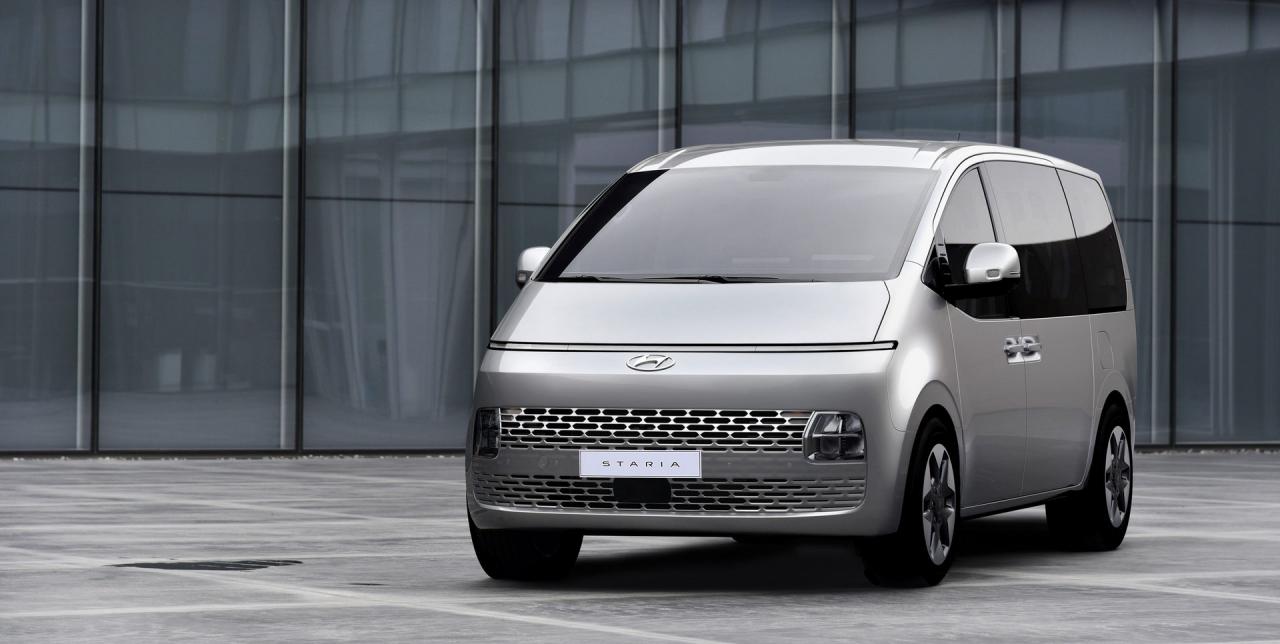
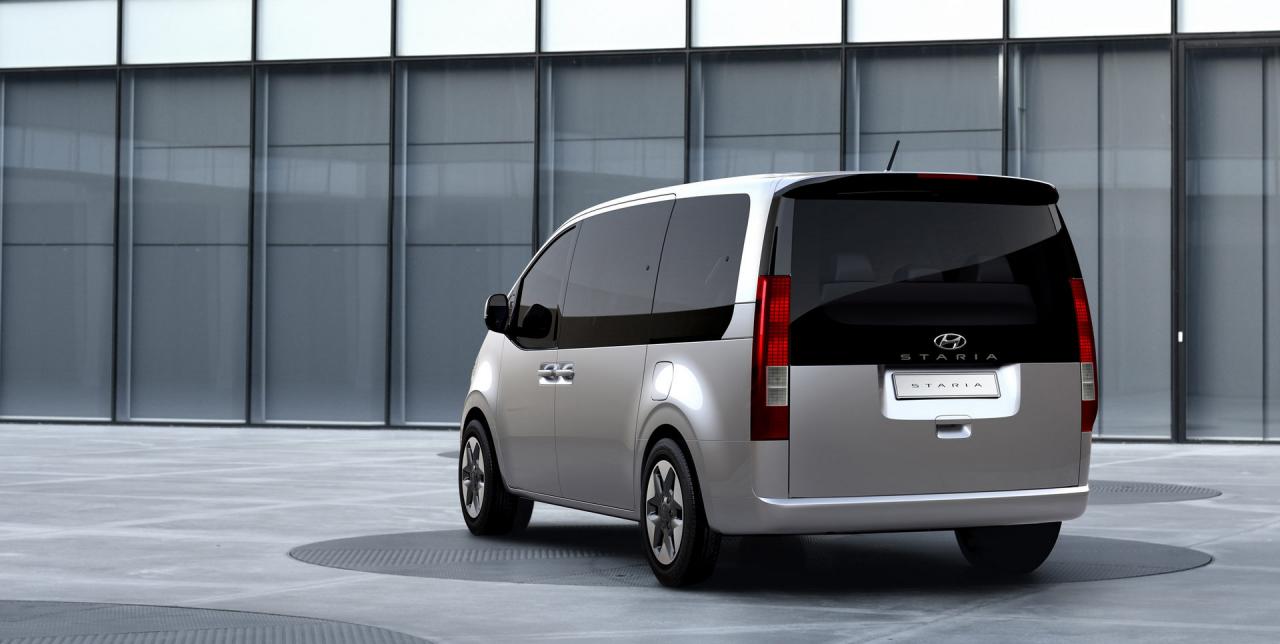
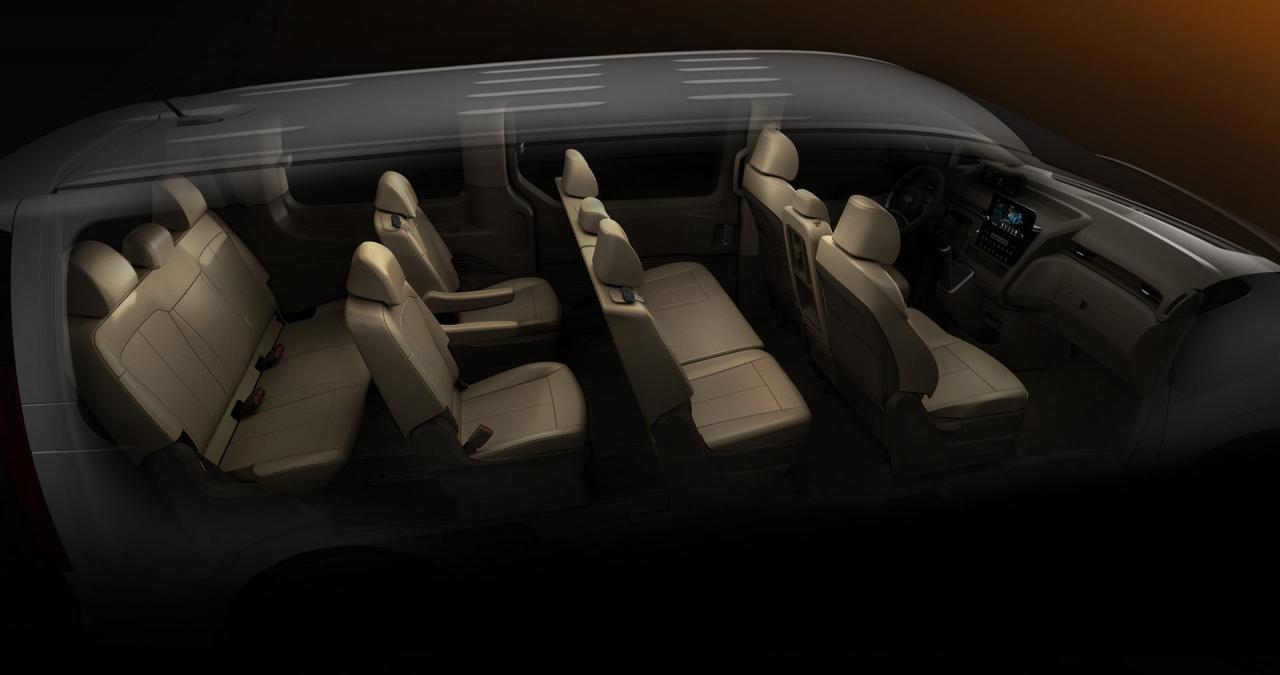
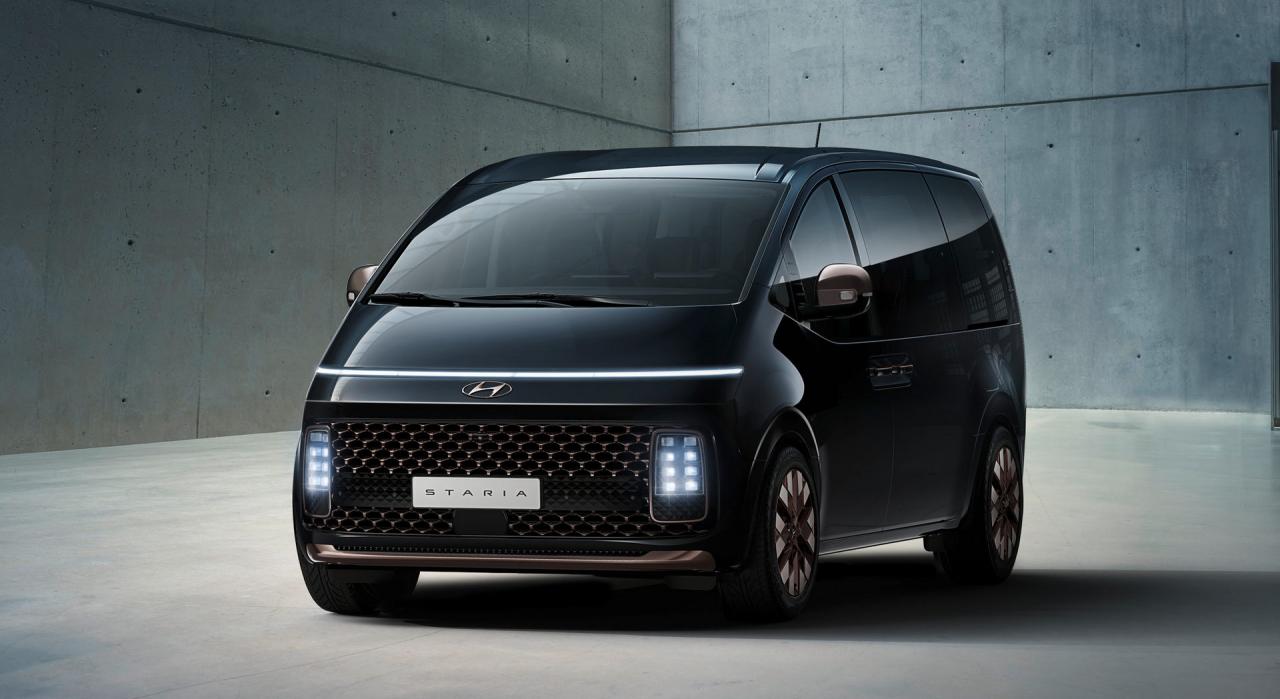
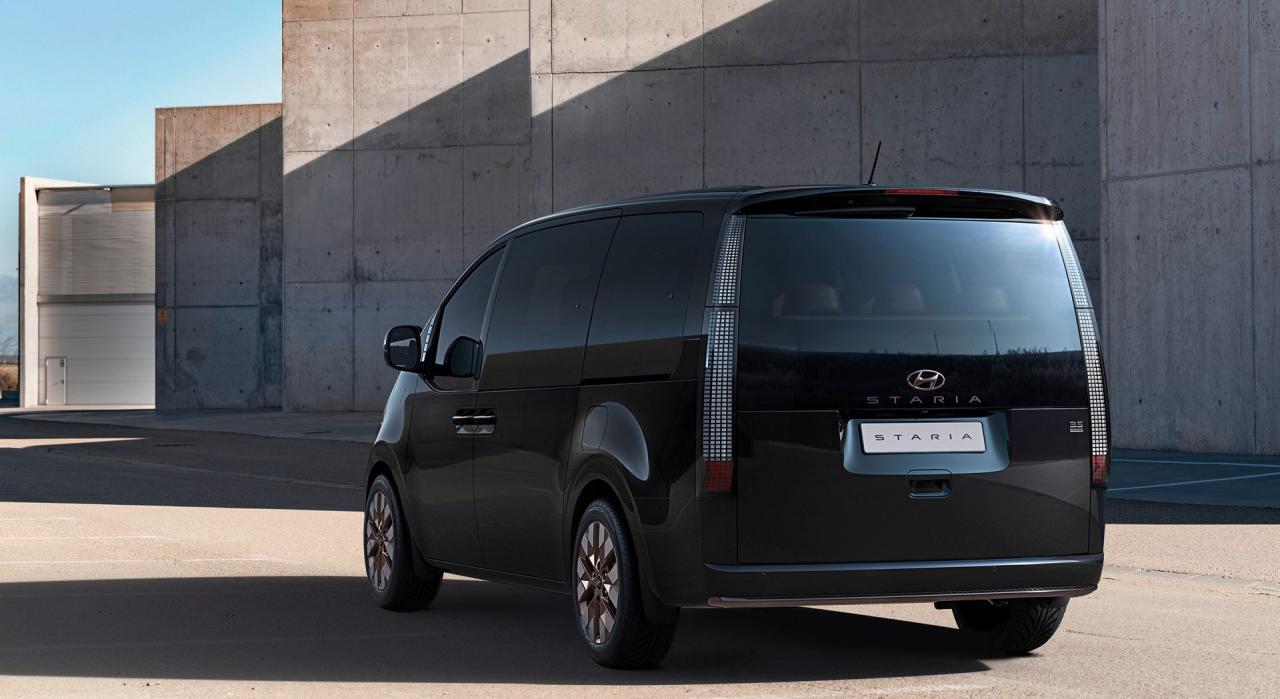
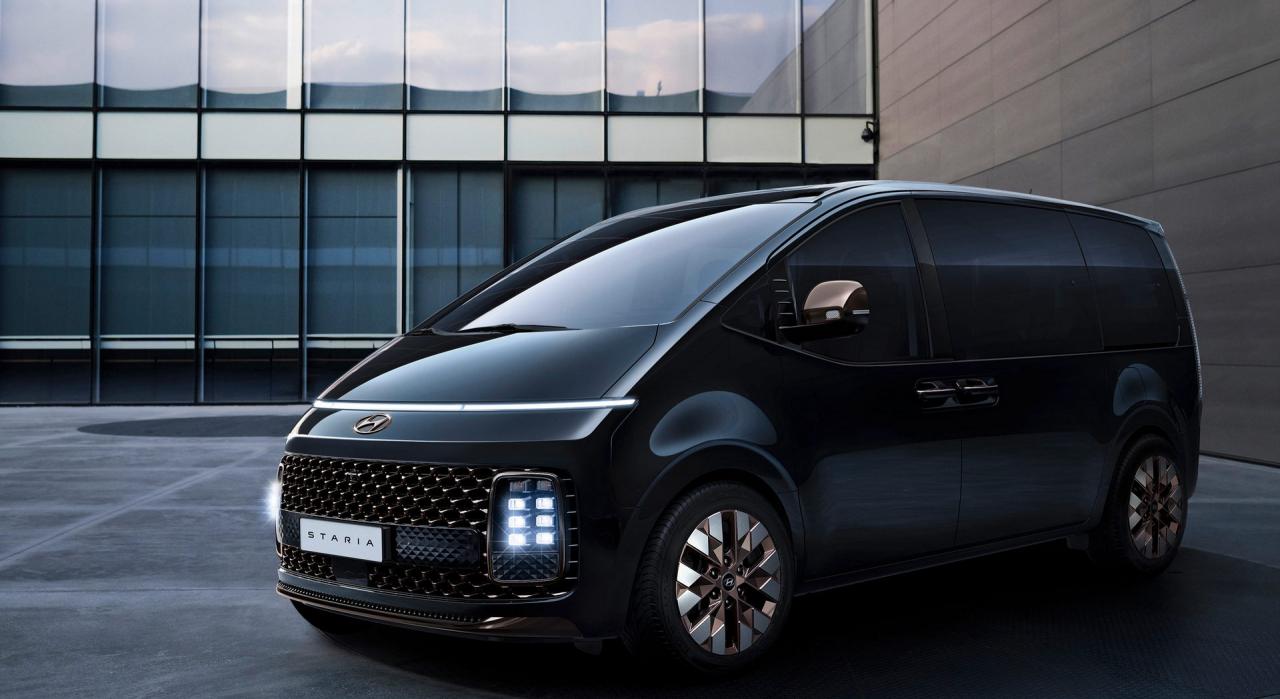
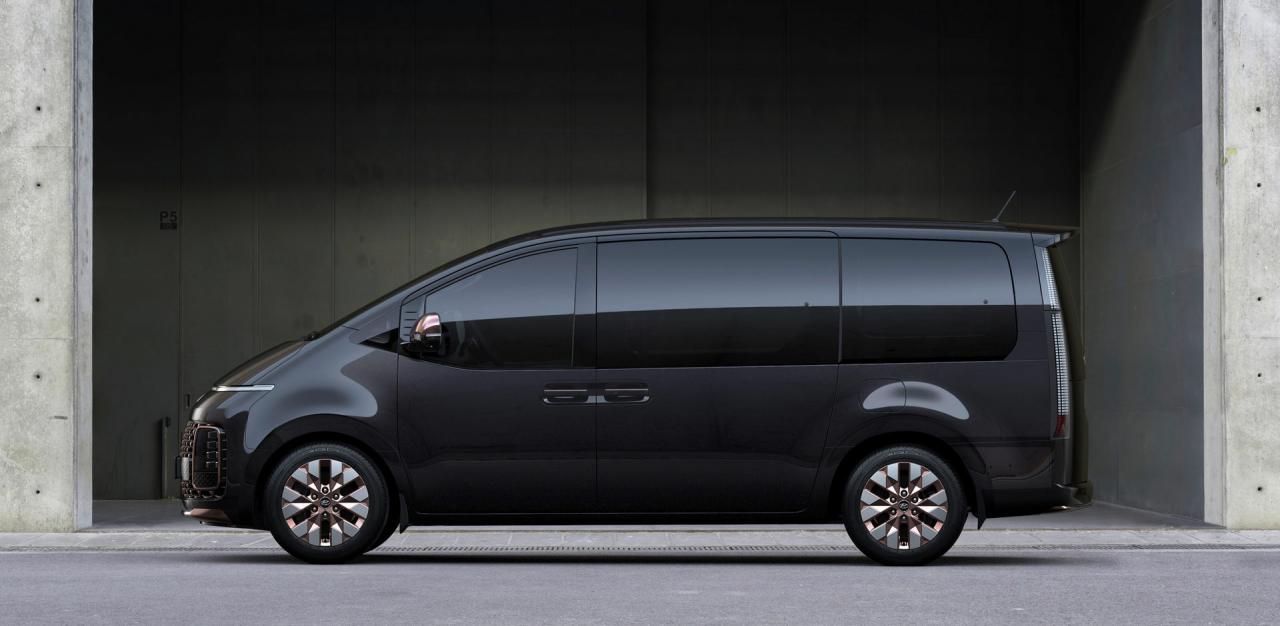
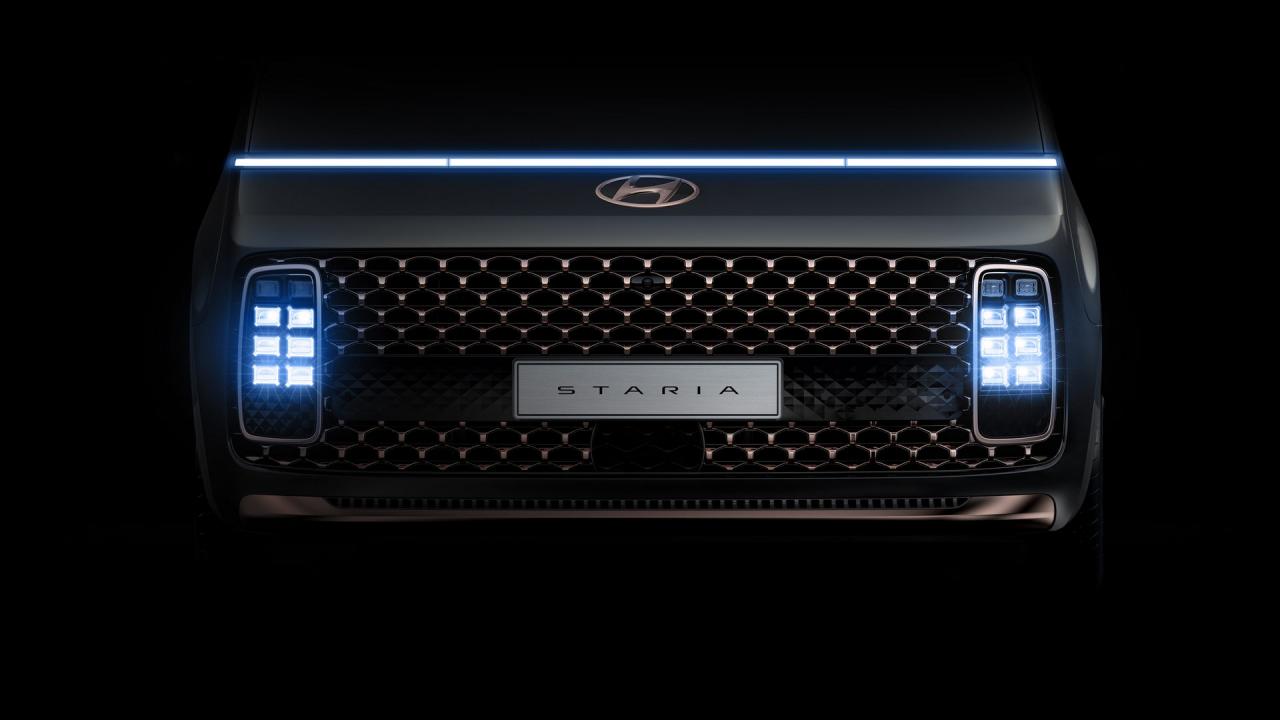
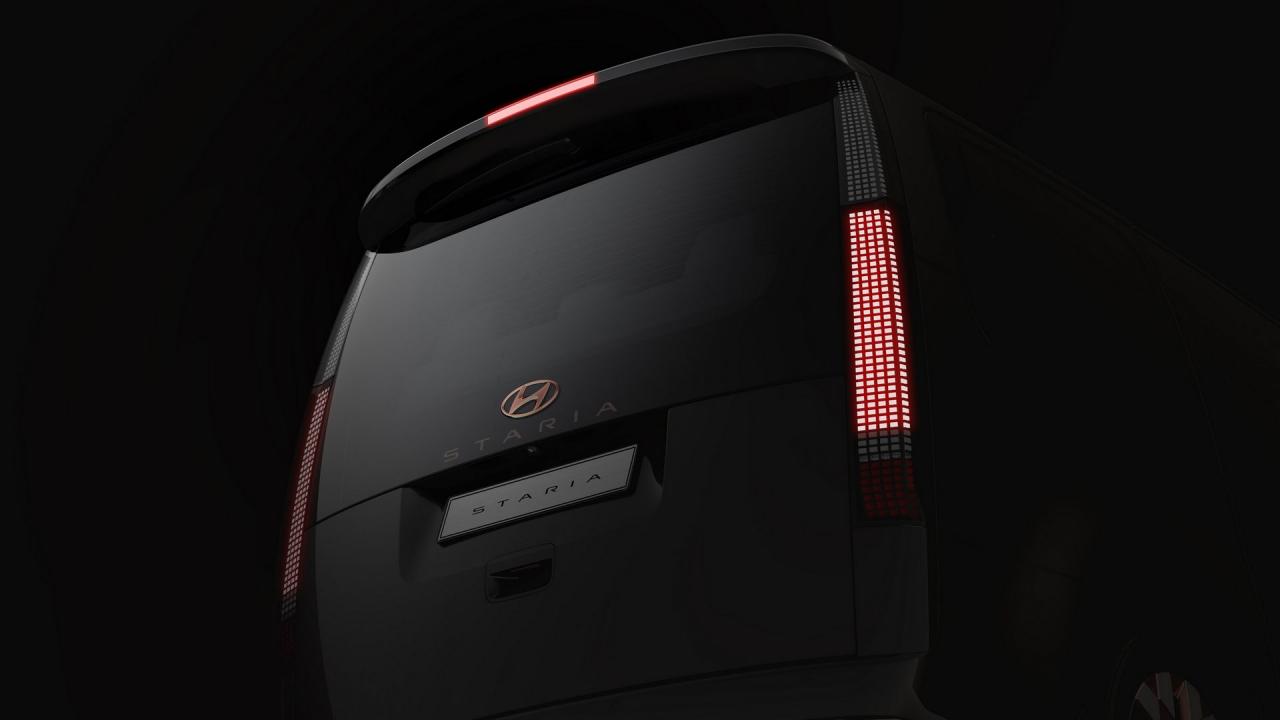
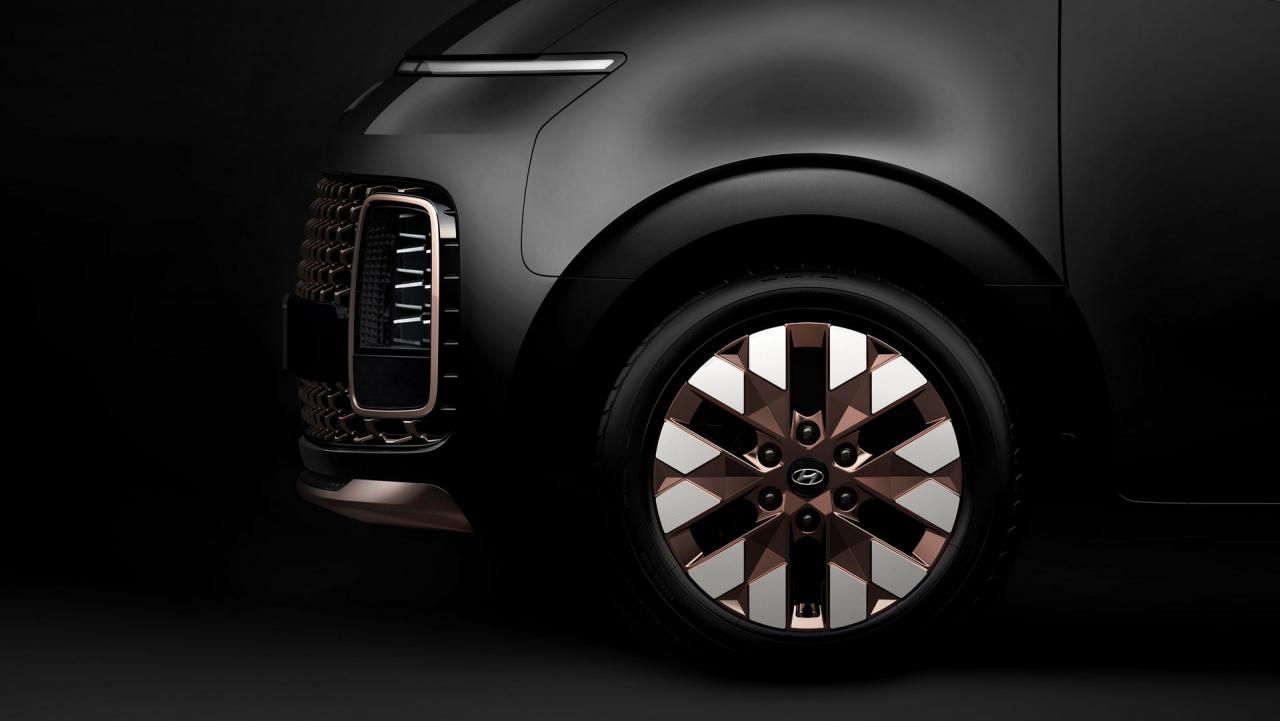
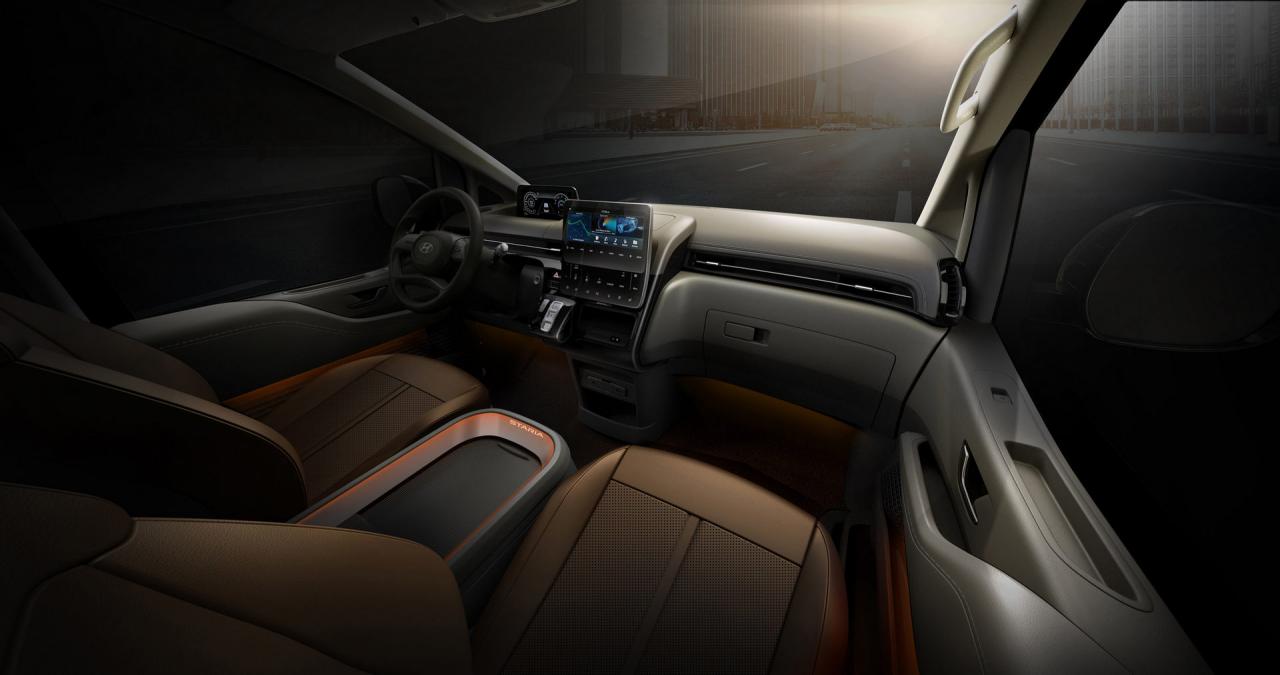
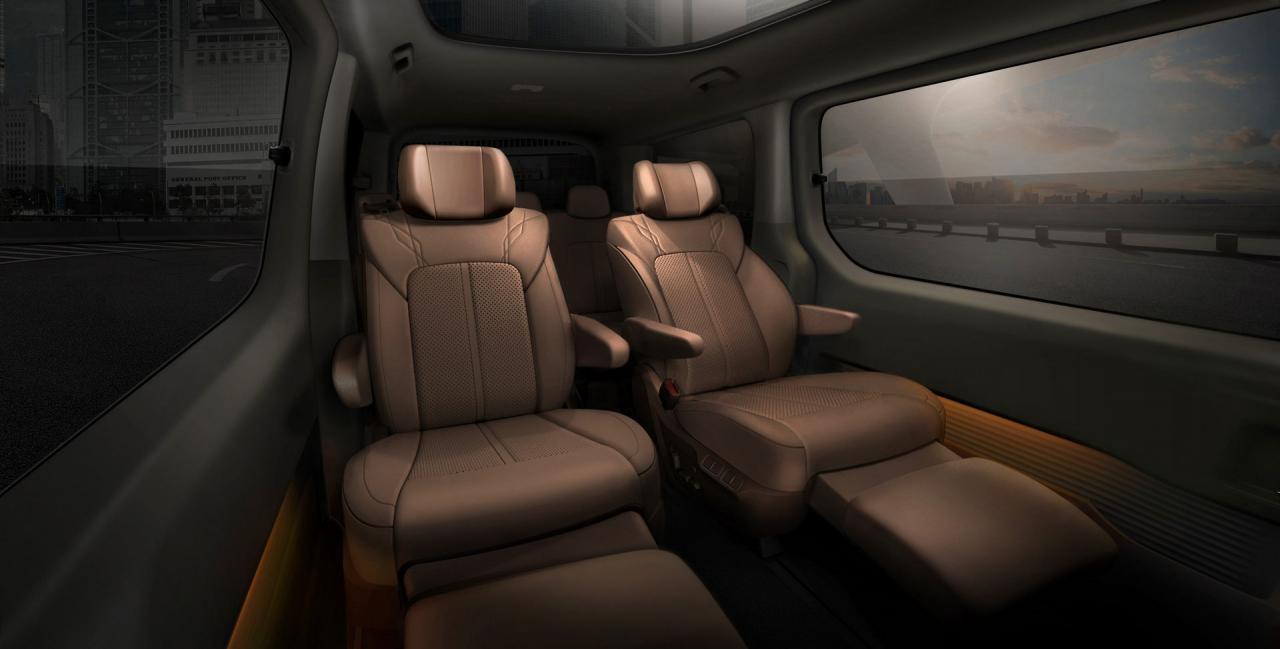
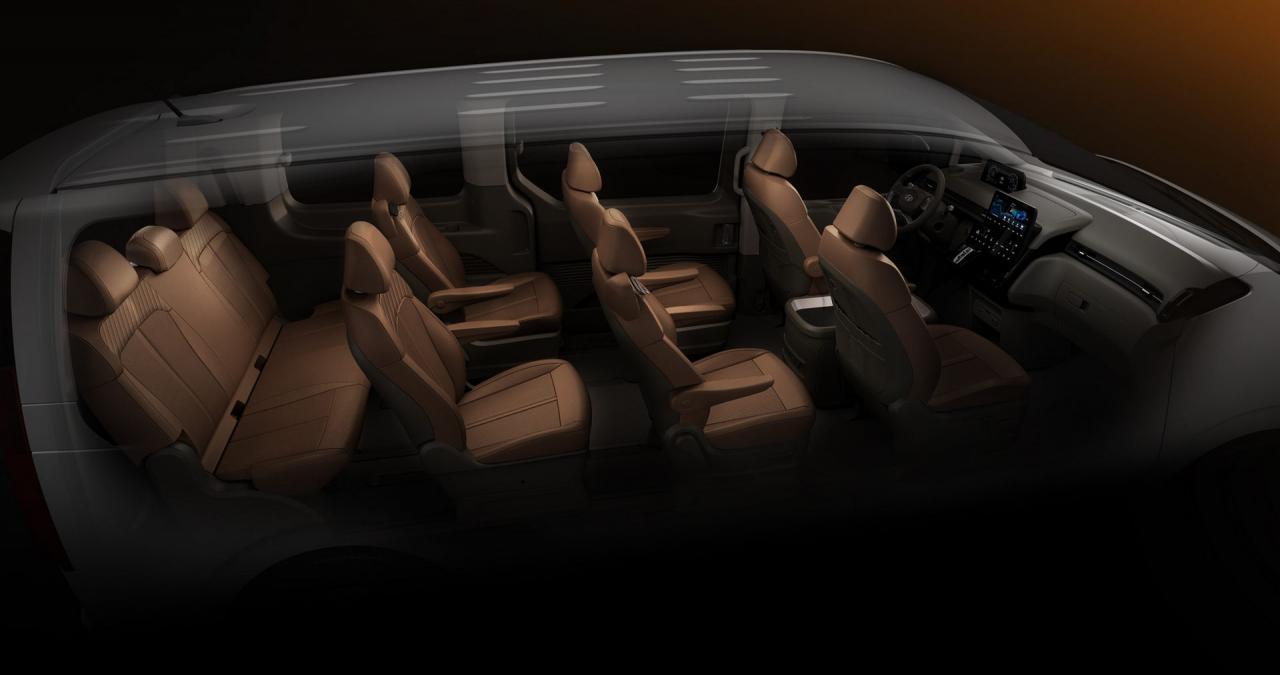
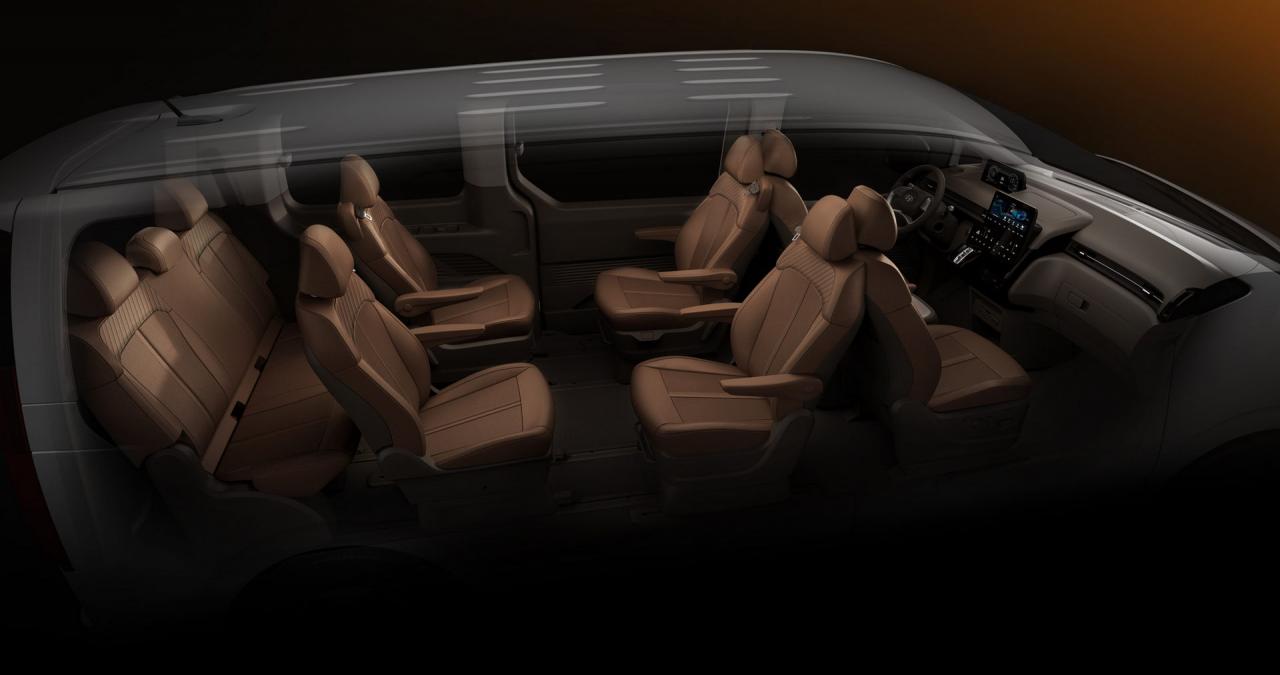
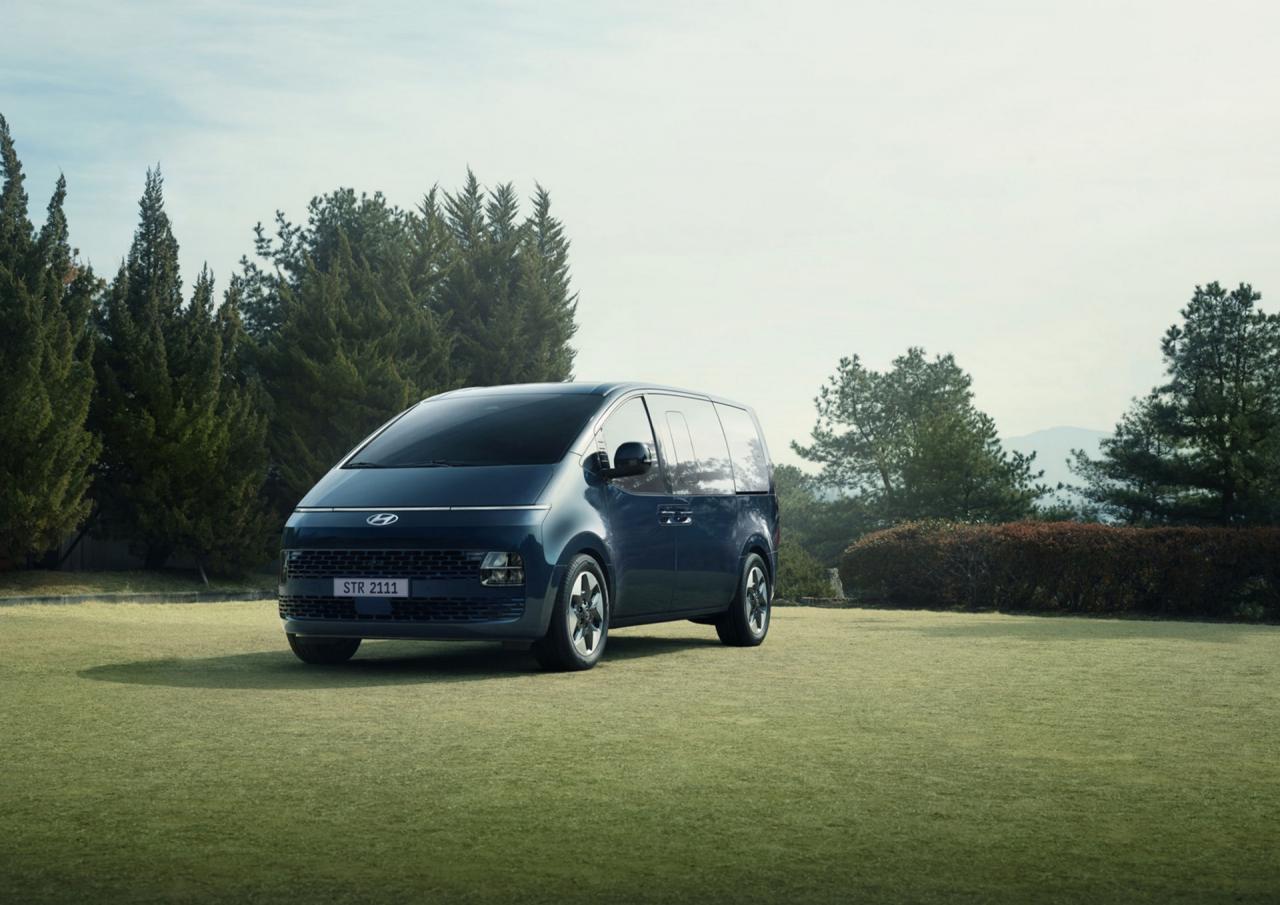
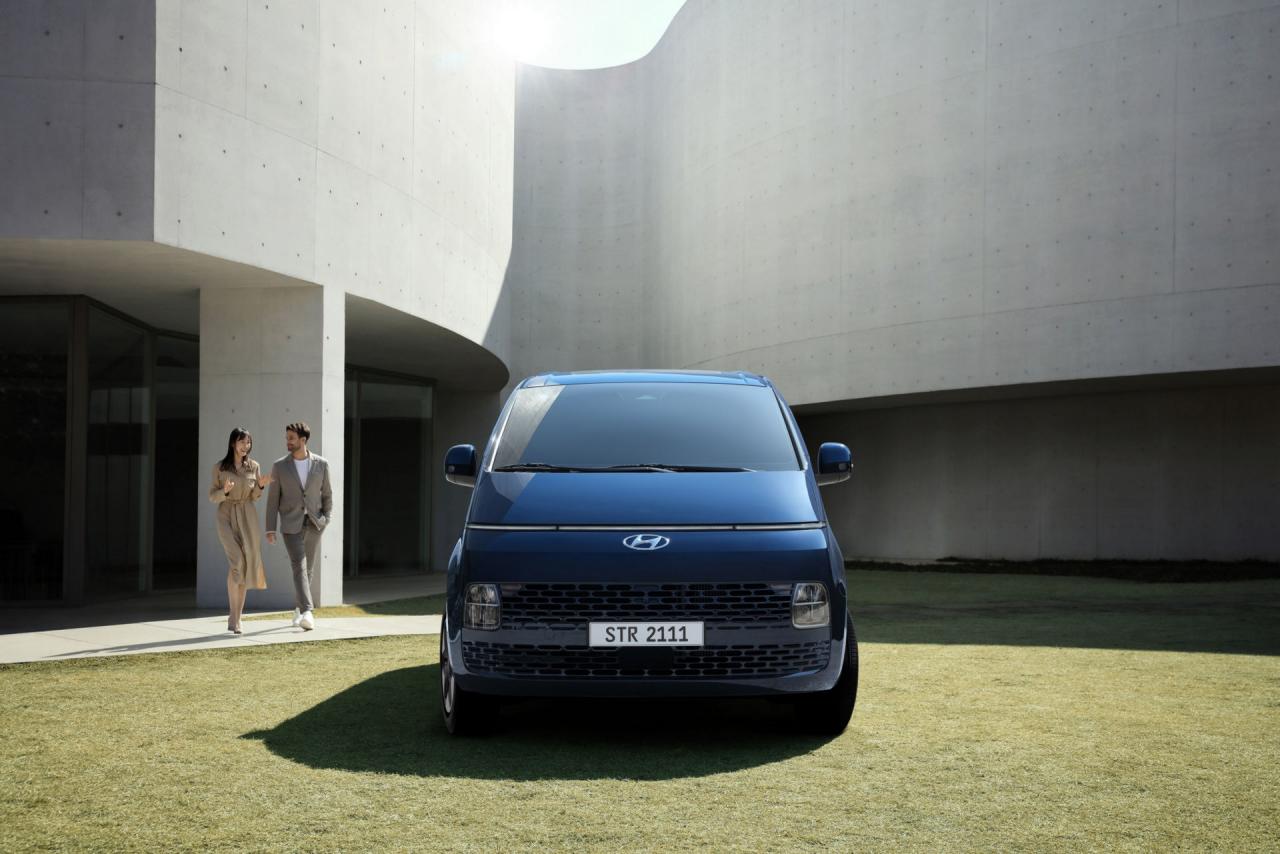
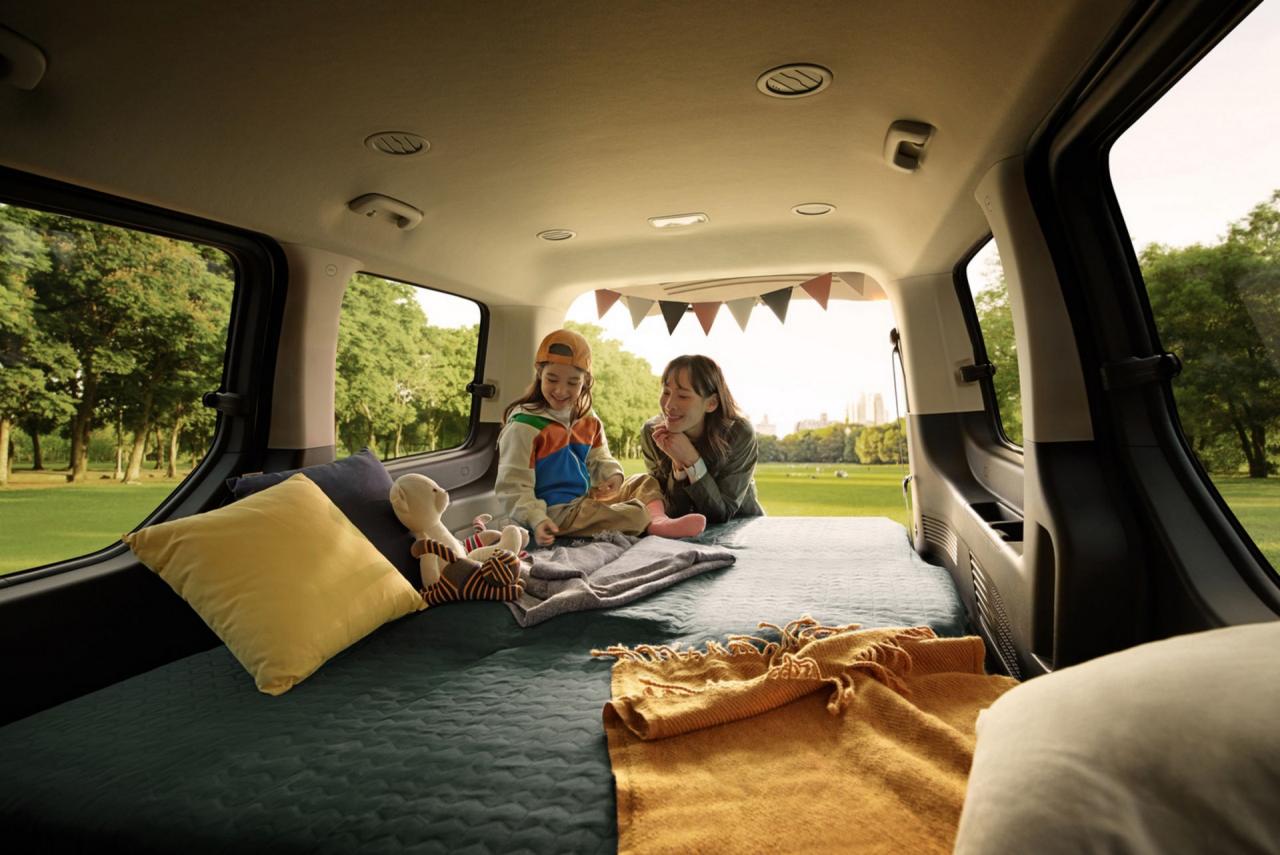
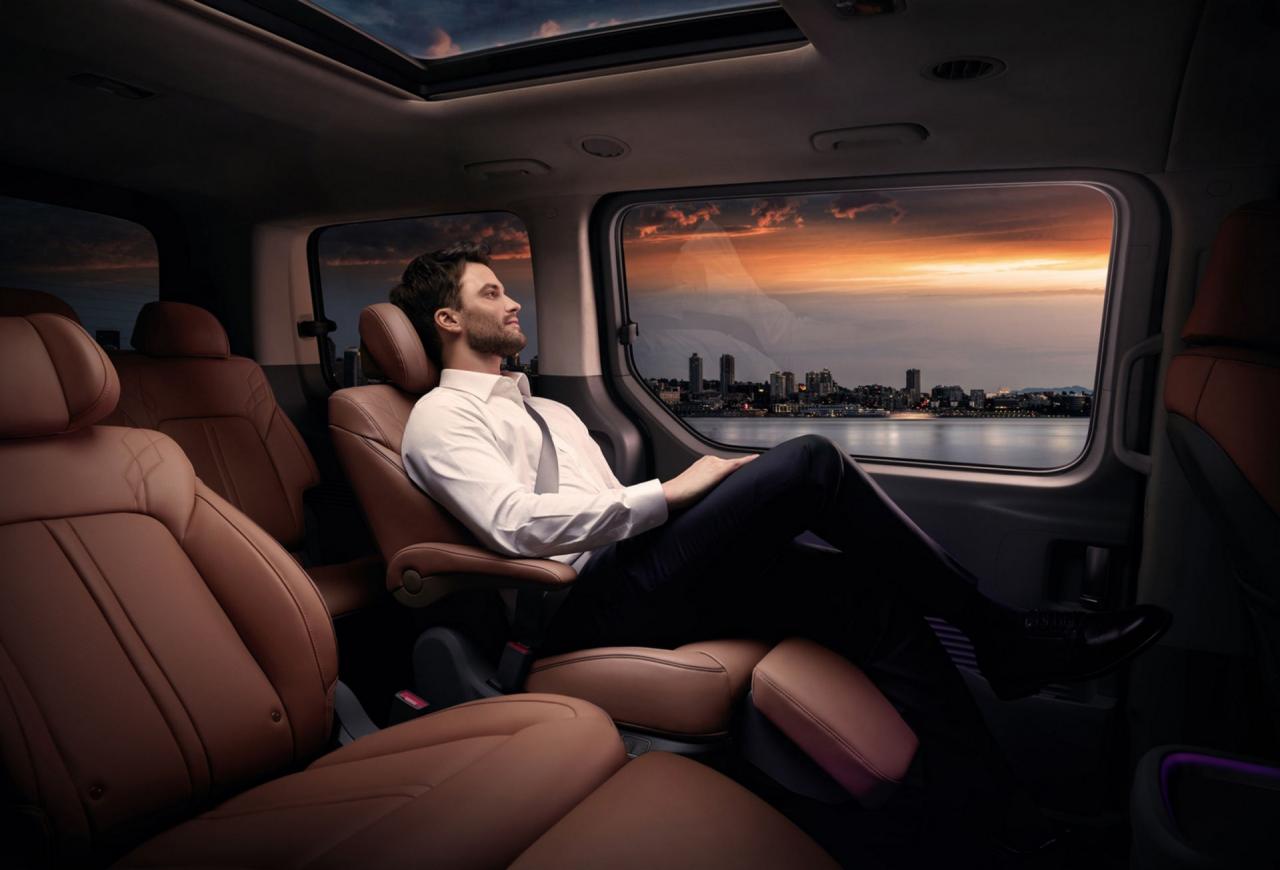
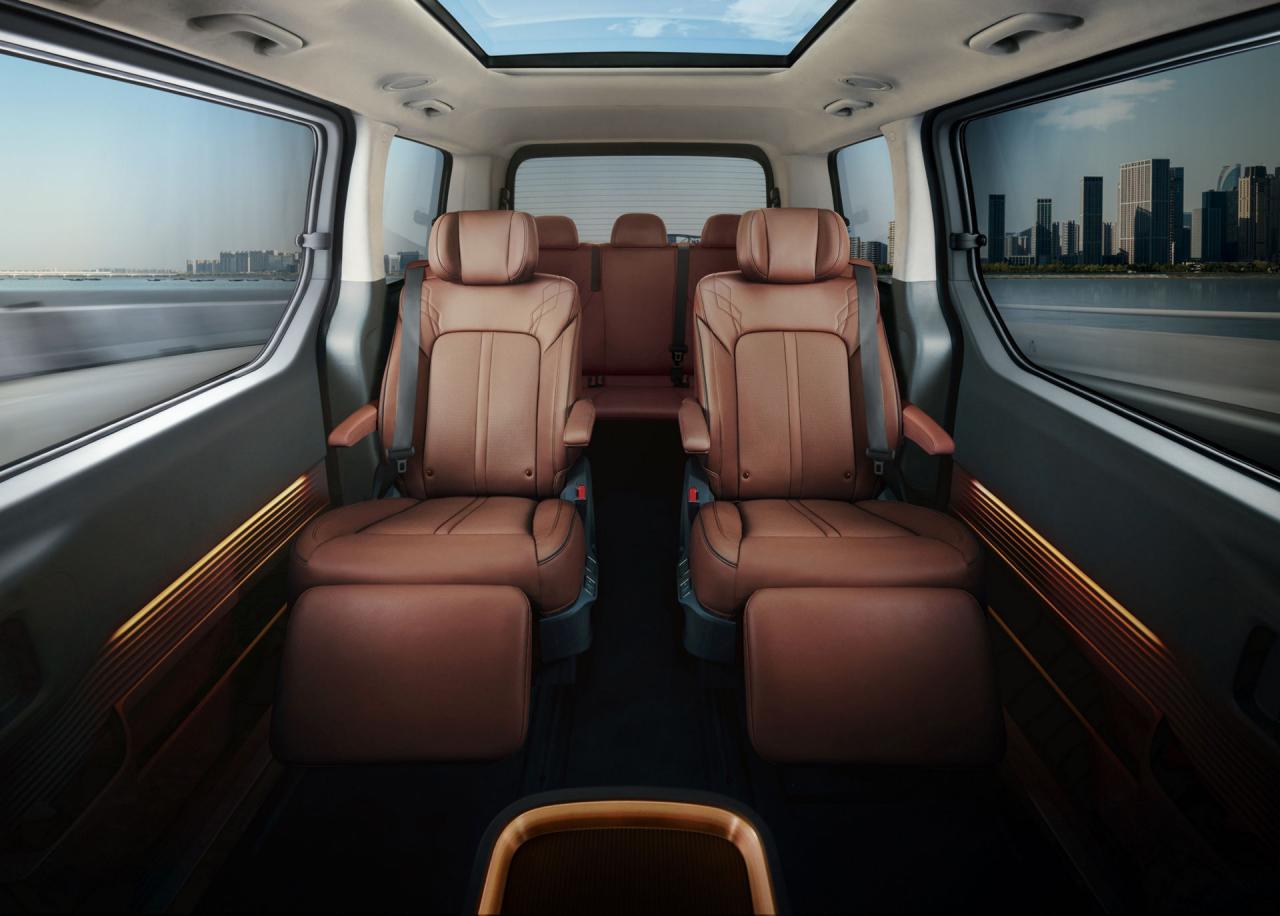
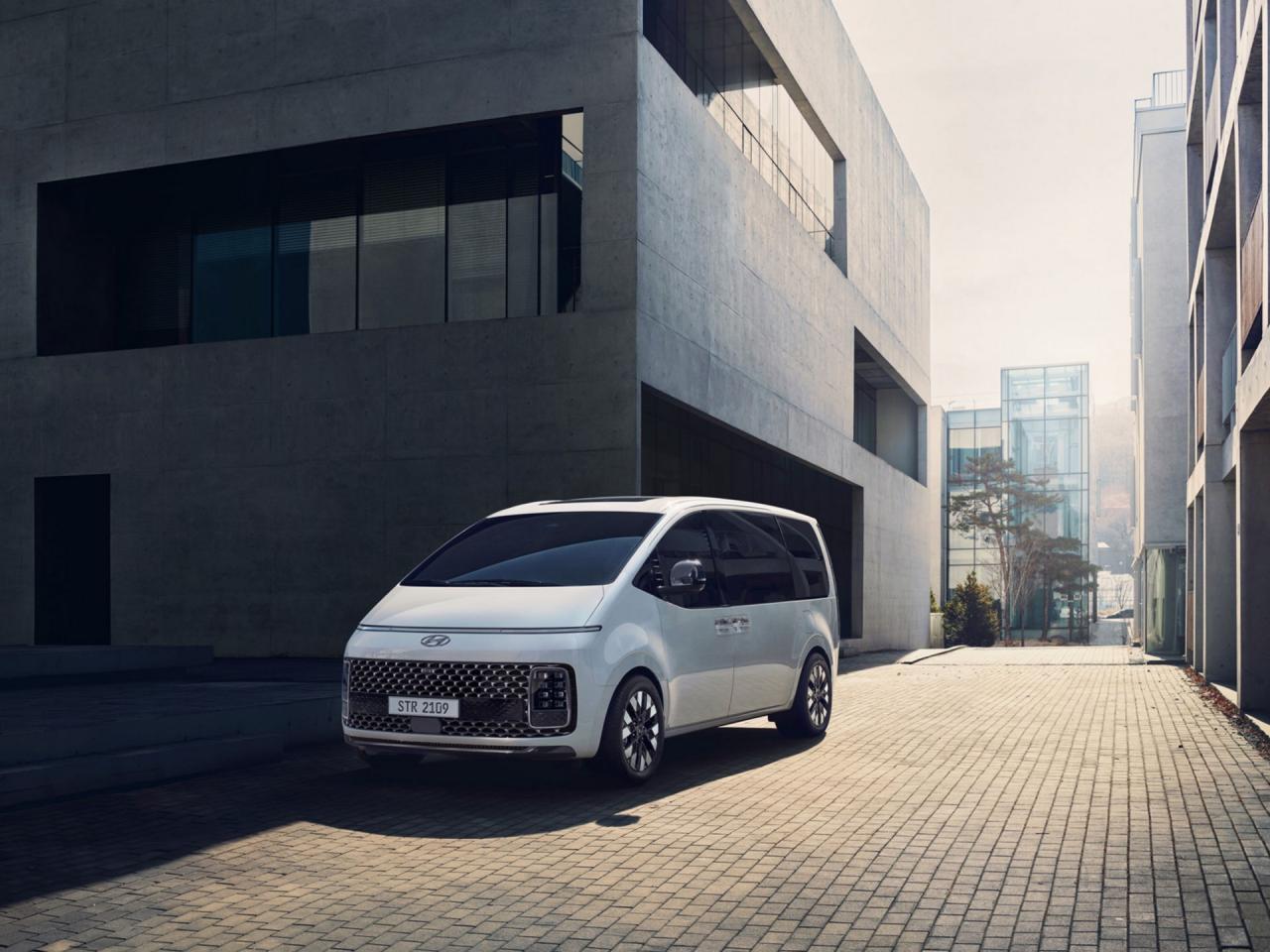
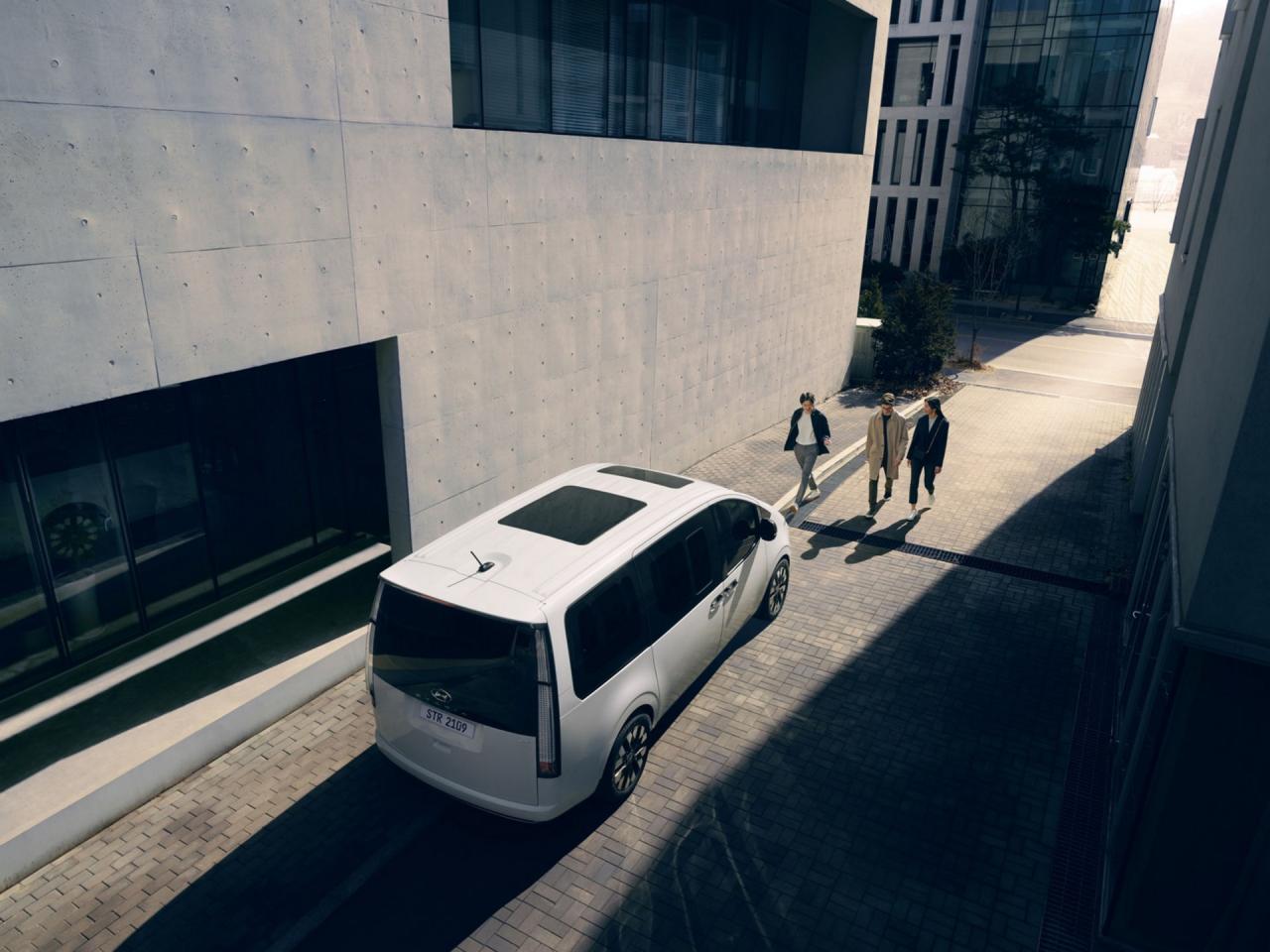
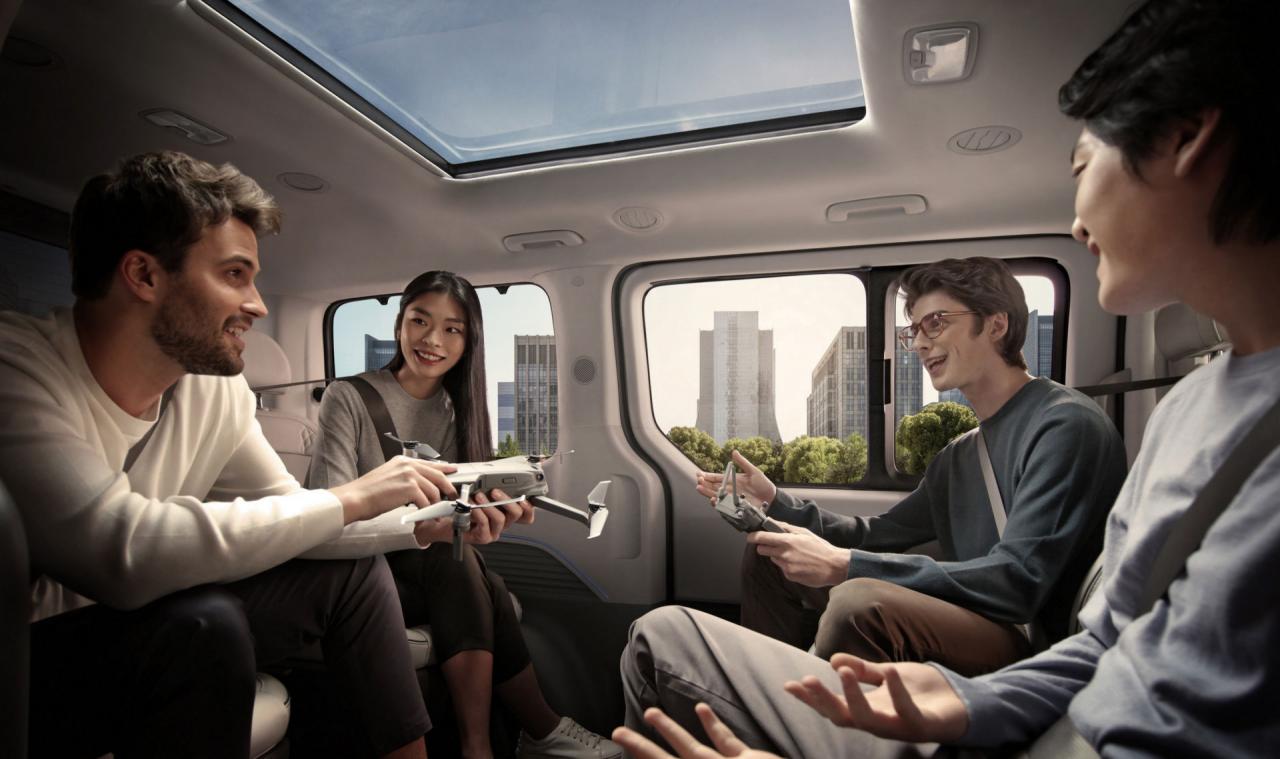
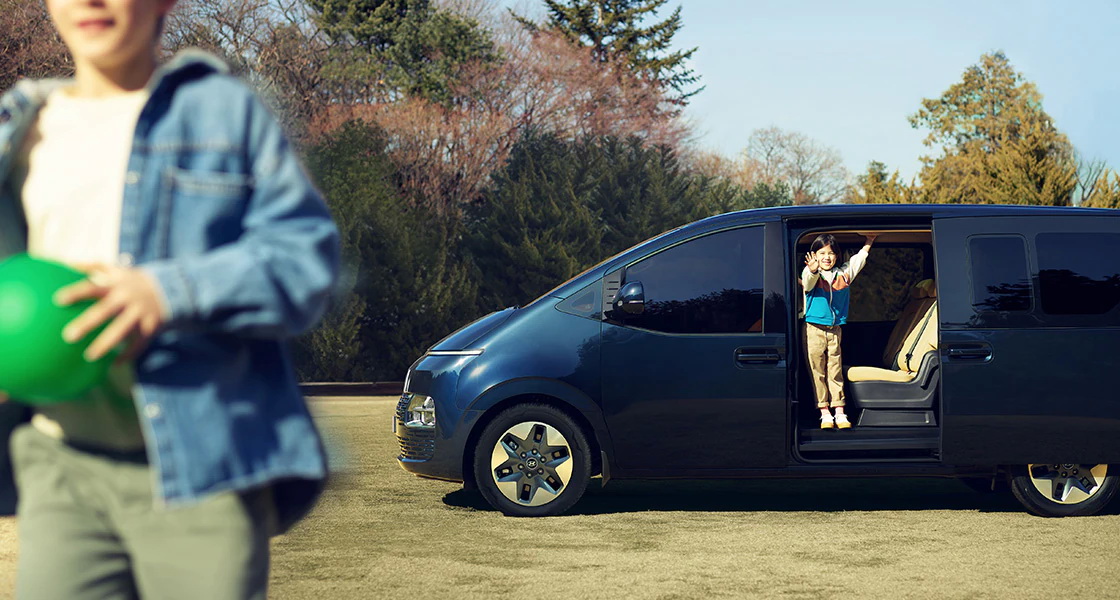
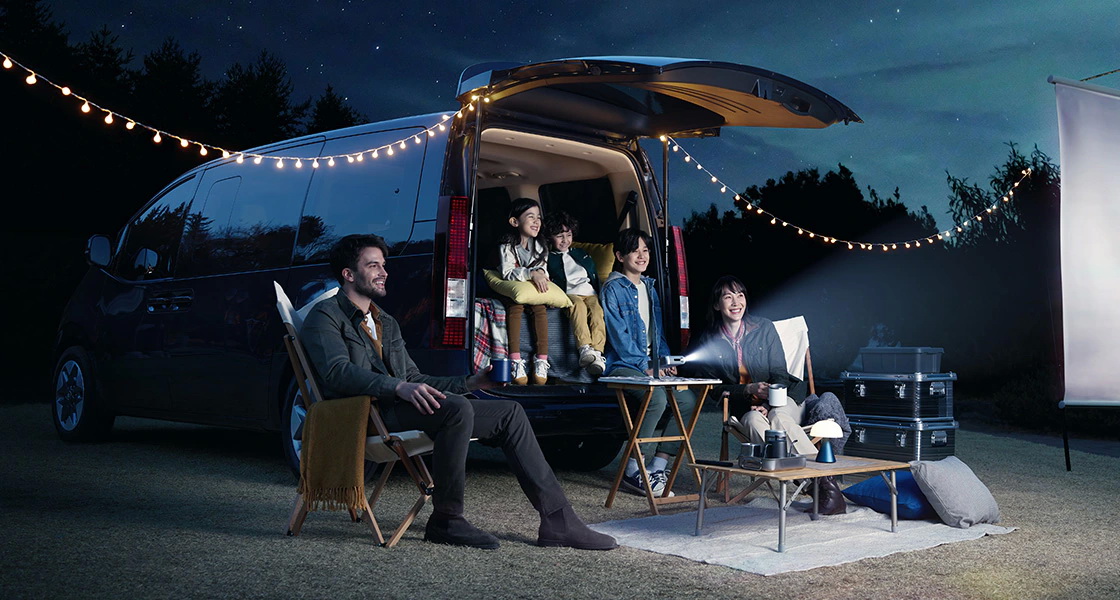


















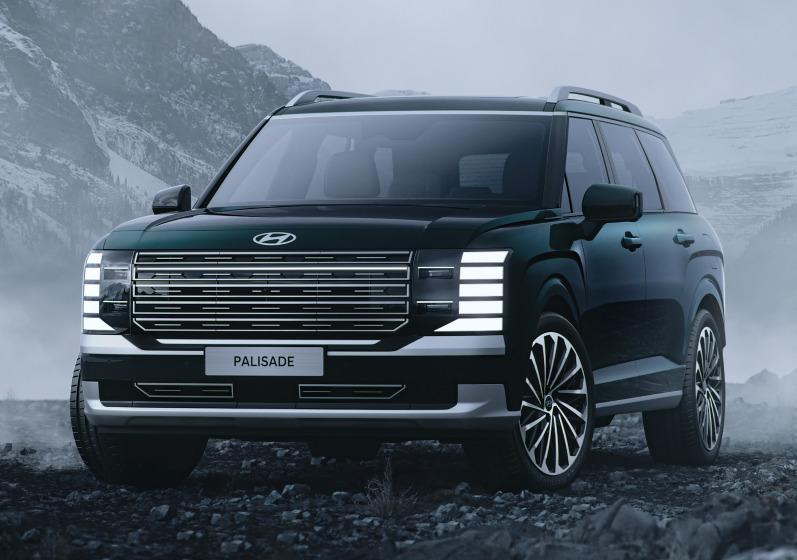

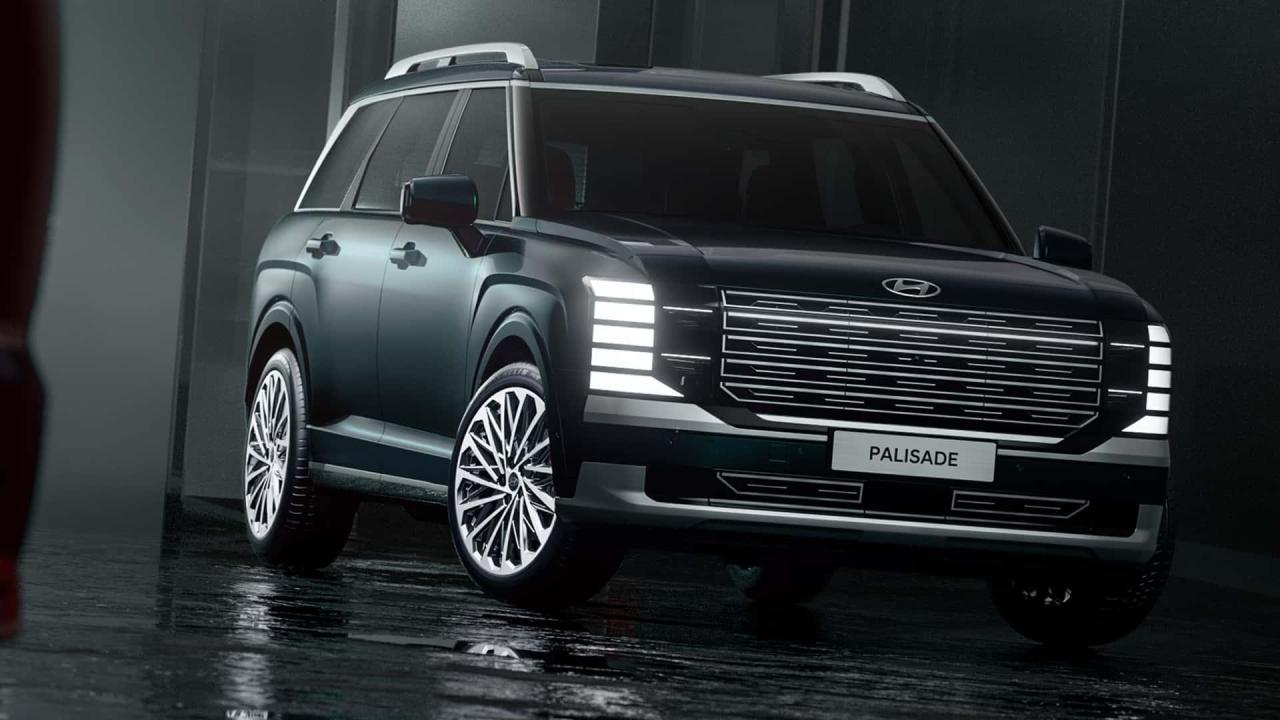
.thumb.jpg.35fc7edd4b27c12d5c9418f8906d98ce.jpg)
.thumb.jpg.41cf8eb1ebbe28b775d6e51a901282c6.jpg)
.thumb.jpg.ad22452b3511d120453f2b37d3bc28d6.jpg)
.thumb.jpg.6f714369e1e038a9d9952c76b64135f0.jpg)
.thumb.jpg.42744249a08b4376e26a50cd7b45afc5.jpg)
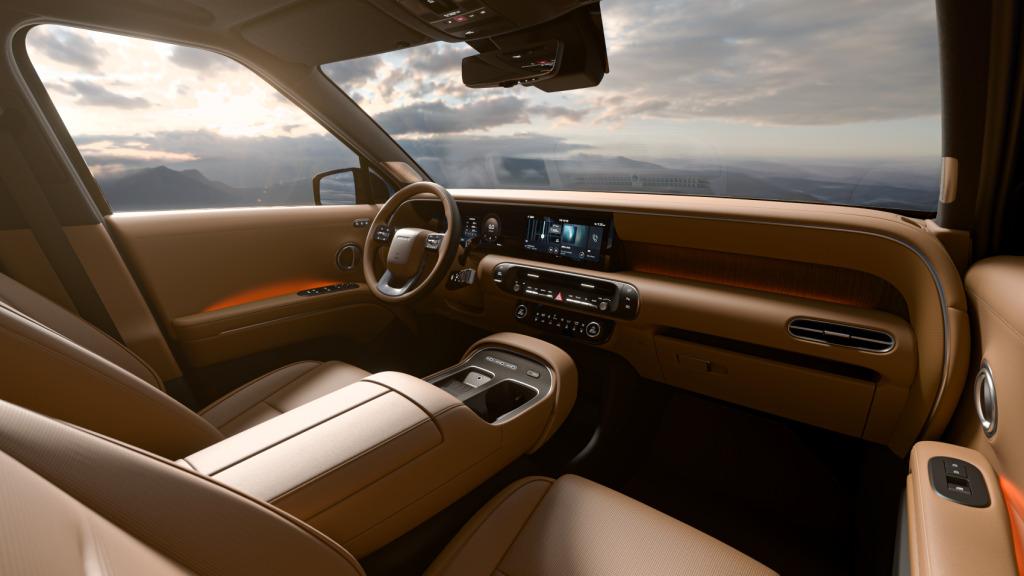
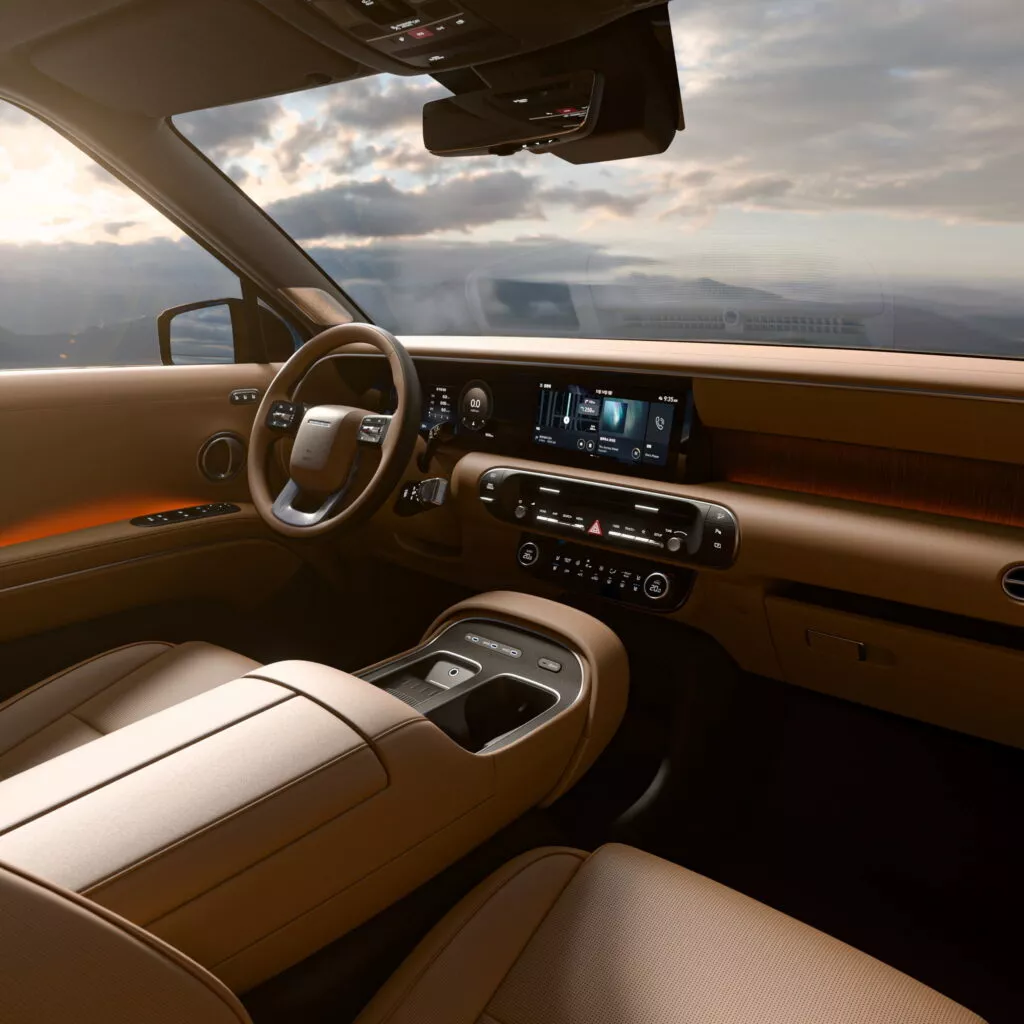
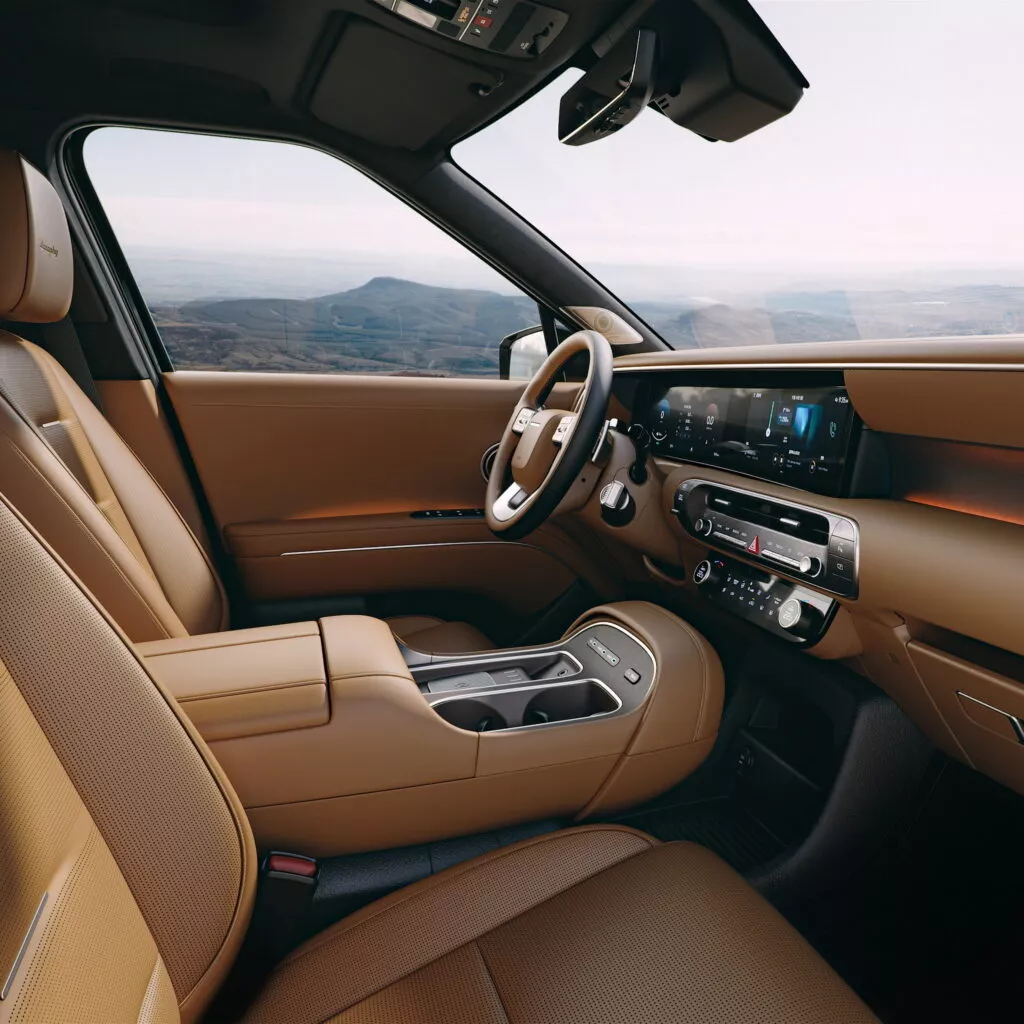
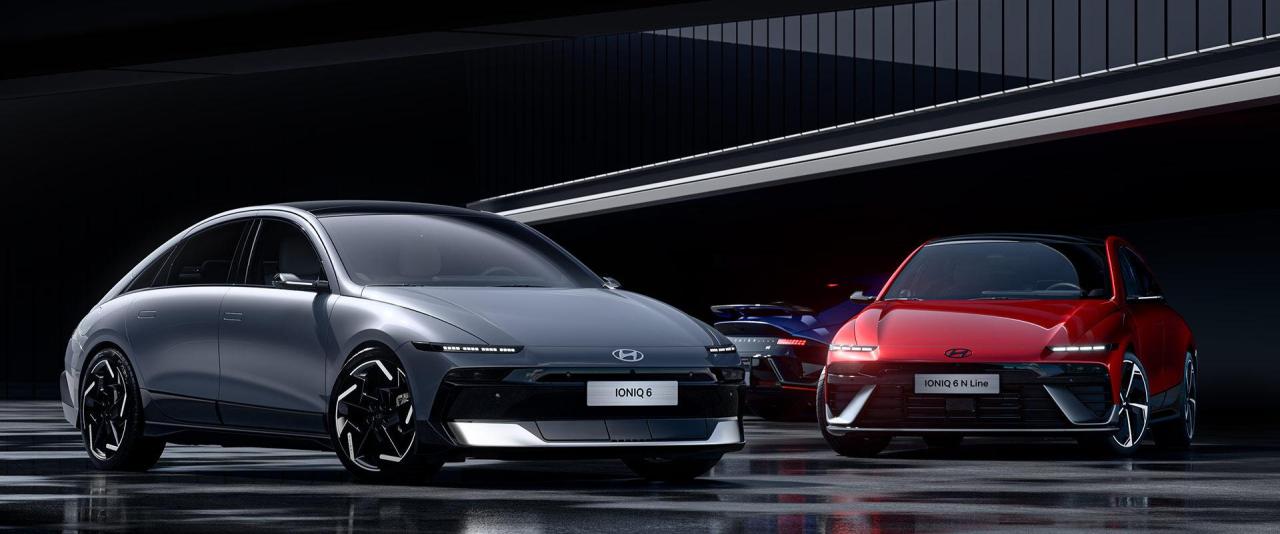


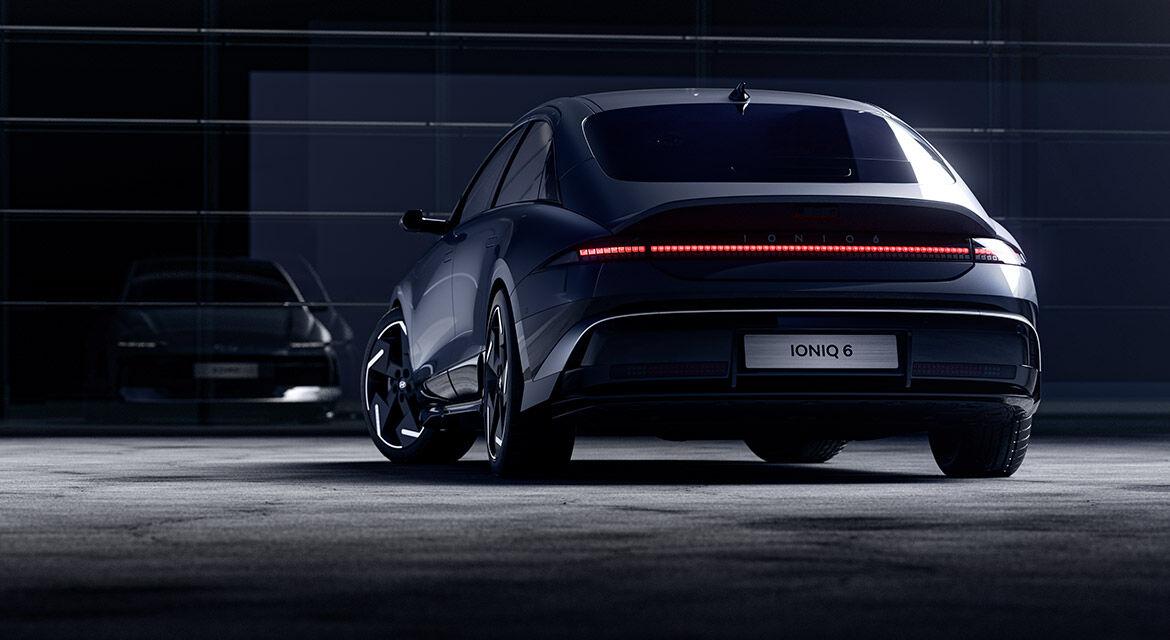

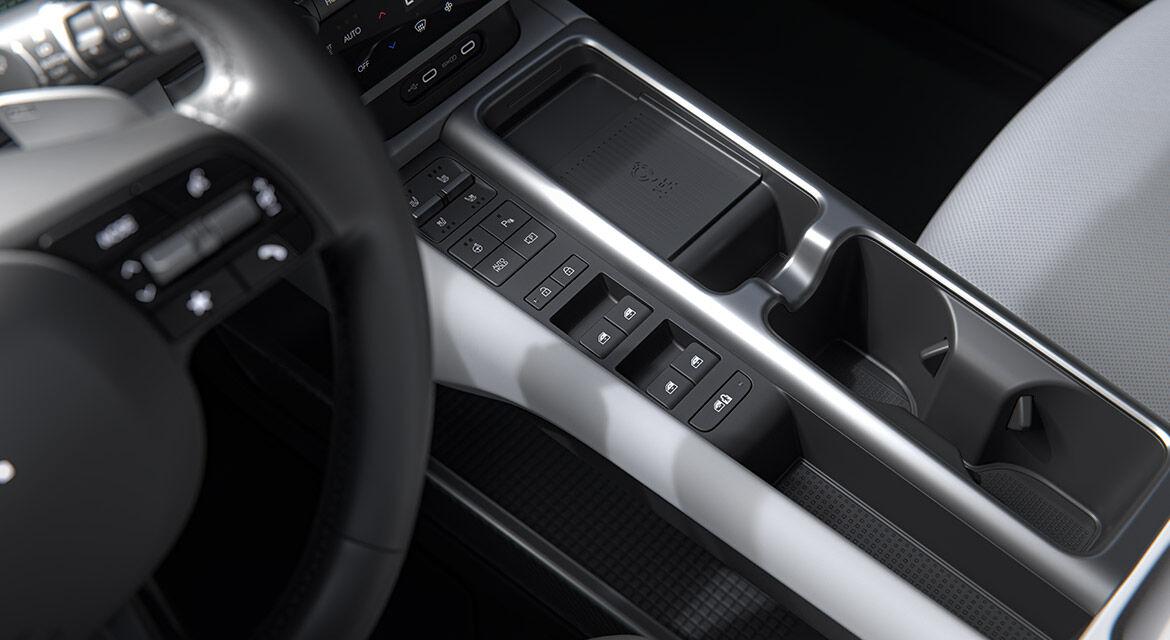


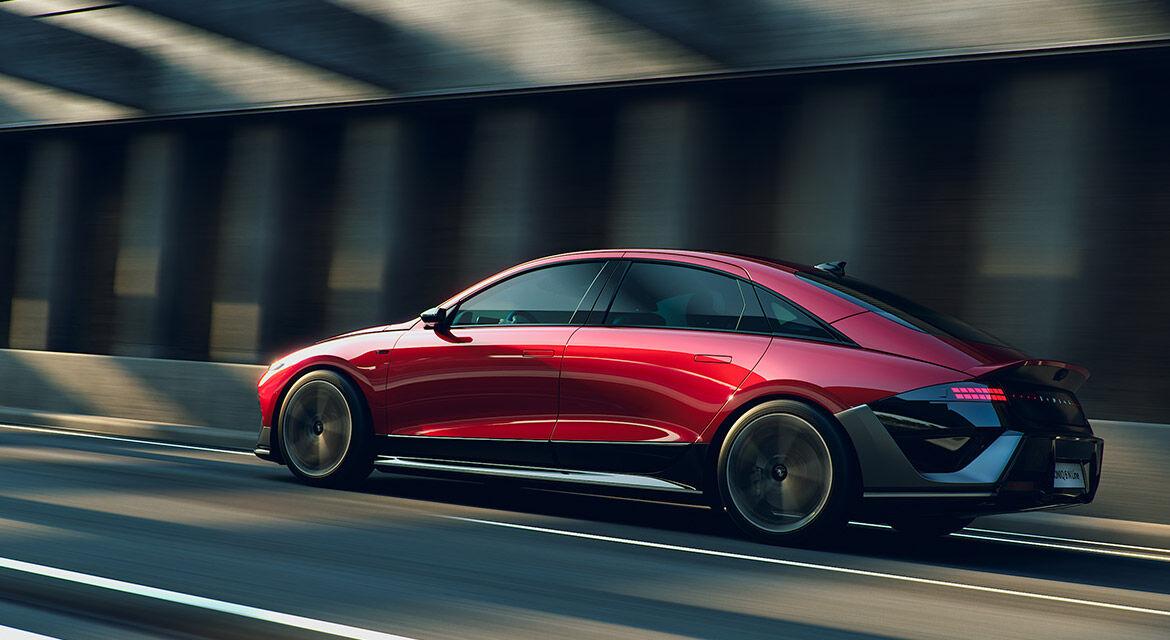
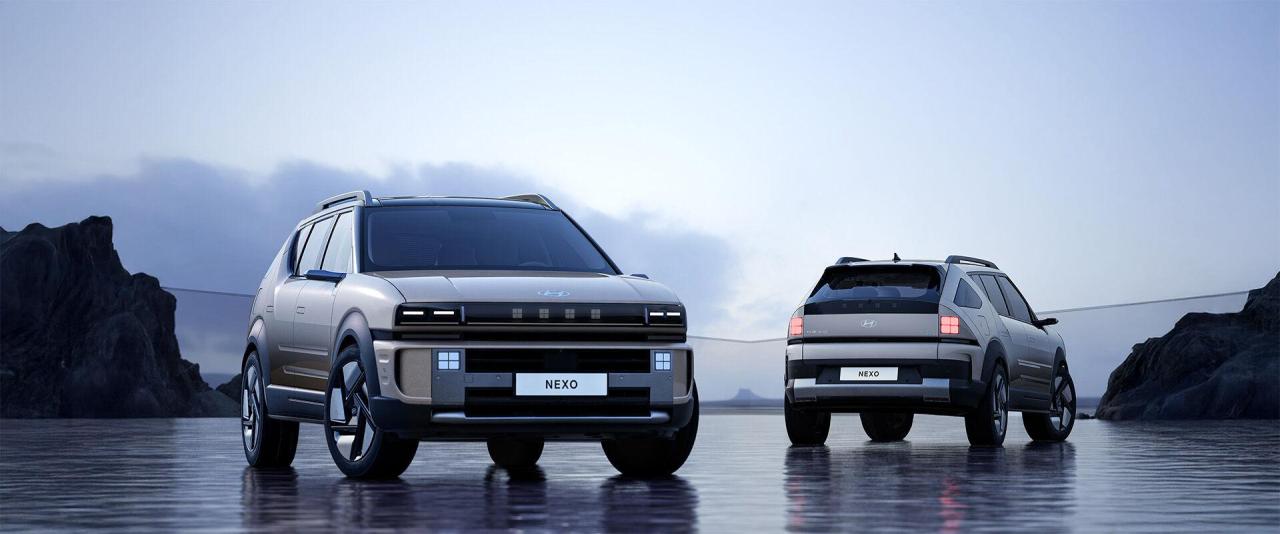
.jpg.26ec1b513622b3a9b17d3cdf7331c550.jpg)
.jpg.7bcd5d7d69b9fc1d639ca8531ac97186.jpg)
.jpg.ac2ca4ace58ceca3f9ae9fc0b05f4d13.jpg)
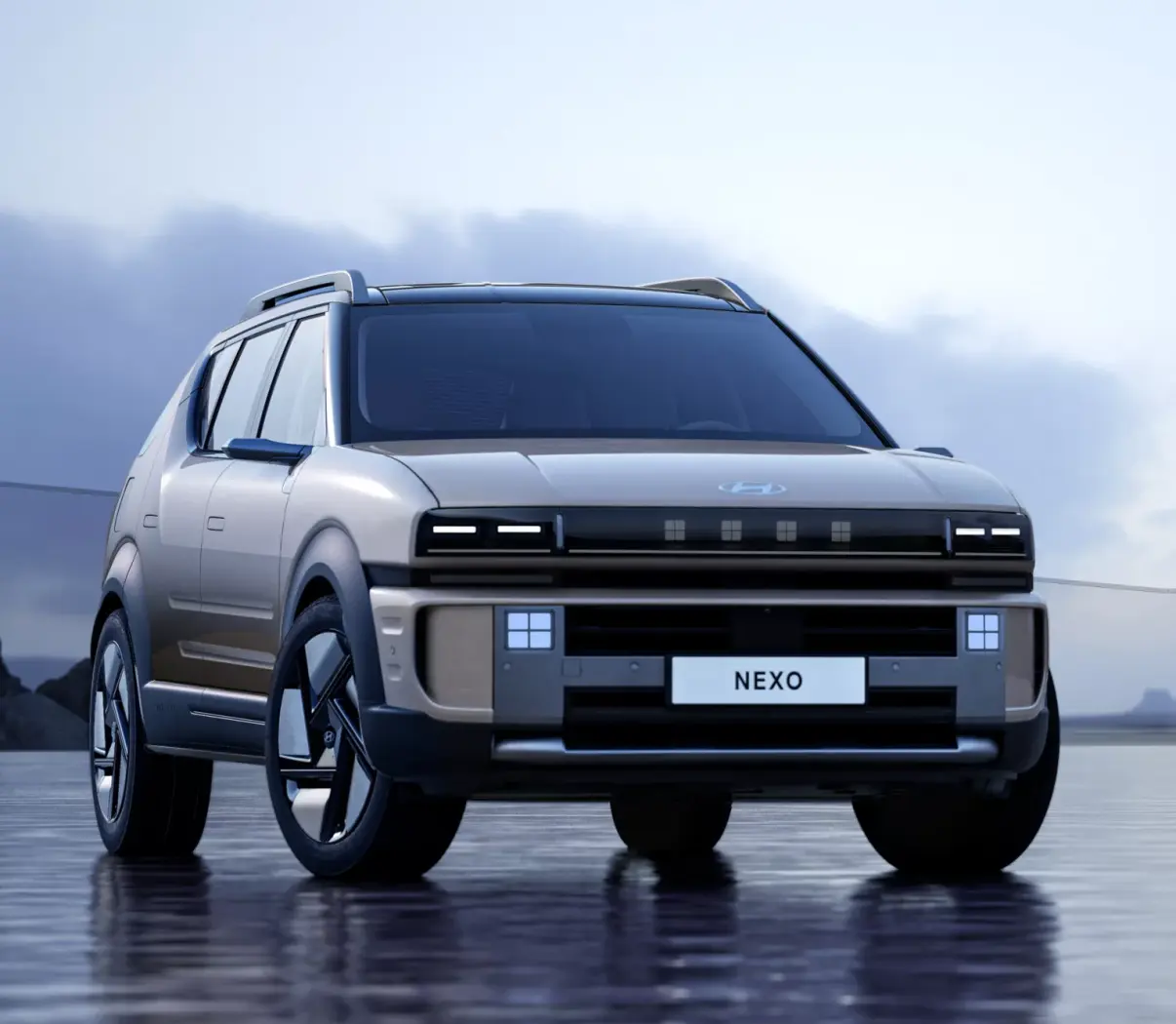

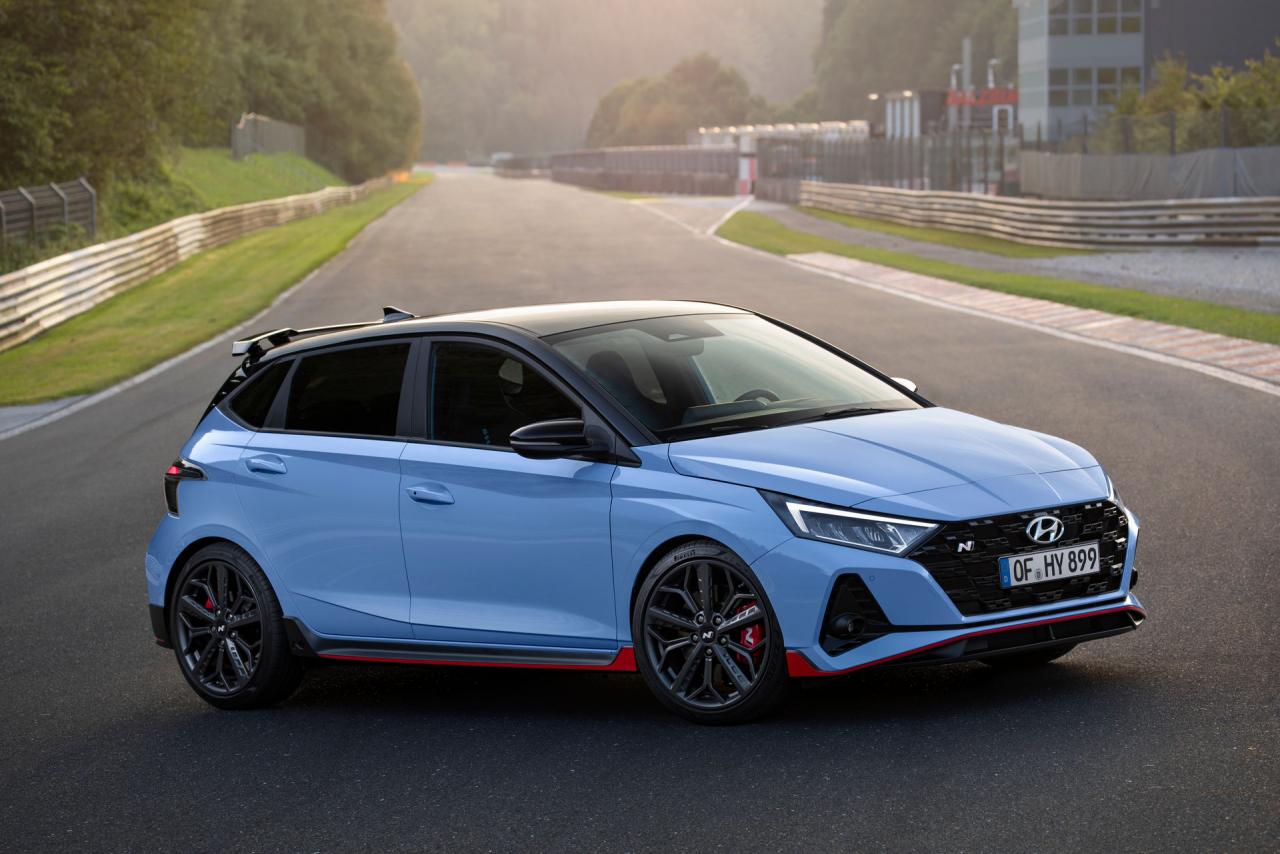
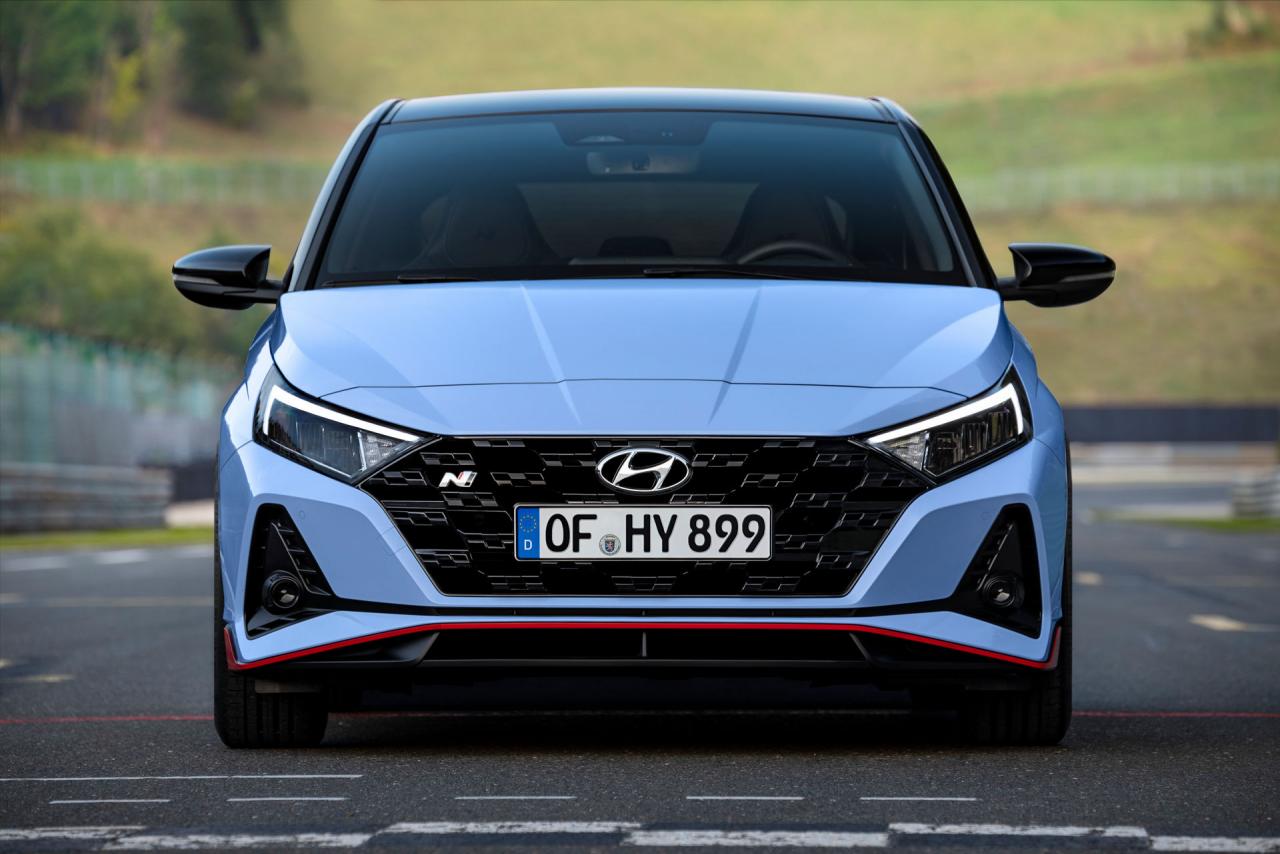
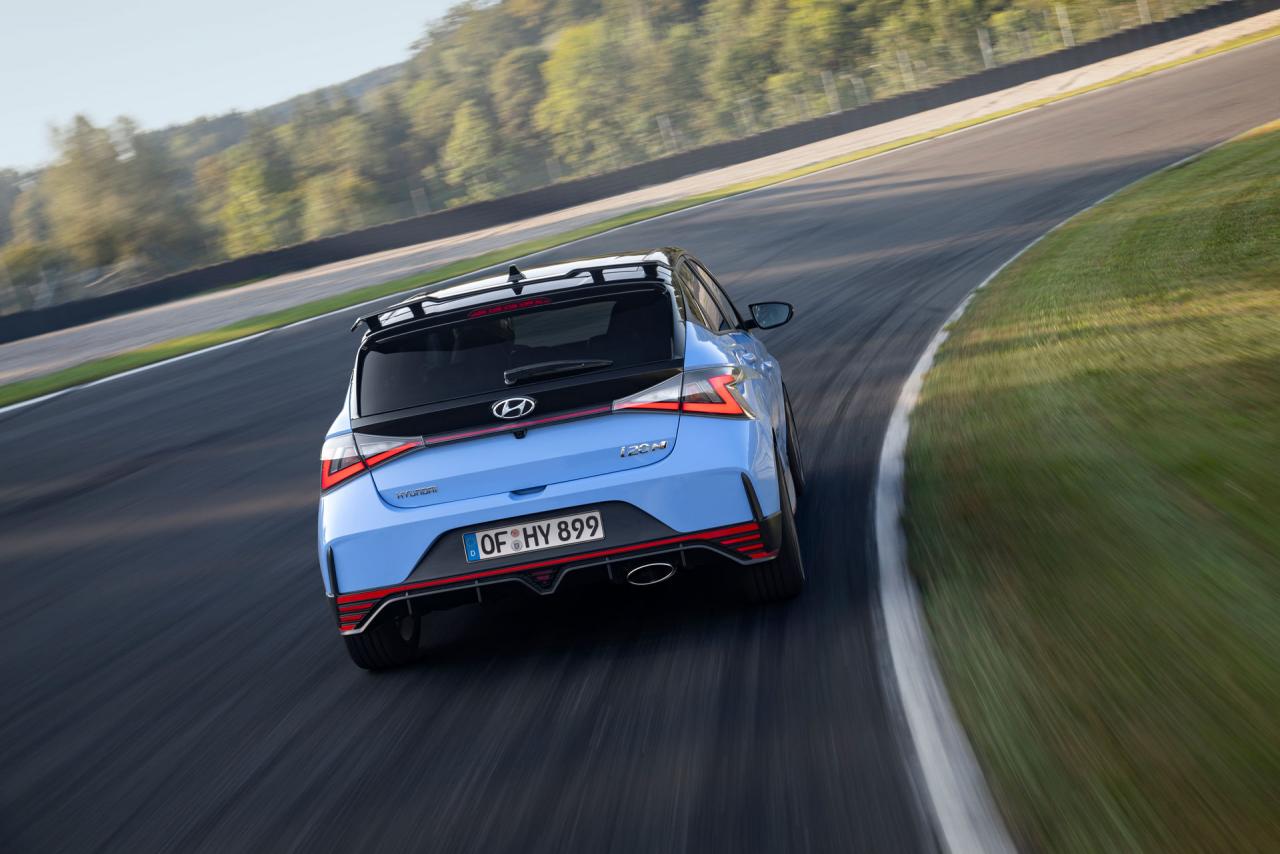
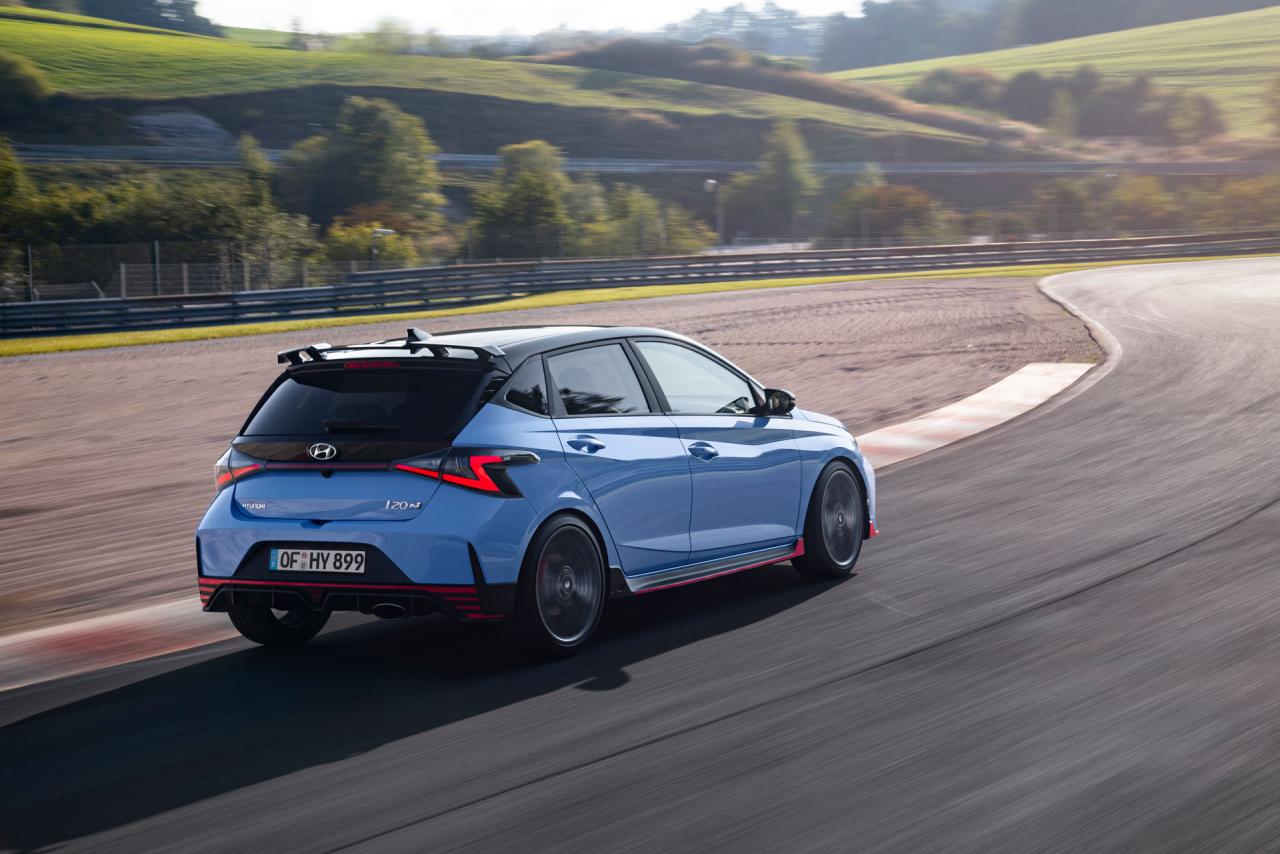
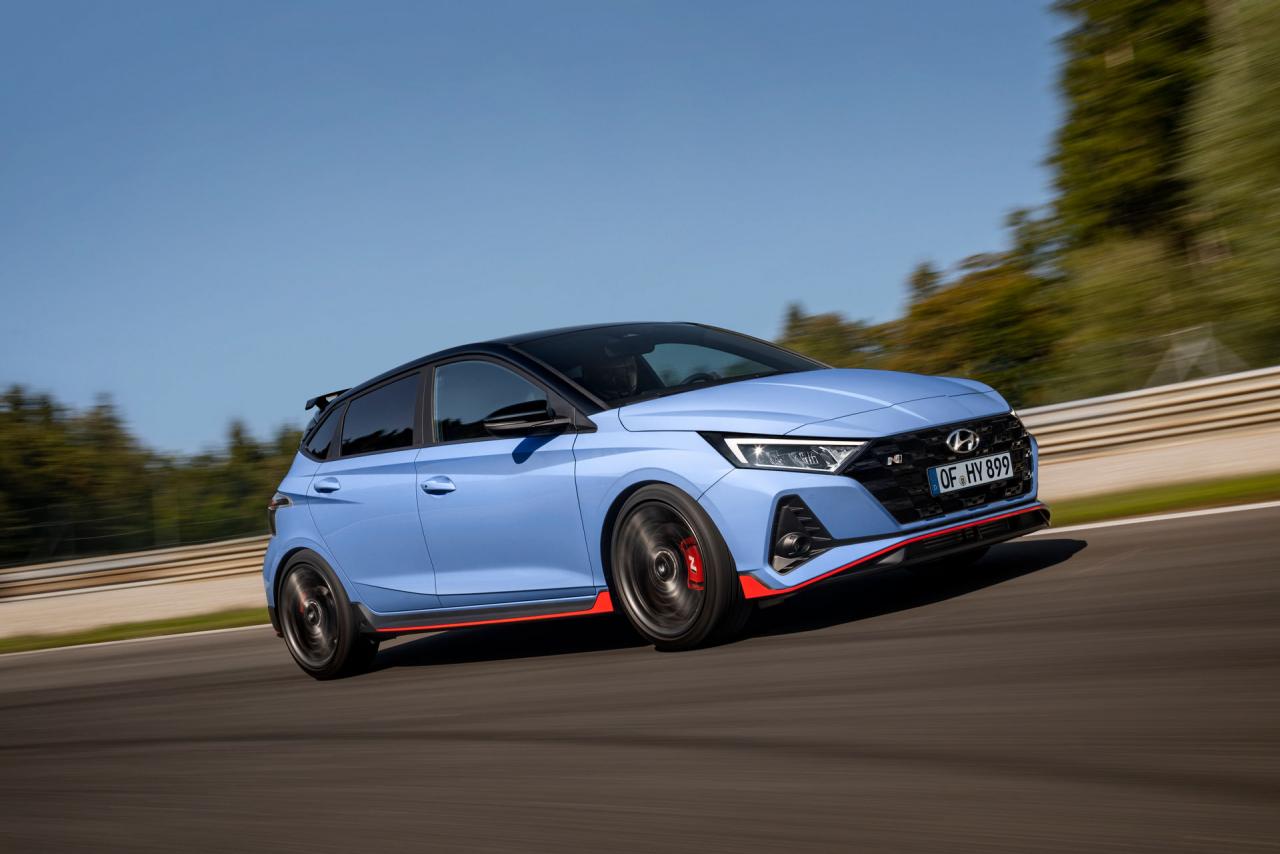
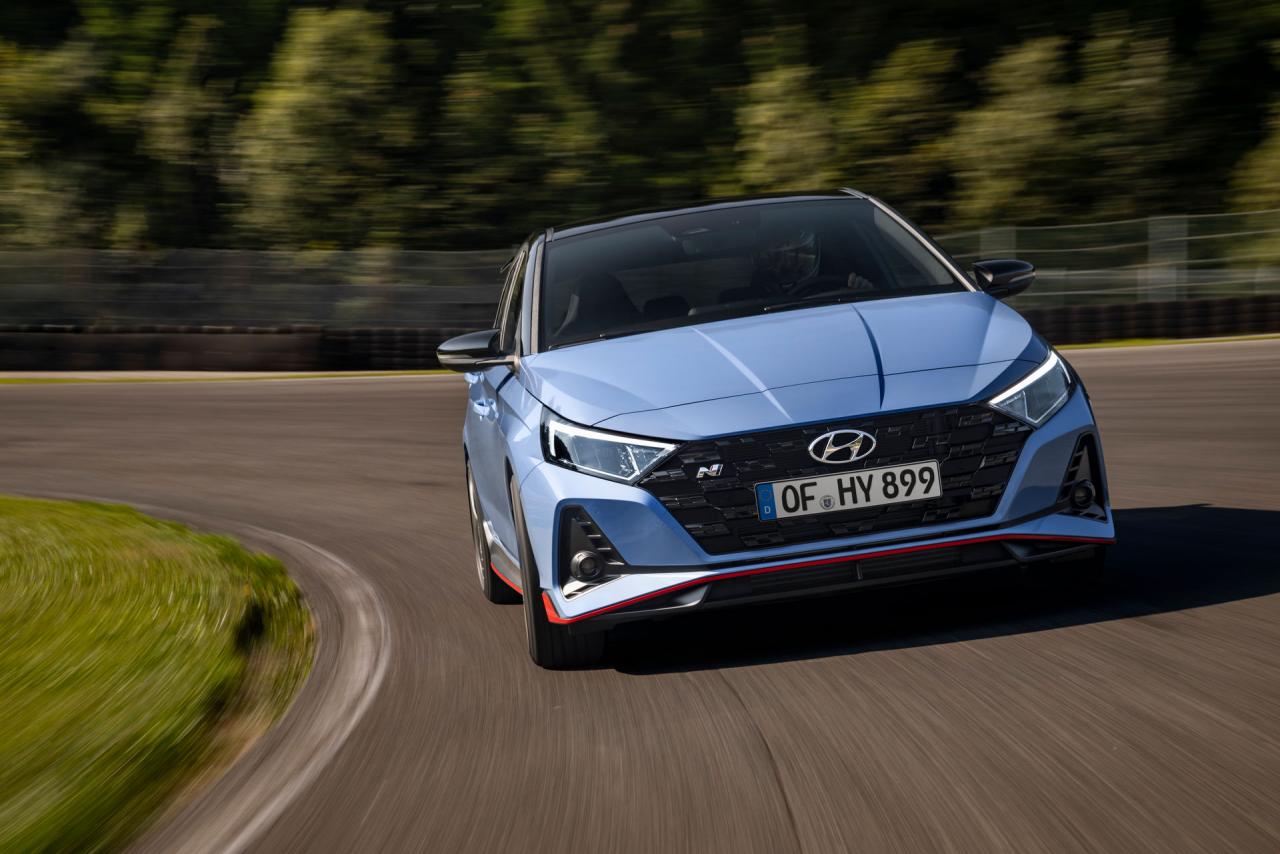
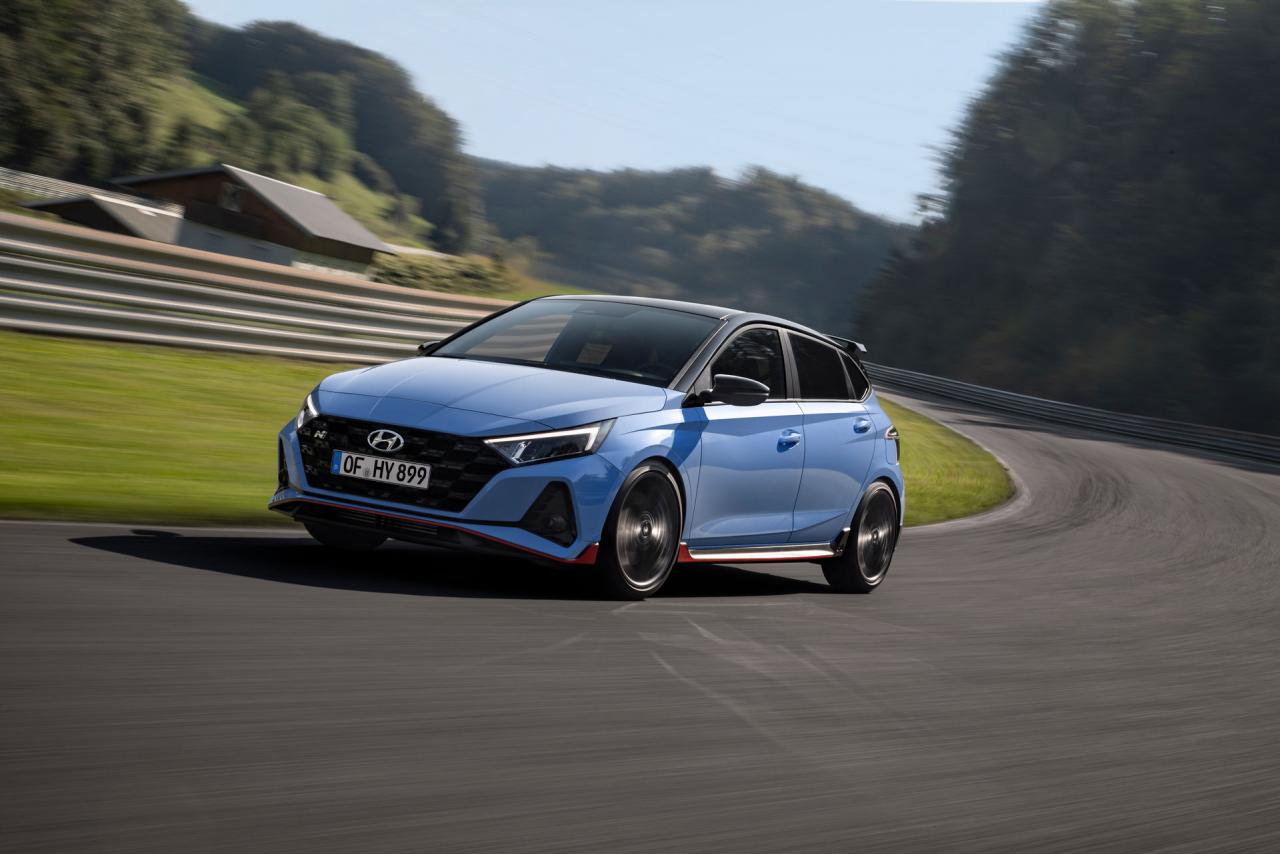
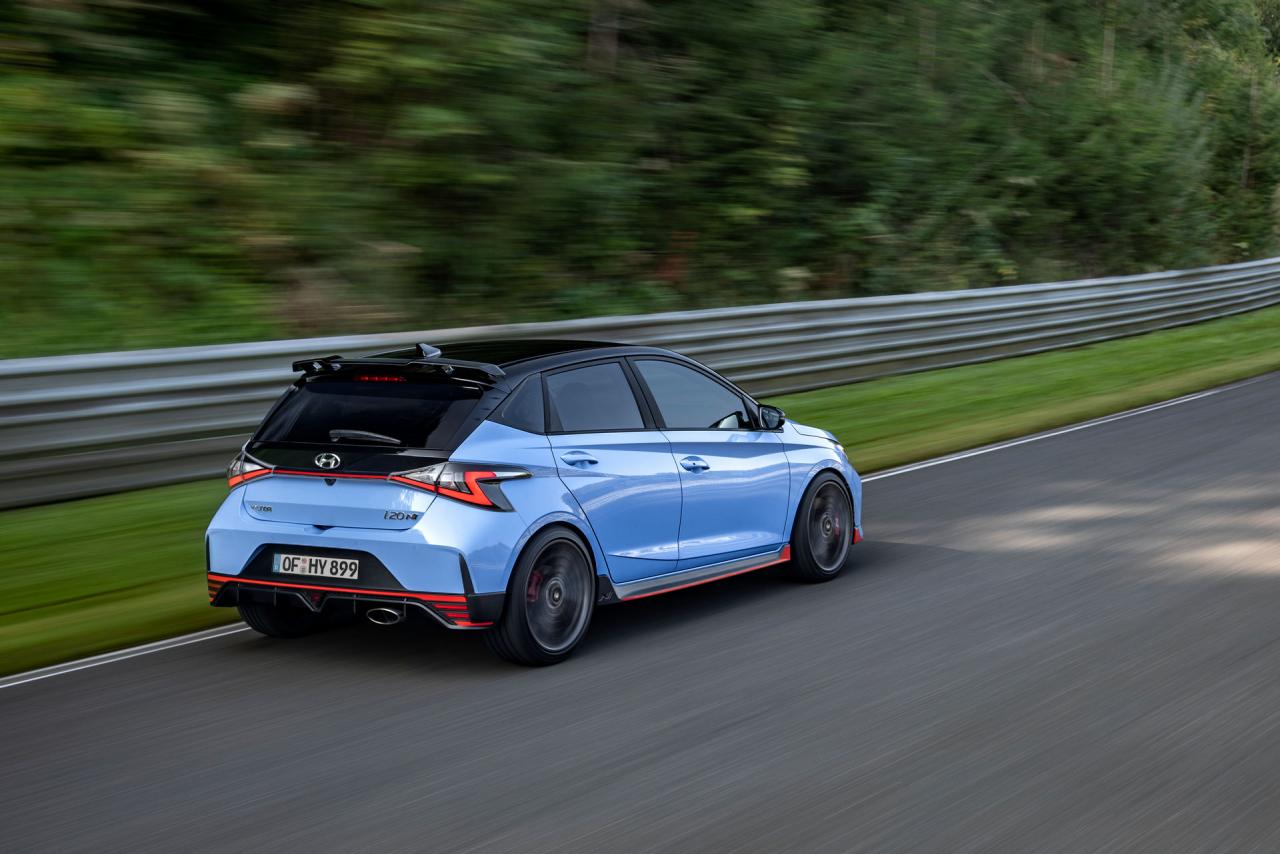
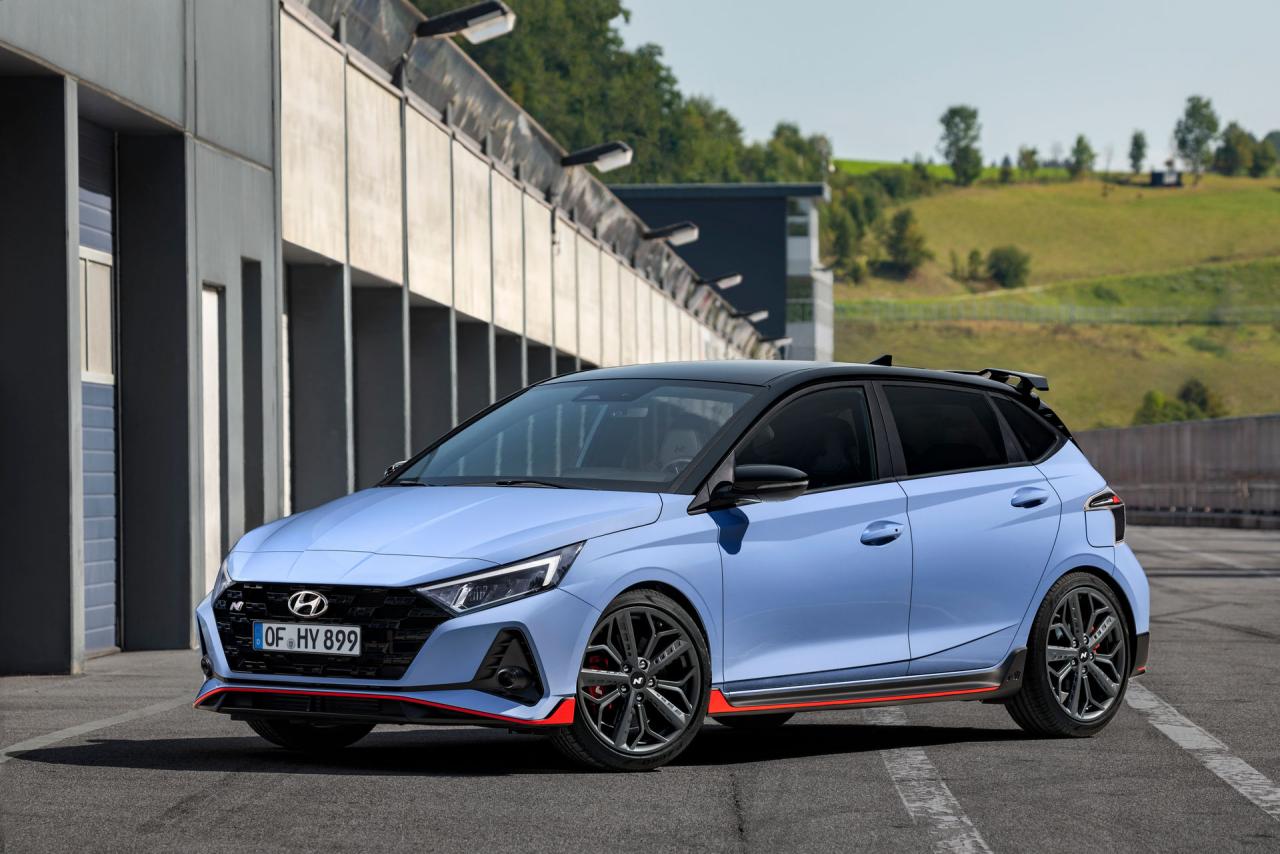
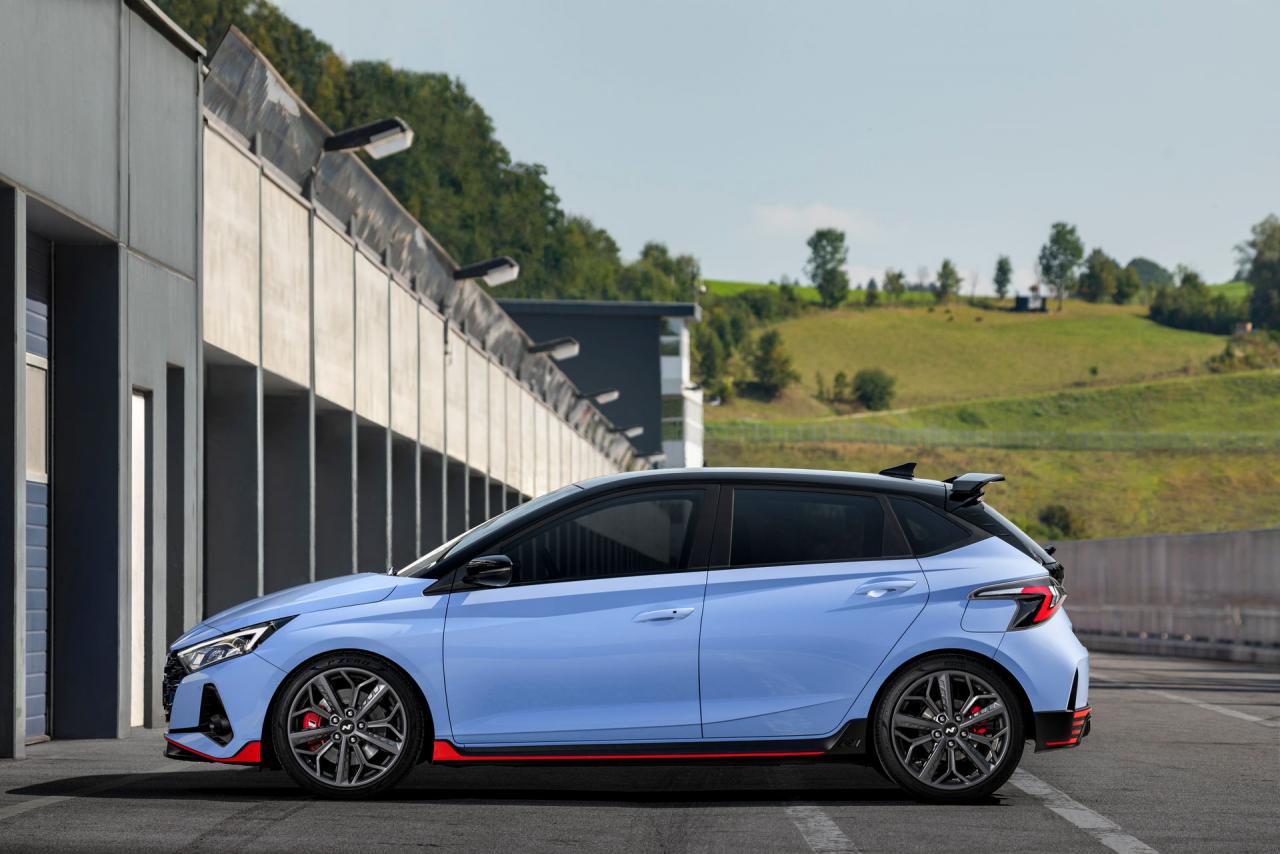
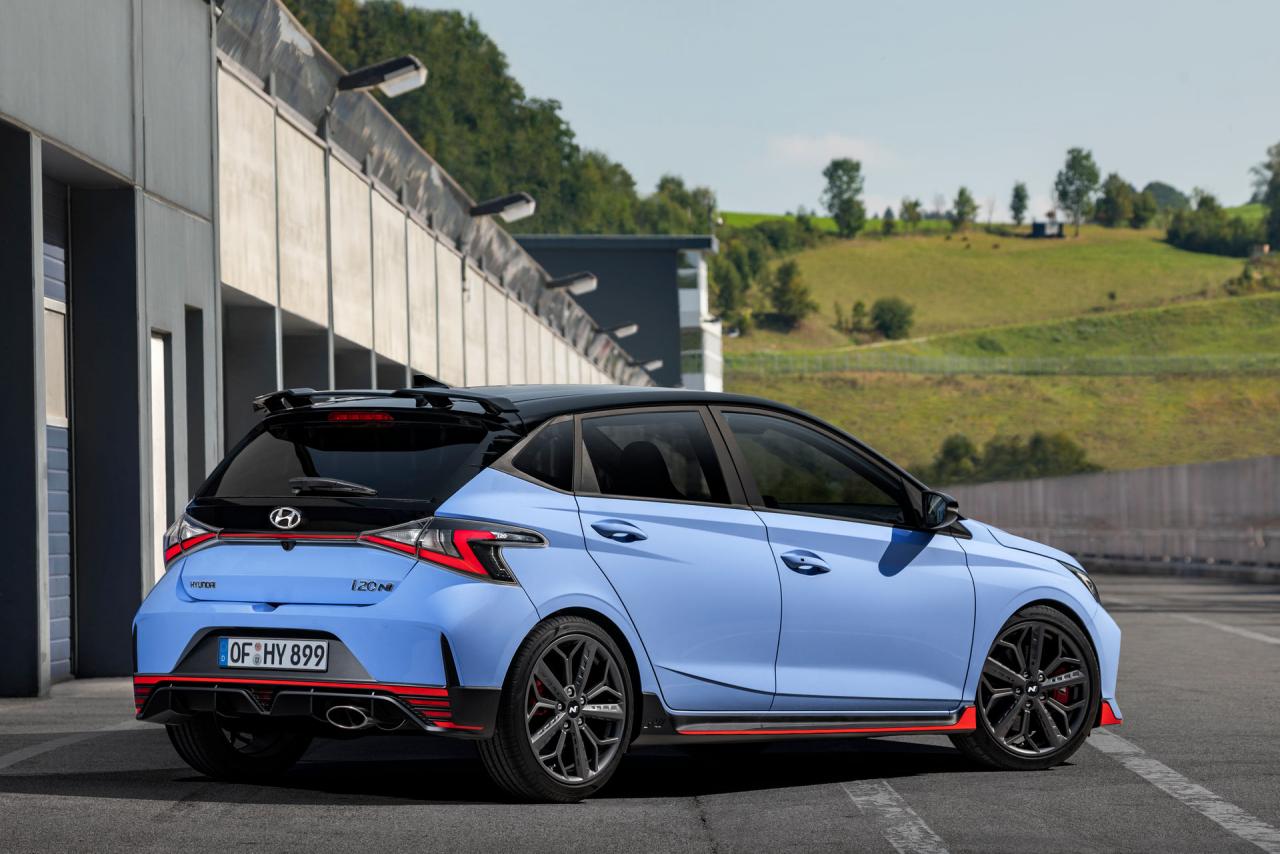
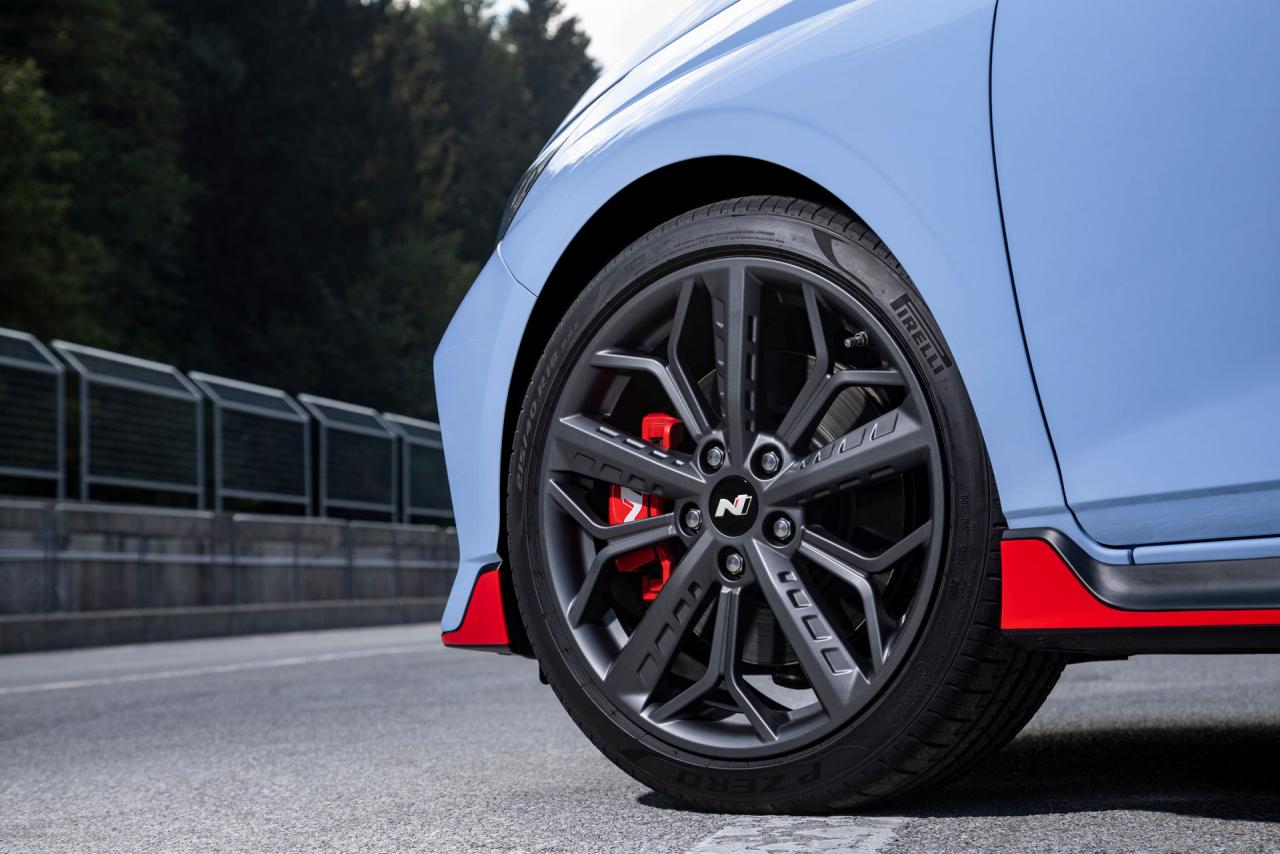
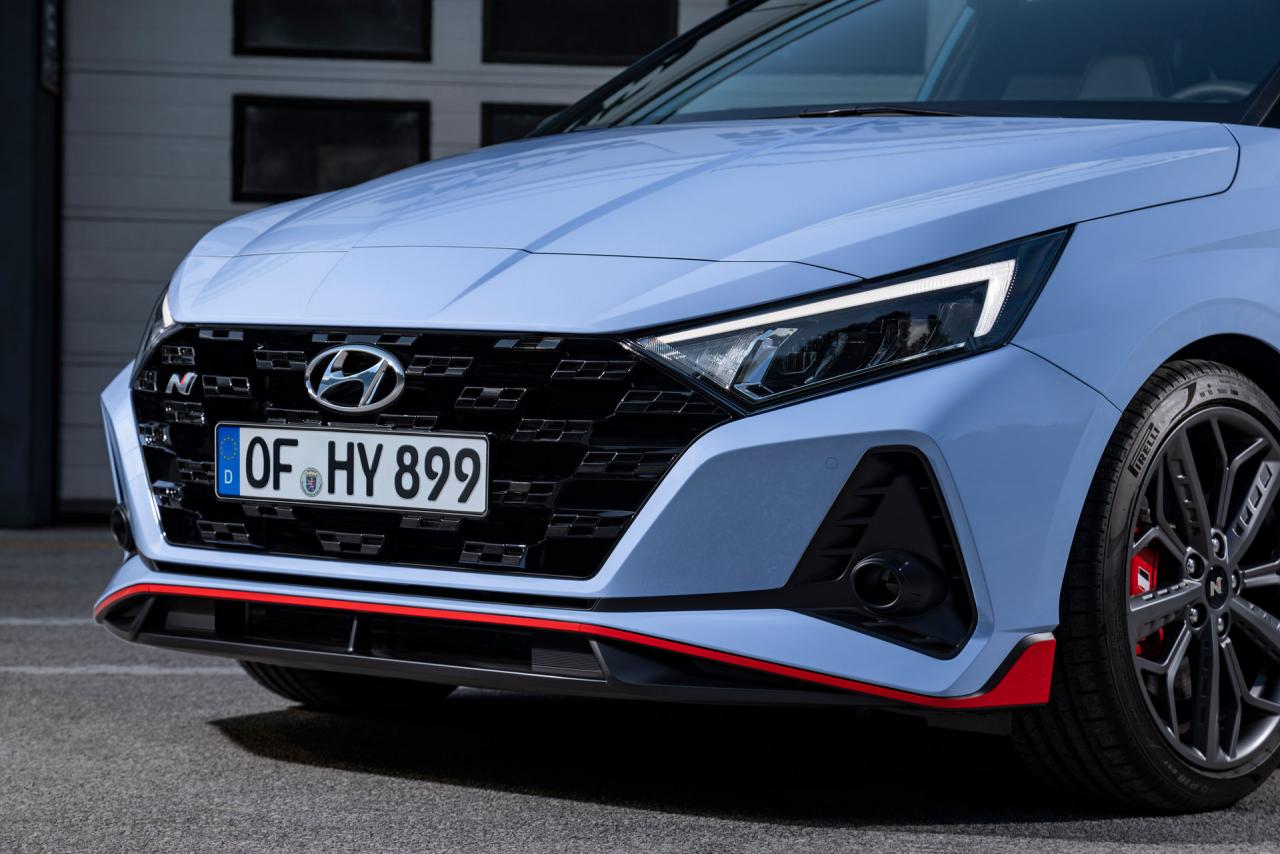
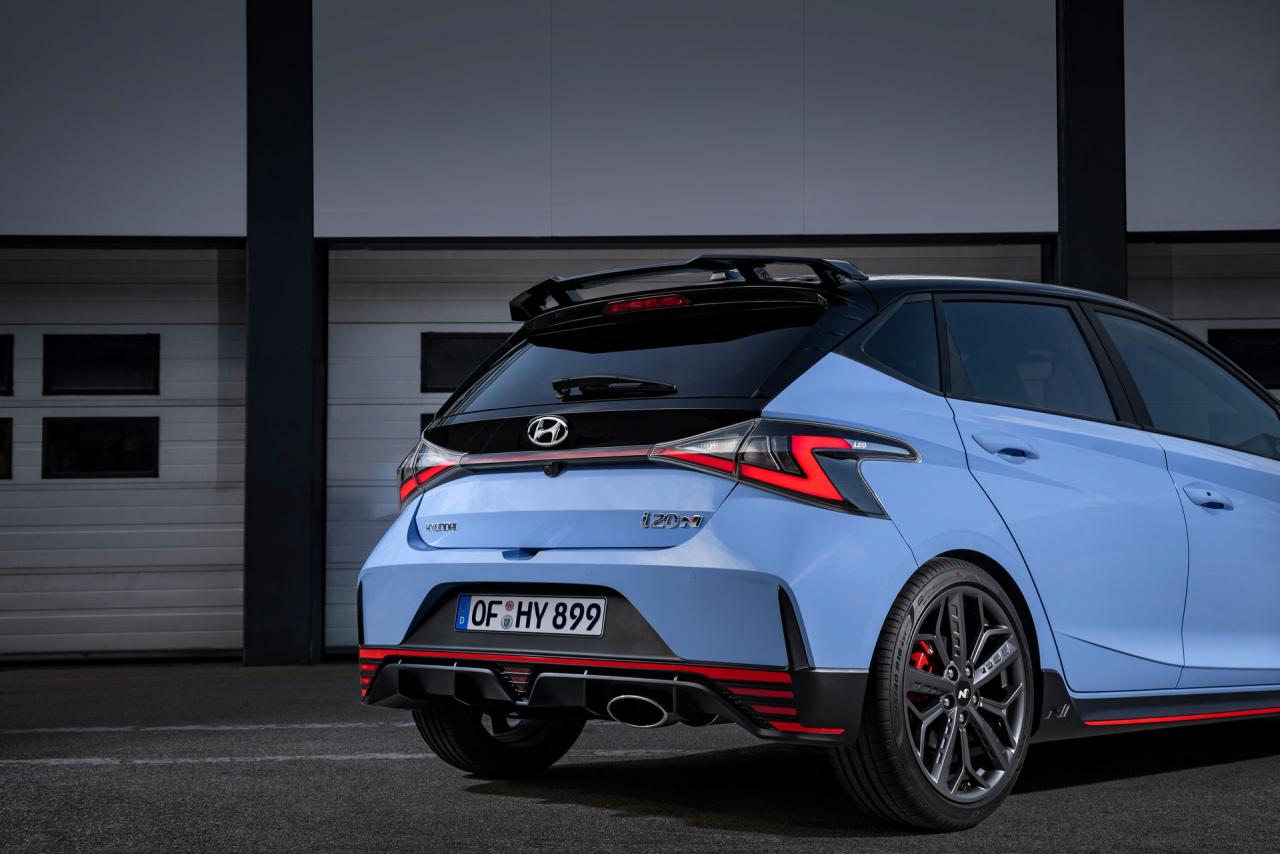
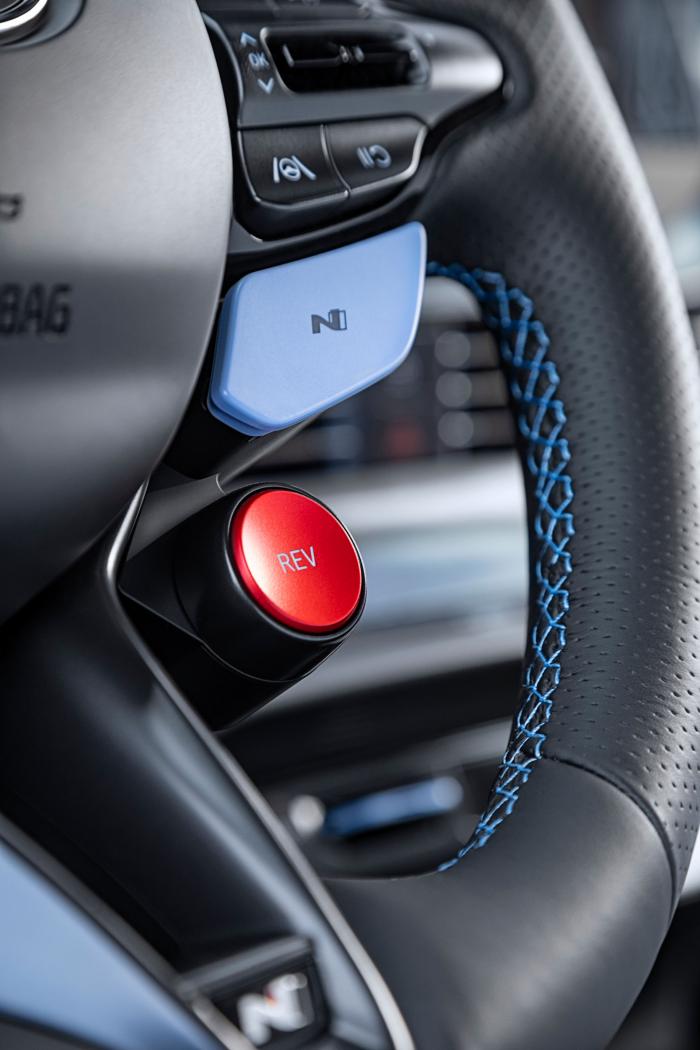
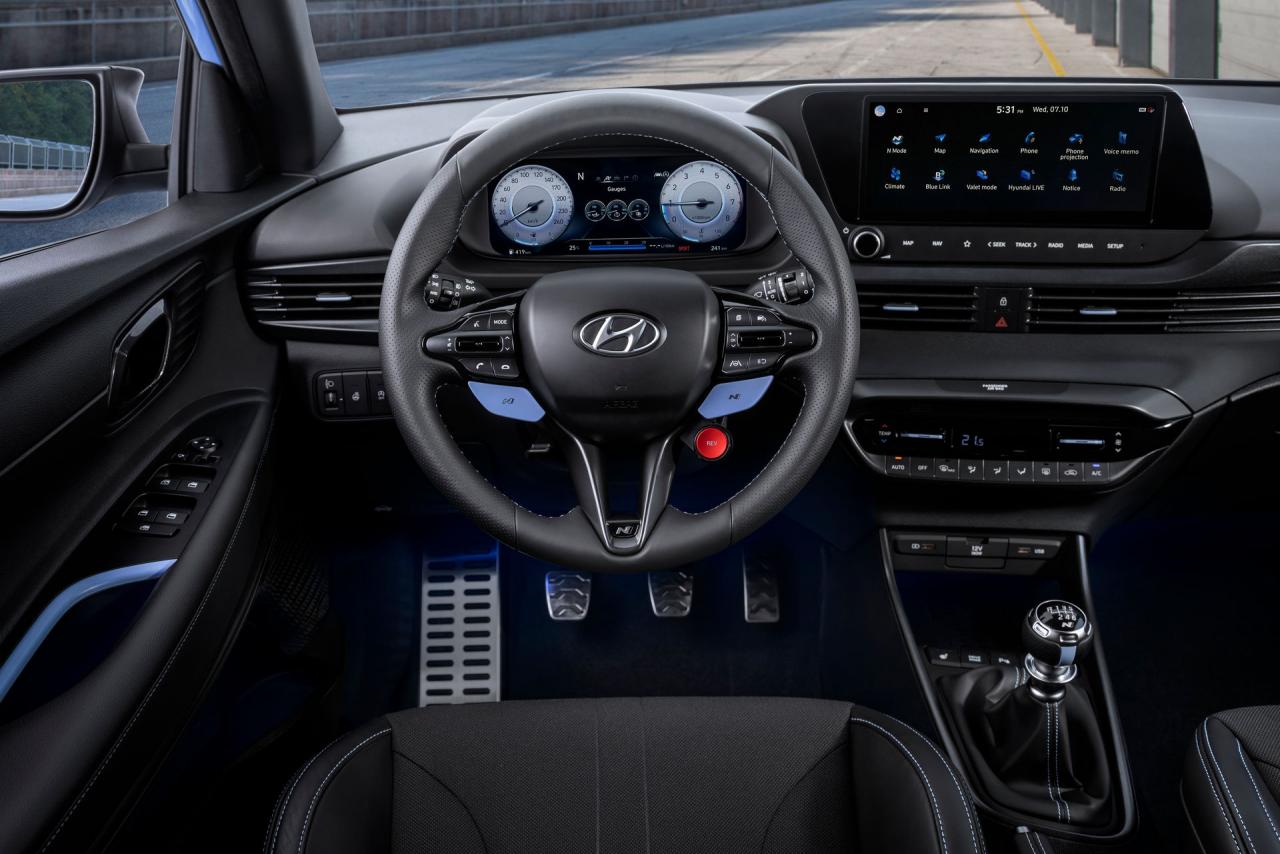
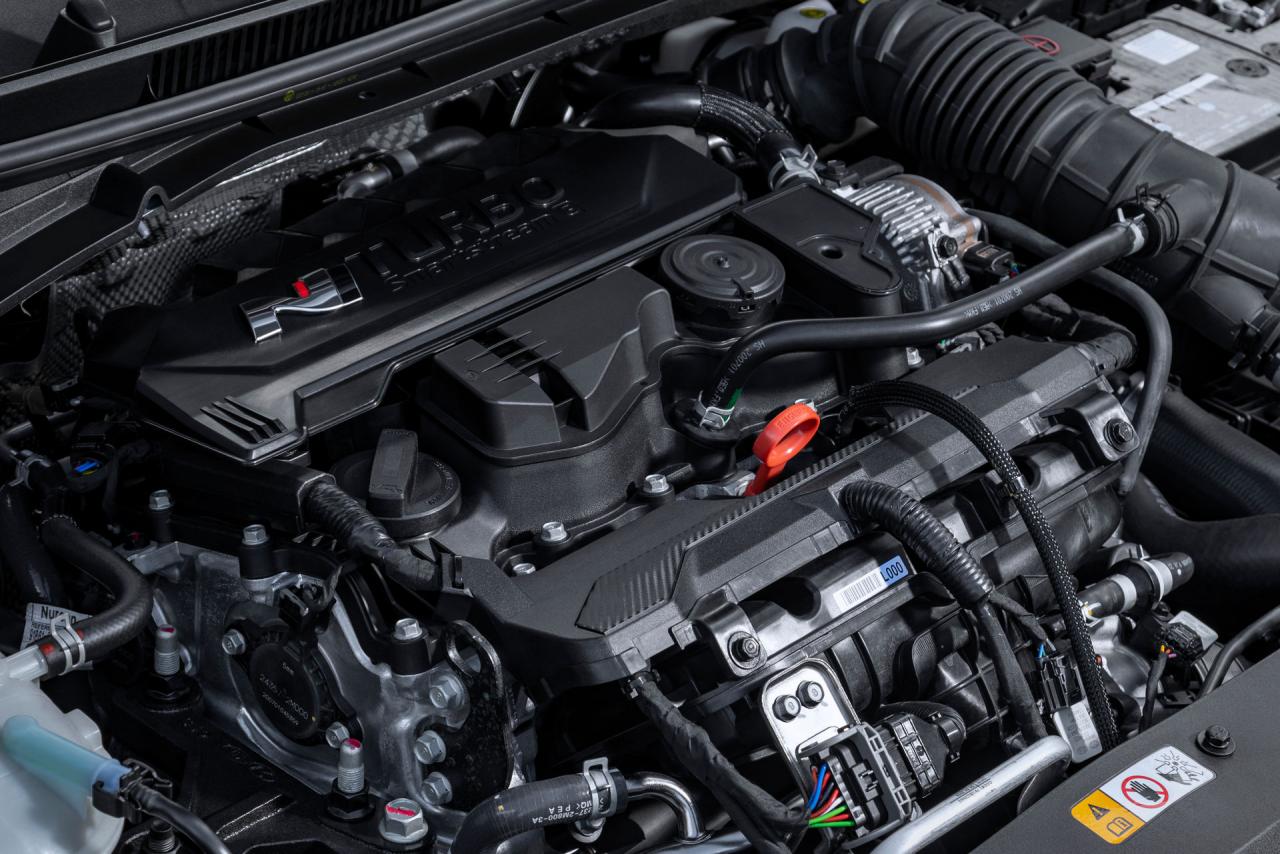
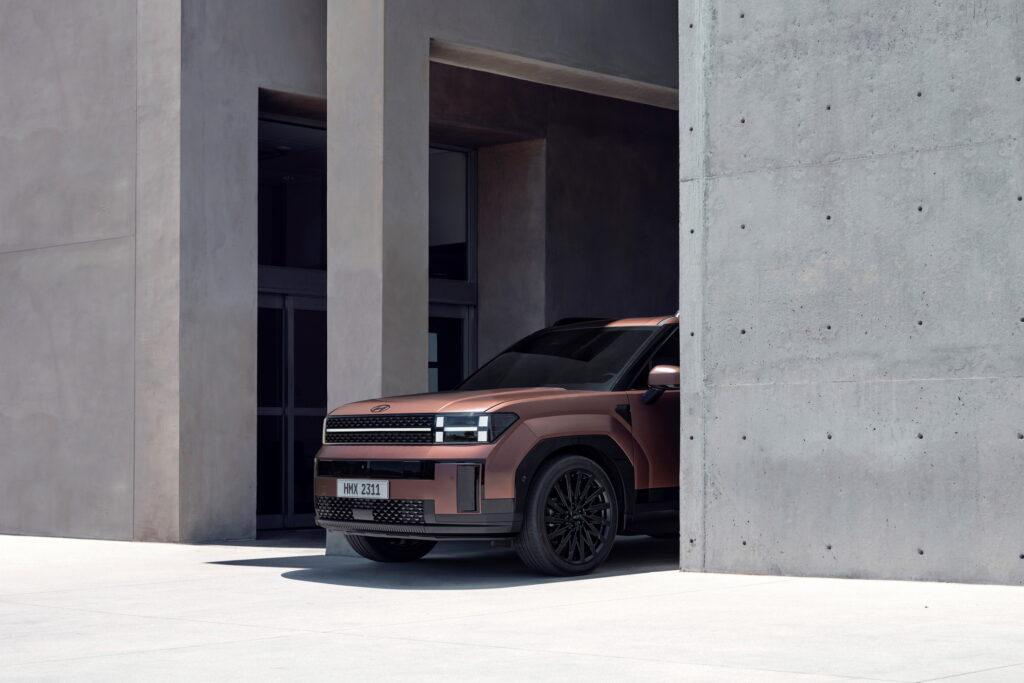
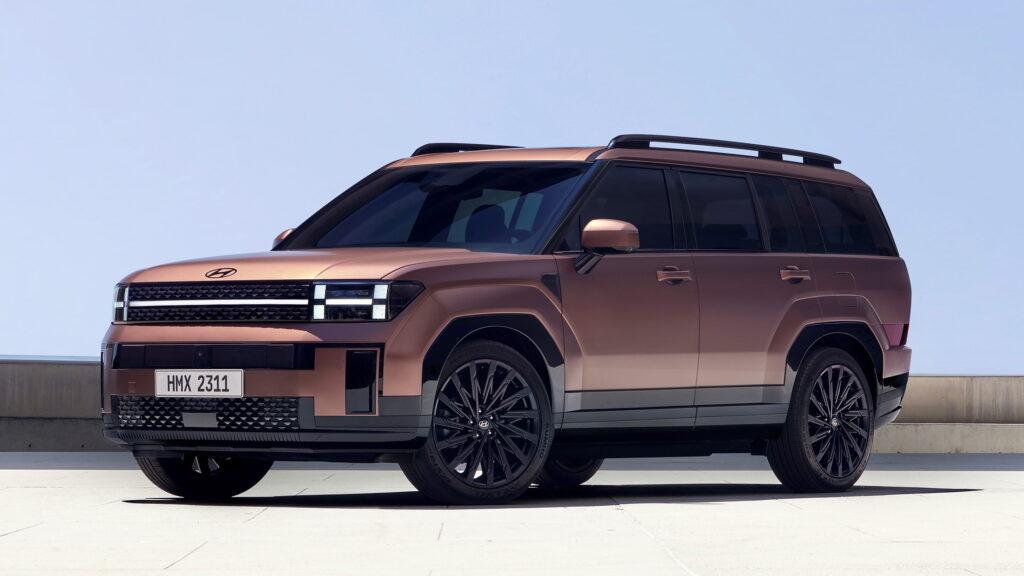
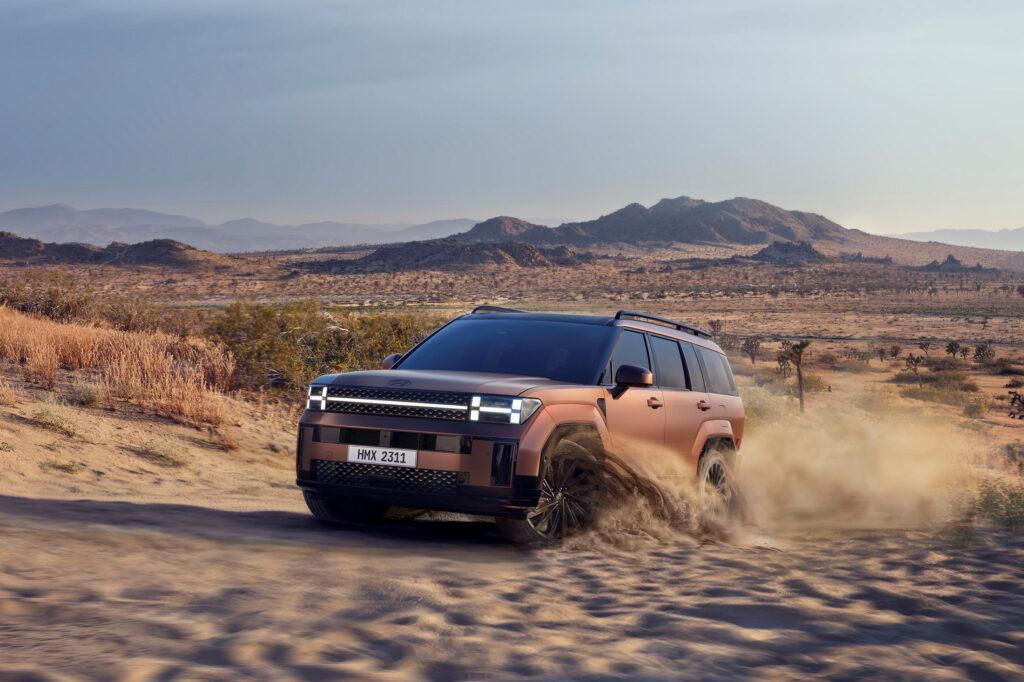
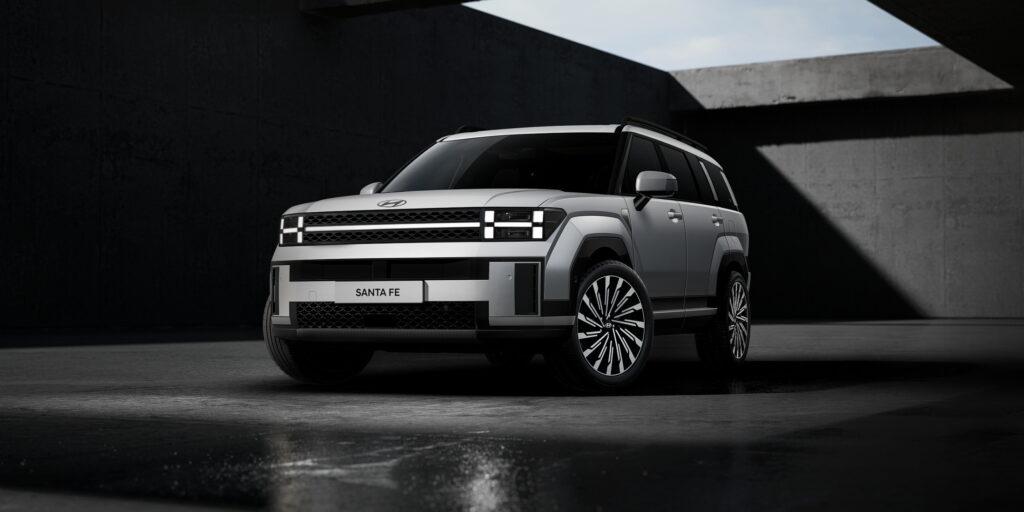
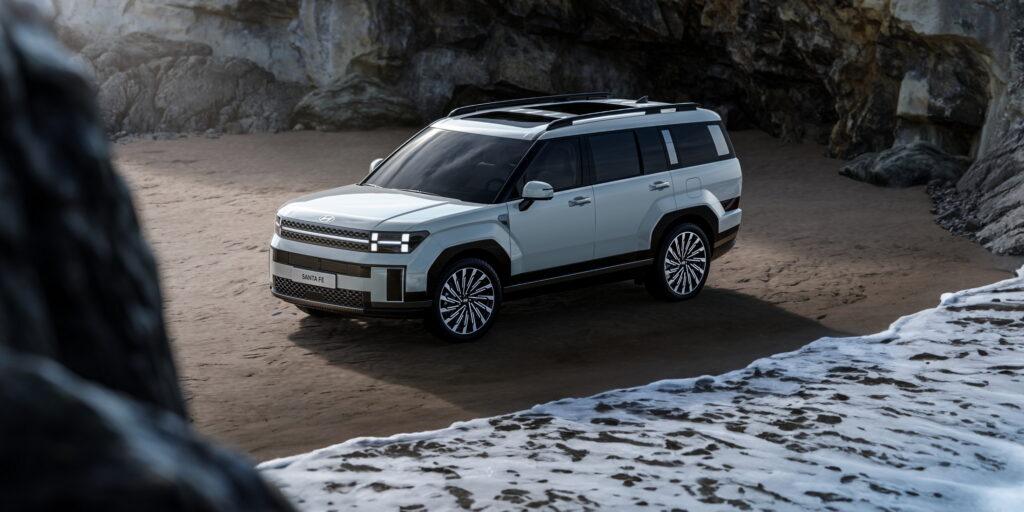
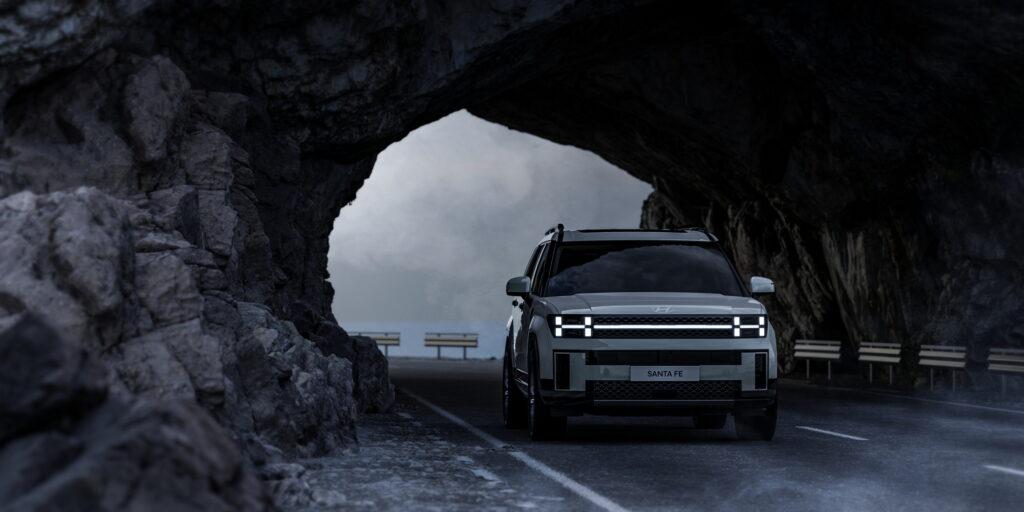
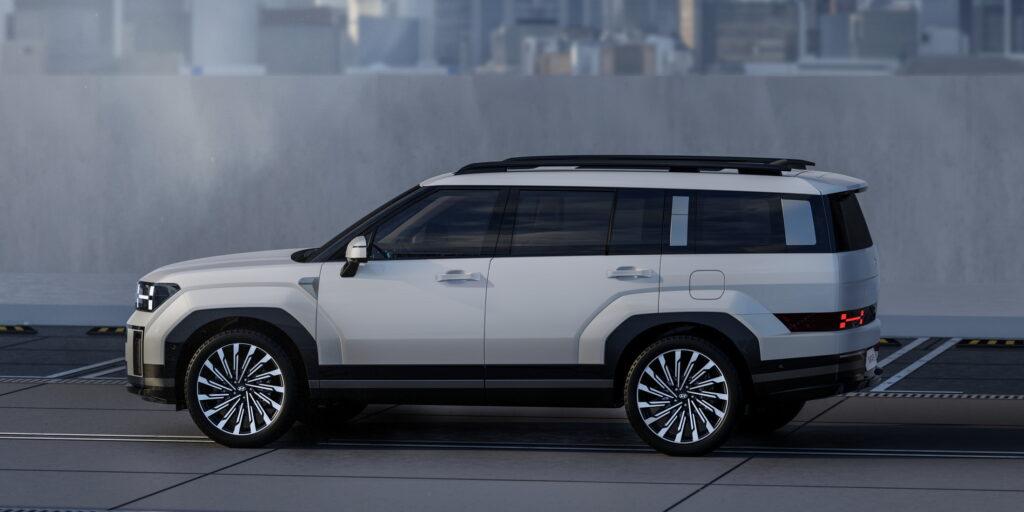
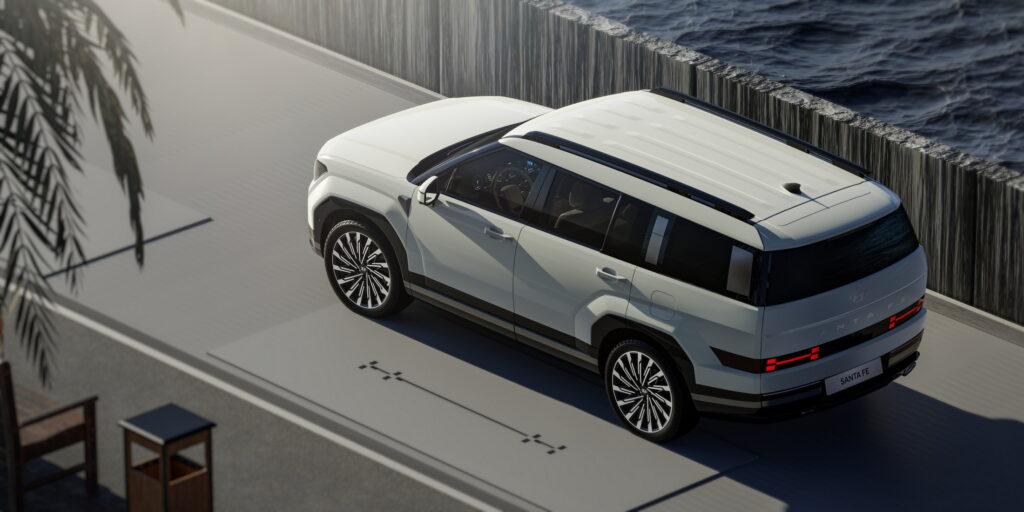
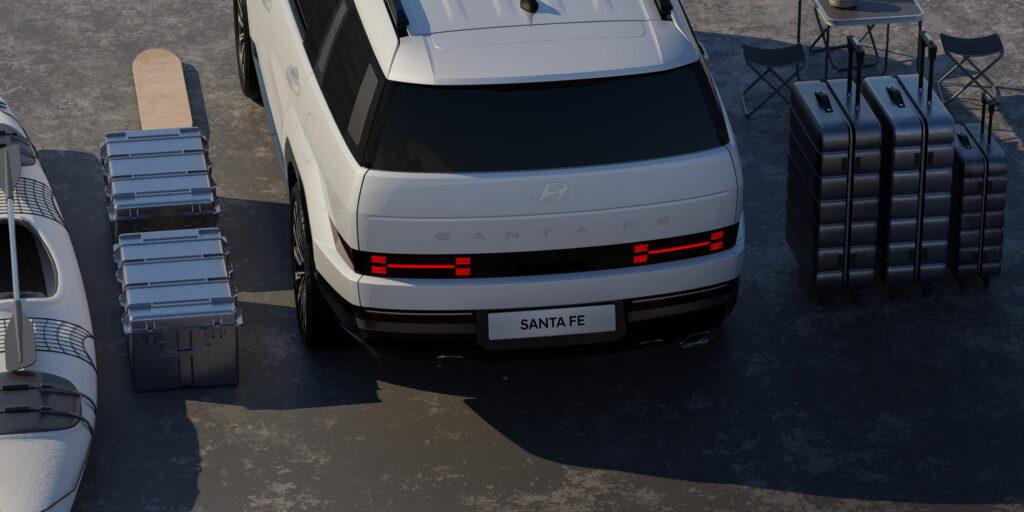
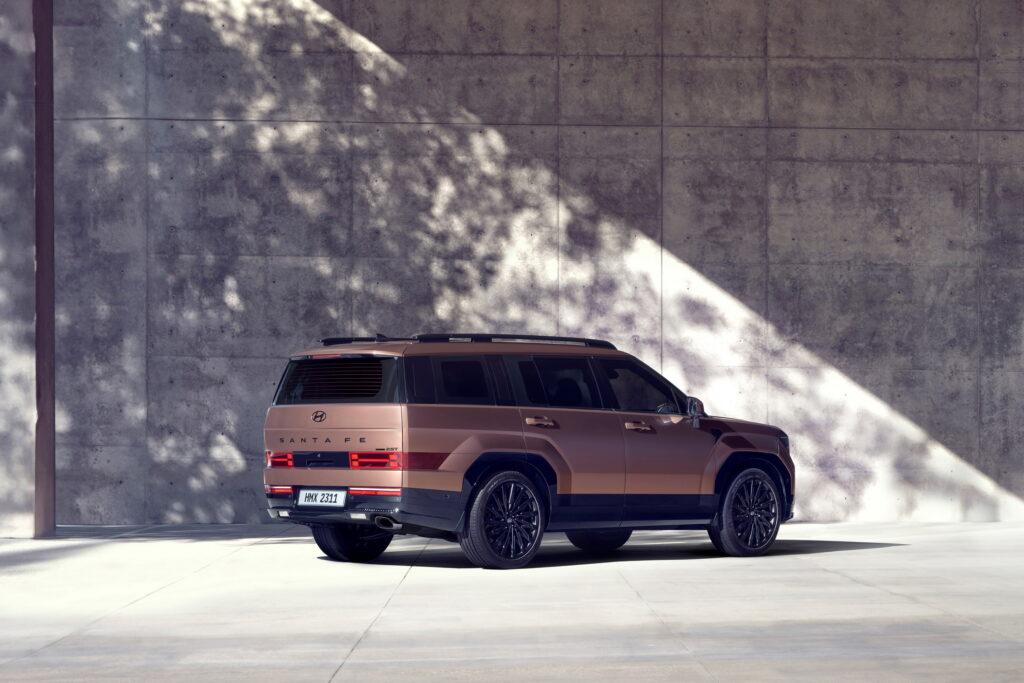
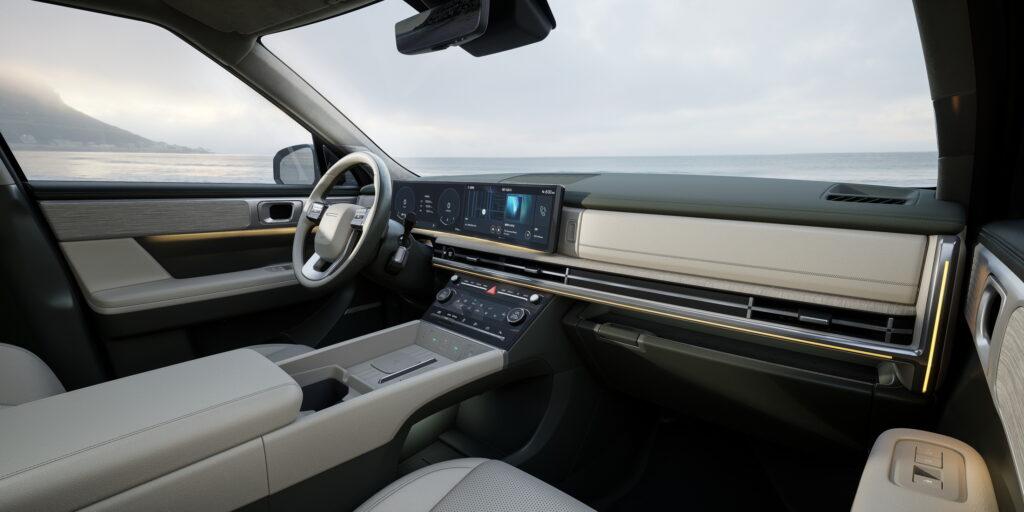
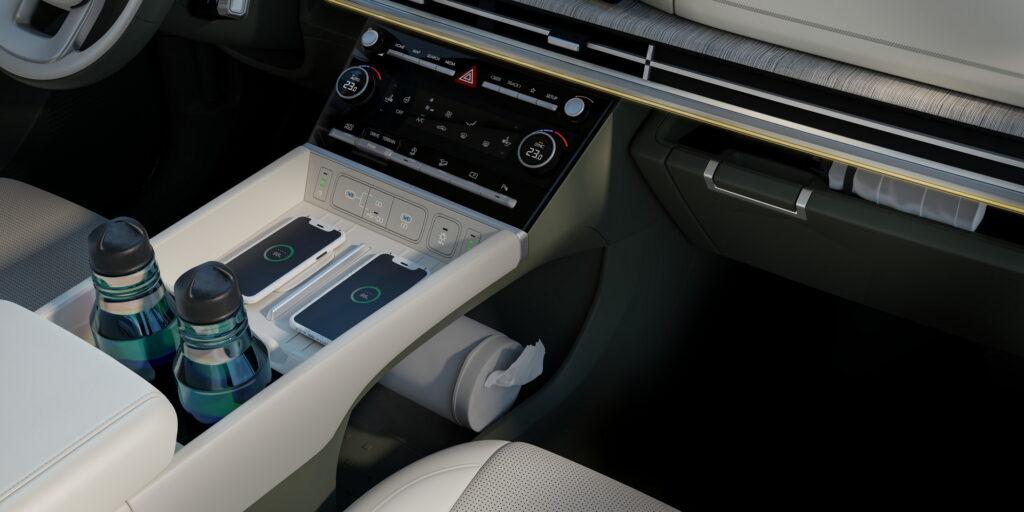
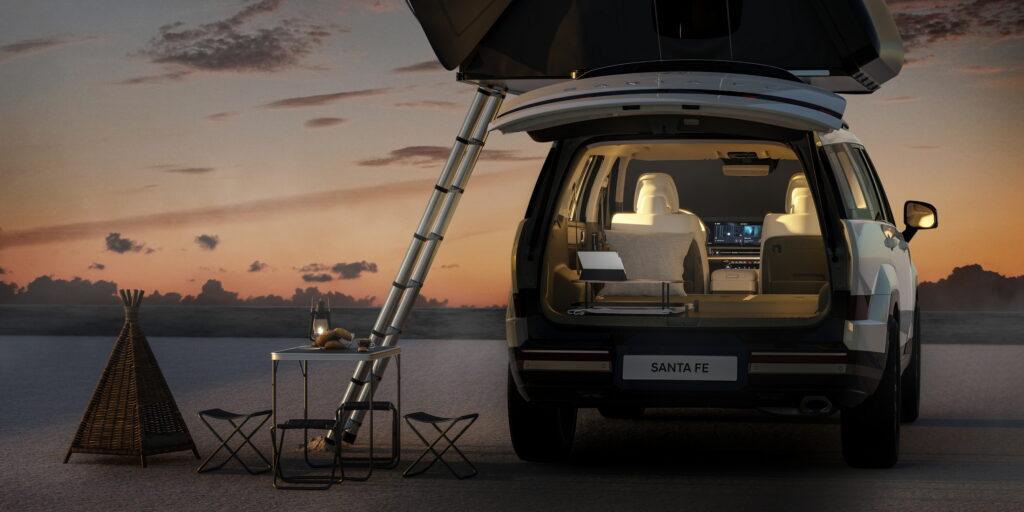
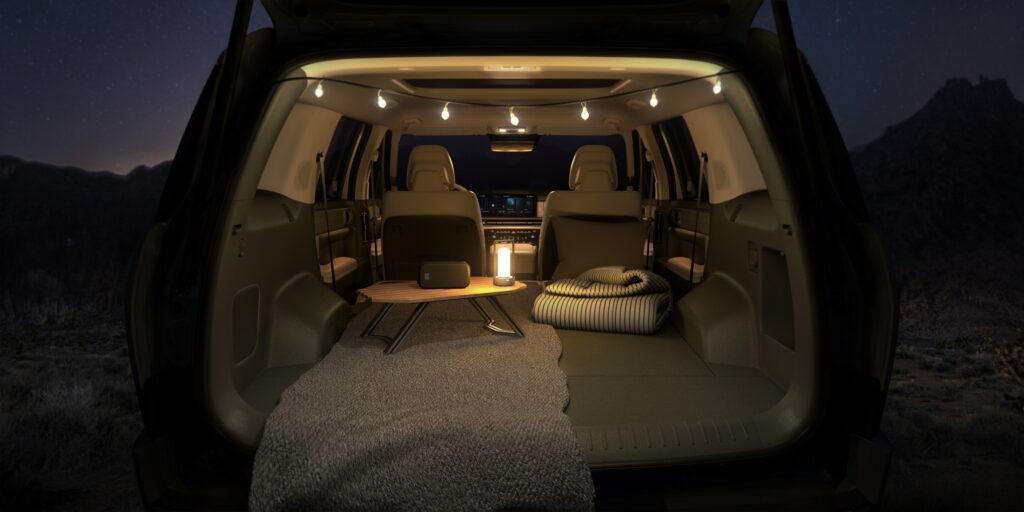
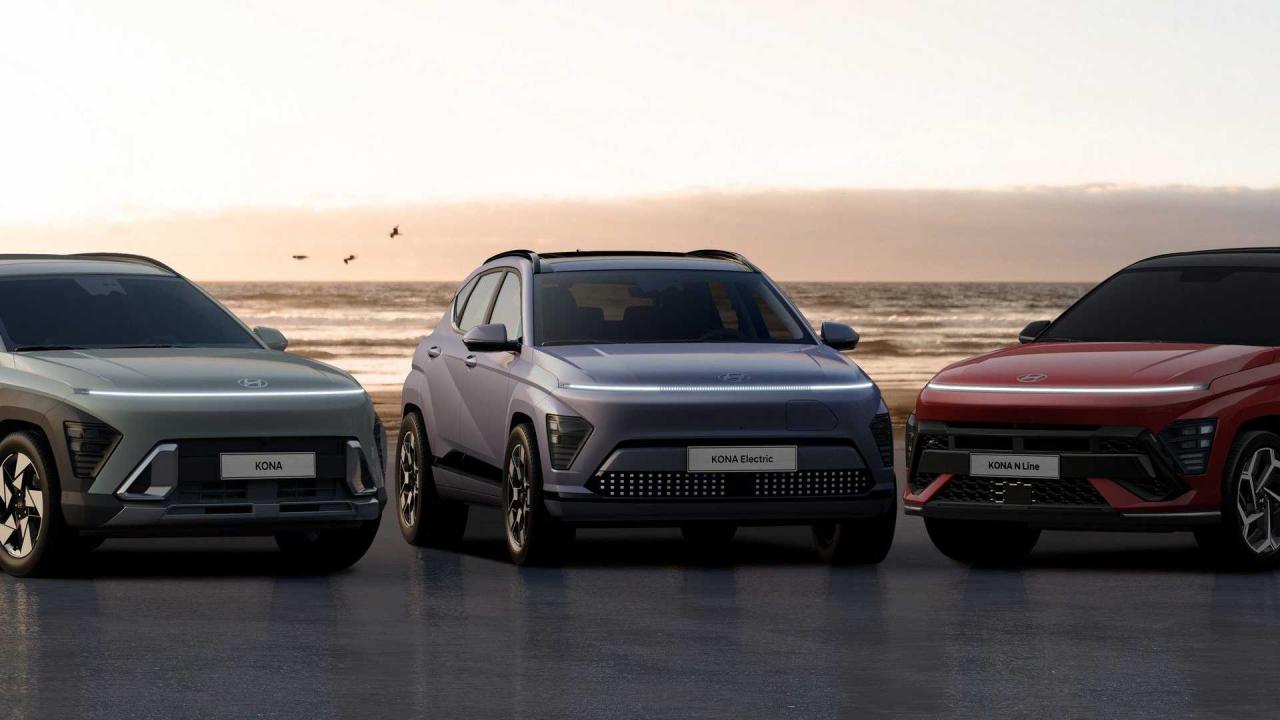
.thumb.jpg.835d467561c593c691df1dfb24897165.jpg)
.thumb.jpg.3b300ef4b9f61dae77b4611fbf52bb56.jpg)
.thumb.jpg.95b972e19c0c44c70dd6b481553214a1.jpg)
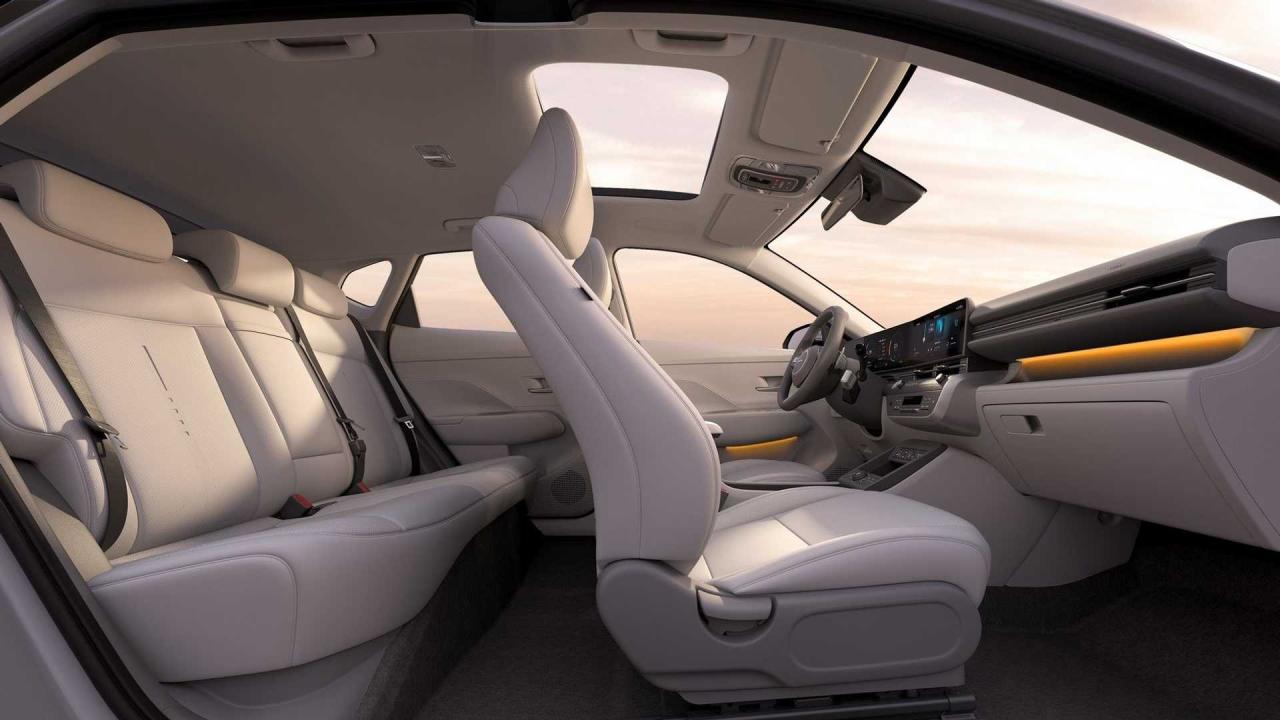
.thumb.jpg.ad9a3a503e9c1e38319d2a2bdcd95b67.jpg)
.thumb.jpg.aa76d3e194c359f23fc5dc2151a815e3.jpg)
.thumb.jpg.7fb4b23b600574edfd37f74b0b8bfc5f.jpg)
.thumb.jpg.3f8f3a73906fda055a3b4eb489d5e4bc.jpg)
.thumb.jpg.00ba797a7ac369251ebaacceb1f2c13c.jpg)
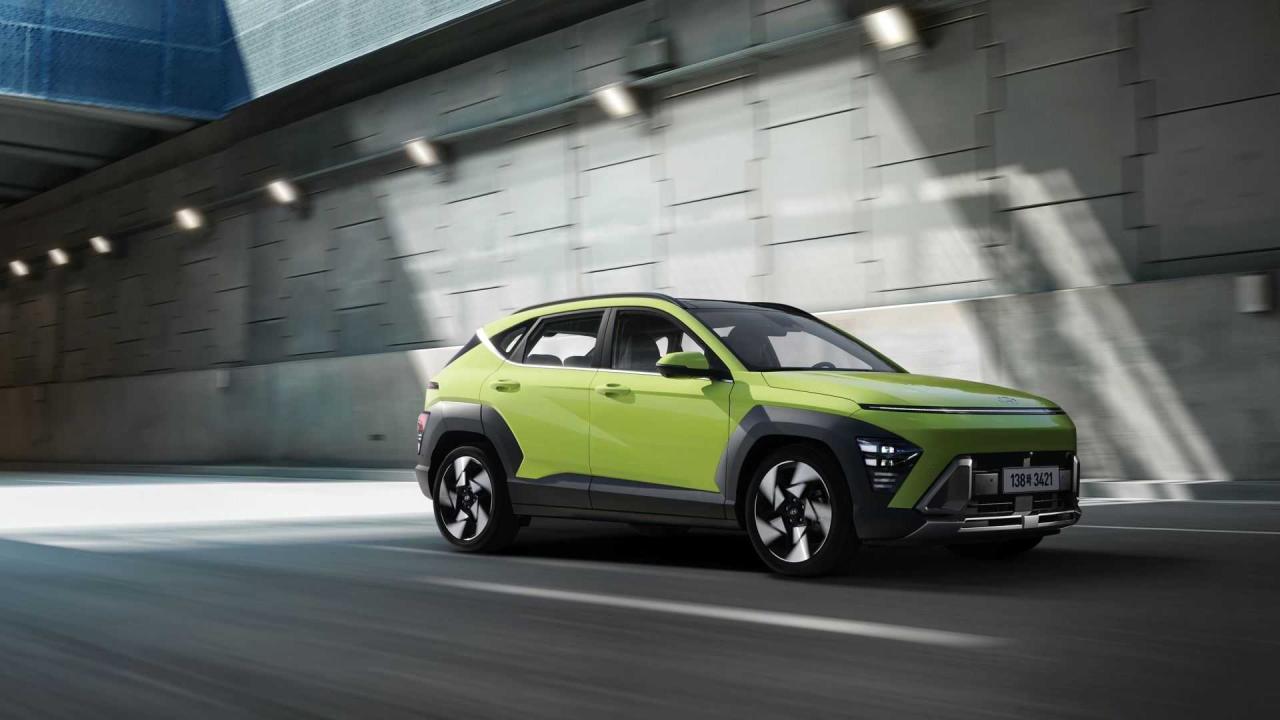
.thumb.jpg.b78865afe020755ac3245feb75210426.jpg)
.thumb.jpg.e473a3e805cd7791c7f8689a1c67afd4.jpg)
